New York City in the 2000s was a decade of change, and revival. The city experienced both tragedy and triumph, with significant events shaping its future. This period saw economic shifts, construction booms, and cultural transformations, all contributing to the vibrant life in the Big Apple.
Life in the 2000s
Life in New York City during the 2000s was dynamic and fast-paced. The city was a melting pot of cultures, with neighborhoods like Chinatown, Little Italy, and Harlem showcasing the diverse backgrounds of its residents. The population continued to grow, attracting people from all over the world.
Public transportation remained a crucial part of daily life. The subway system, with its intricate network of lines, made commuting across the five boroughs convenient. The introduction of the 7-day and 30-day unlimited MetroCards made travel more affordable for residents. Buses and taxis were also popular modes of transportation, adding to the city’s bustling energy.
Famous Places and Events
The most significant event of the decade was the September 11, 2001, terrorist attacks on the World Trade Center. This tragic event deeply impacted the city. The aftermath saw a massive cleanup and recovery effort, with the area being transformed into a site of remembrance and rebuilding..
Read more
Times Square continued to be a major tourist attraction, known for its bright billboards, Broadway theaters, and New Year’s Eve celebrations. The area saw an influx of tourists, especially after the rejuvenation efforts of the late 1990s.
Central Park remained a green oasis amidst the urban jungle. It hosted numerous events, including concerts, marathons, and seasonal festivals. The park was a favorite spot for locals and tourists alike, offering a respite from the city’s hustle and bustle.
Economy and Industry
The economy of New York City experienced ups and downs during the 2000s. The early part of the decade was marked by the aftermath of the dot-com bust and the economic impact of the 9/11 attacks. However, the city’s financial sector showed resilience. Wall Street continued to be a global financial hub, with the New York Stock Exchange and NASDAQ playing central roles in the world economy.
The real estate market saw significant activity, with new developments and luxury apartments being constructed. Areas like Williamsburg in Brooklyn and the Meatpacking District in Manhattan transformed into trendy neighborhoods with high property values.
The latter part of the decade was marked by the 2008 financial crisis. The city faced economic challenges, with job losses and financial instability affecting many residents. However, the city’s economy began to recover towards the end of the decade, thanks to federal aid and local efforts to stimulate growth.
Construction and Infrastructure
Construction was a defining feature of New York City in the 2000s. The most notable project was the rebuilding of the World Trade Center site. The Freedom Tower, also known as One World Trade Center, became a symbol of resilience and hope. Its construction began in 2006 and was part of a larger plan to redevelop the area with memorials, parks, and office buildings.
The High Line, an elevated park built on a former railway track, opened in 2009. This innovative project transformed an old industrial structure into a beautiful public space, attracting visitors and revitalizing the surrounding neighborhoods.
Subway system improvements continued, with renovations of key stations and the extension of certain lines. The city also invested in upgrading its aging infrastructure, including bridges, tunnels, and roadways, to accommodate the growing population and traffic.
Restaurants and Food
The food scene in New York City during the 2000s was diverse and innovative. Fine dining establishments like Per Se and Le Bernardin set high standards, attracting food enthusiasts from around the world. These restaurants, known for their exquisite menus and top-notch service, earned numerous accolades and Michelin stars.
Ethnic cuisine thrived, reflecting the city’s multicultural population. Authentic dining experiences could be found in neighborhoods like Jackson Heights, known for its Indian and South Asian restaurants, and Flushing, famous for its Chinese and Korean eateries.
The food truck phenomenon took off in the 2000s, with gourmet trucks serving everything from tacos to falafel. These mobile eateries became a staple of the city’s food culture, offering quick, delicious meals to busy New Yorkers.
Entertainment and Culture
The entertainment scene in New York City was vibrant in the 2000s. Broadway continued to be a major draw, with hit shows like “The Lion King,” “Wicked,” and “Jersey Boys” attracting theatergoers. Off-Broadway theaters offered more experimental and avant-garde productions, catering to diverse tastes.
The music scene was equally dynamic, with venues like Madison Square Garden and Radio City Music Hall hosting concerts by top artists. Genres like hip-hop, rock, and pop thrived, with local artists making significant contributions to the music industry.
Art flourished in New York City. The Museum of Modern Art (MoMA) and the Metropolitan Museum of Art continued to attract visitors with their impressive collections. Street art and graffiti also gained recognition, with artists like Banksy leaving their mark on the city’s walls.
Social Issues
Environmental awareness increased, leading to initiatives aimed at making the city greener and more sustainable. The Bloomberg administration launched PlaNYC in 2007, a comprehensive plan to improve the city’s environment, reduce greenhouse gas emissions, and enhance public spaces.
Education and healthcare also saw reforms. Efforts were made to improve public schools, with new policies and programs aimed at increasing student performance. Healthcare services expanded, with new clinics and hospitals being built to meet the needs of the growing population.
Fashion and Lifestyle
Fashion in the 2000s was diverse and evolving. The decade saw the rise of fast fashion, with stores like H&M and Zara becoming popular. Designer labels continued to thrive, with Fashion Week remaining a major event in the city’s calendar. The styles ranged from minimalistic and chic to bold and eclectic, reflecting the city’s dynamic character.
Fitness and wellness became significant trends. Gyms and fitness studios proliferated, offering everything from yoga to high-intensity interval training. Central Park and other public spaces were filled with joggers, cyclists, and fitness enthusiasts.
Technology and the internet started to shape everyday life. Personal devices like smartphones and laptops became ubiquitous, changing how people communicated, worked, and accessed information. The rise of social media platforms like Facebook, Twitter, and YouTube revolutionized social interactions and entertainment.
Neighborhood Revitalization
Several neighborhoods in New York City saw significant revitalization during the 2000s. Williamsburg in Brooklyn transformed from an industrial area to a hip, trendy neighborhood with art galleries, music venues, and chic boutiques. The influx of young professionals and artists led to a vibrant community atmosphere.
Harlem also experienced a renaissance, with new restaurants, cultural institutions, and housing developments bringing renewed energy to the historic neighborhood. The Apollo Theater continued to be a cultural landmark, hosting performances and events that celebrated the area’s rich heritage.
The Meatpacking District in Manhattan evolved into a fashionable area known for its high-end boutiques, nightclubs, and the Chelsea Market, a food hall offering a variety of gourmet options.
Technology and Innovation
The 2000s were marked by rapid technological advancements. The tech industry in New York City grew, with Silicon Alley in Manhattan becoming a hub for startups and tech companies. This growth was driven by the increasing importance of the internet and digital technologies in everyday life.
The introduction of Wi-Fi in public spaces like parks and cafes made it easier for people to stay connected. Online services like Amazon and eBay changed shopping habits, while Google and Wikipedia transformed how people accessed information.
Digital innovation also impacted entertainment, with streaming services like Netflix starting to change how people watched movies and TV shows. The city’s media and publishing industries adapted to these changes, embracing new technologies to reach wider audiences.


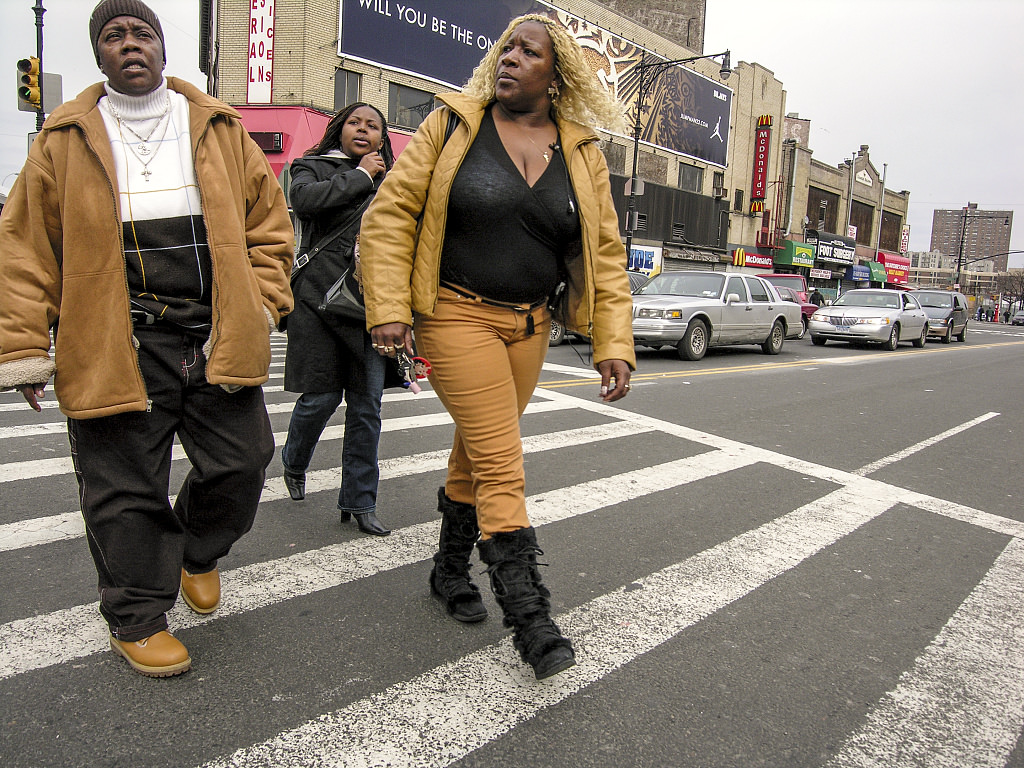

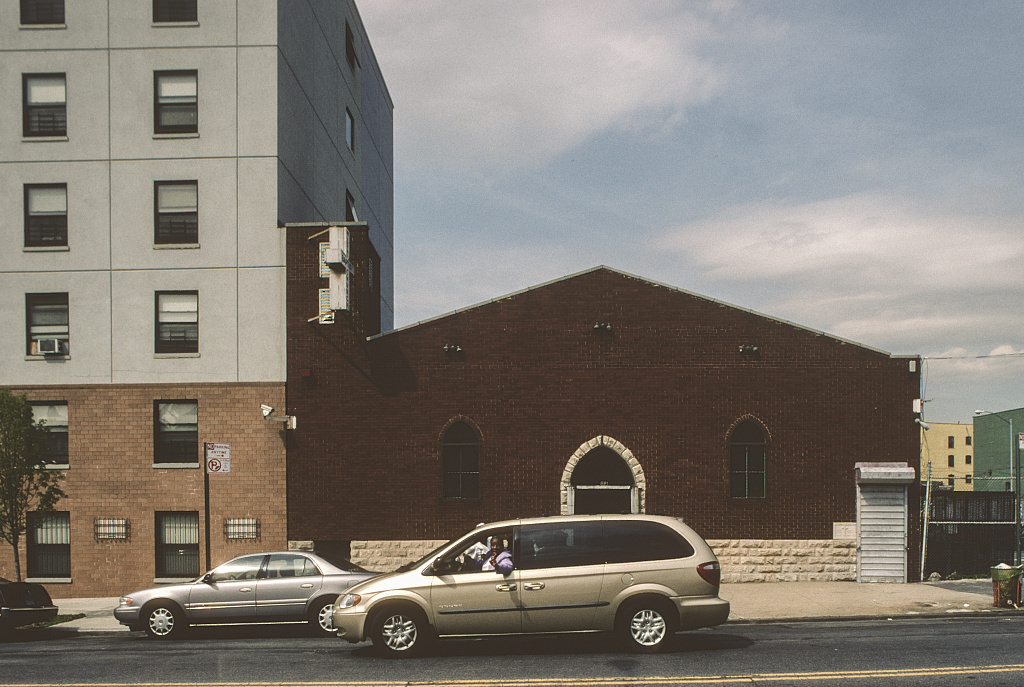
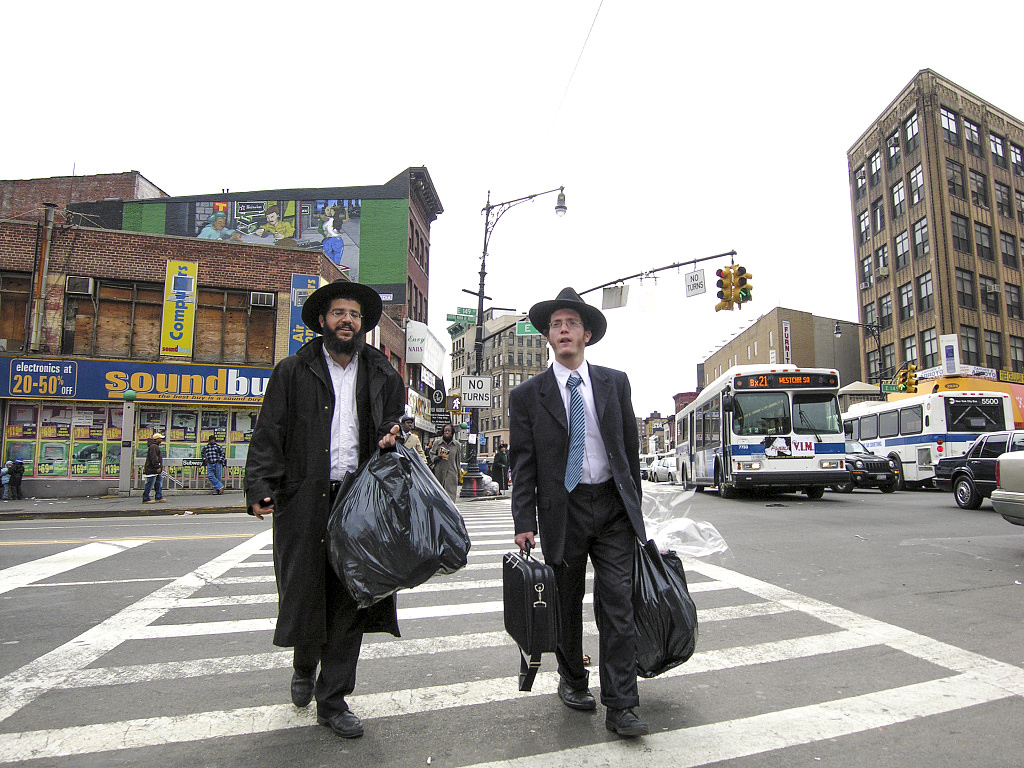
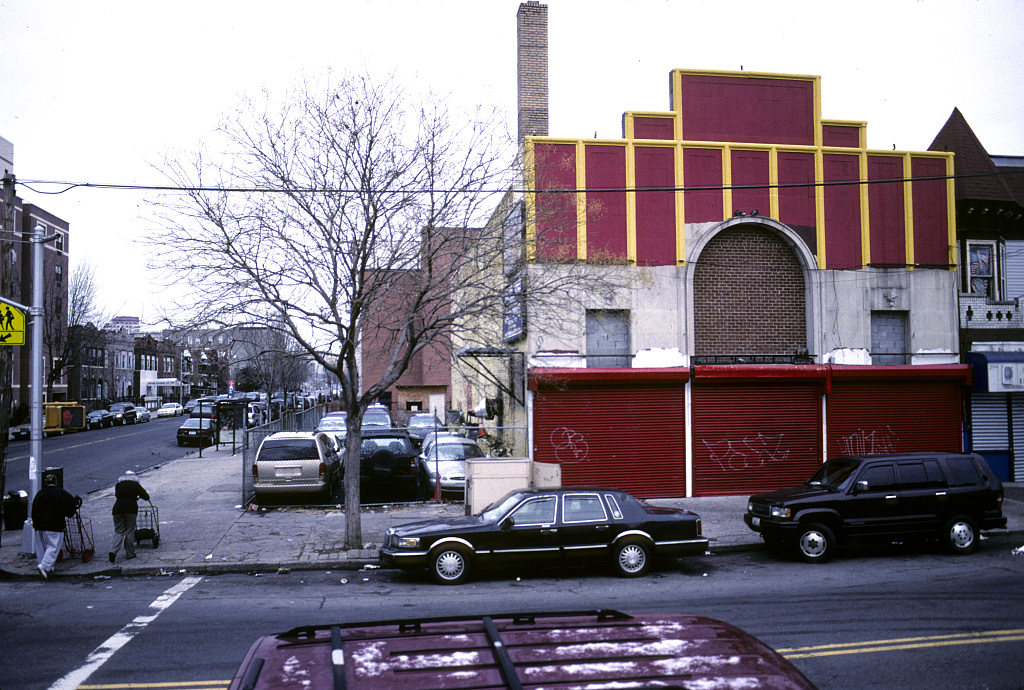
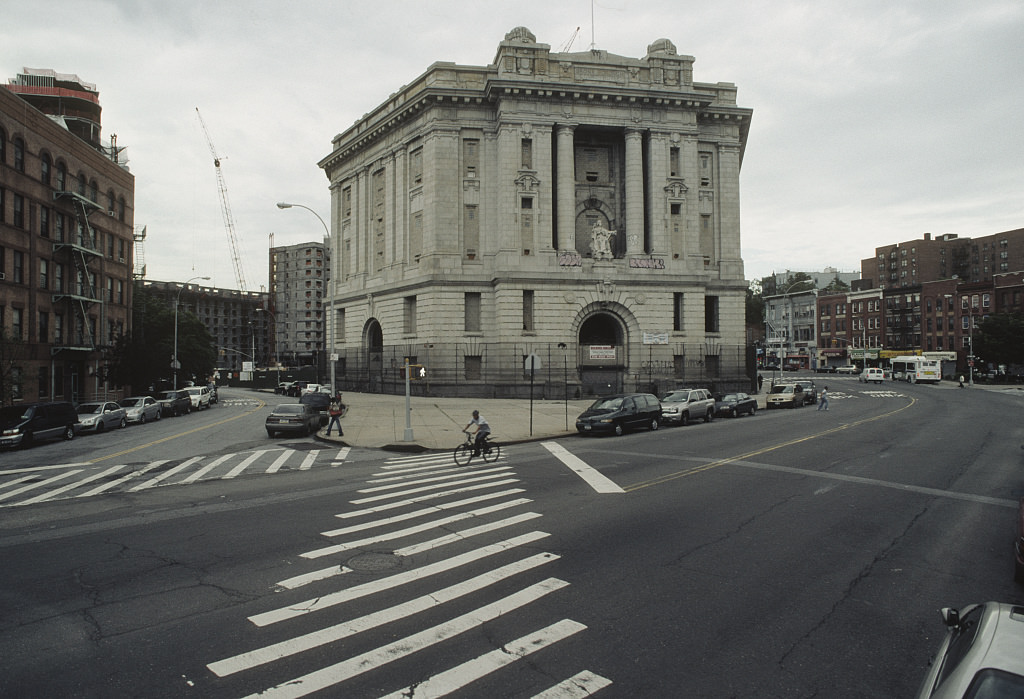

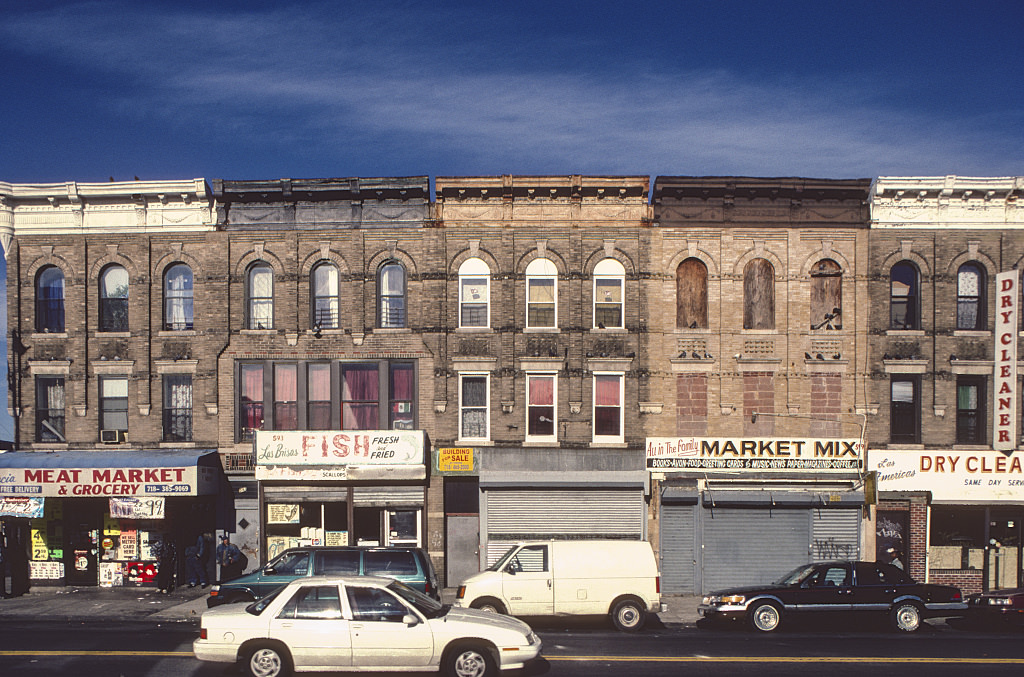
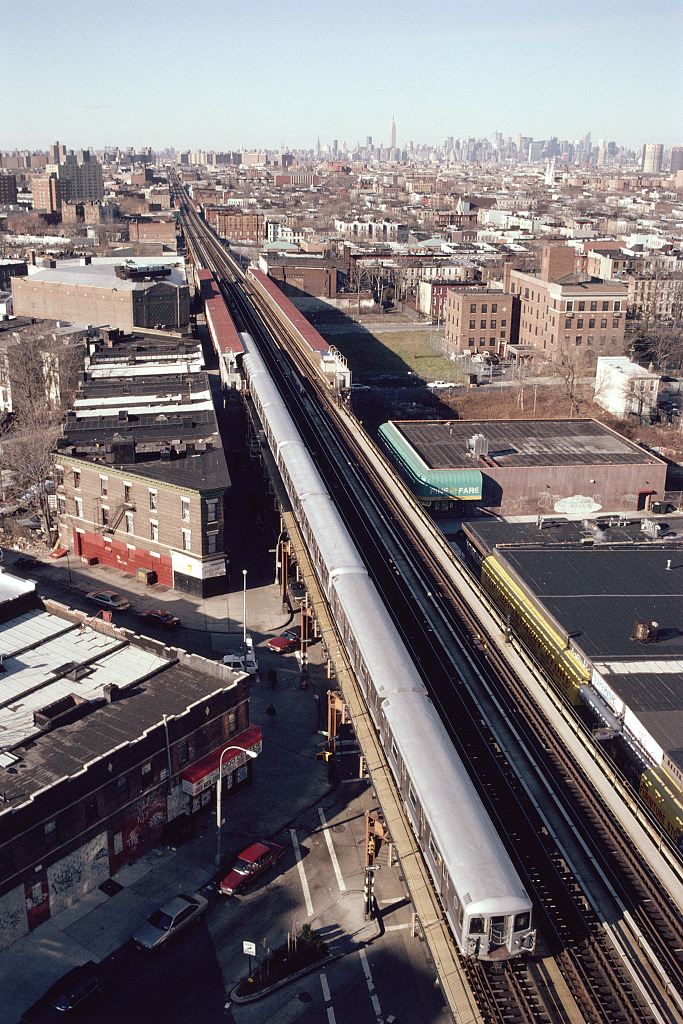
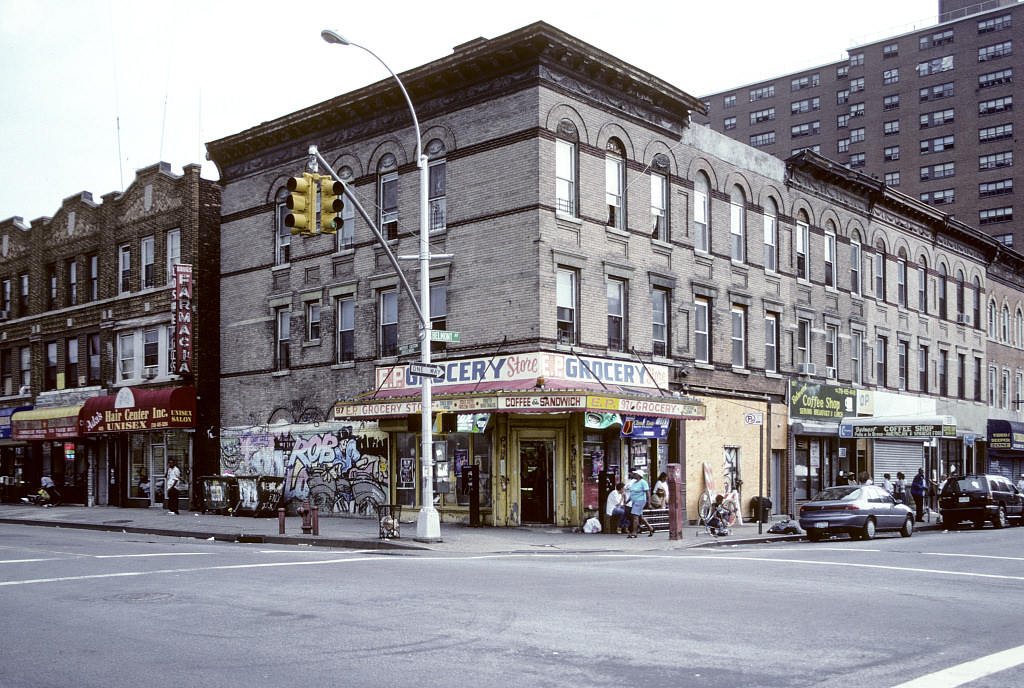
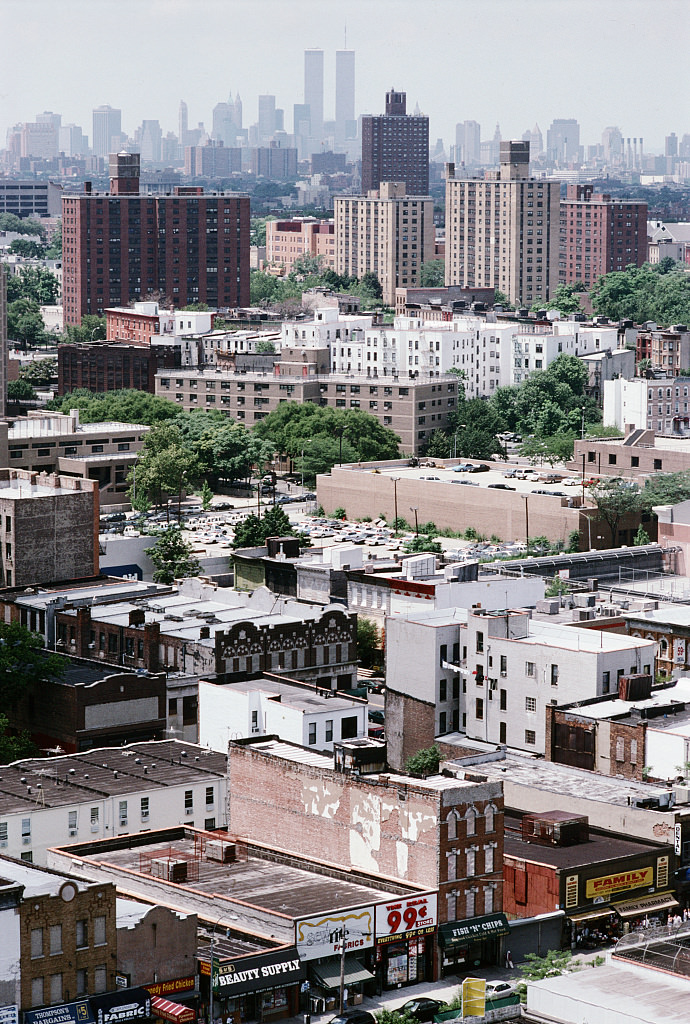
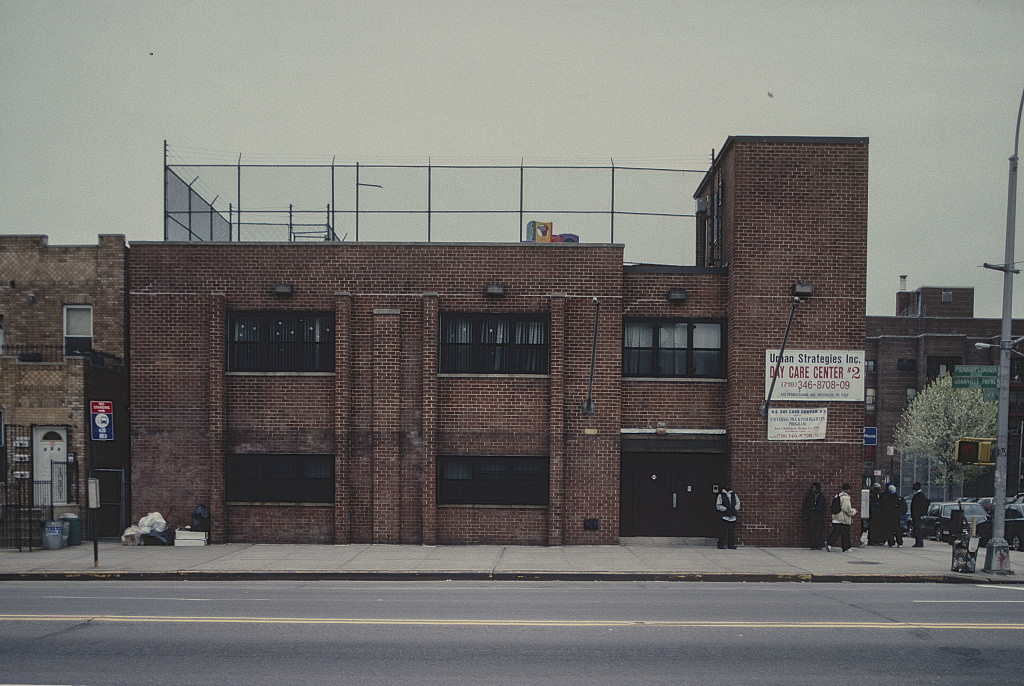
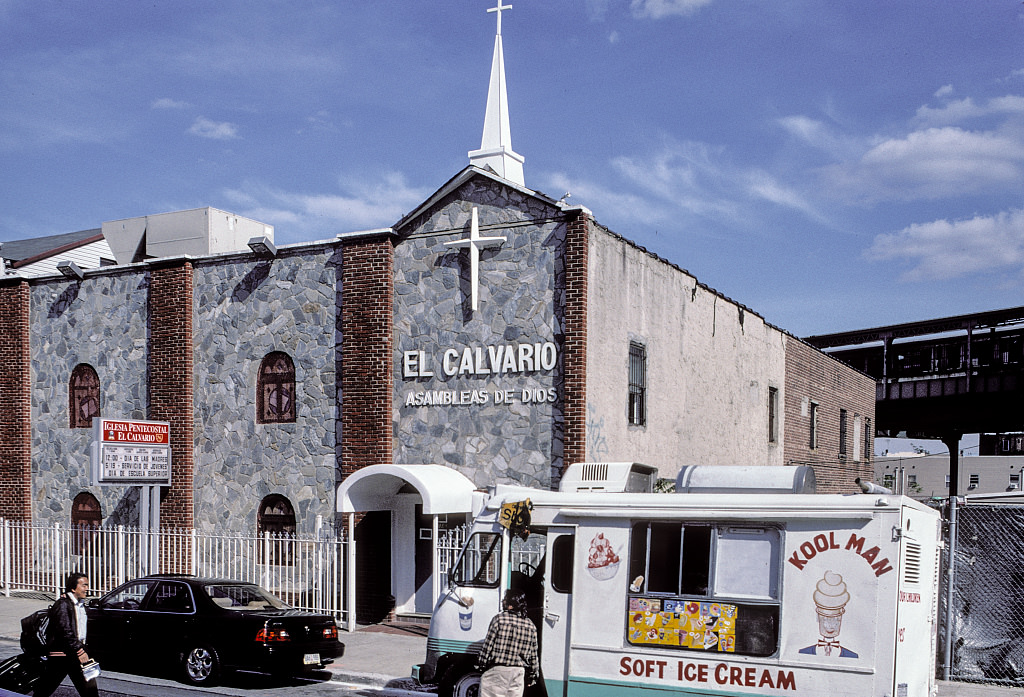
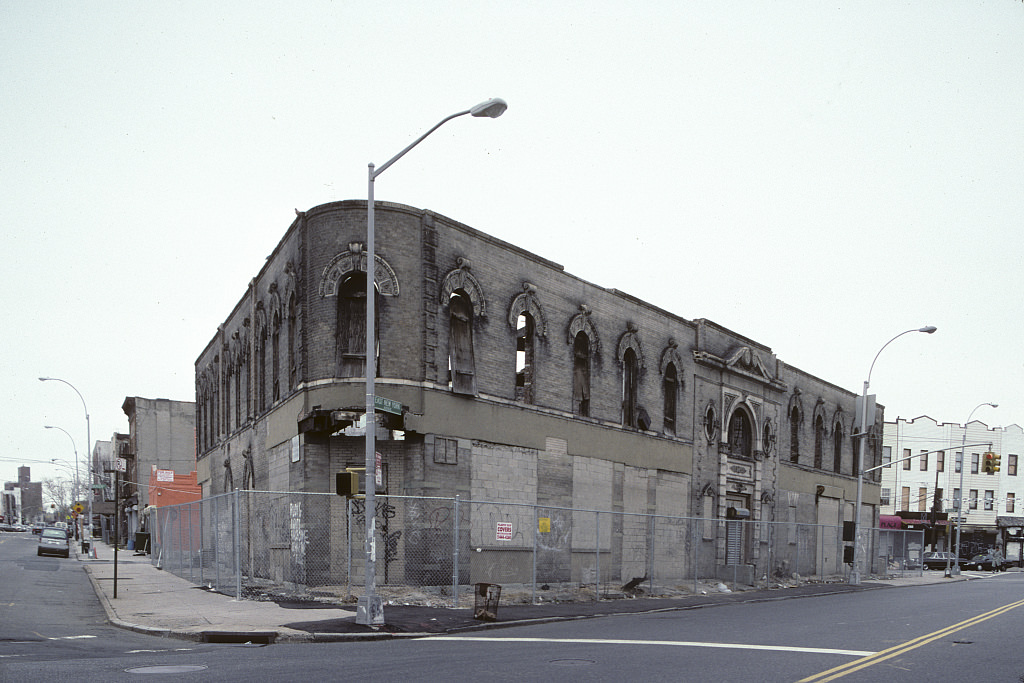
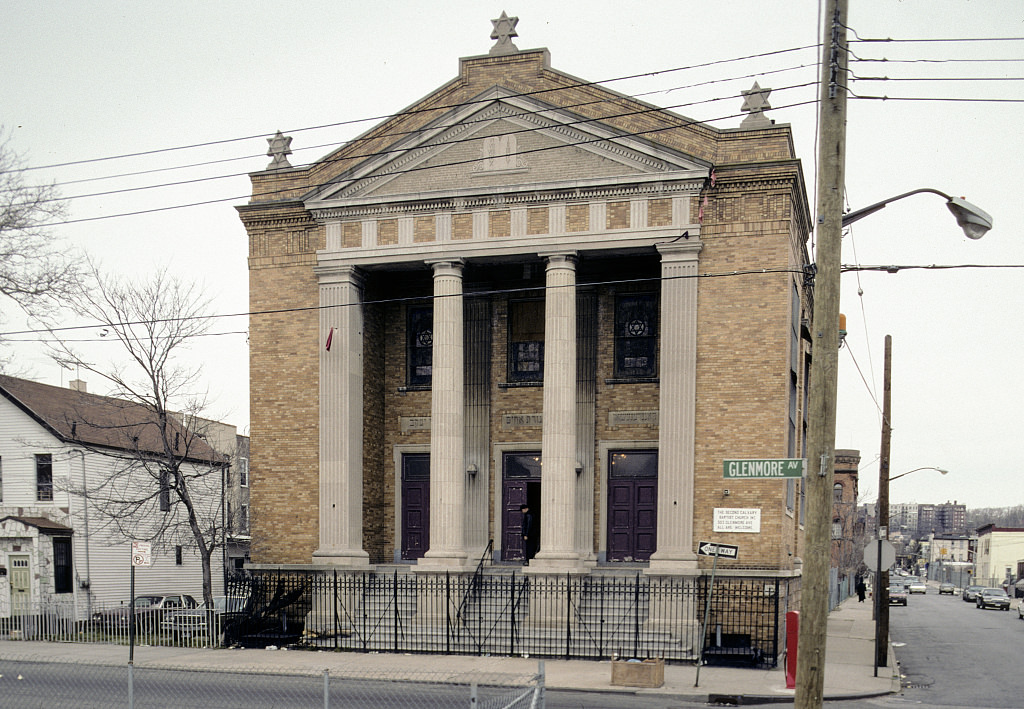

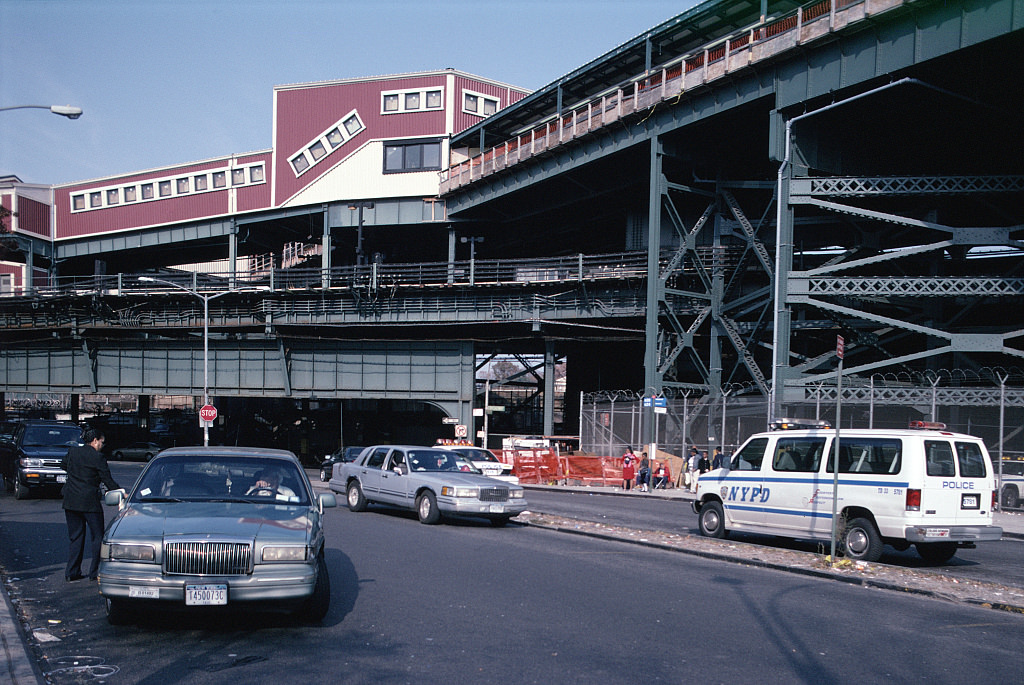
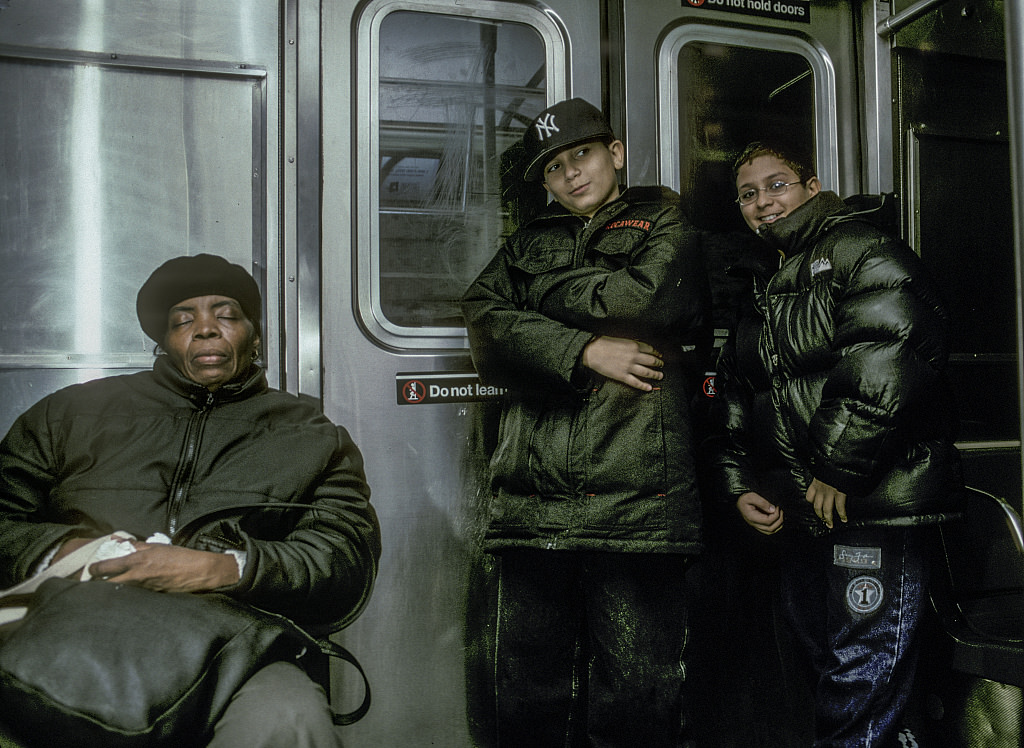
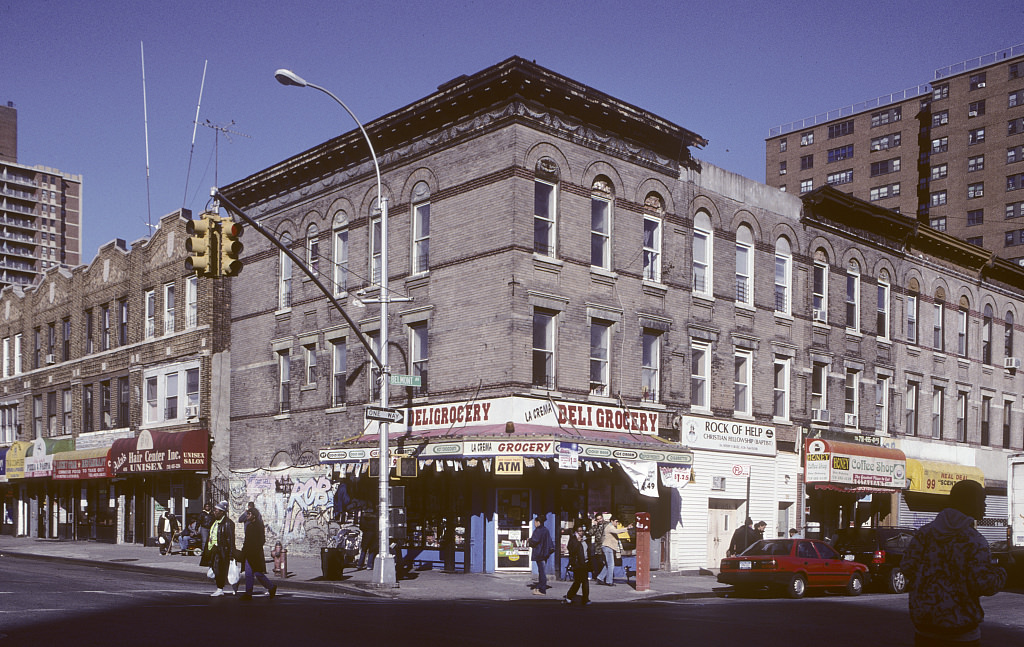
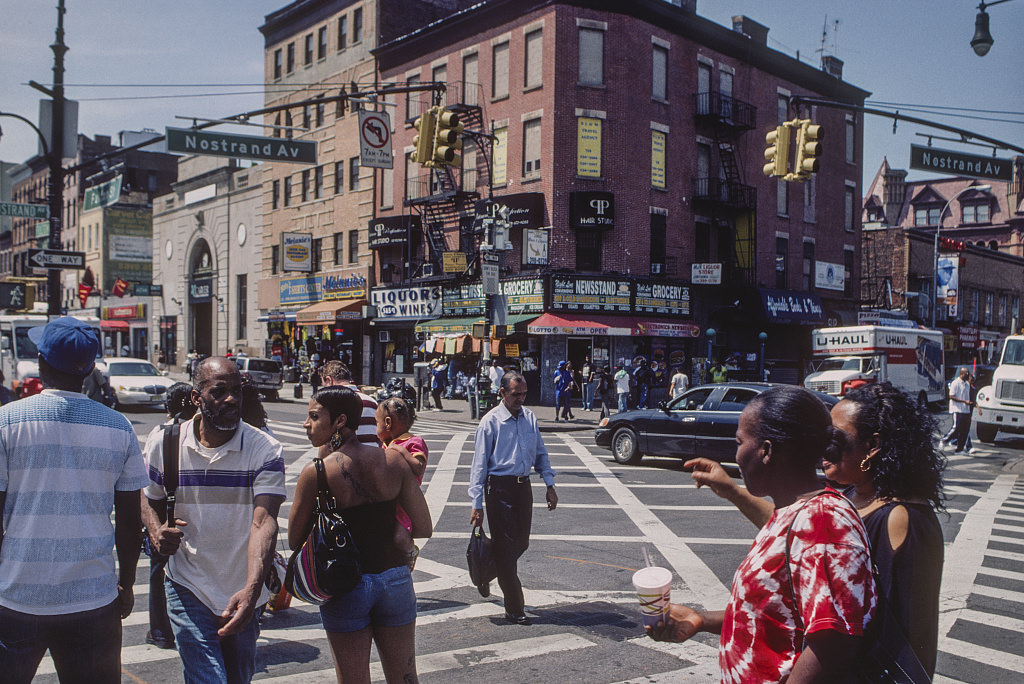
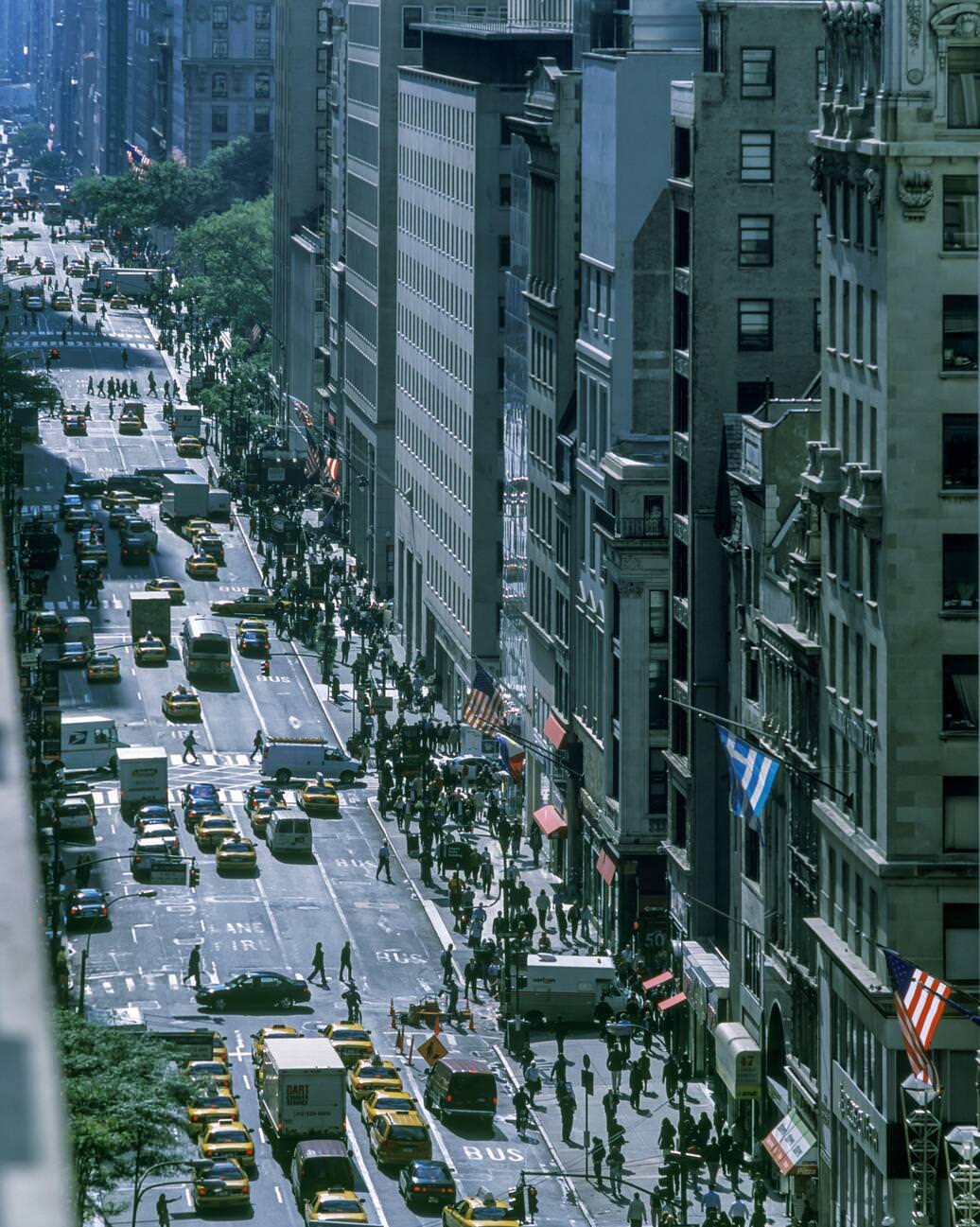
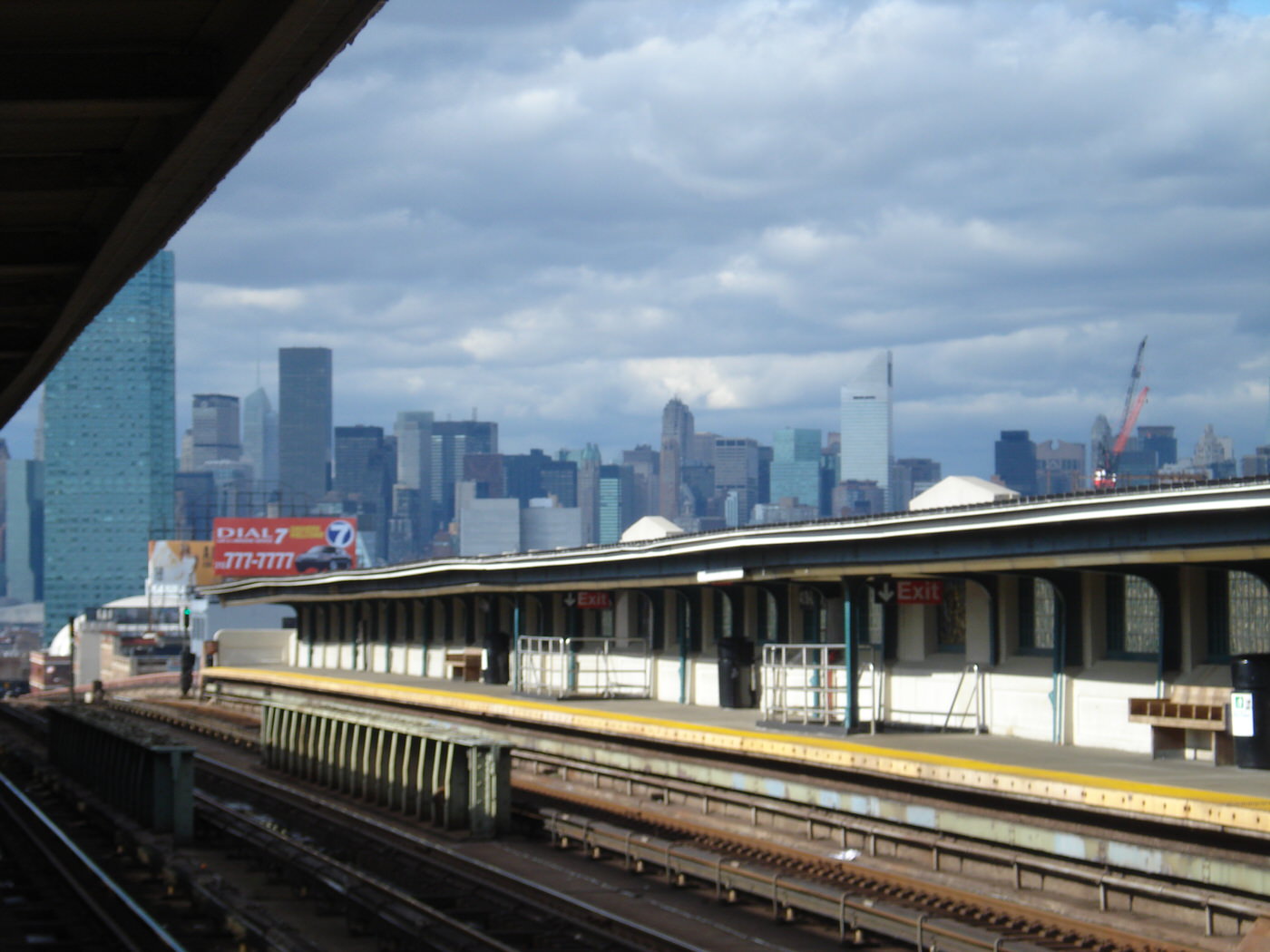
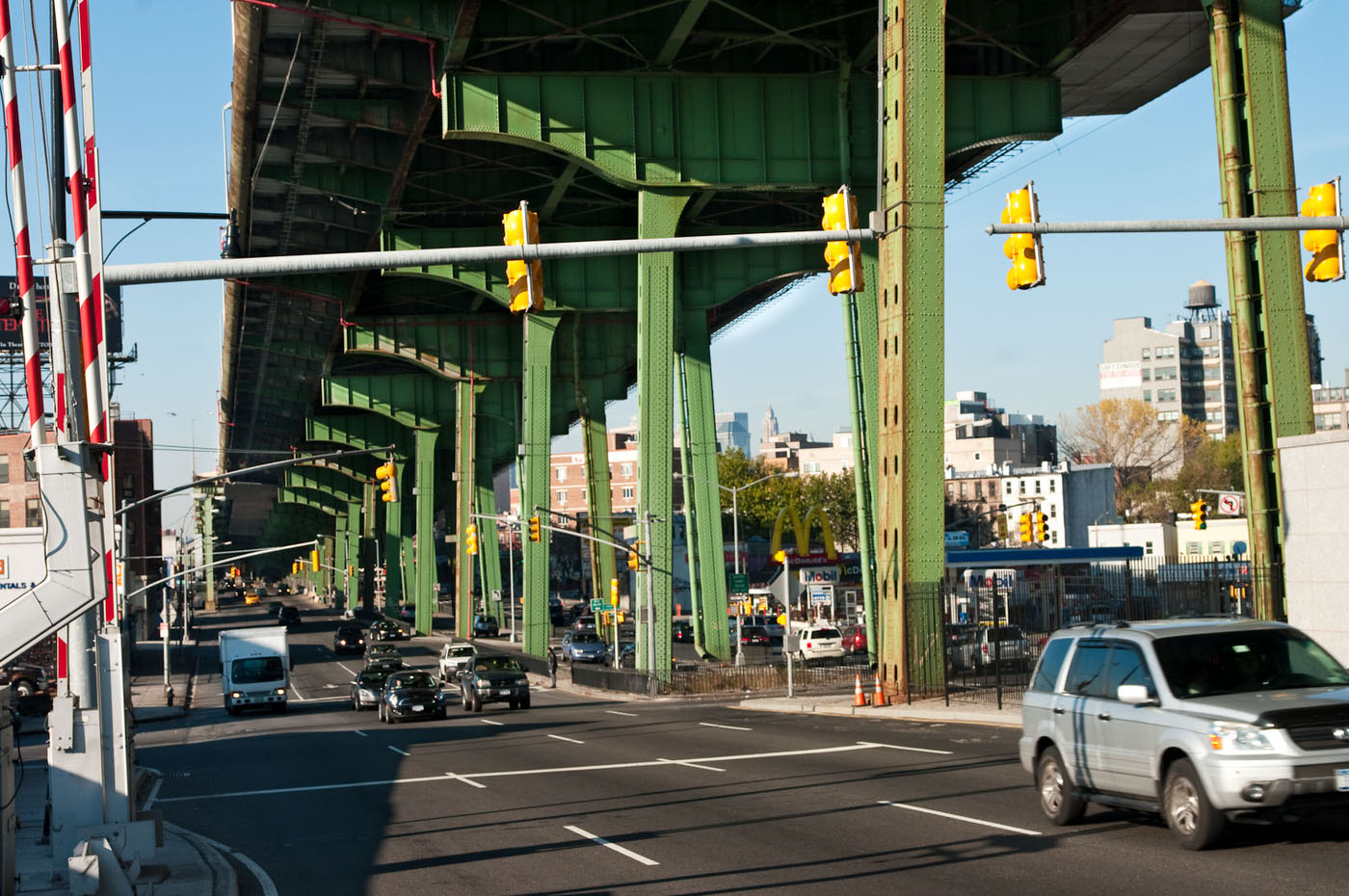
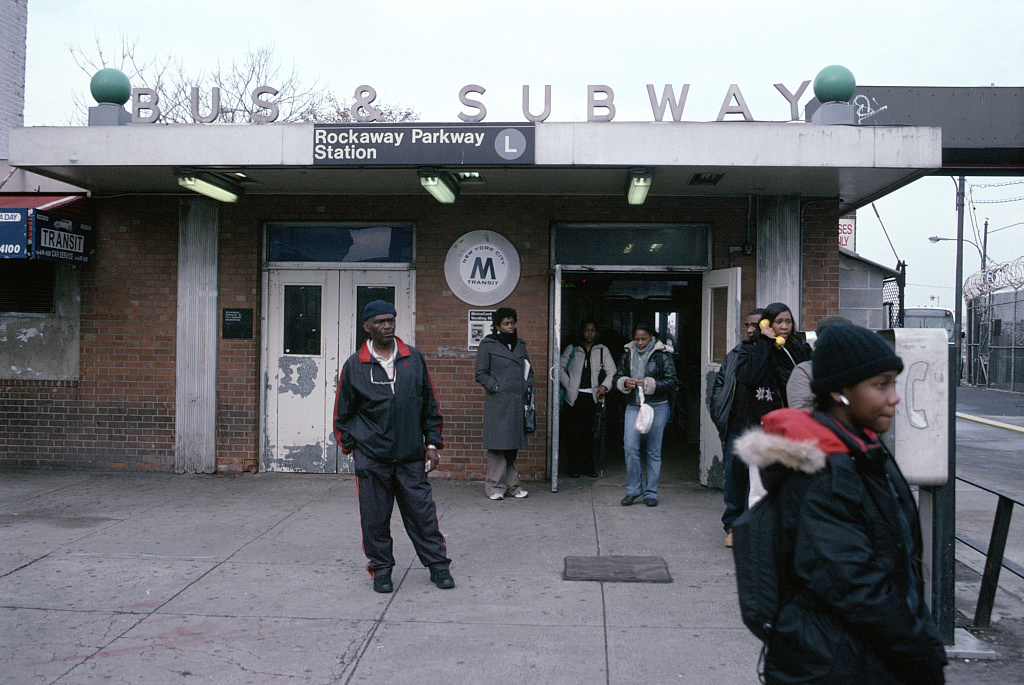
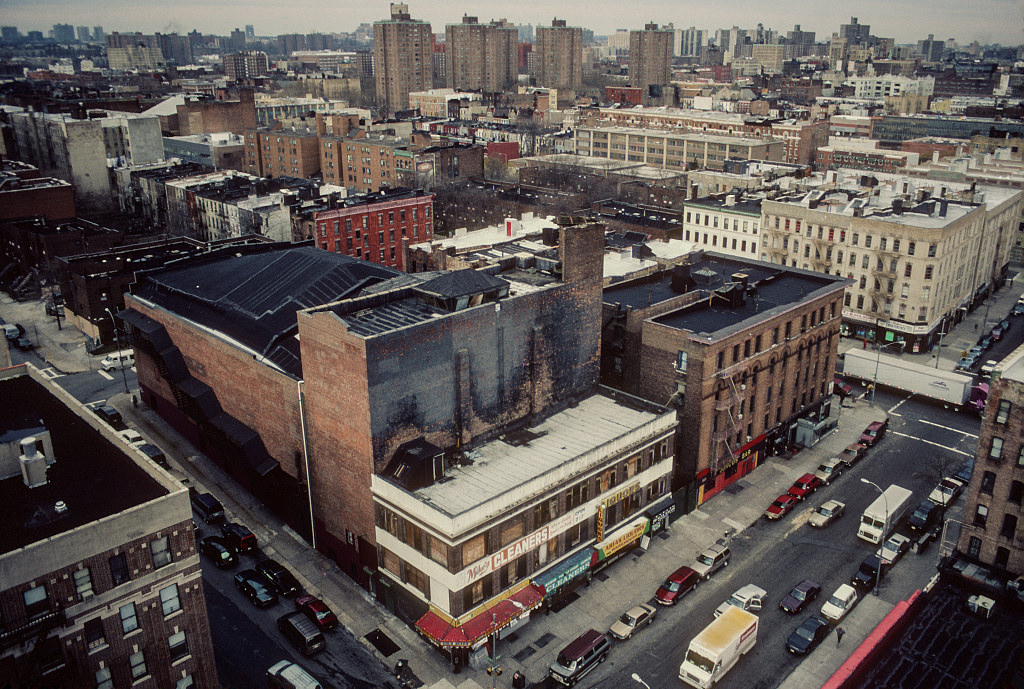
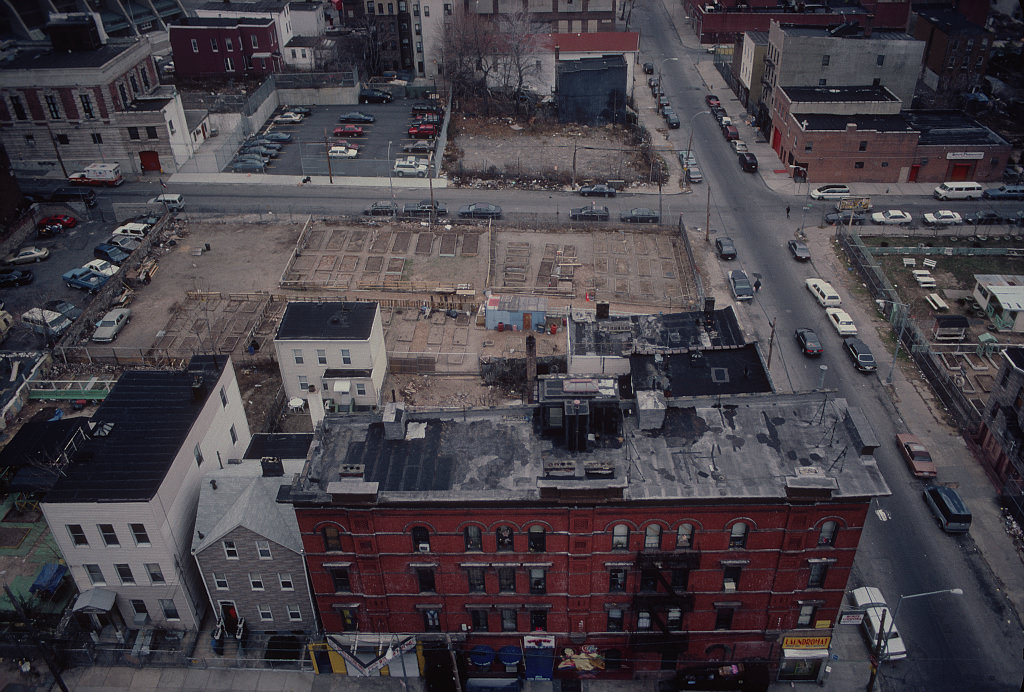
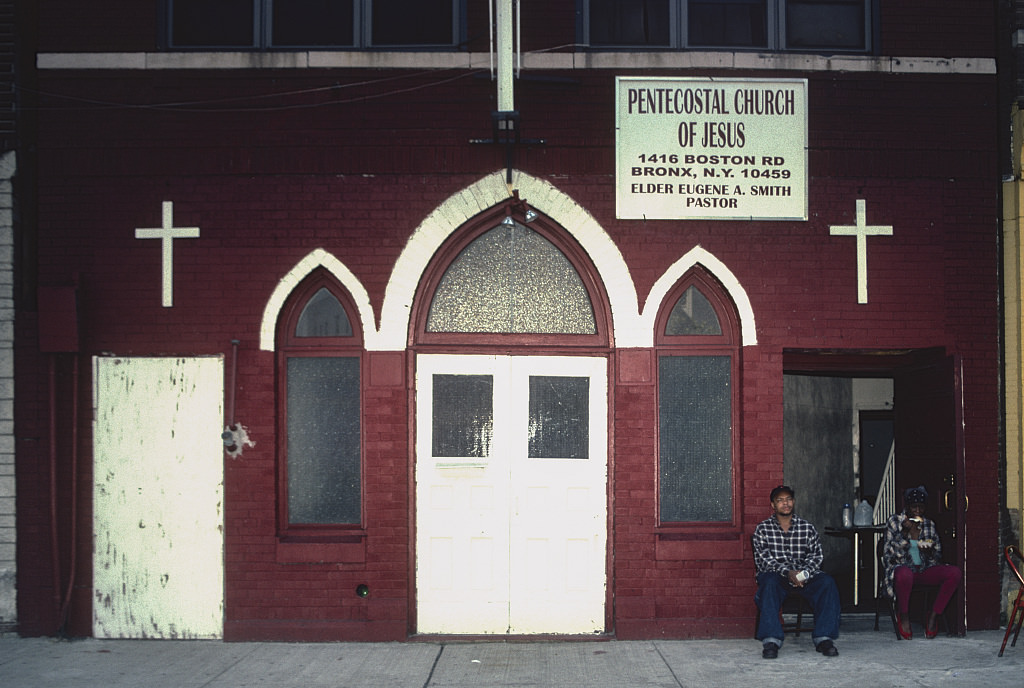
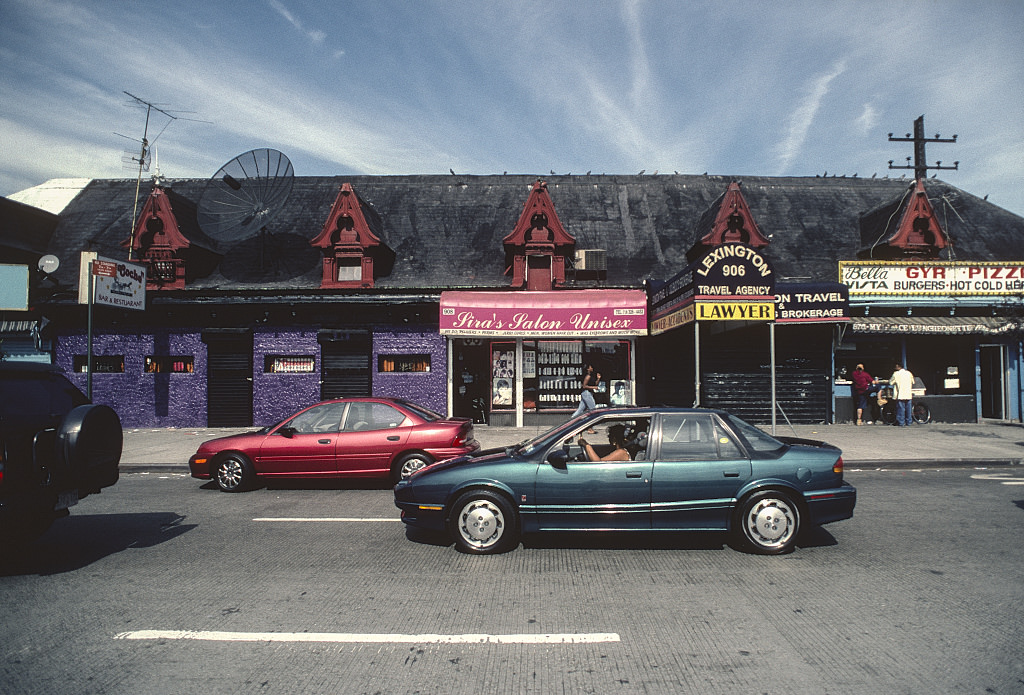
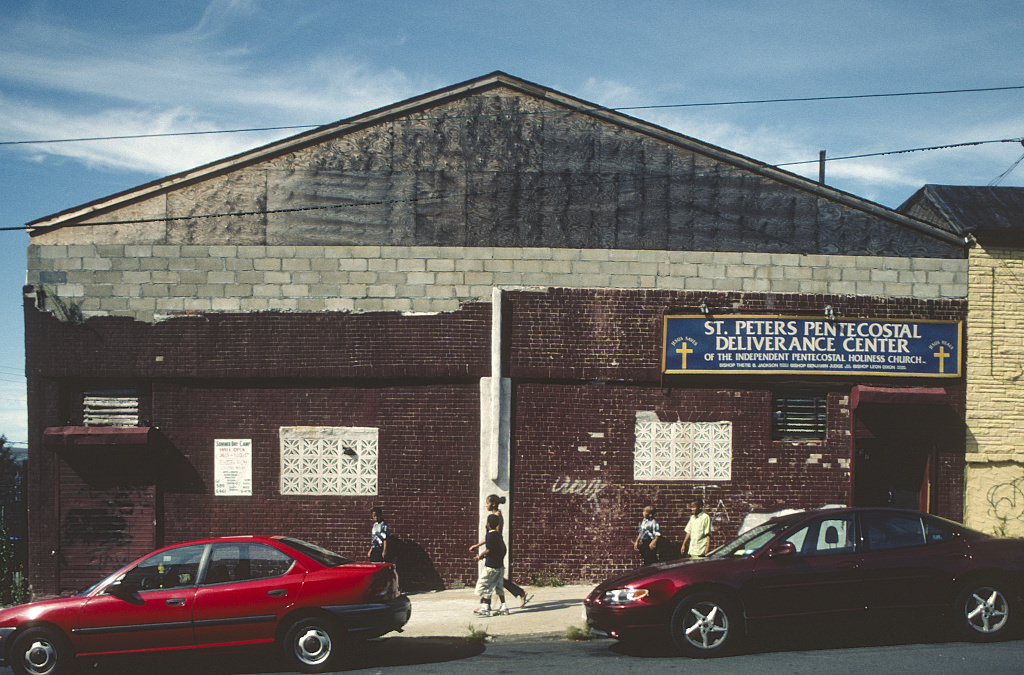
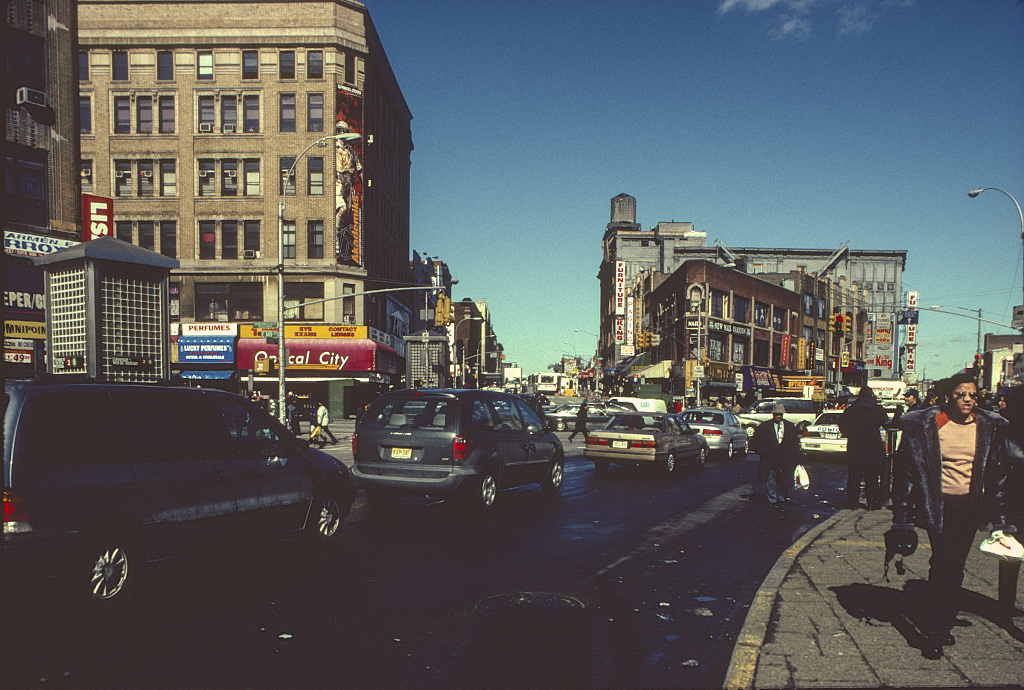
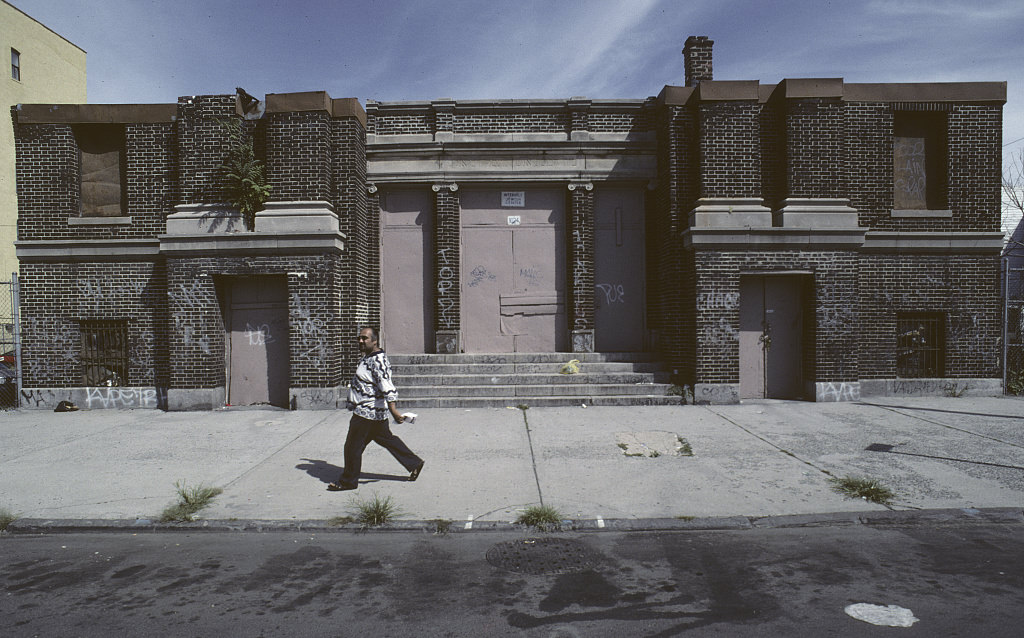
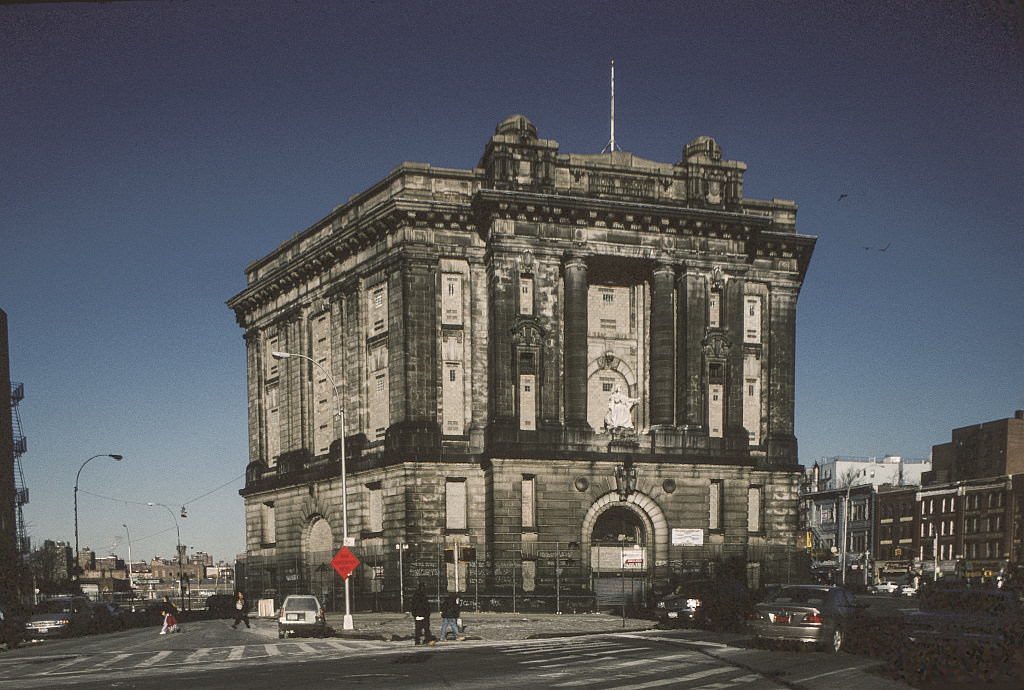
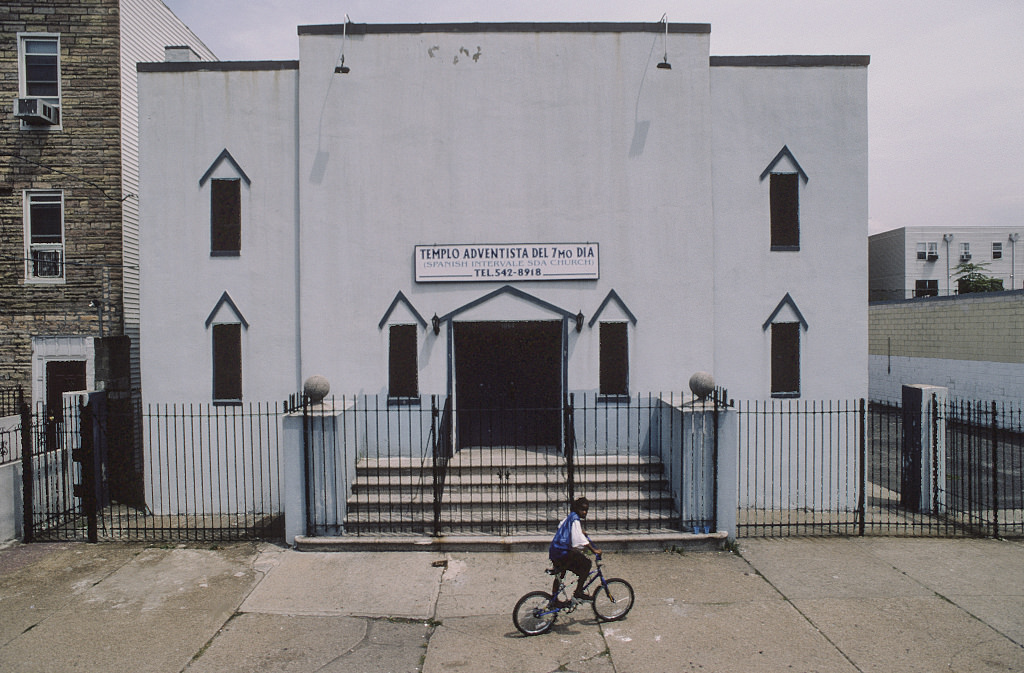
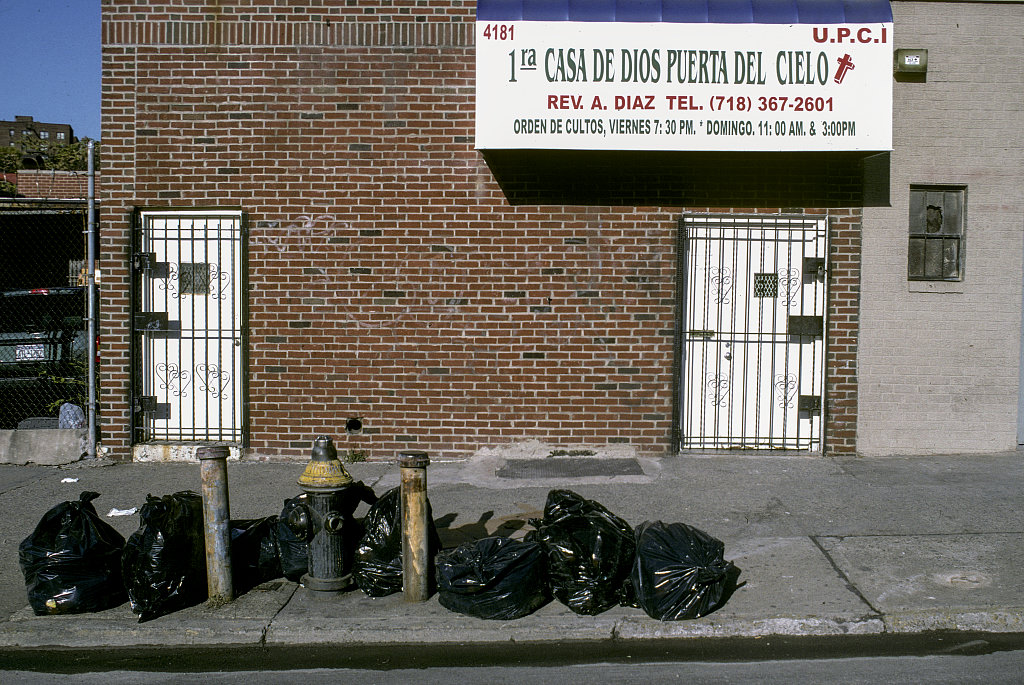
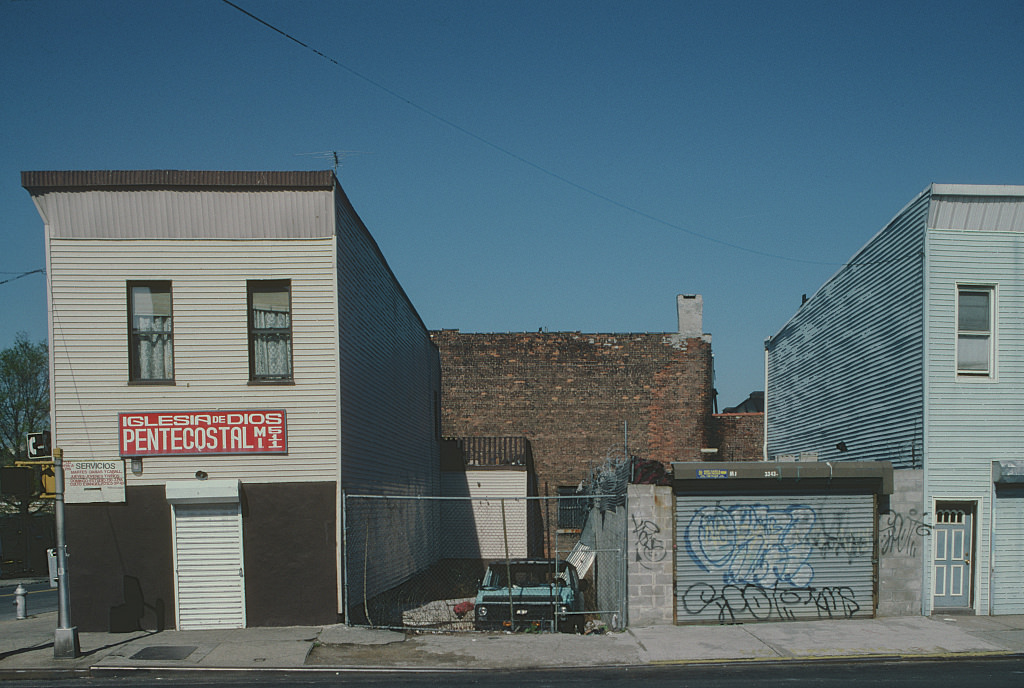
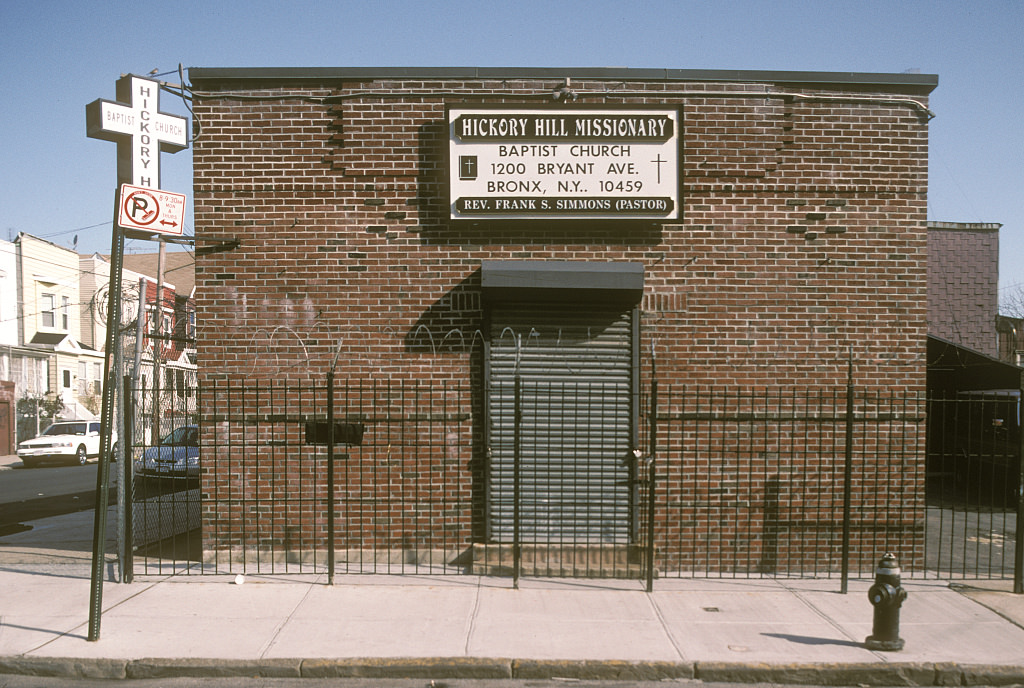


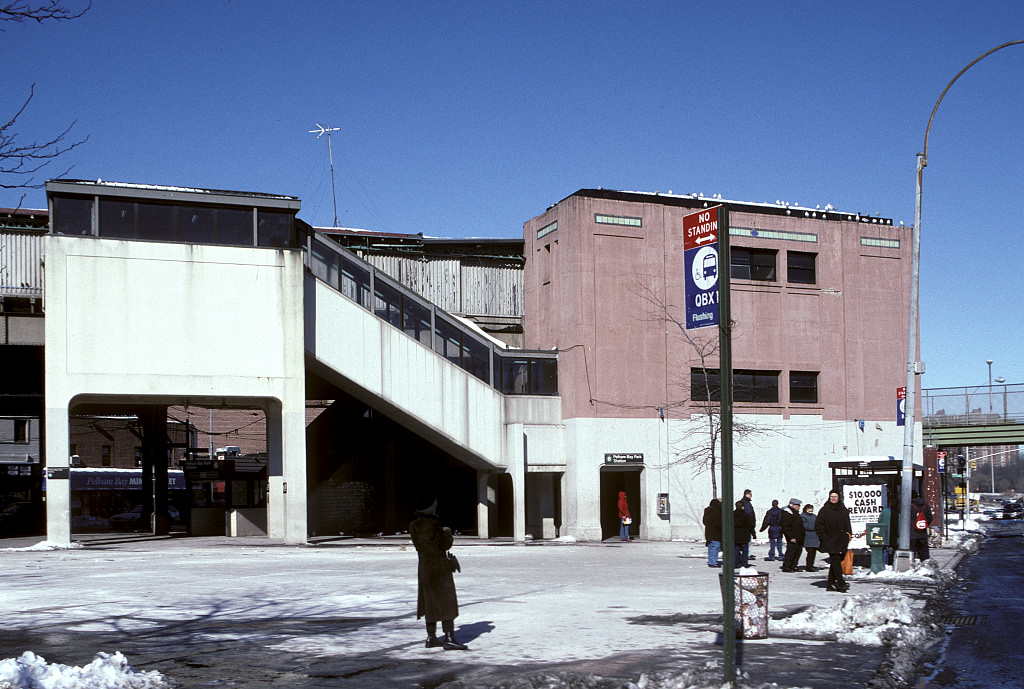
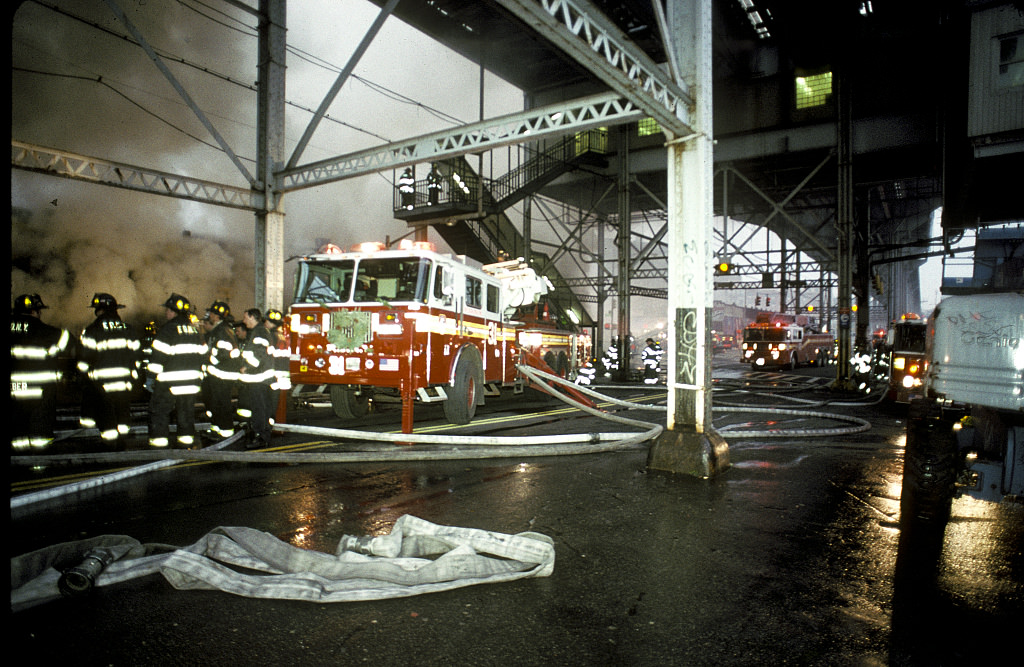
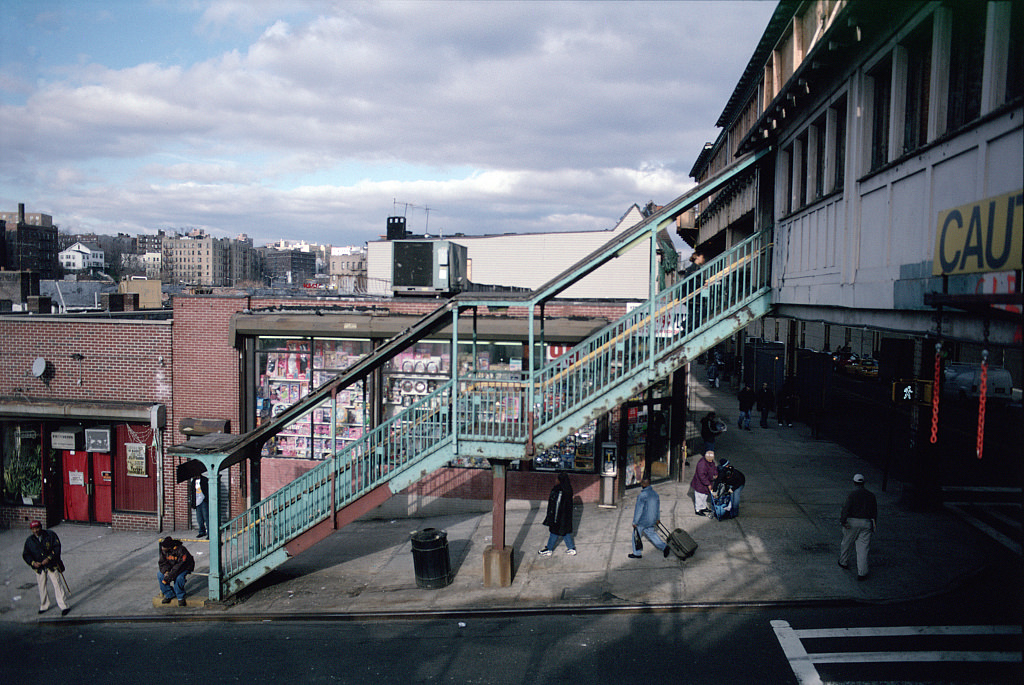
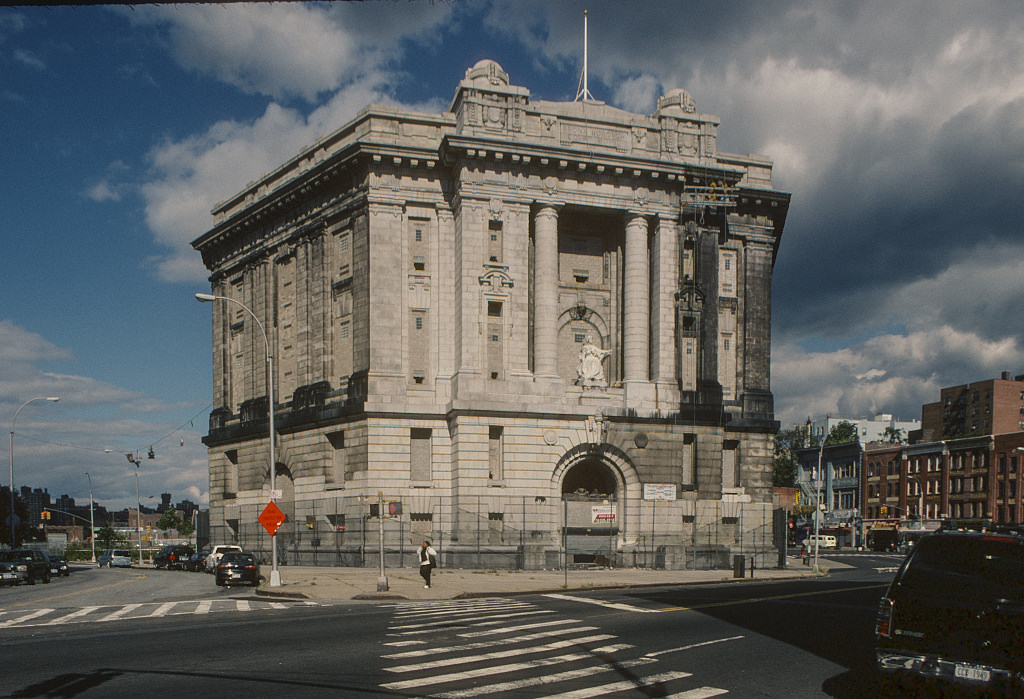
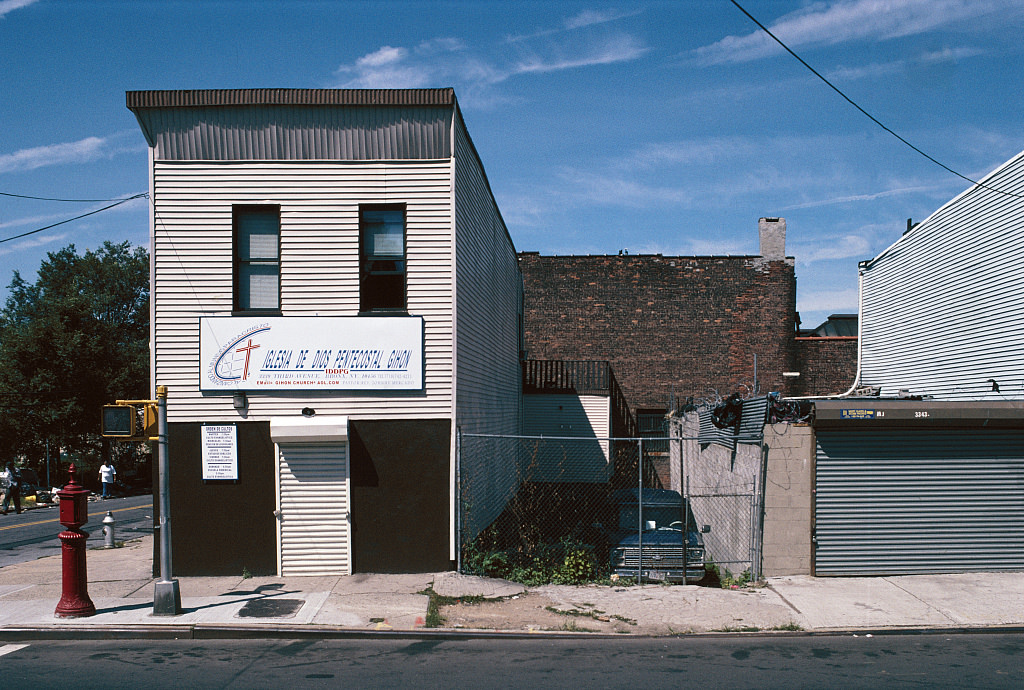
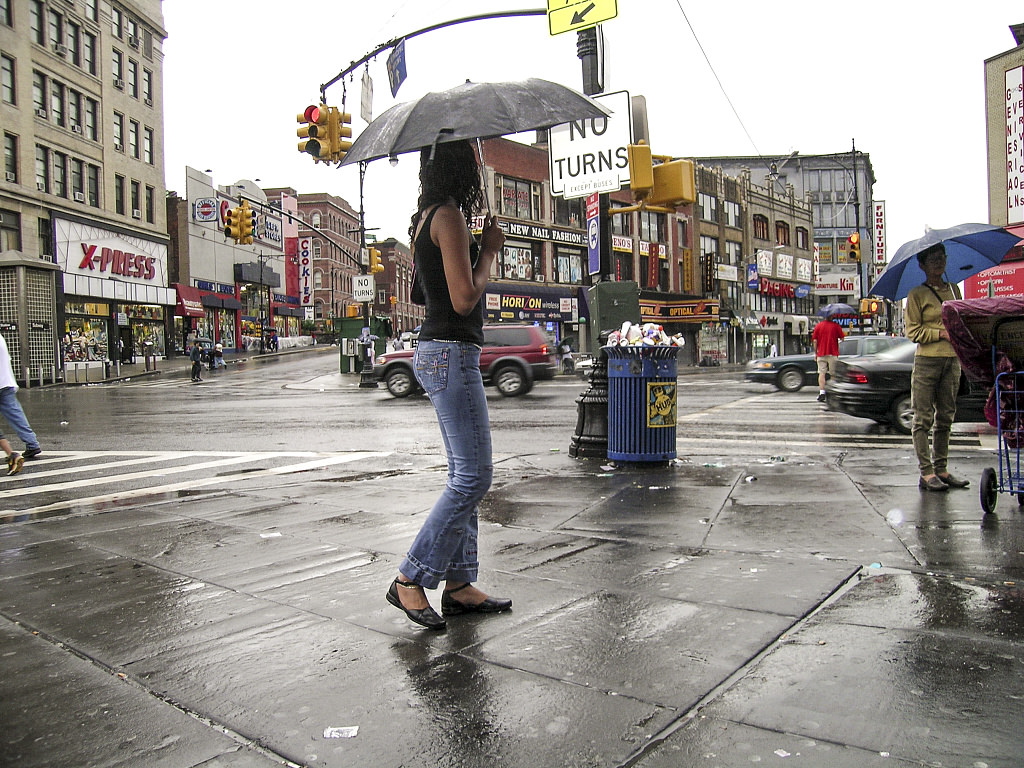
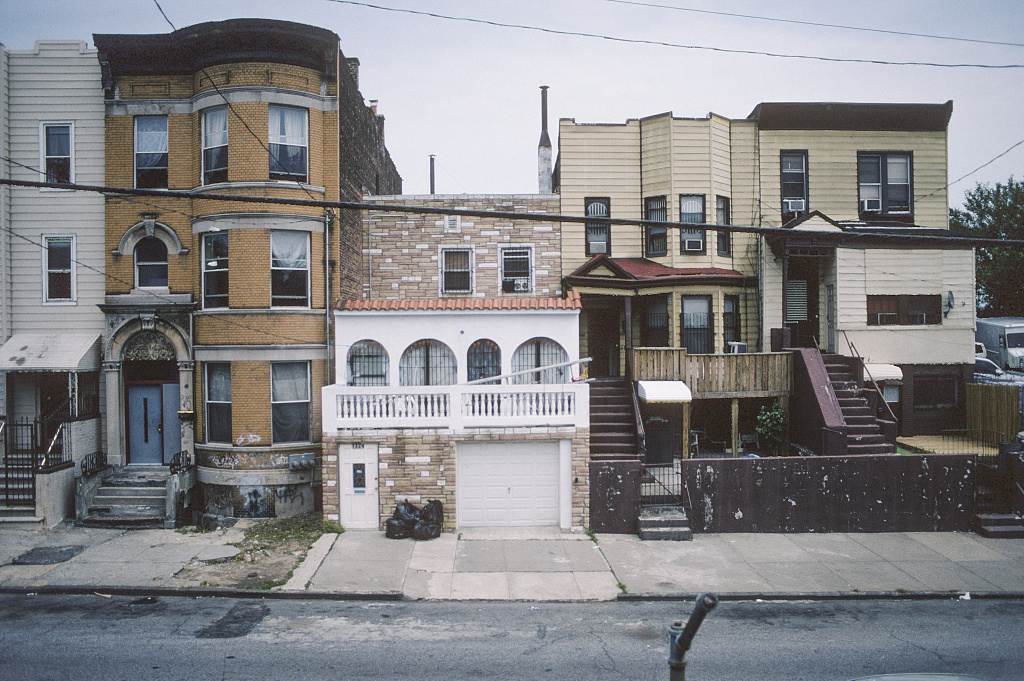
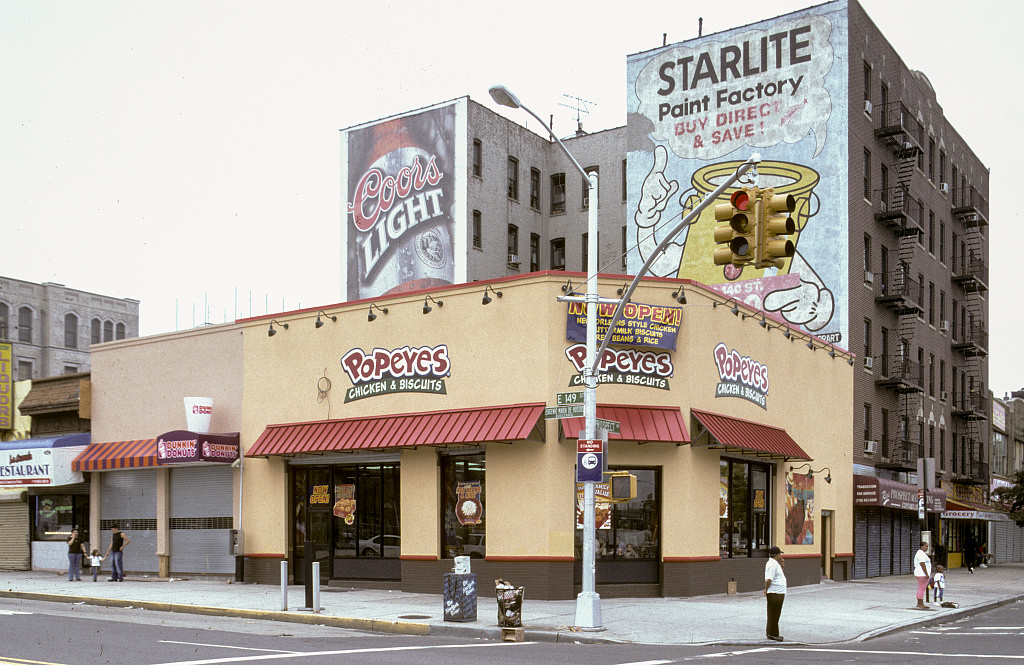
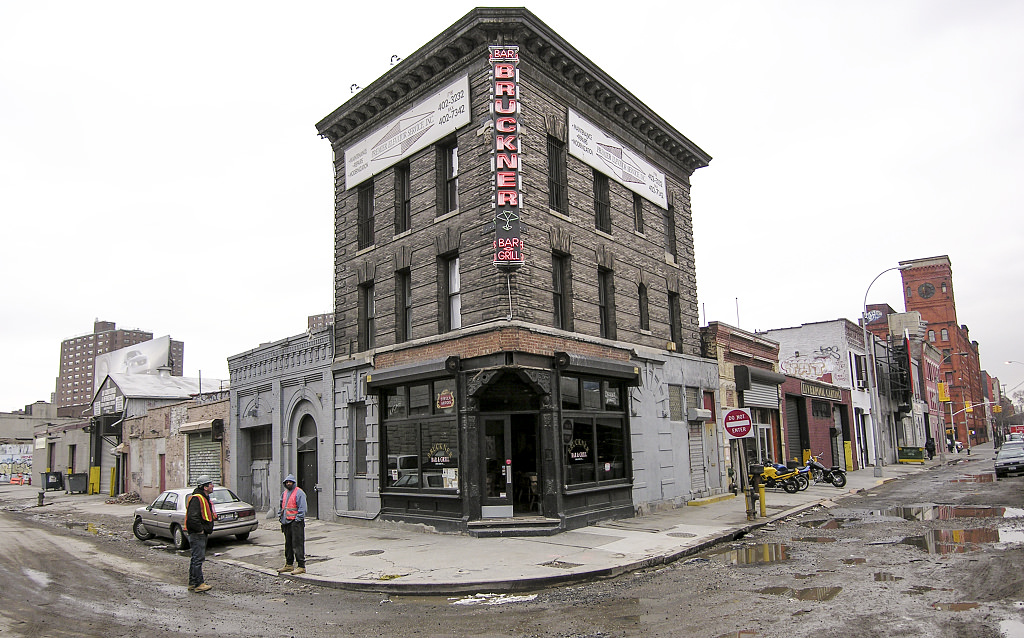
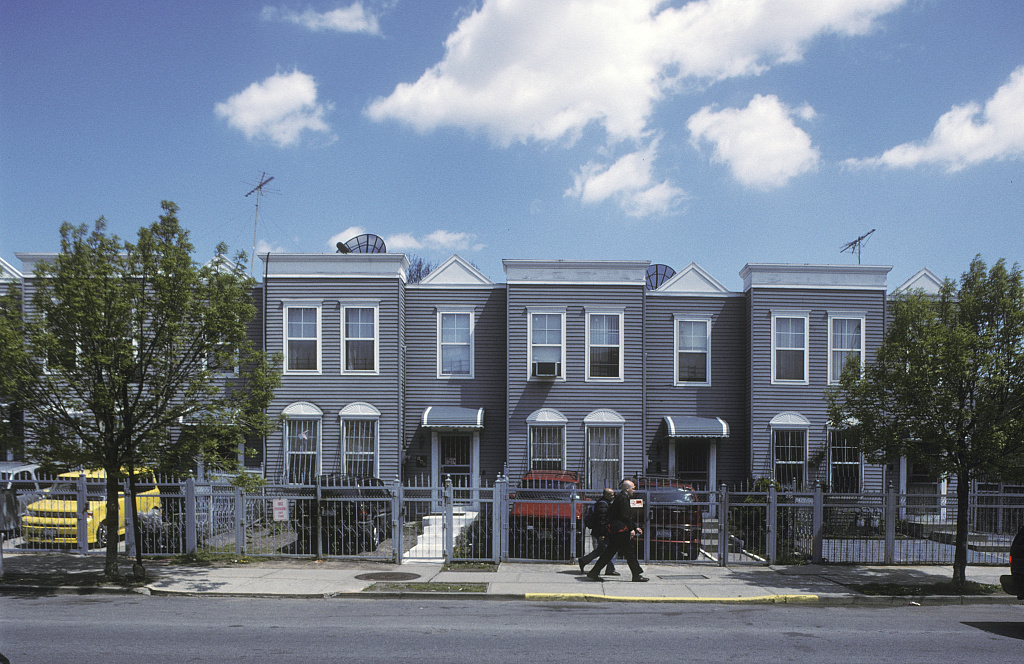
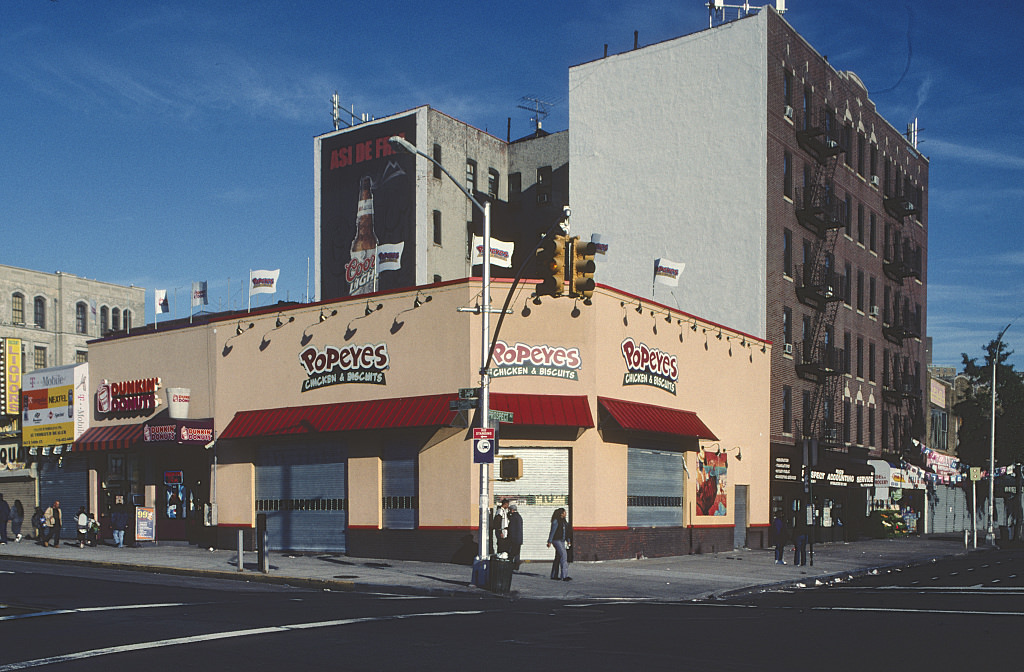
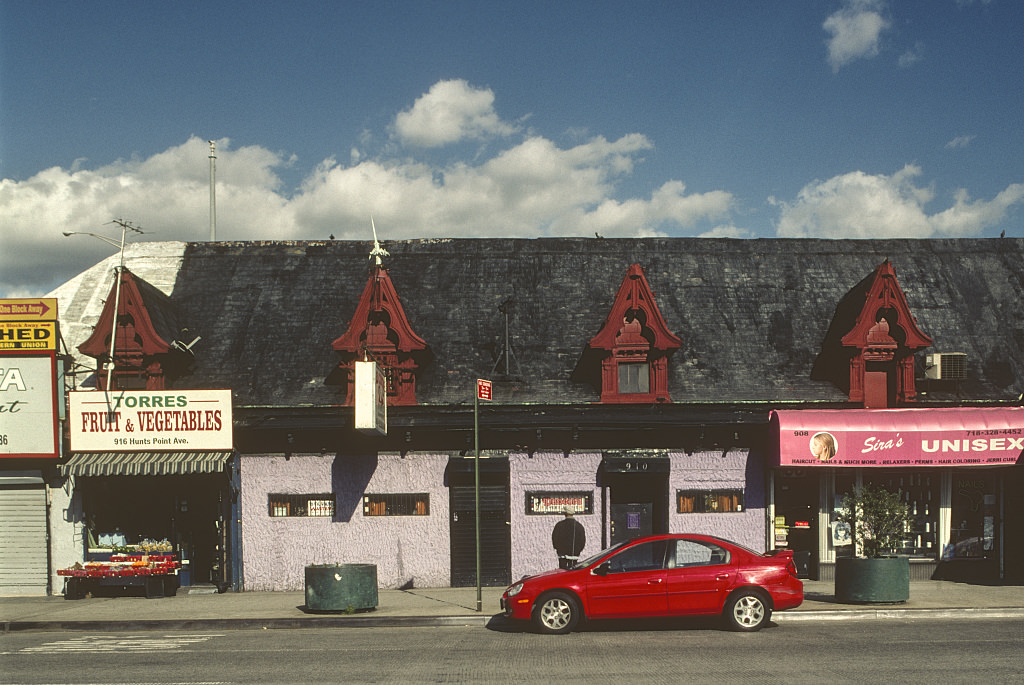
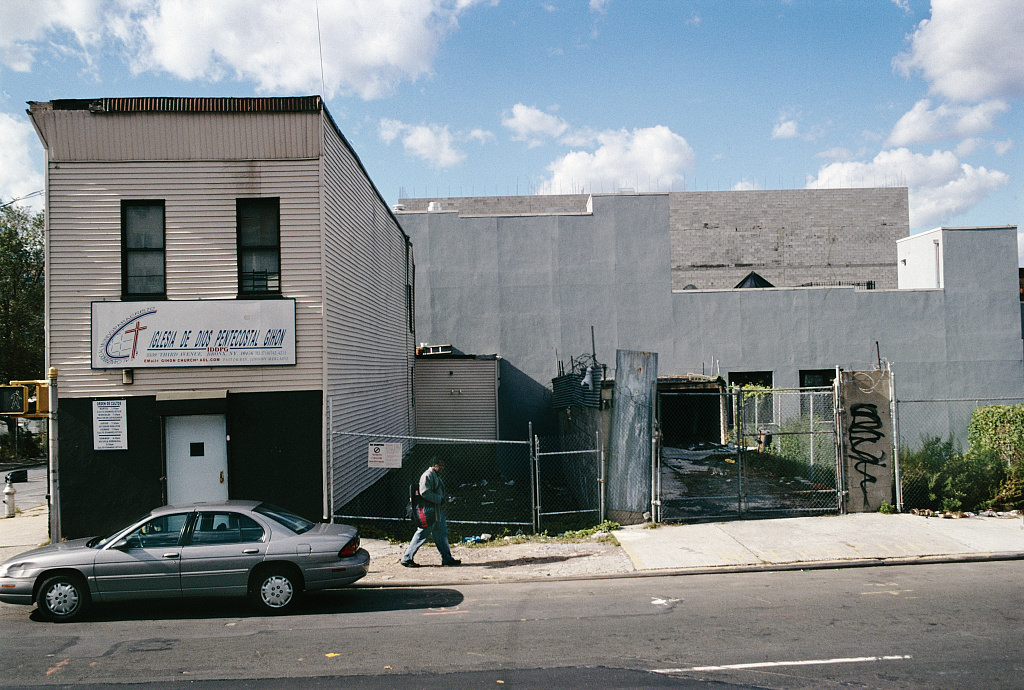
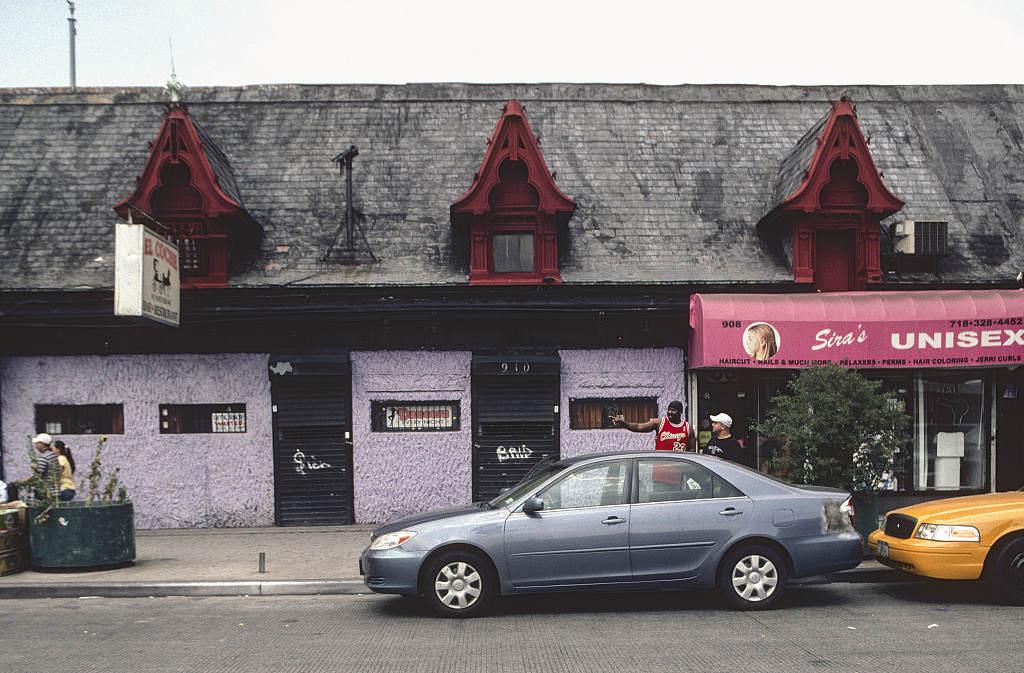
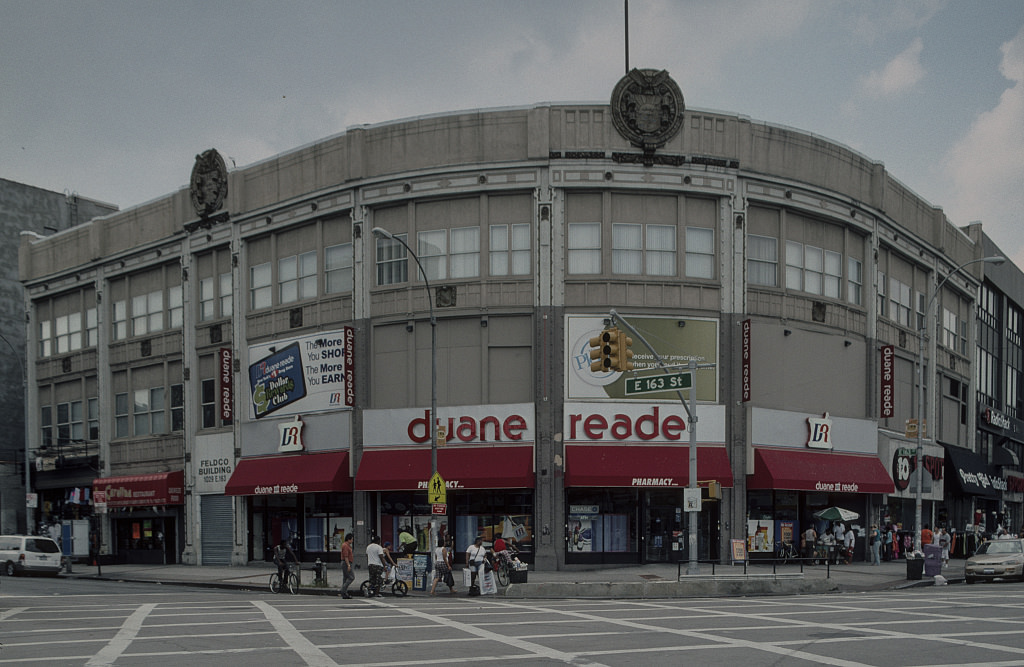
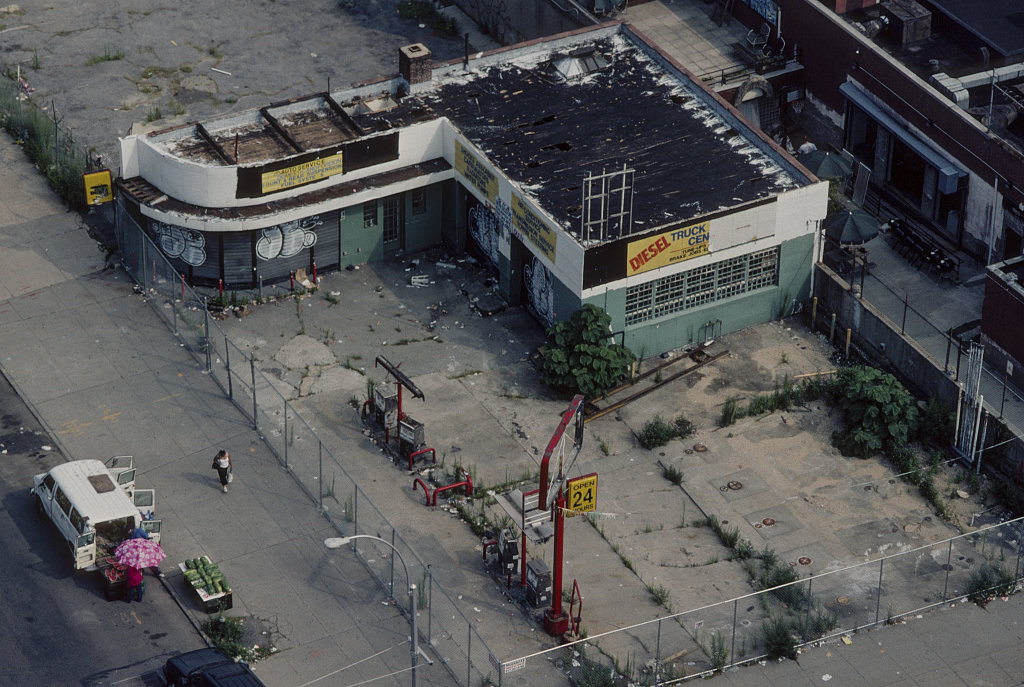
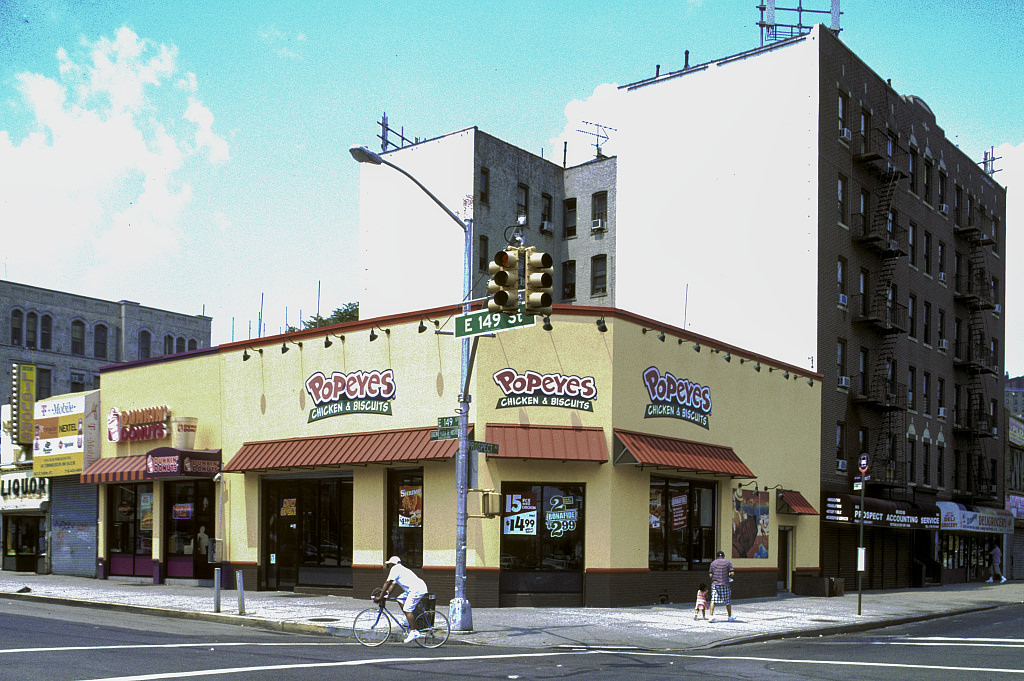
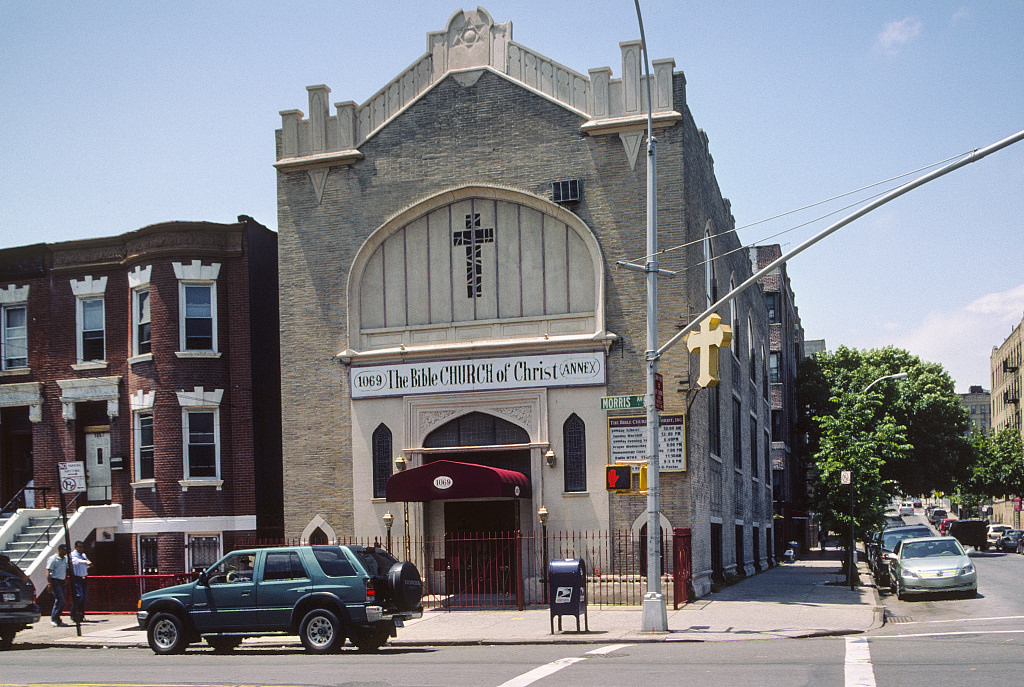
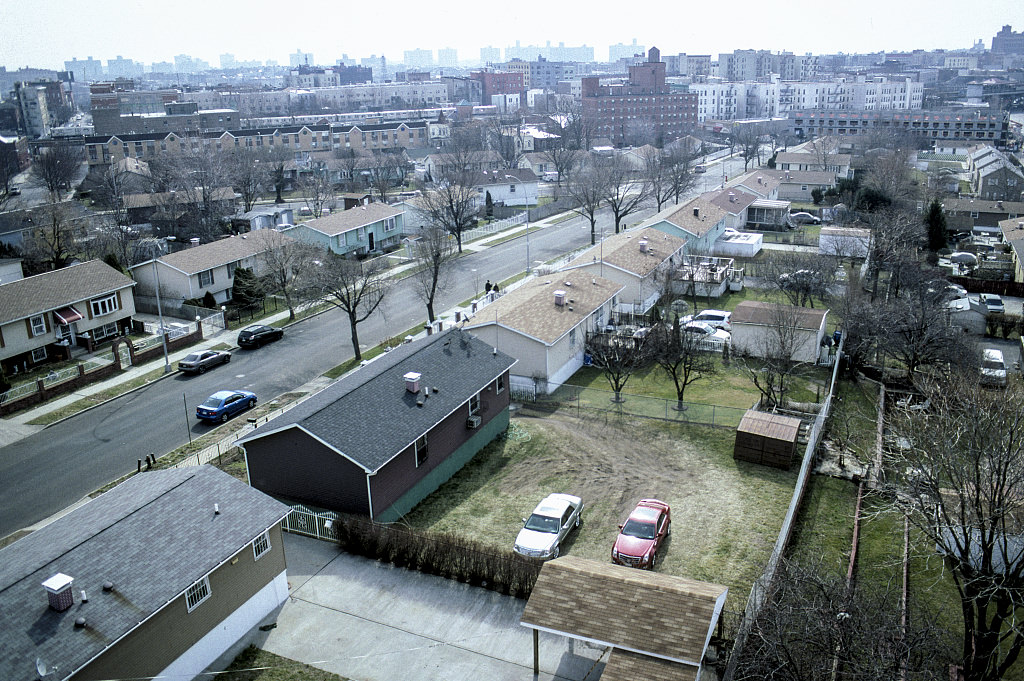
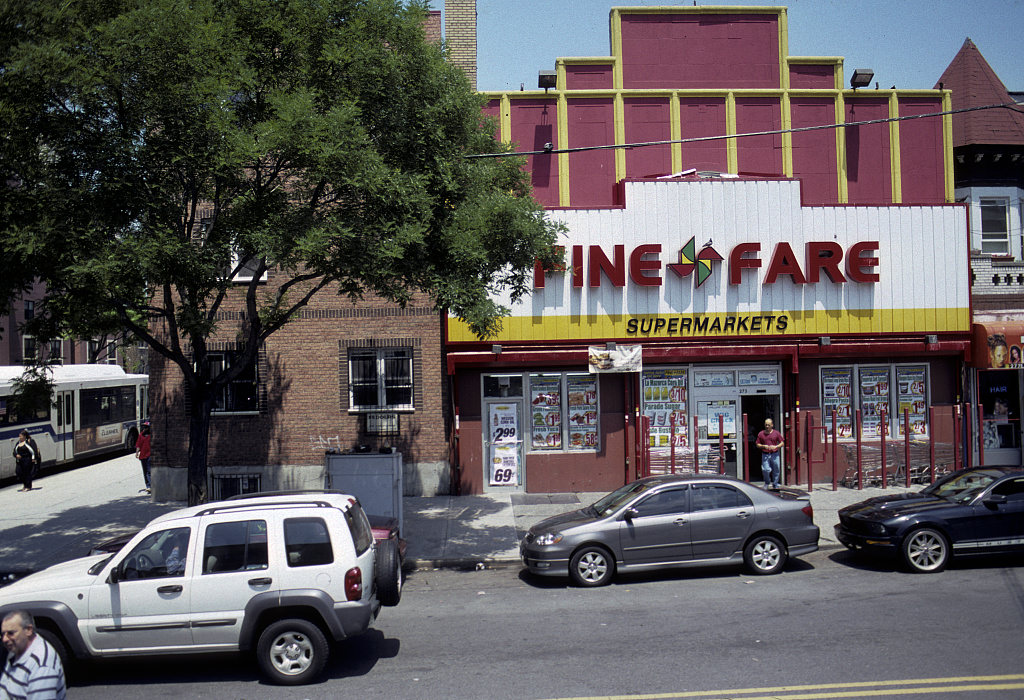
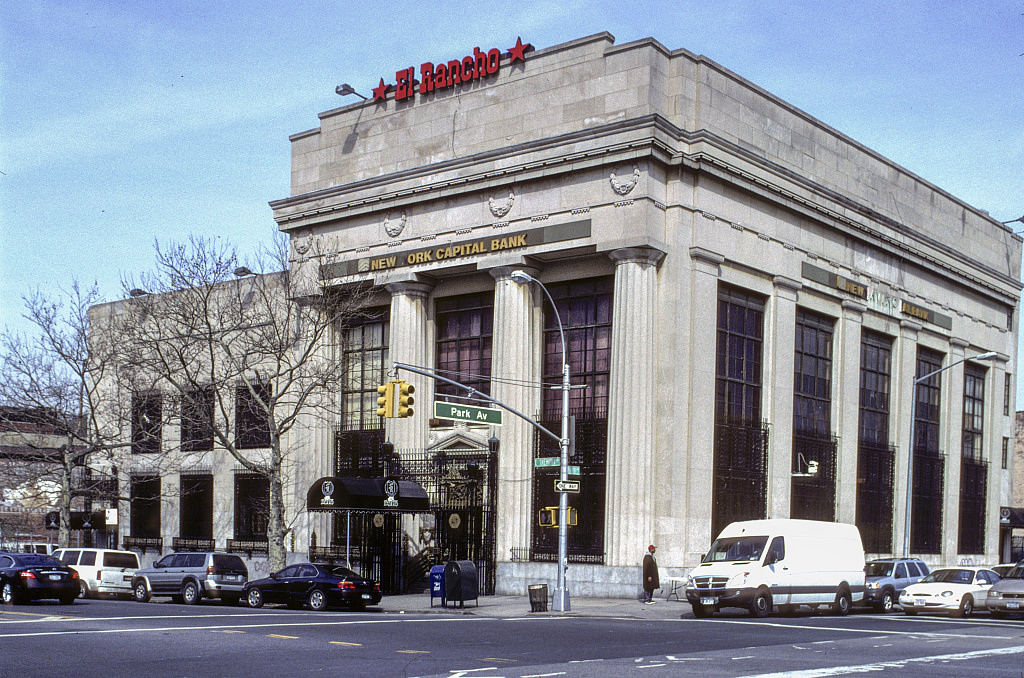
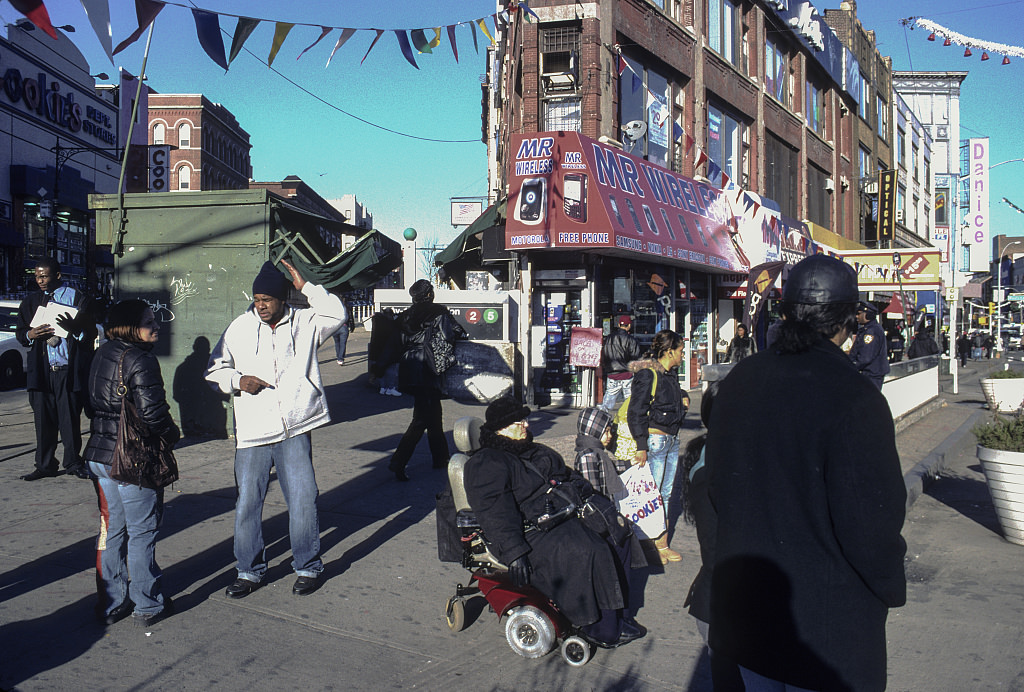
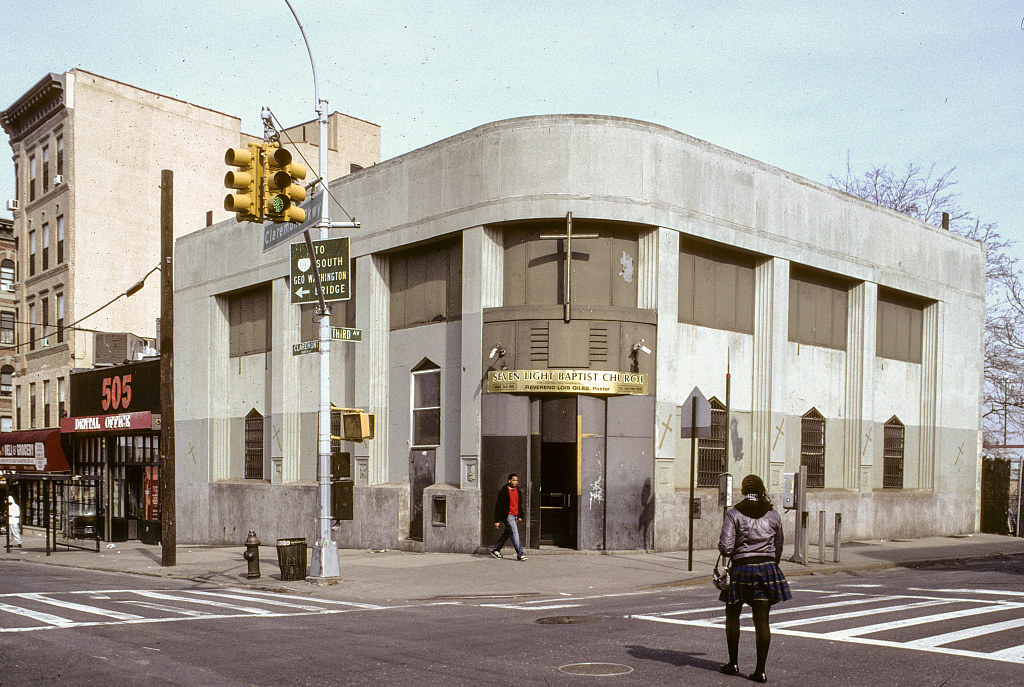
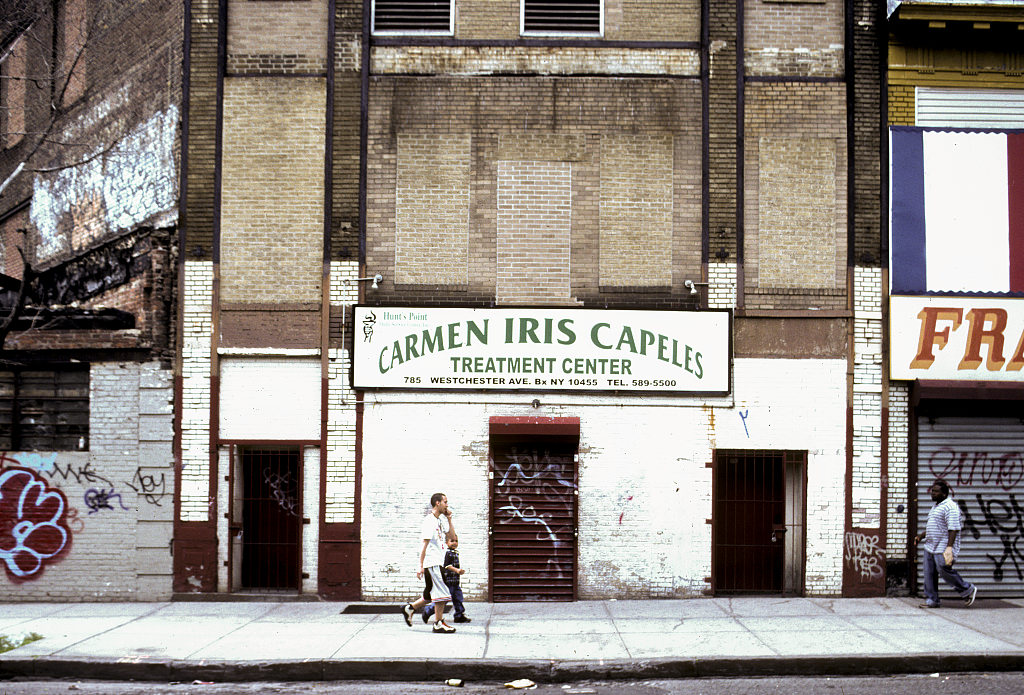
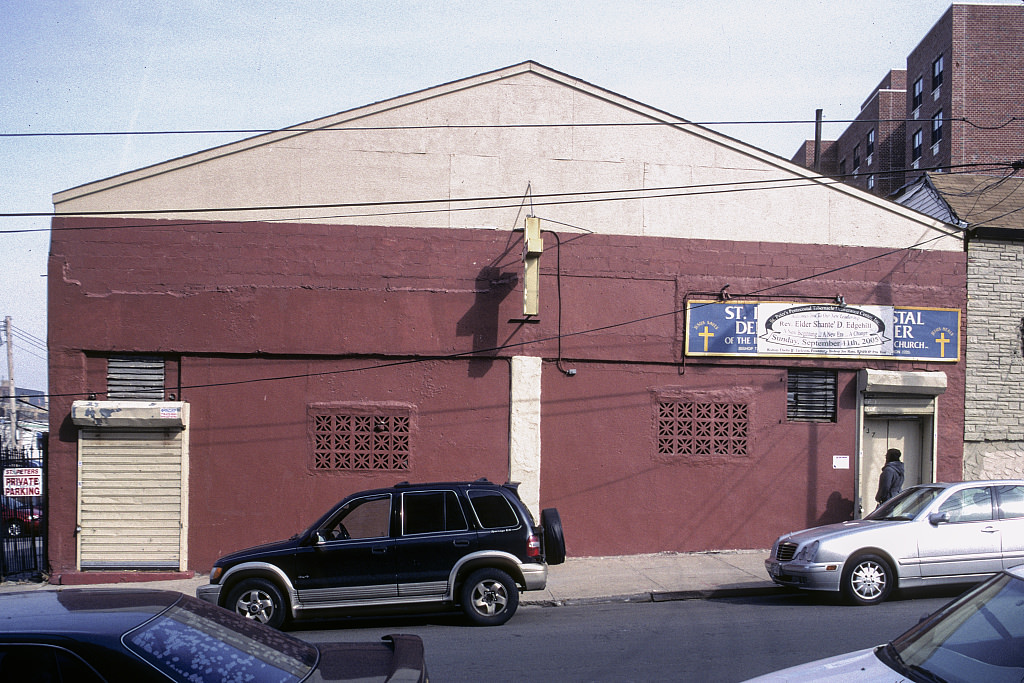
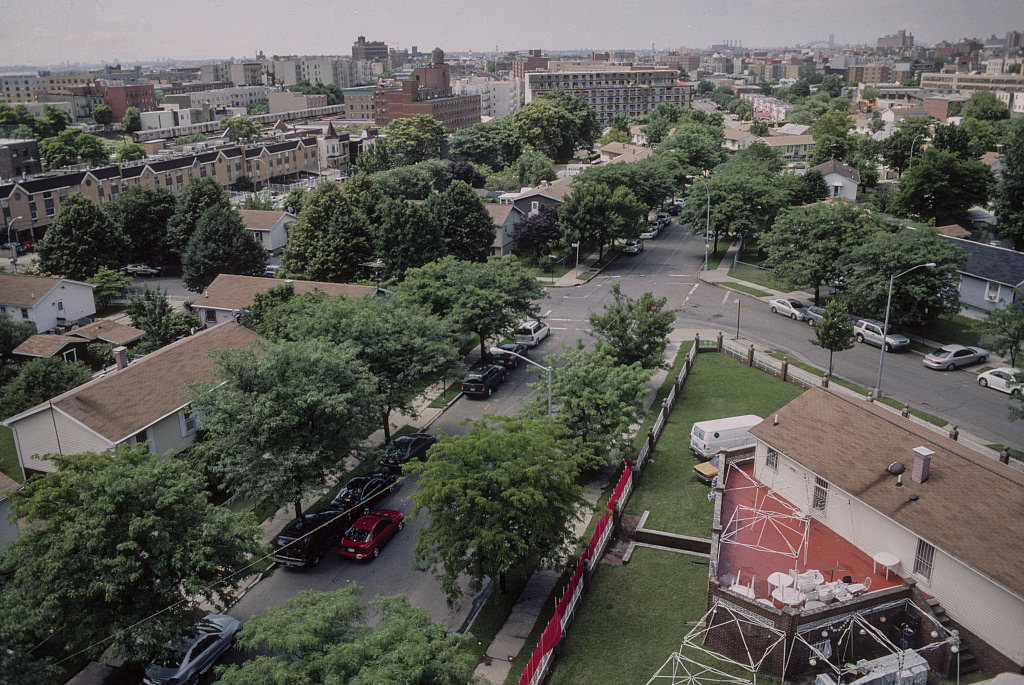
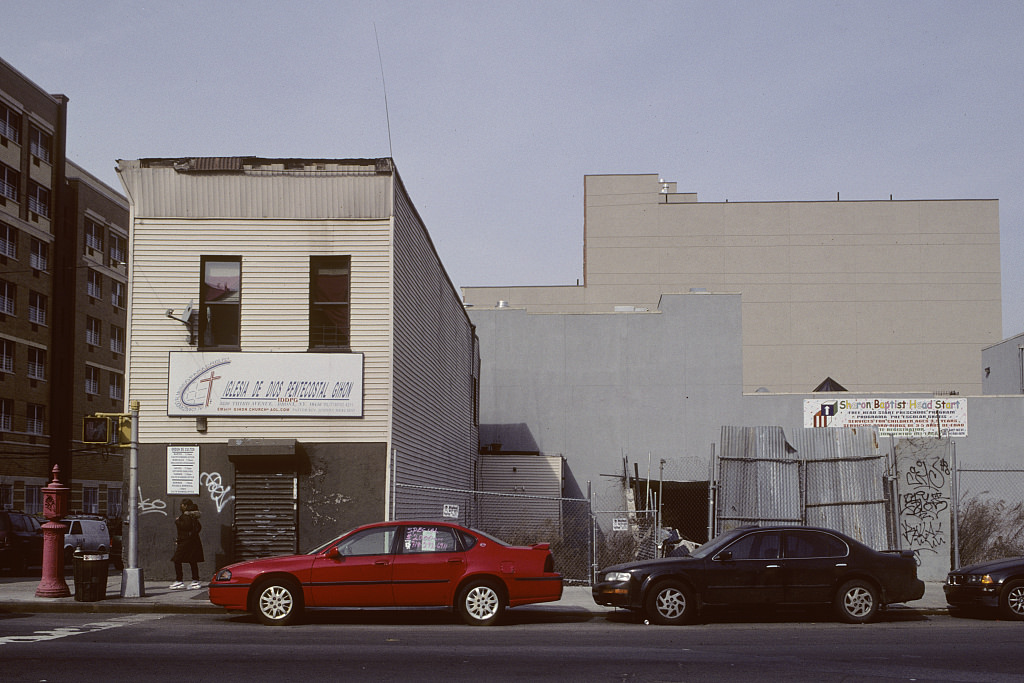
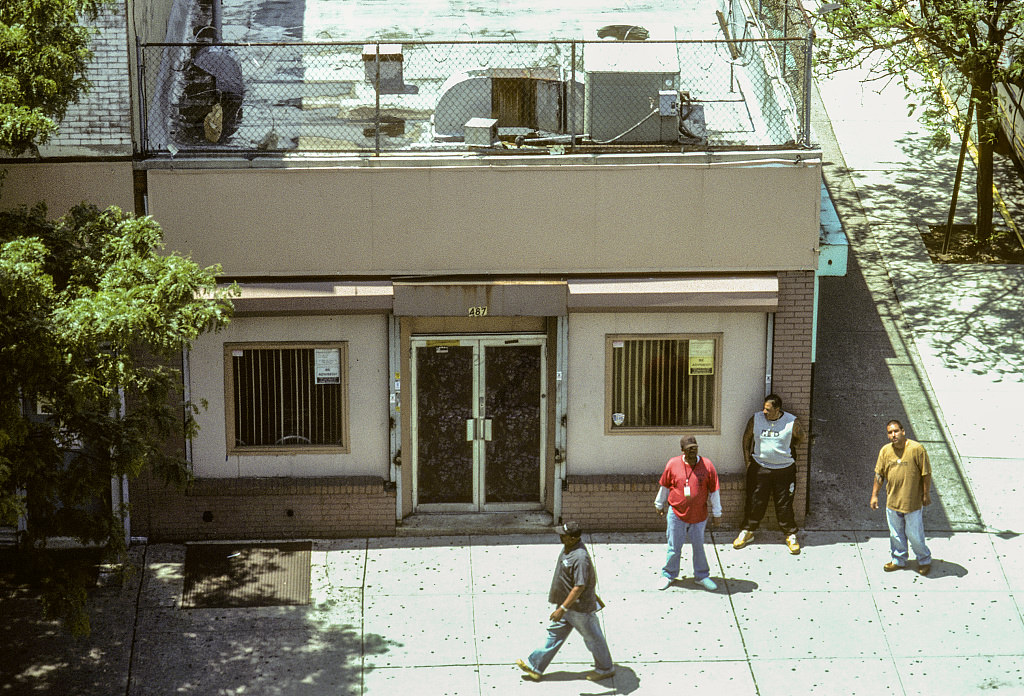

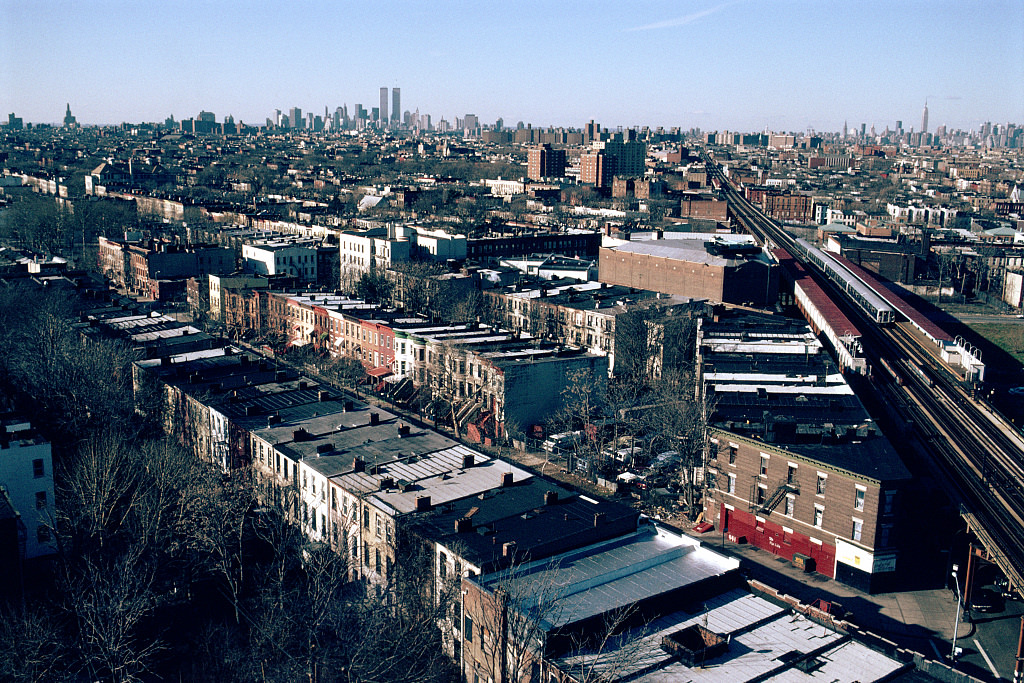
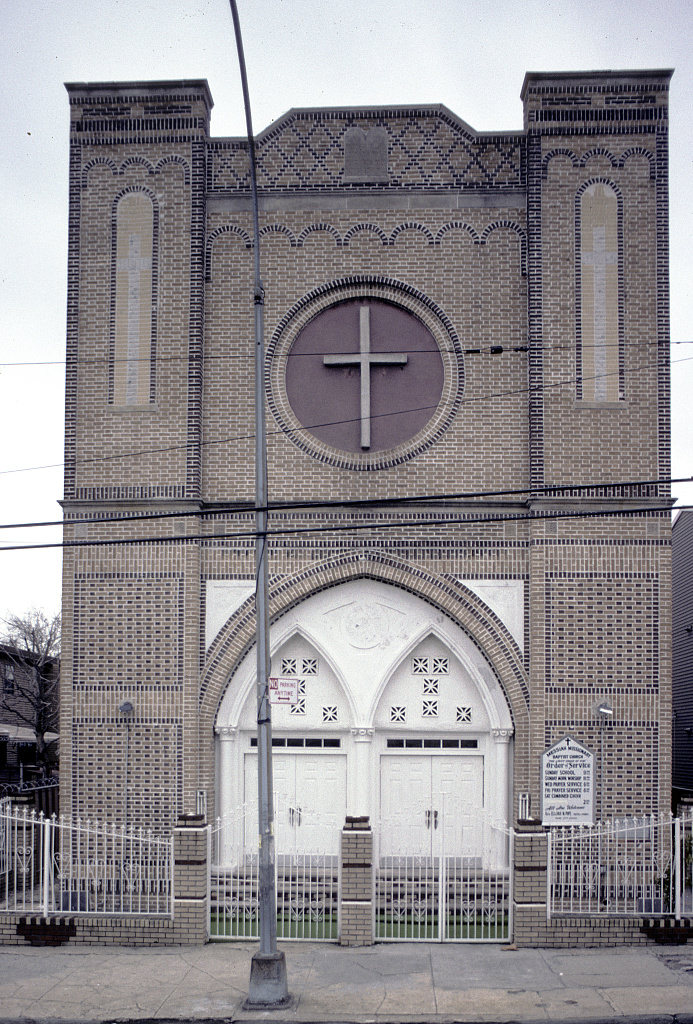
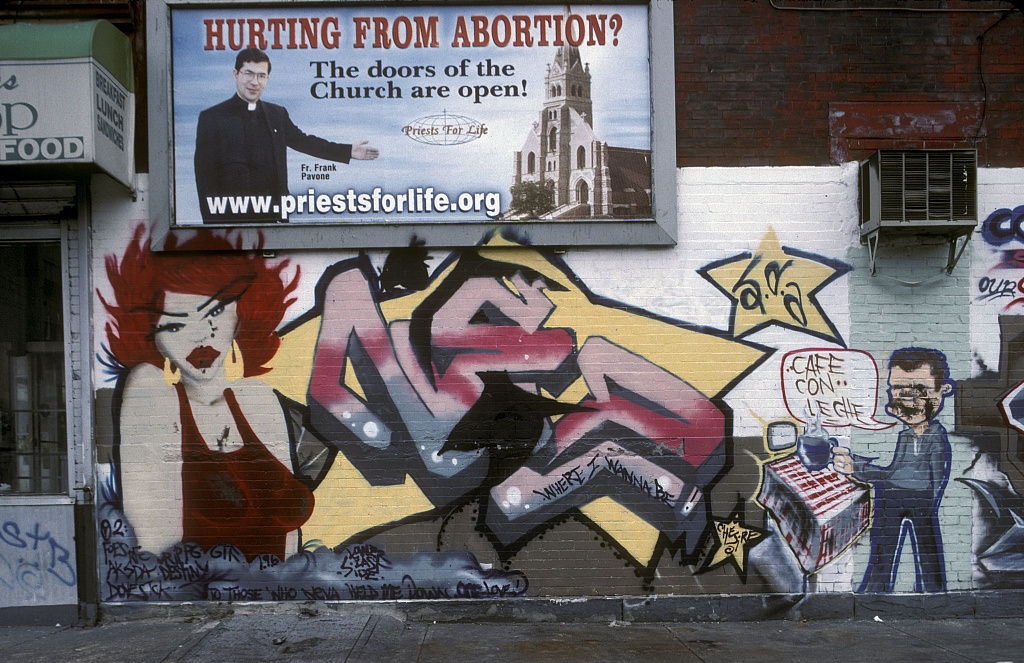
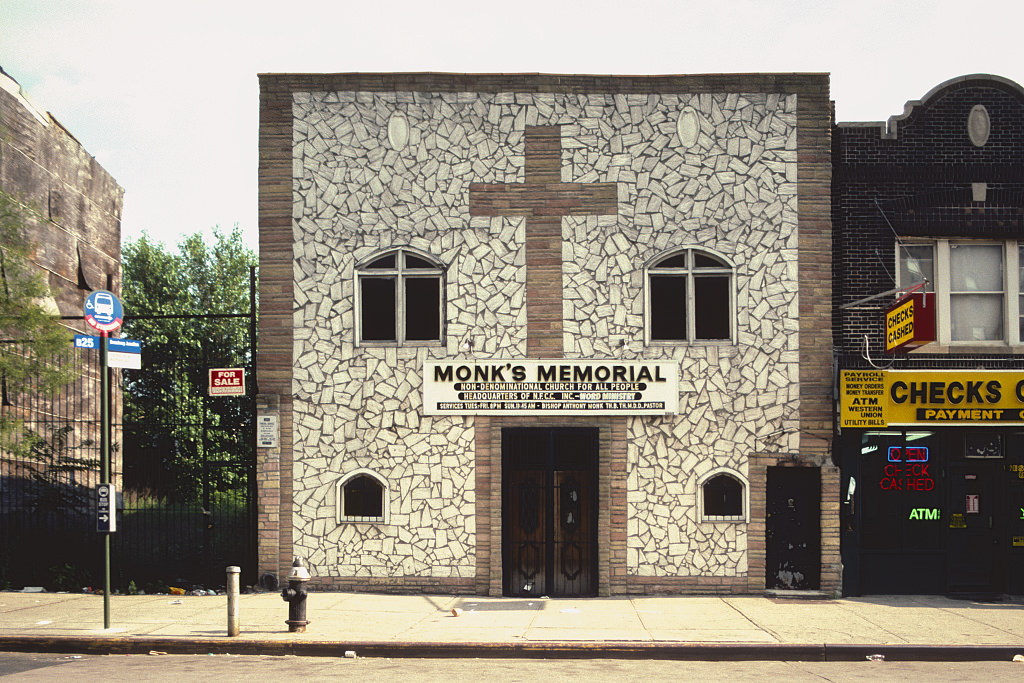
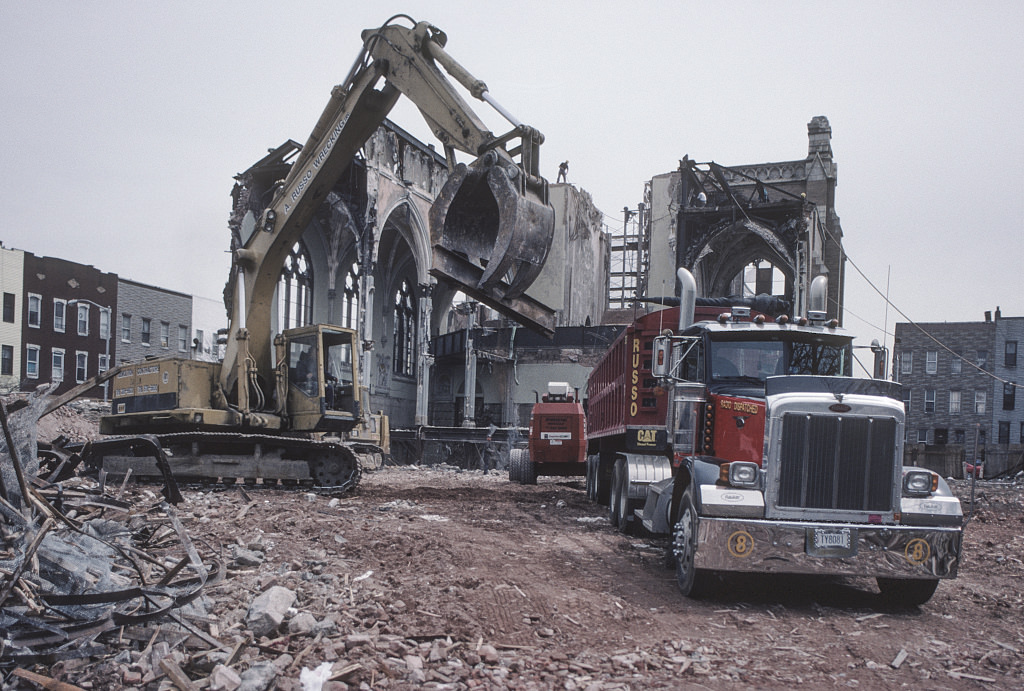
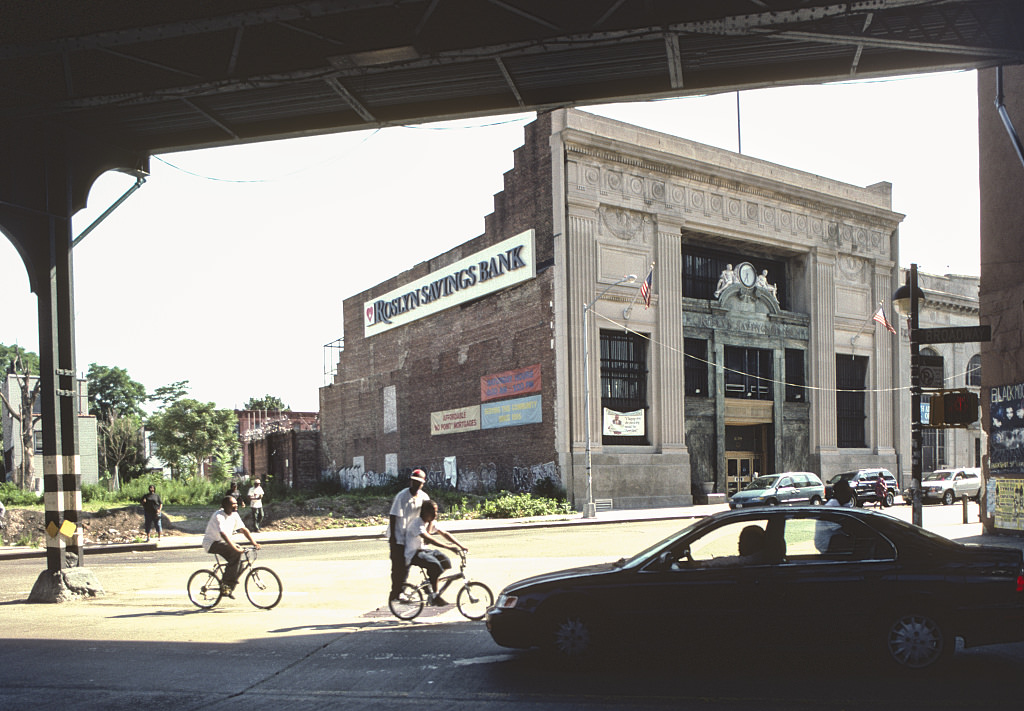
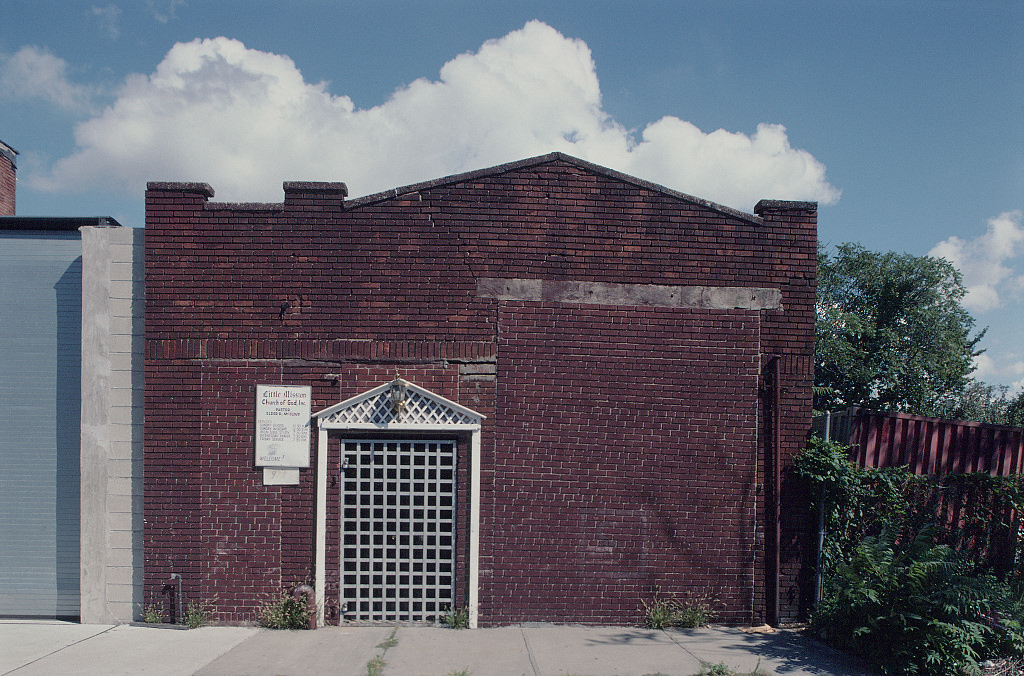
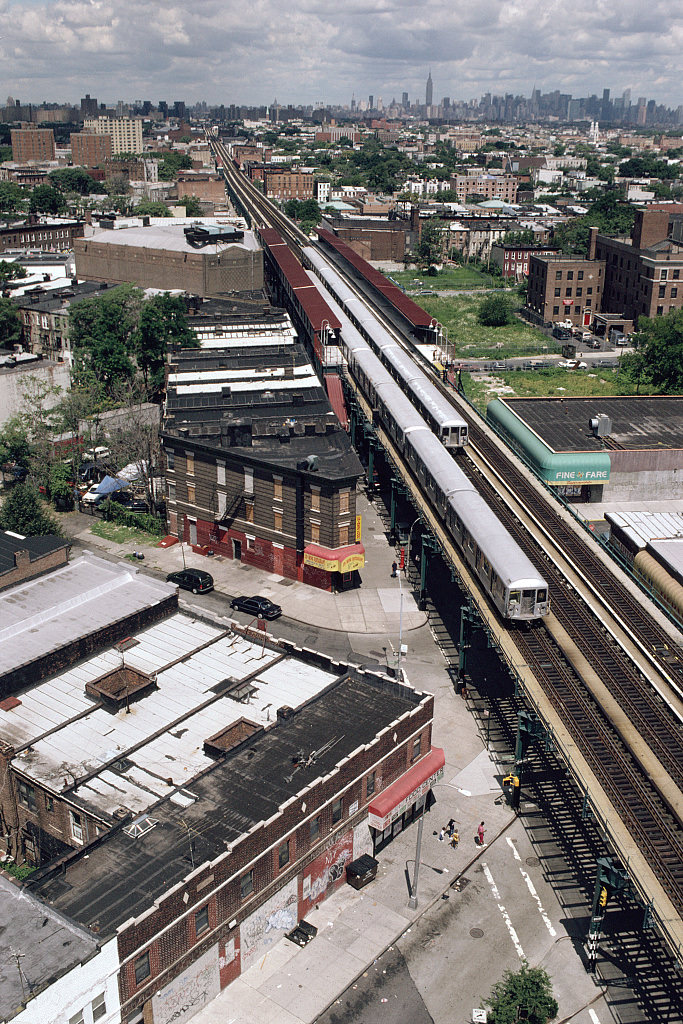
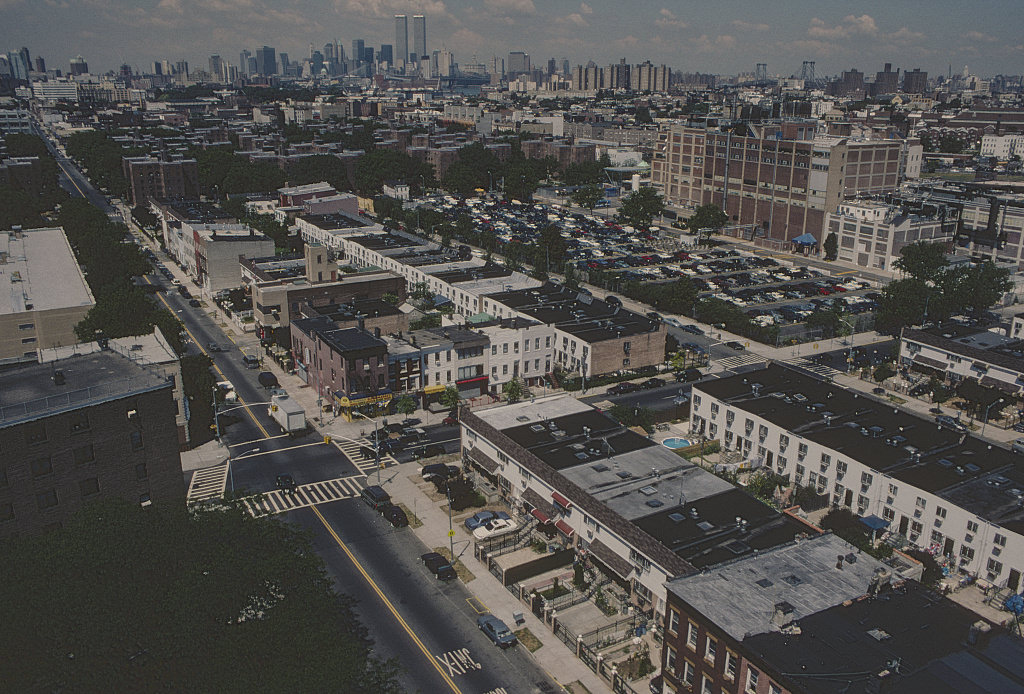
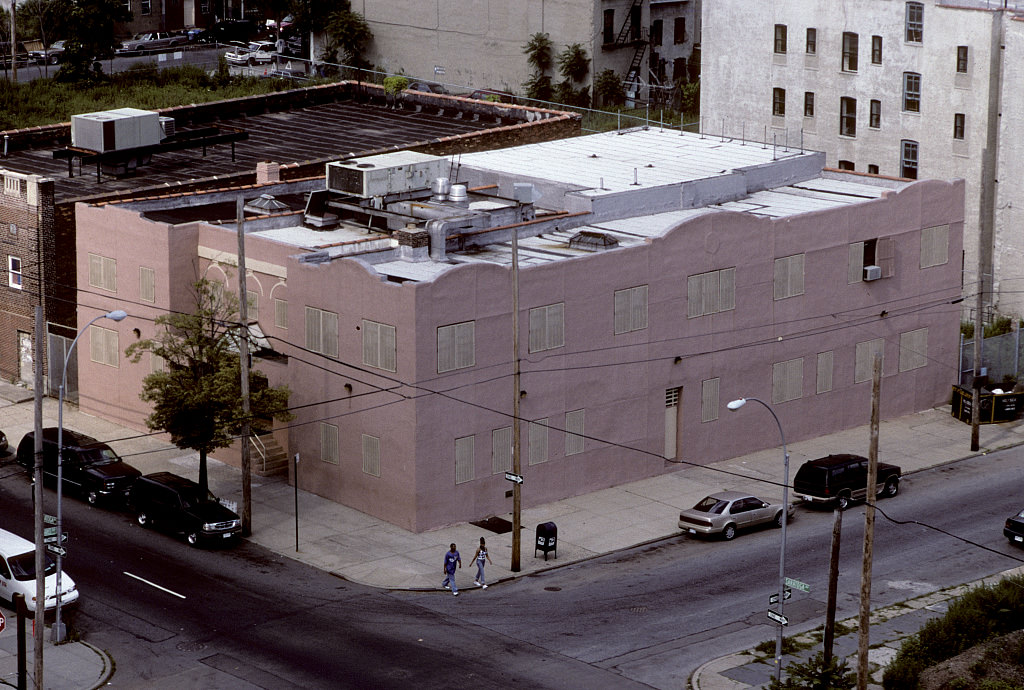
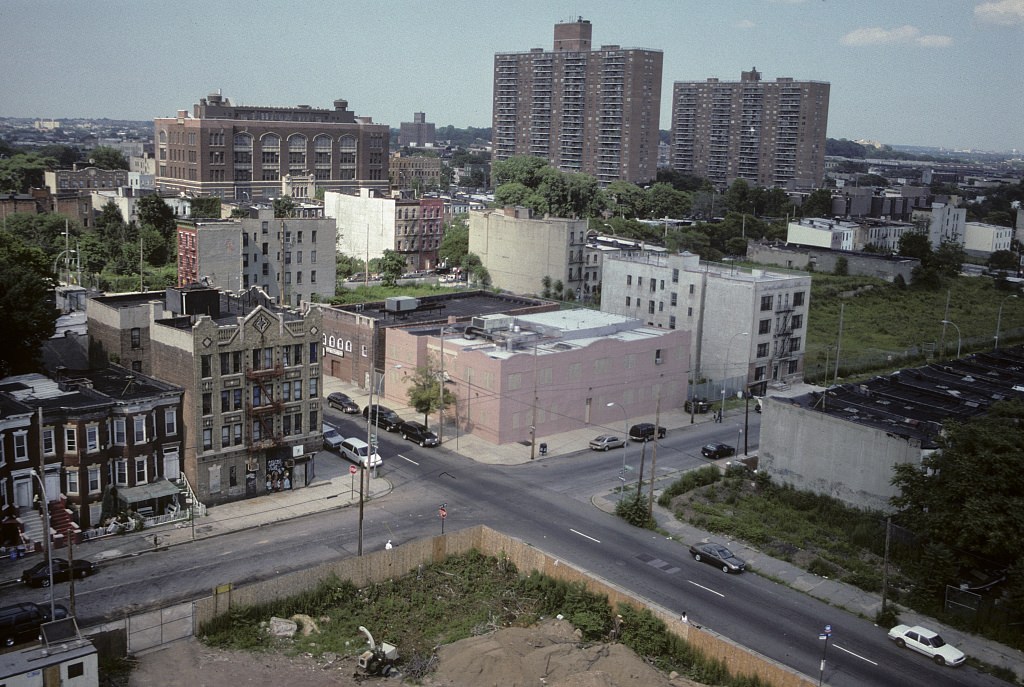
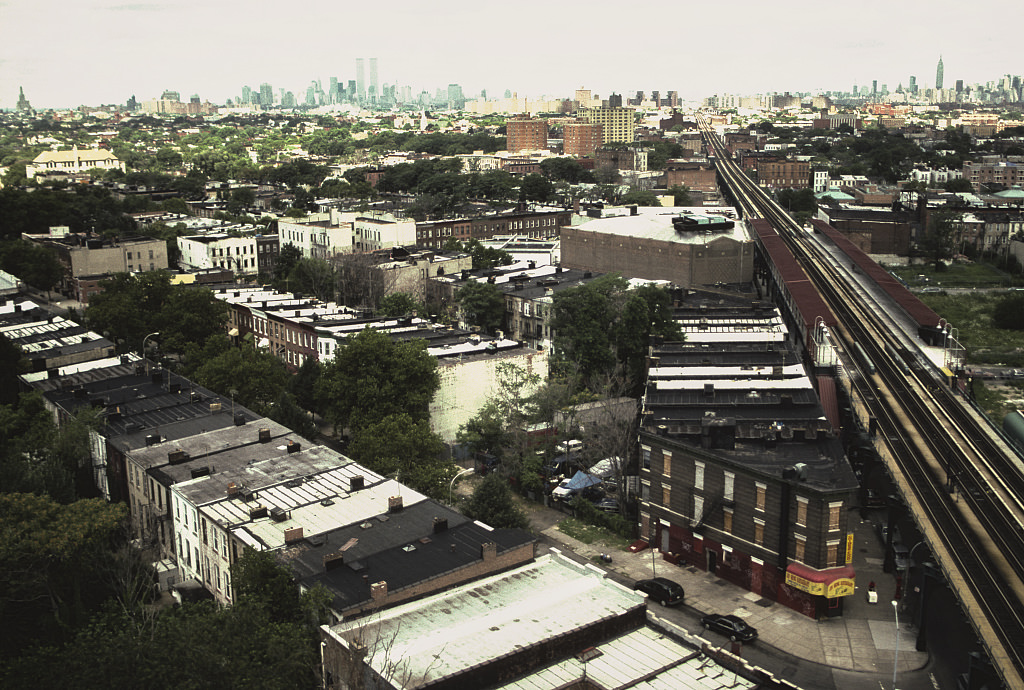
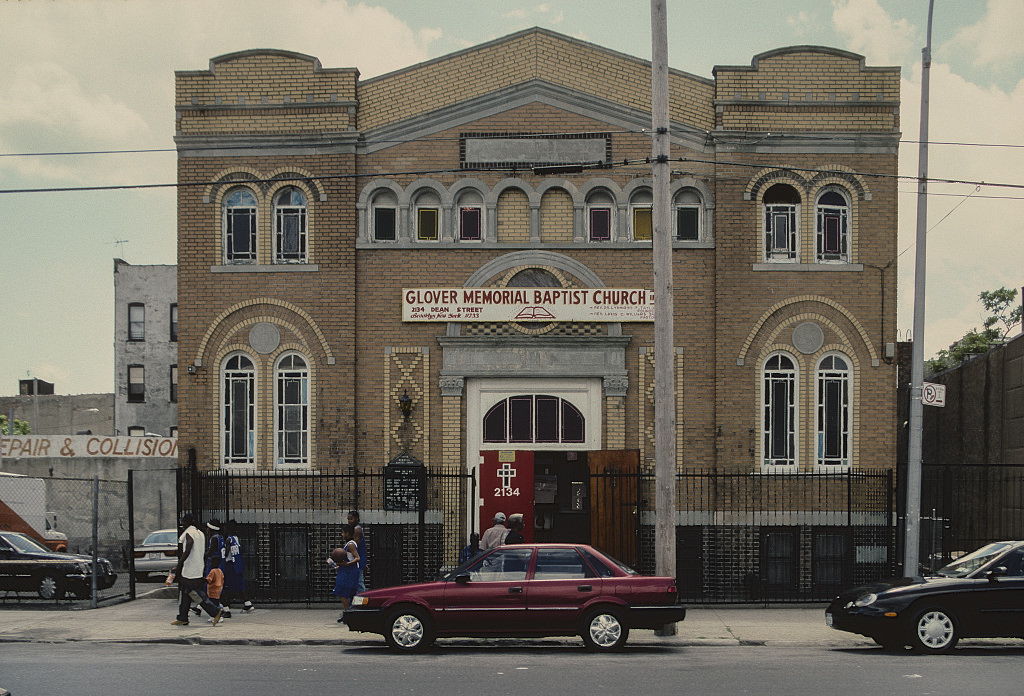
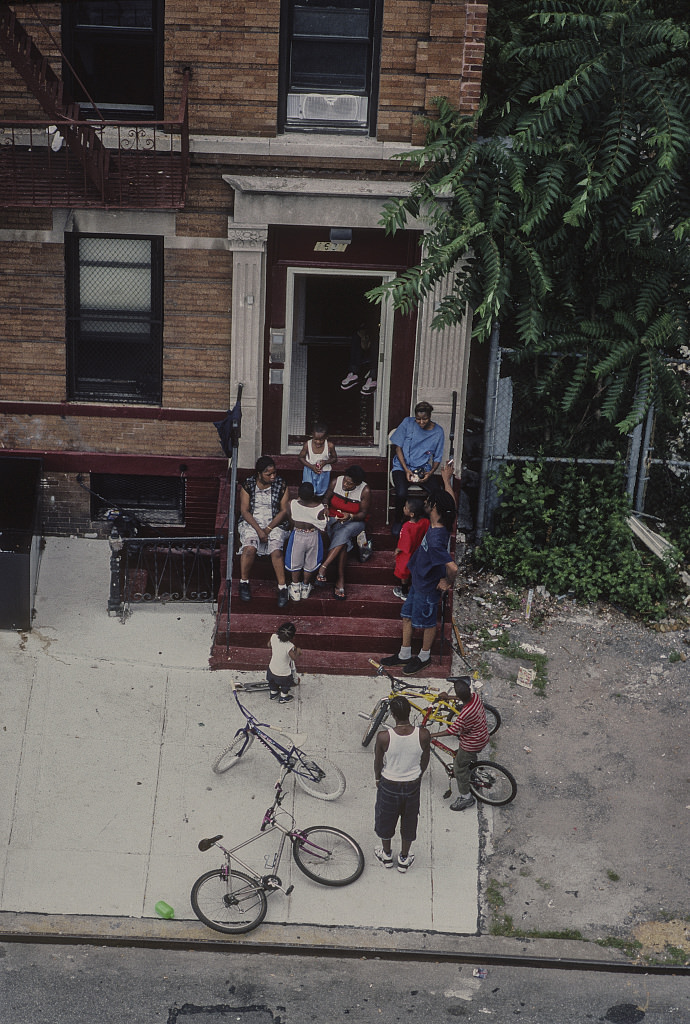
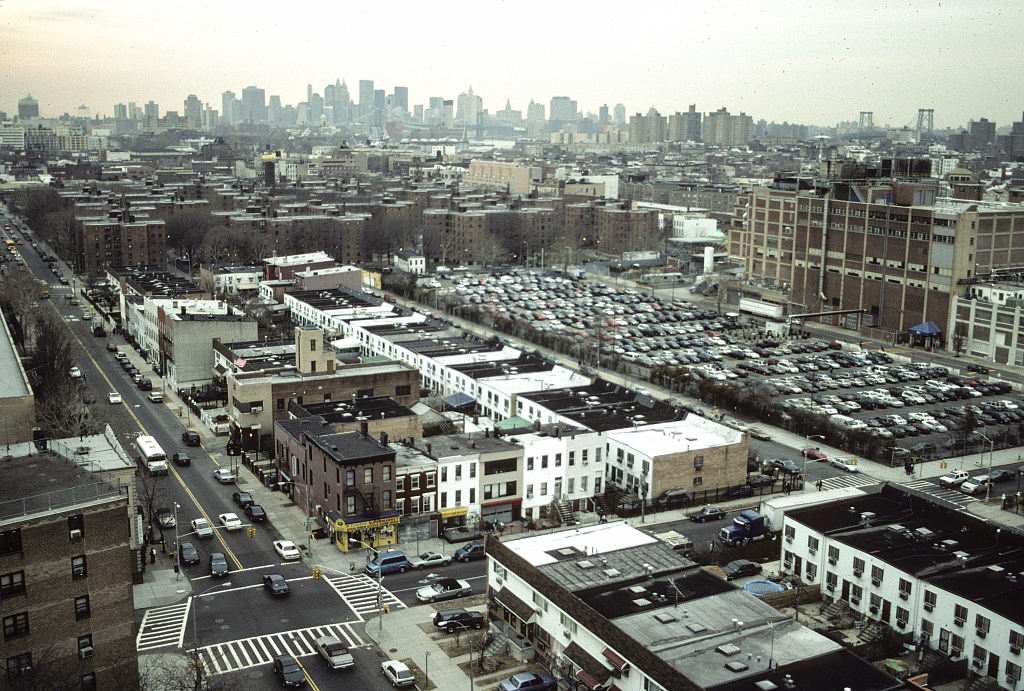
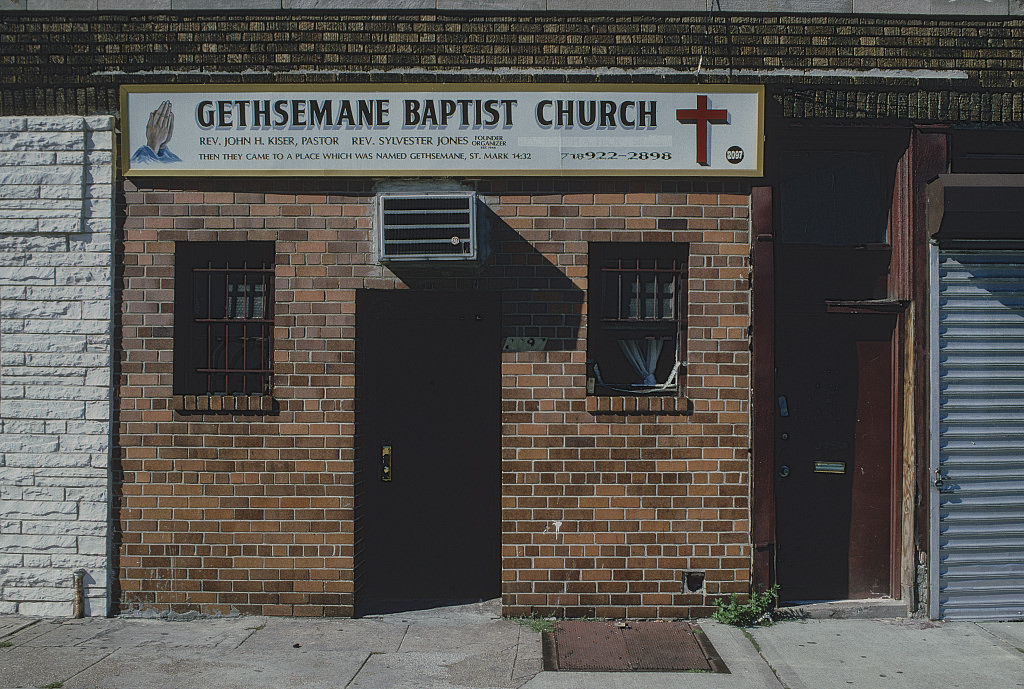
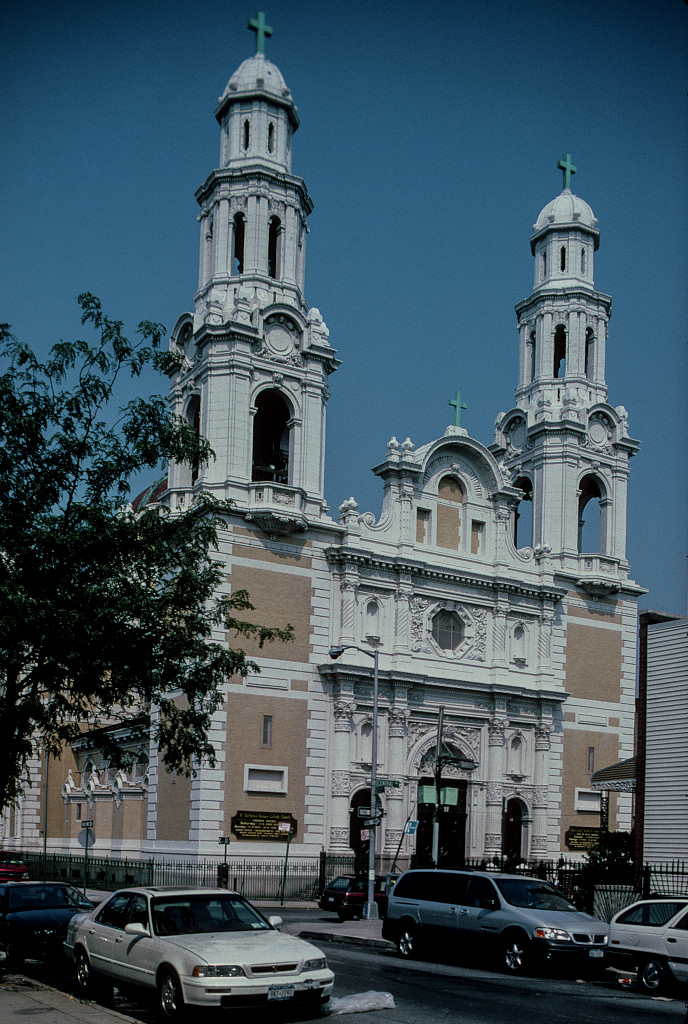
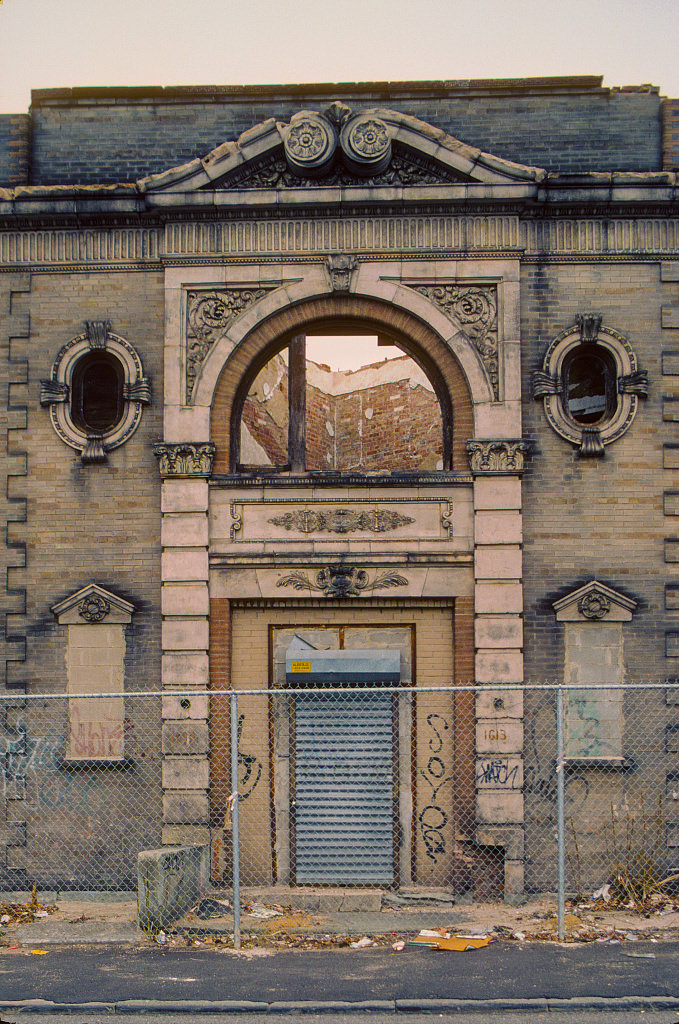
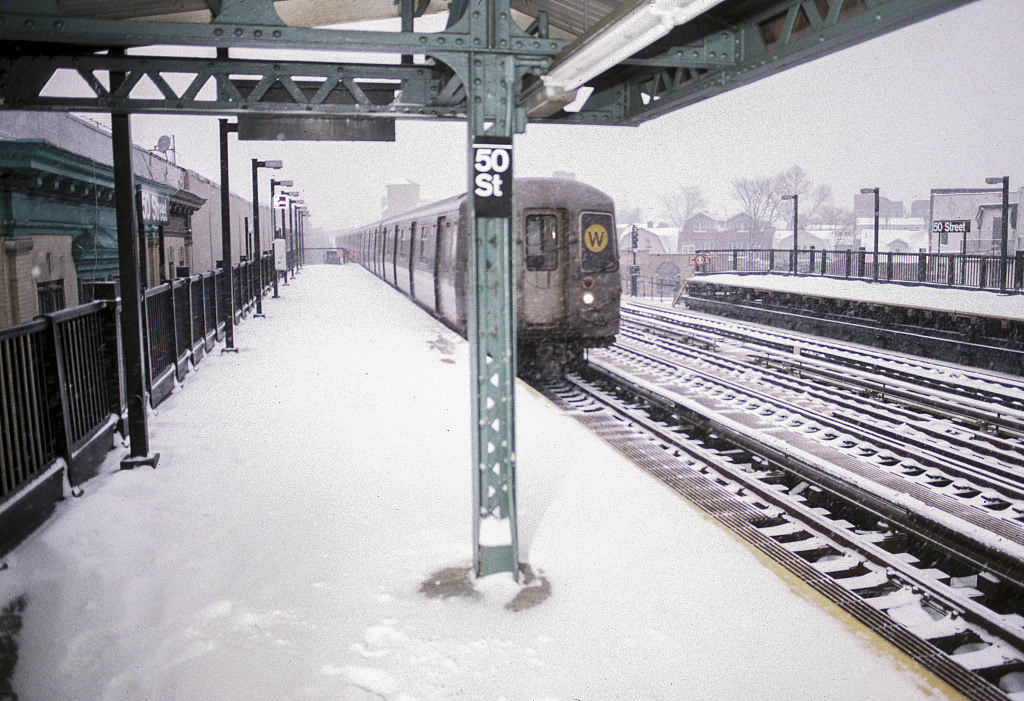
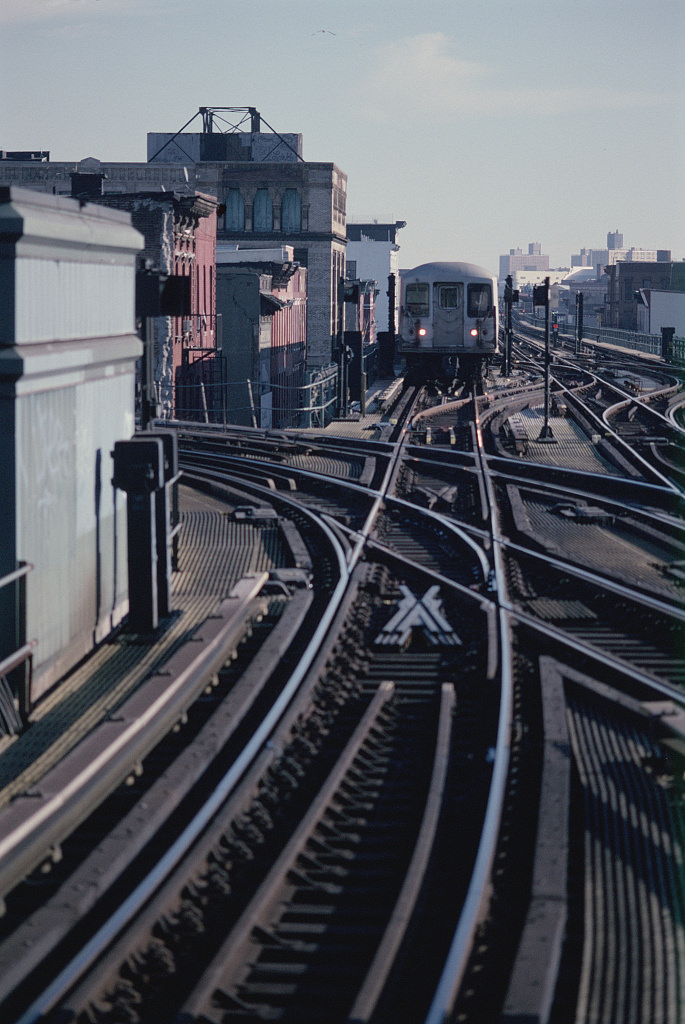
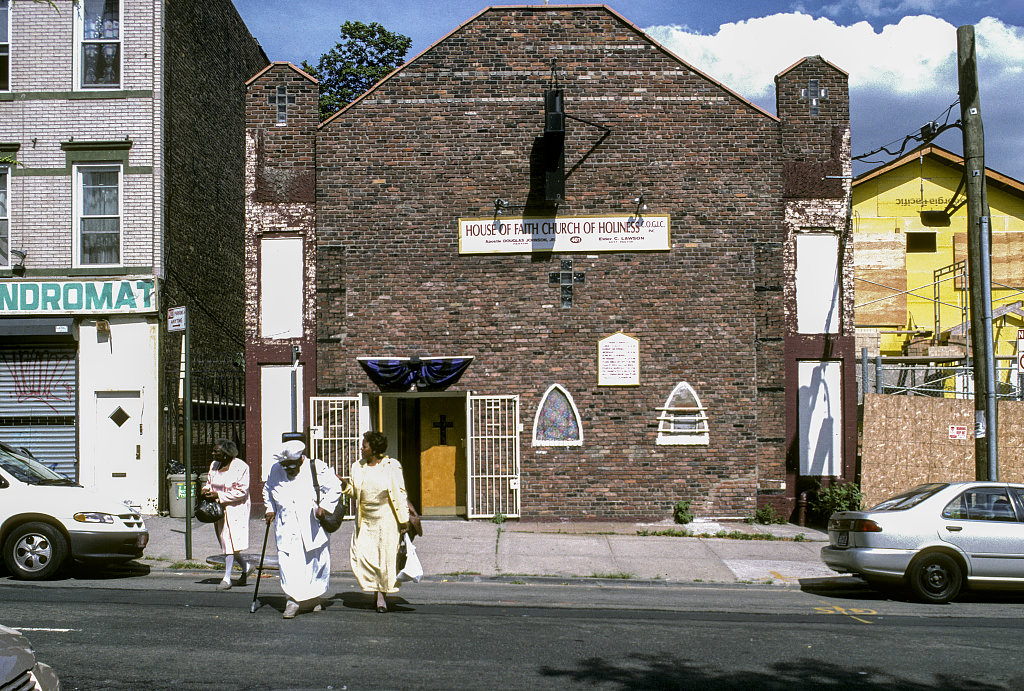
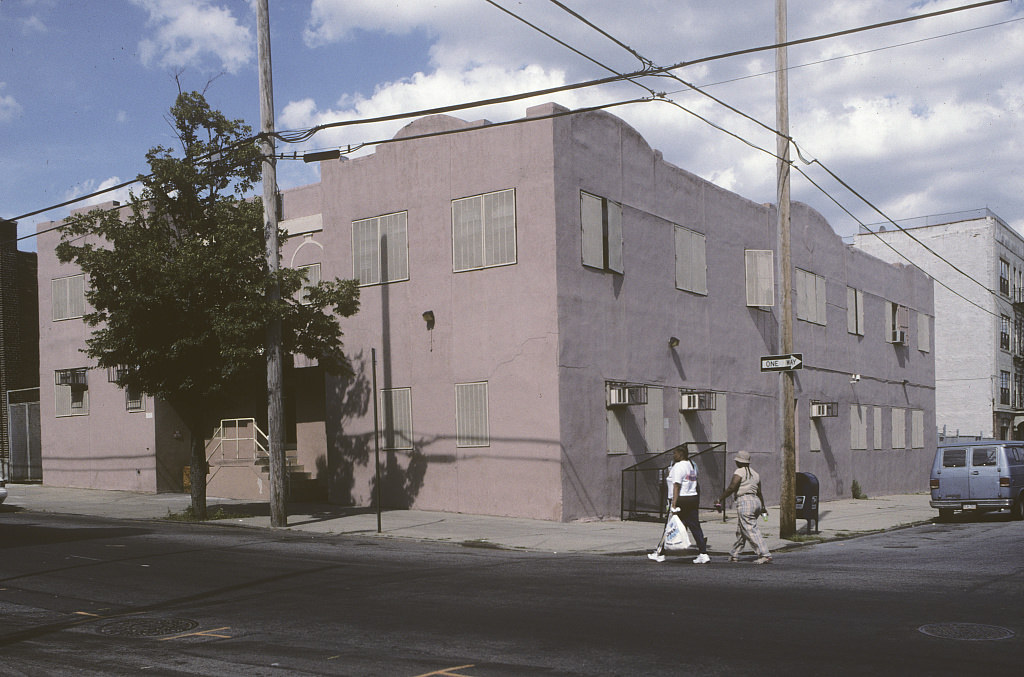
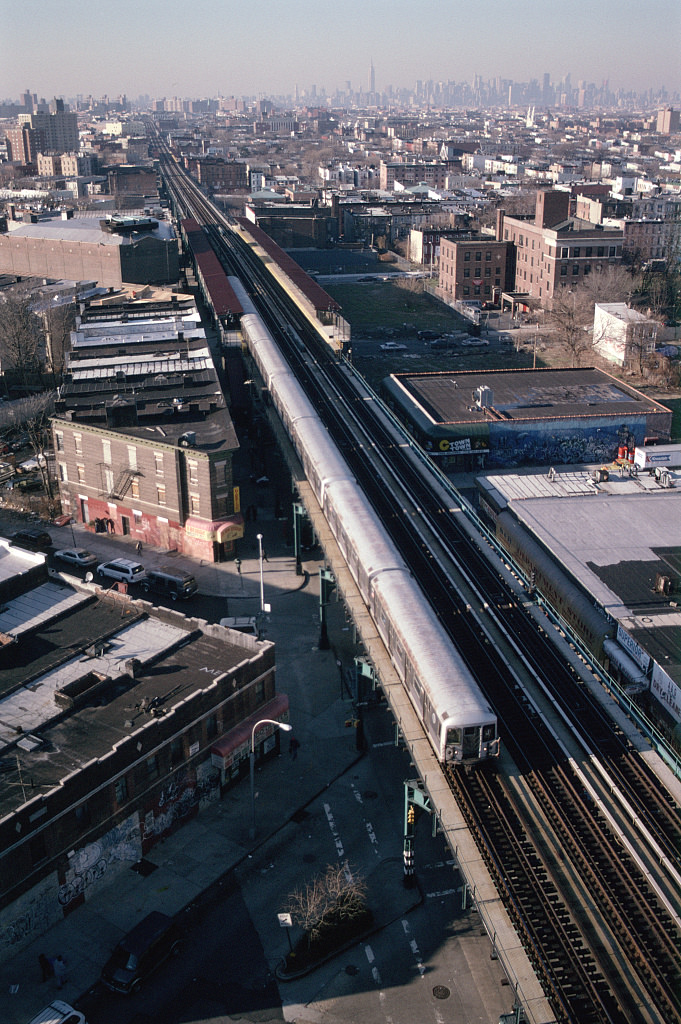
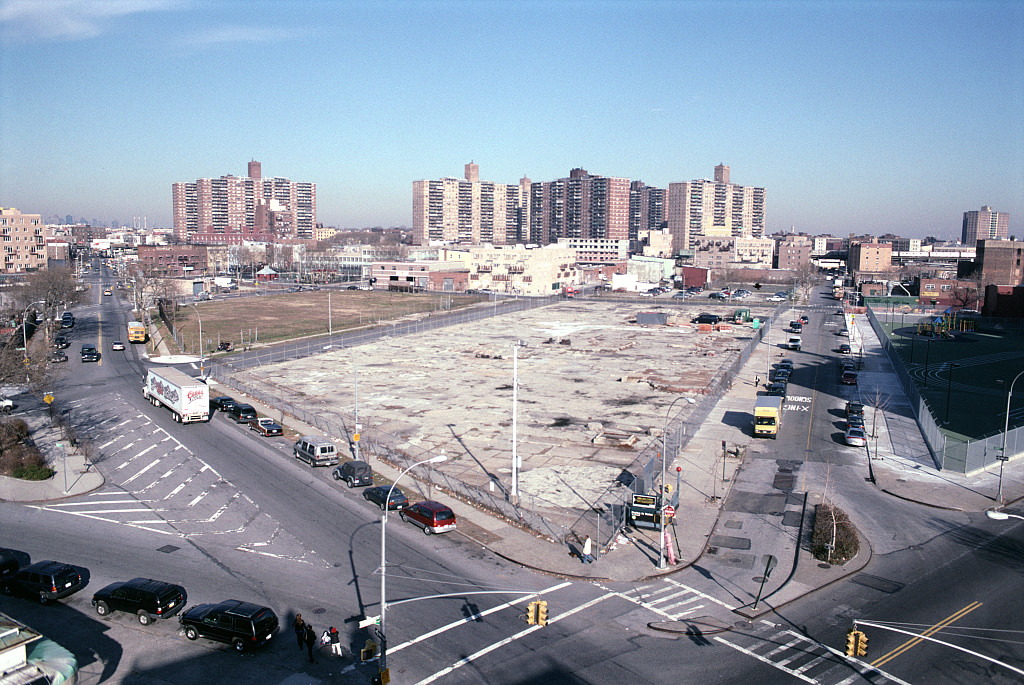
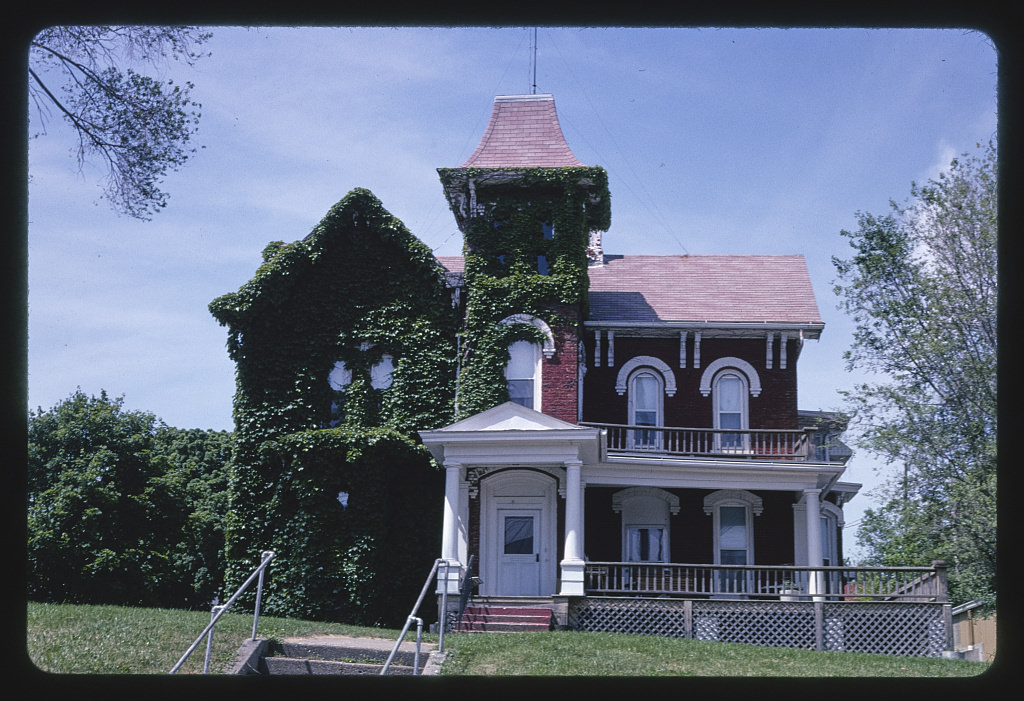
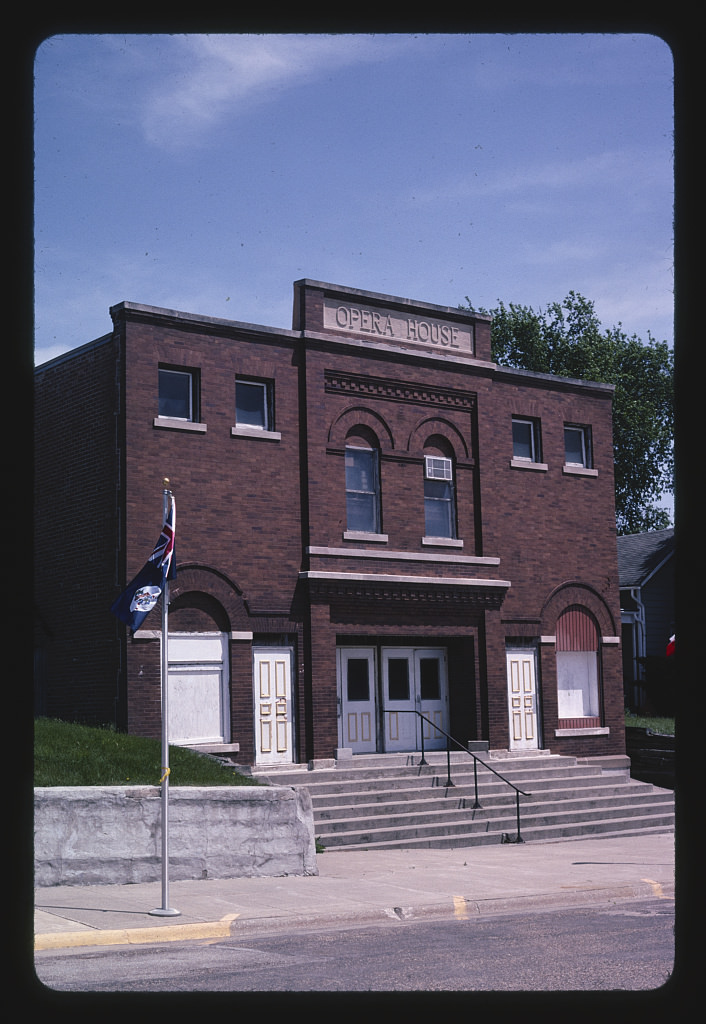
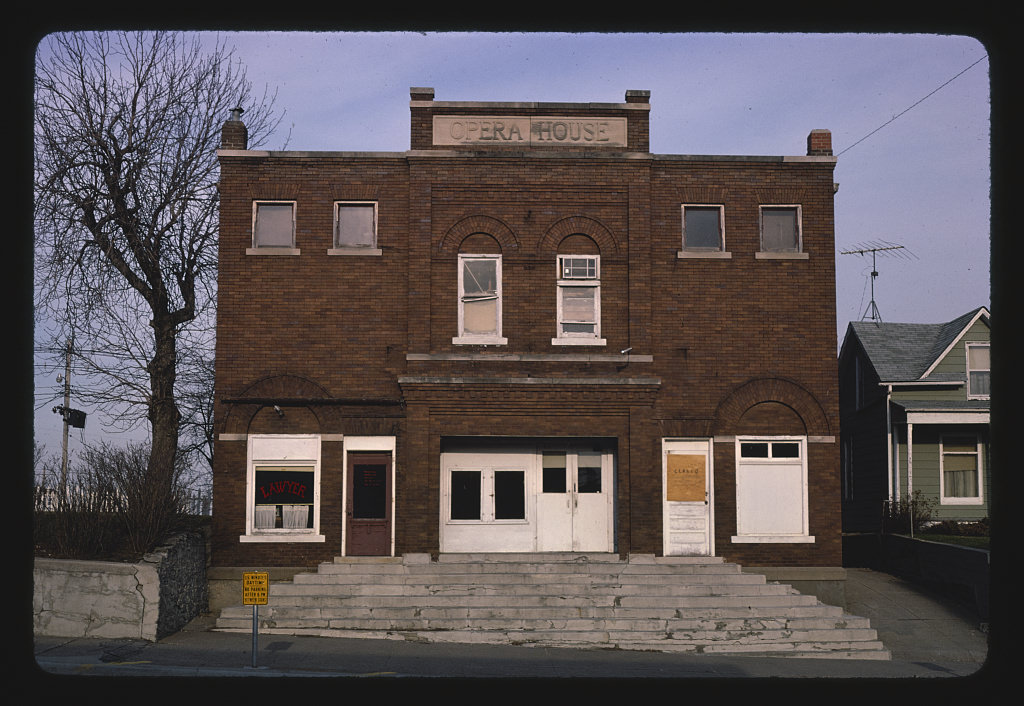
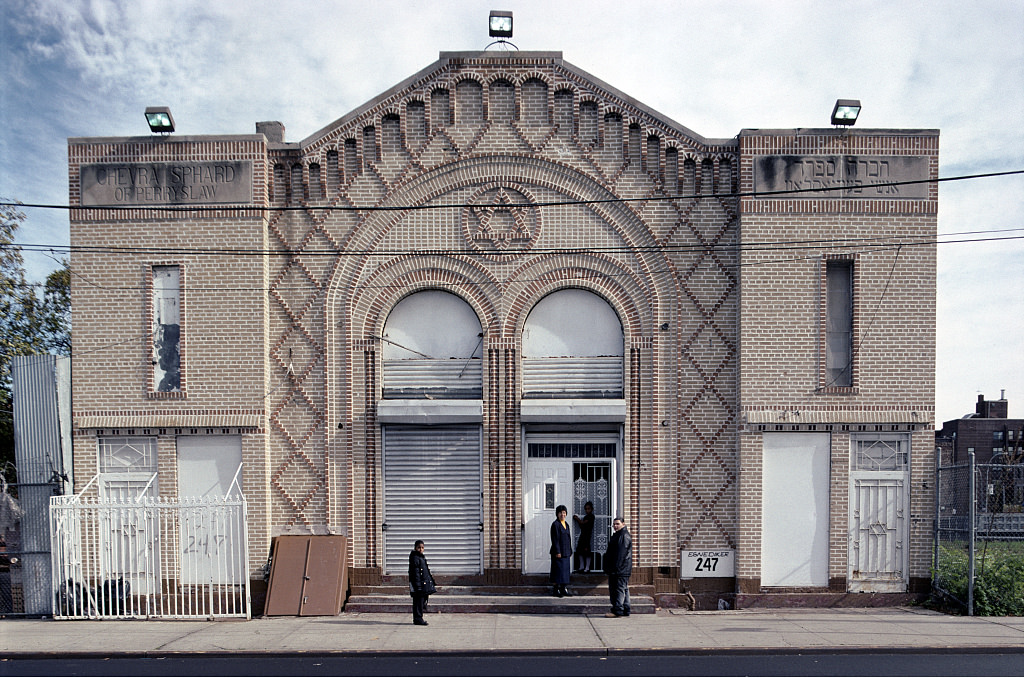

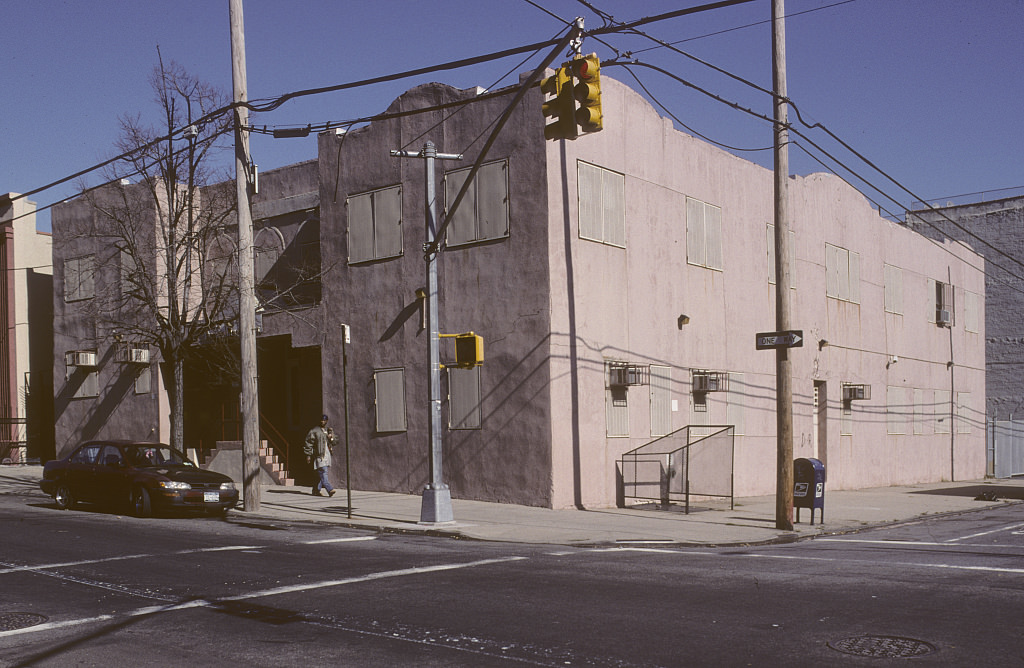
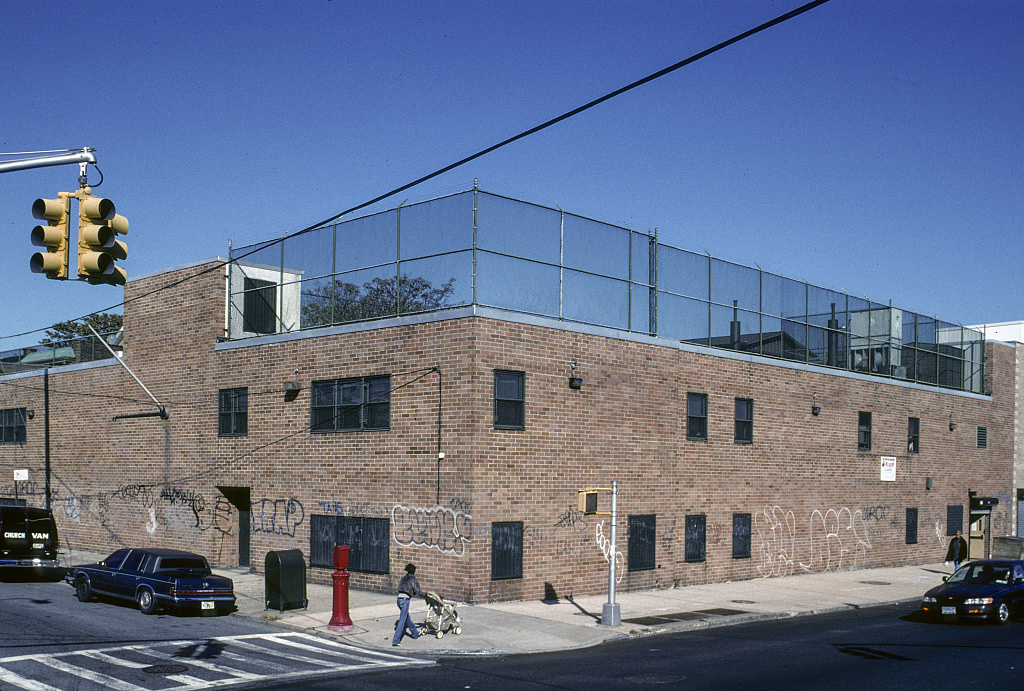
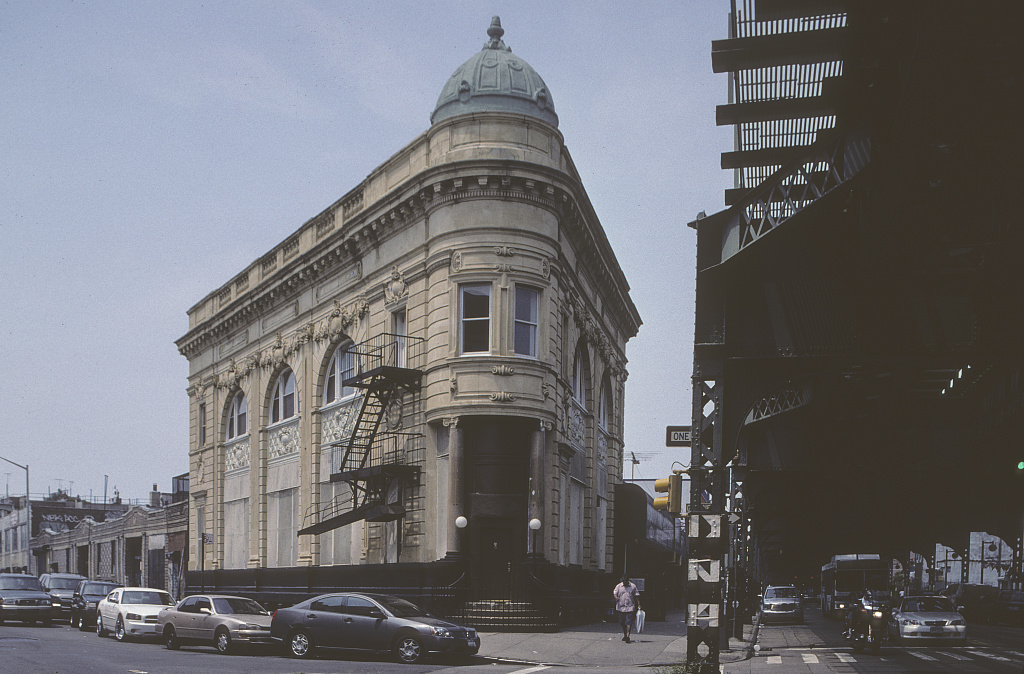
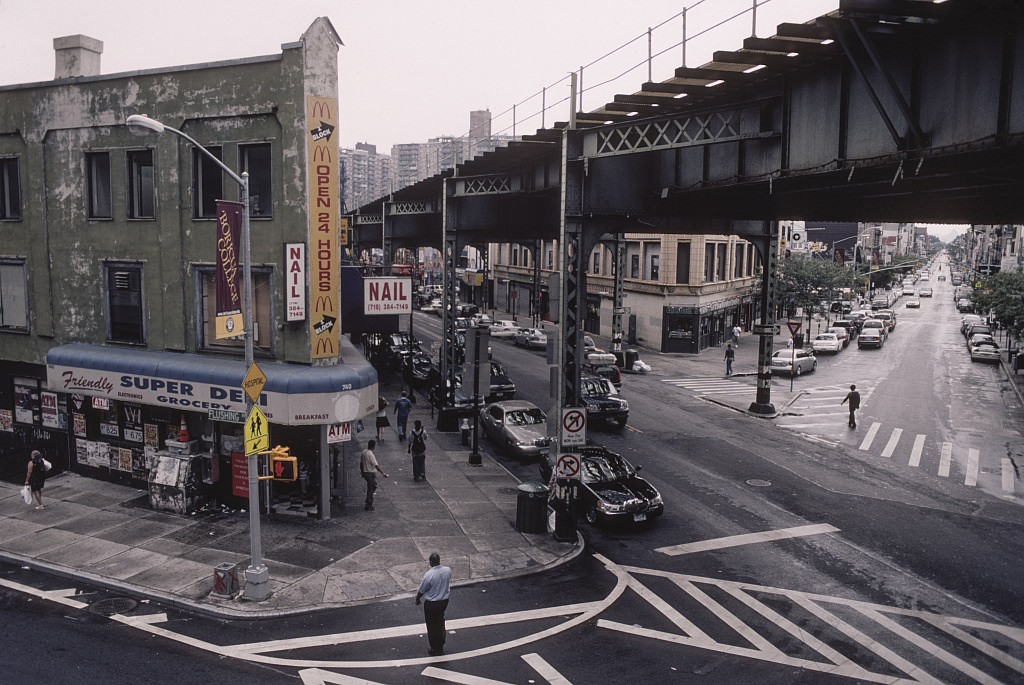
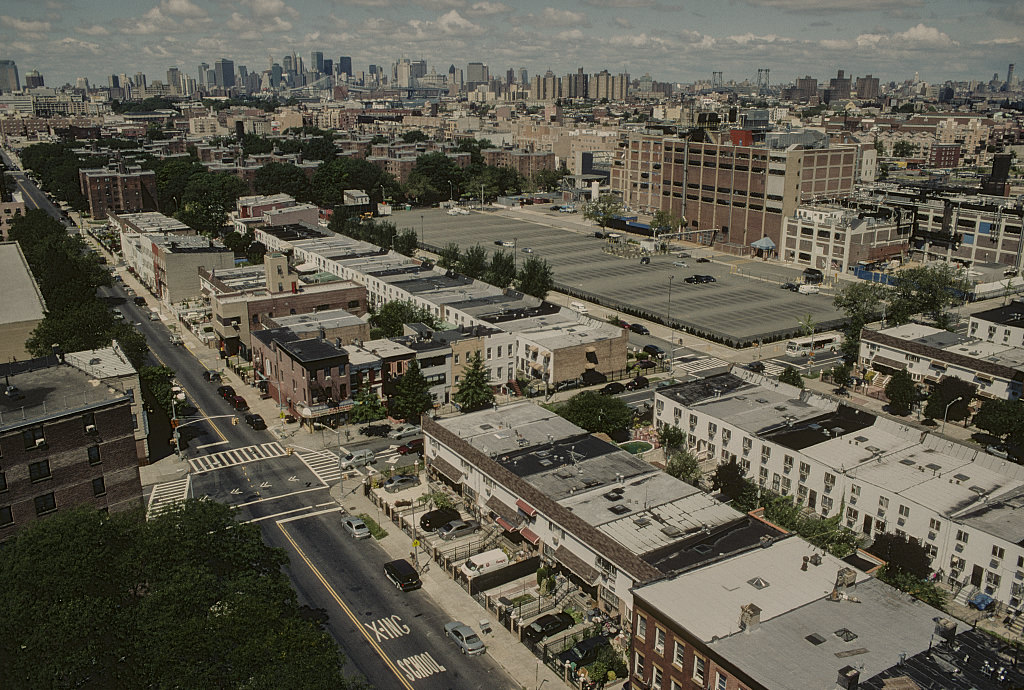
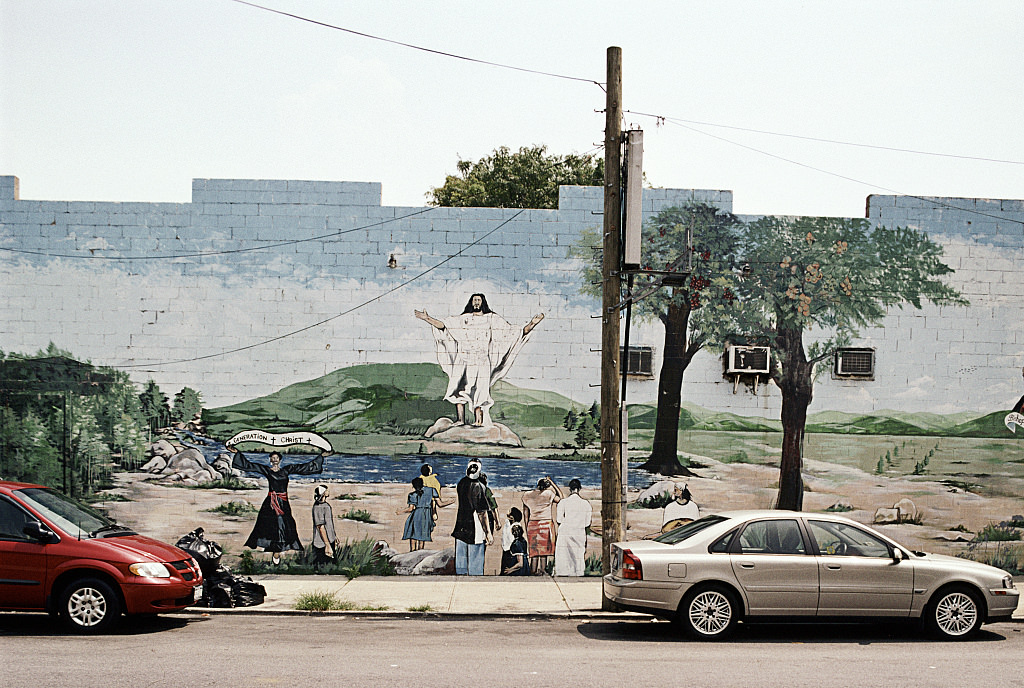
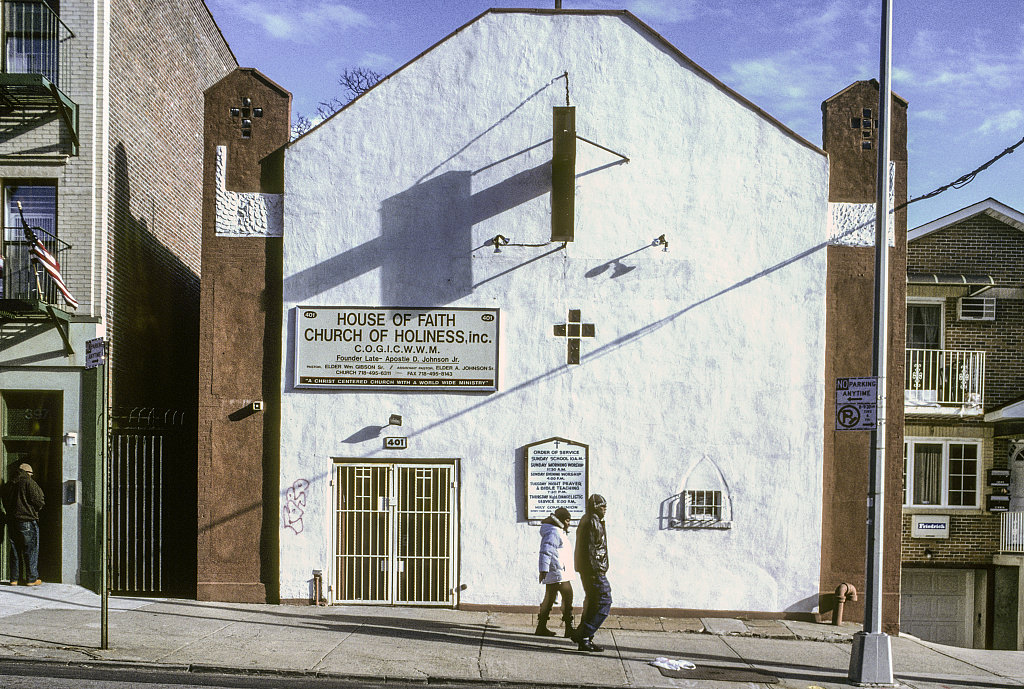
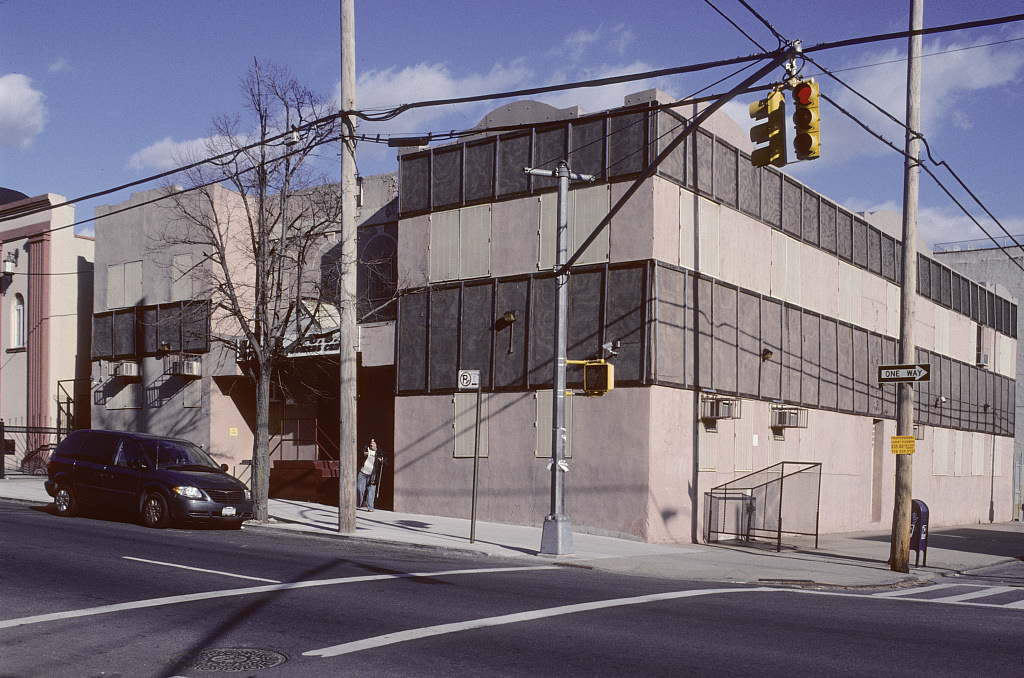
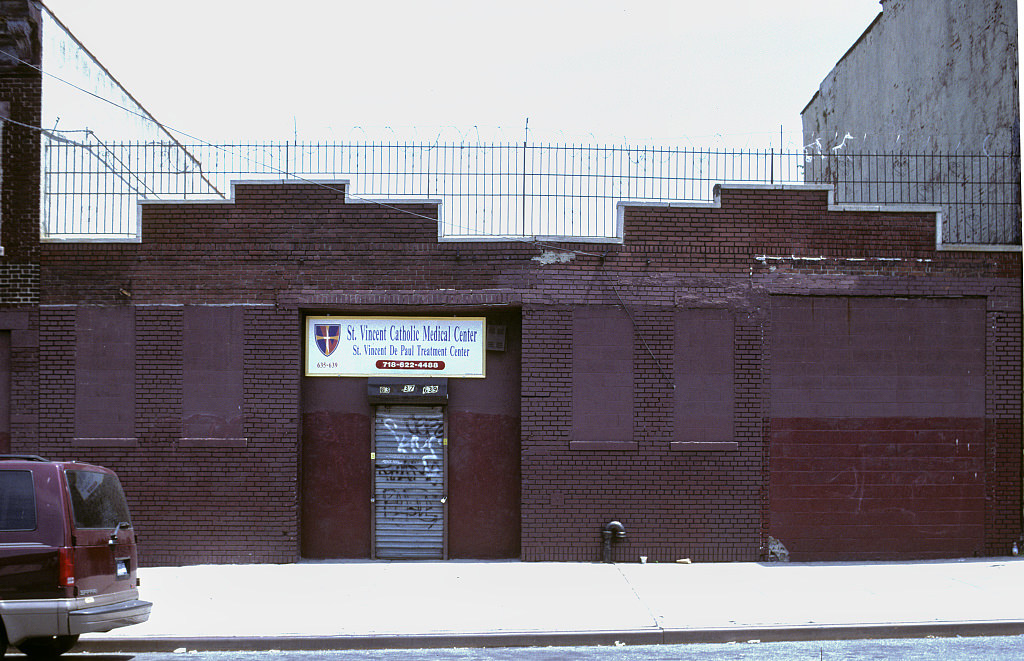
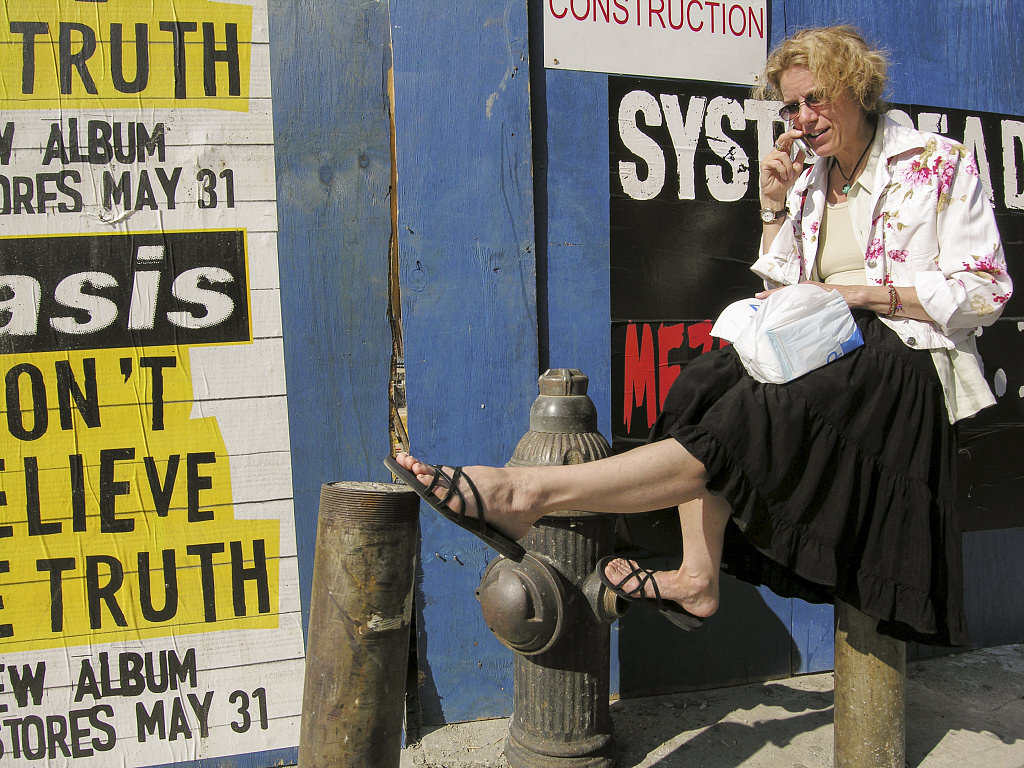
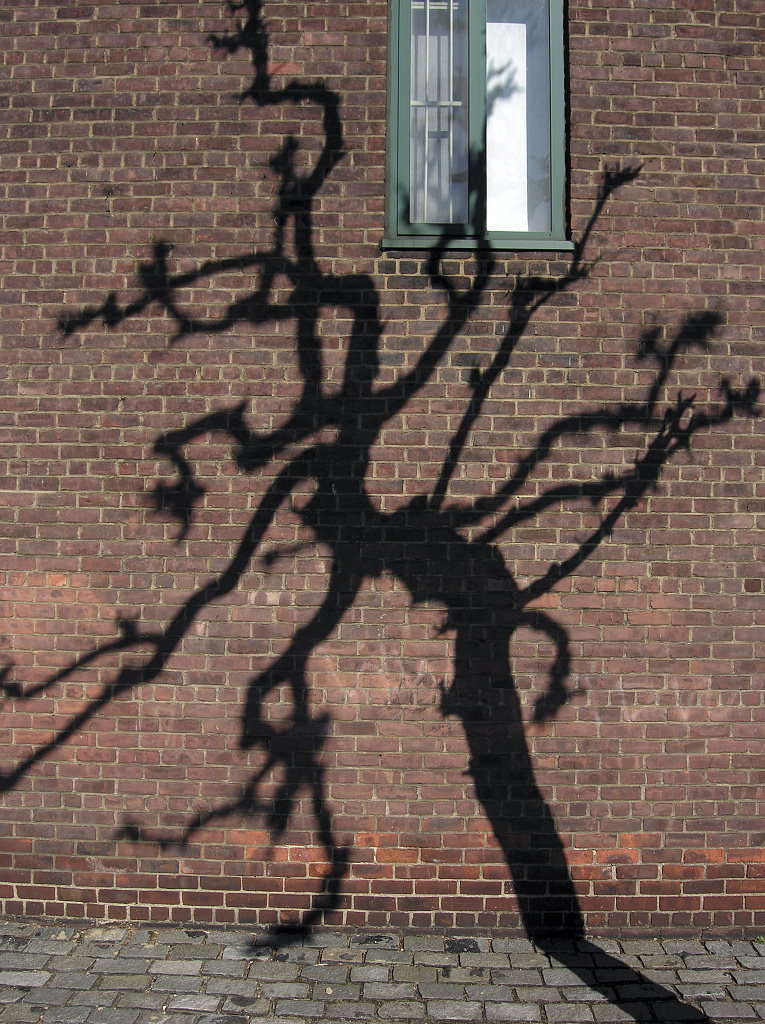
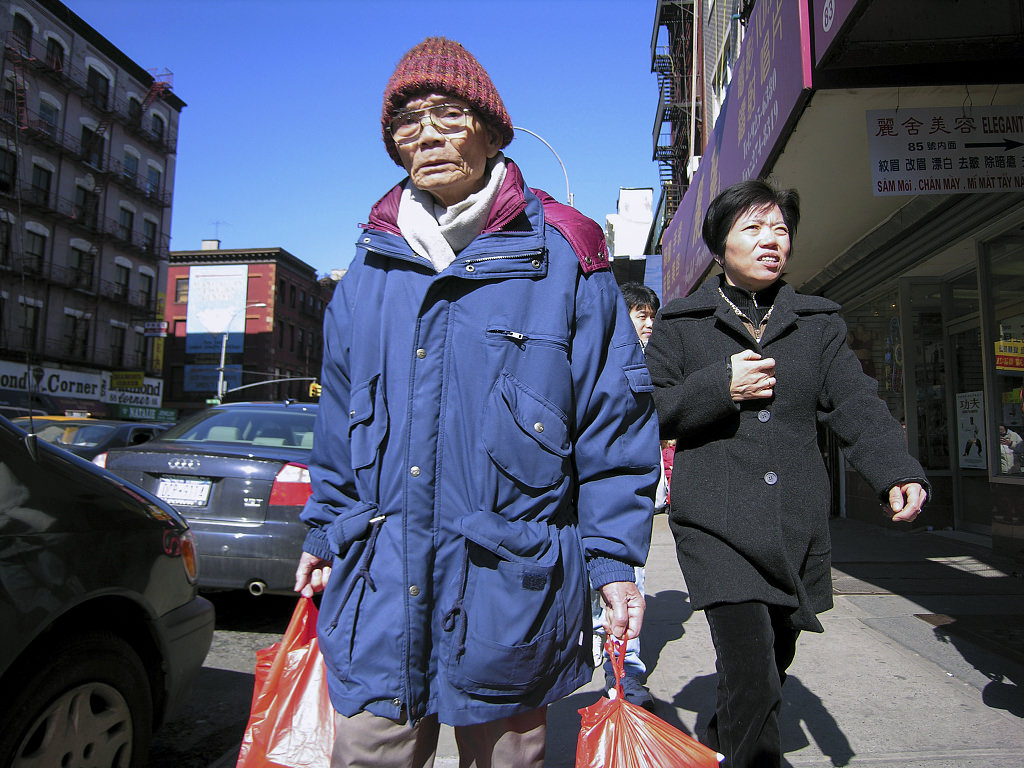
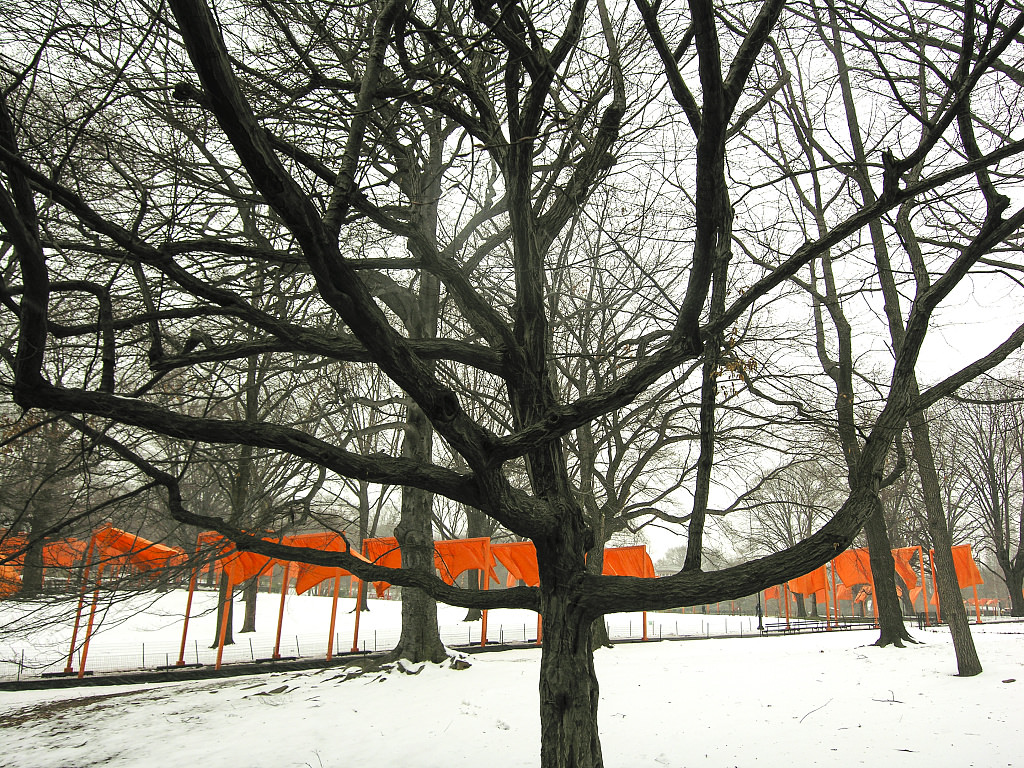
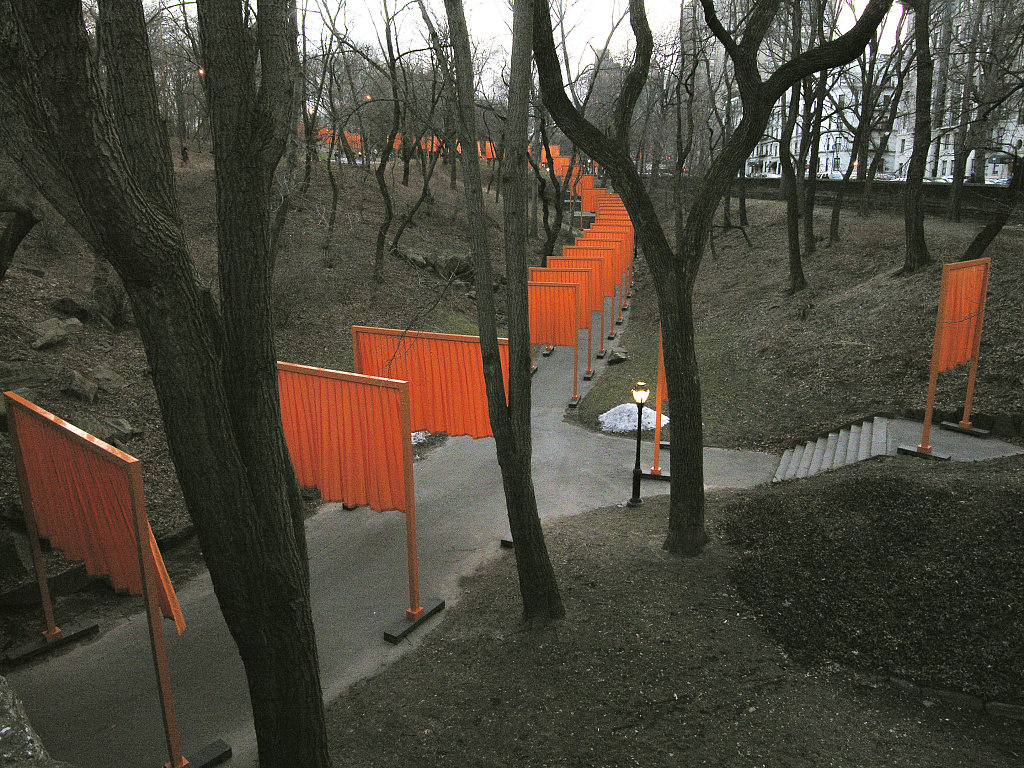
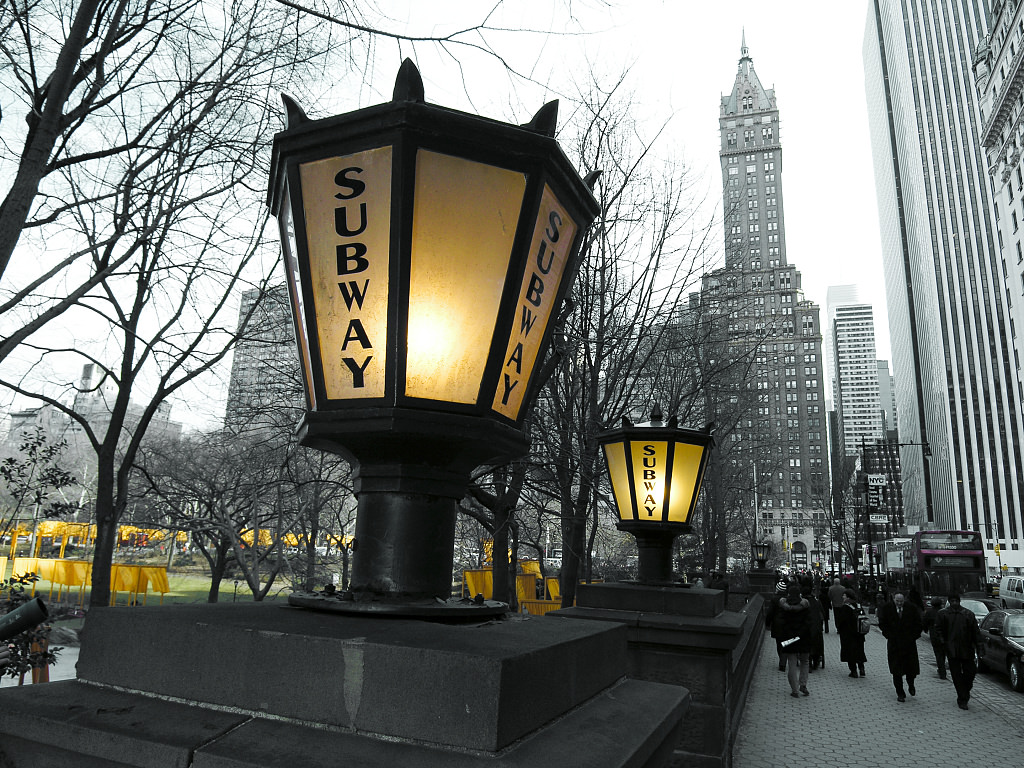
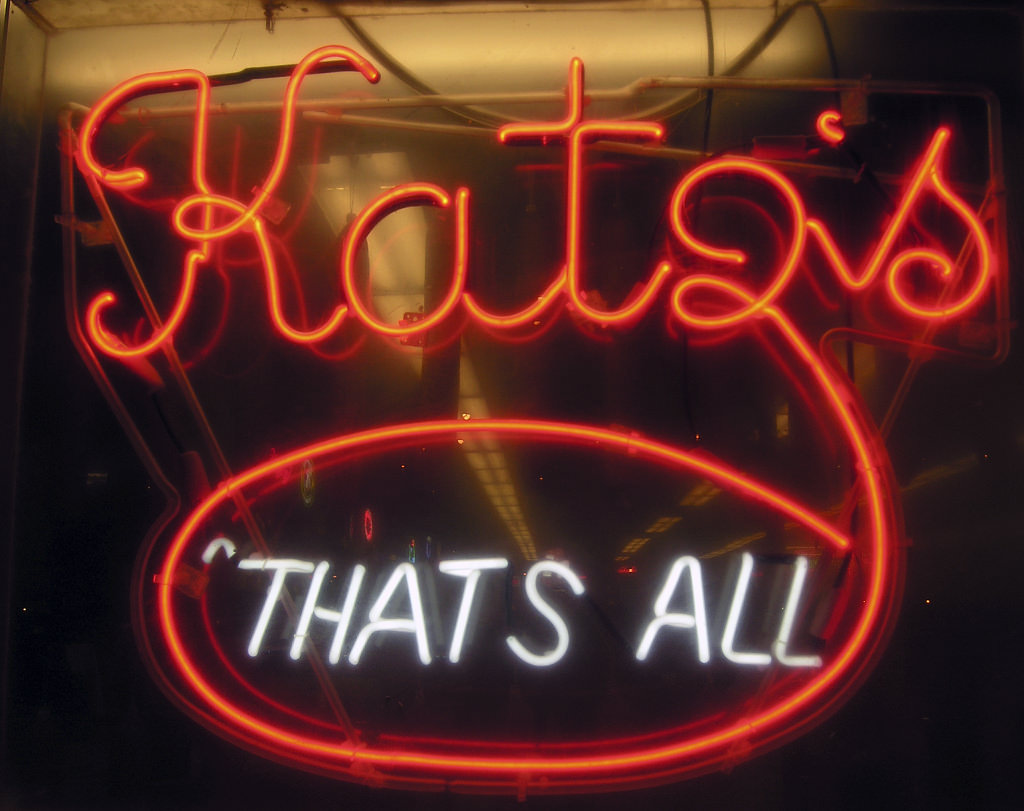
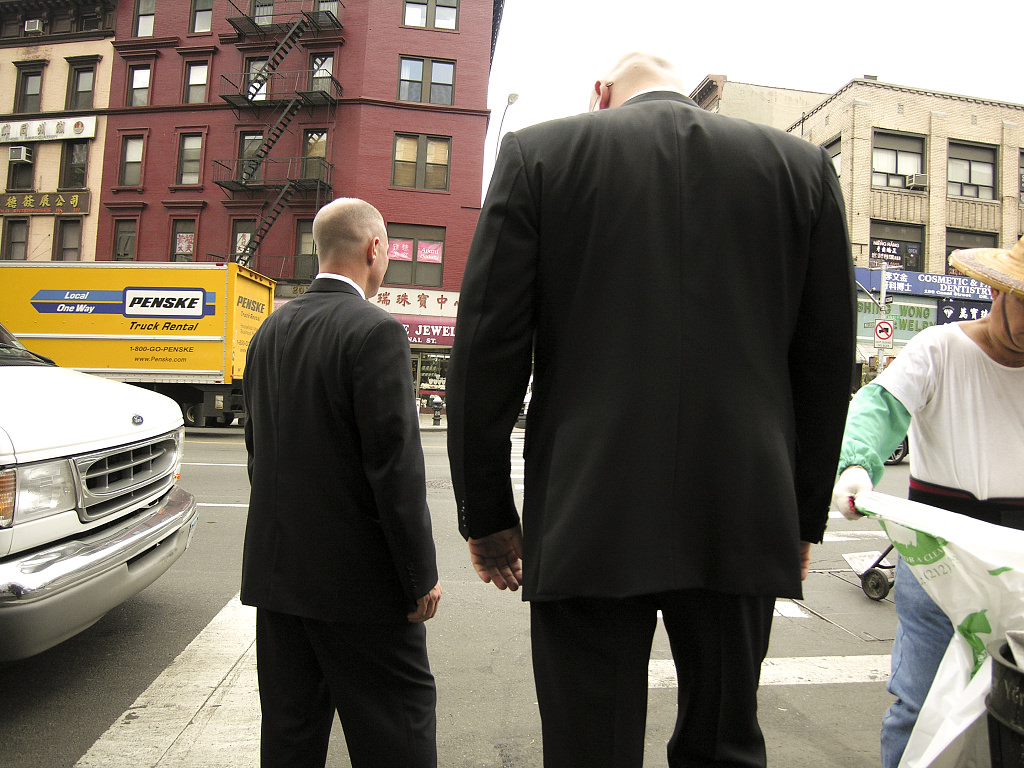
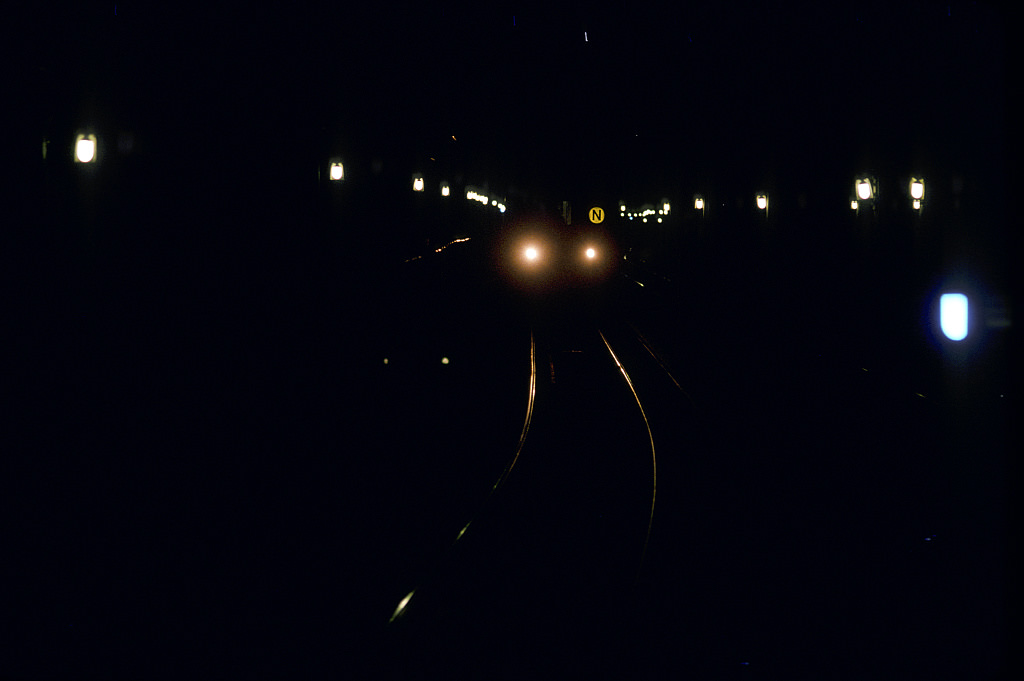
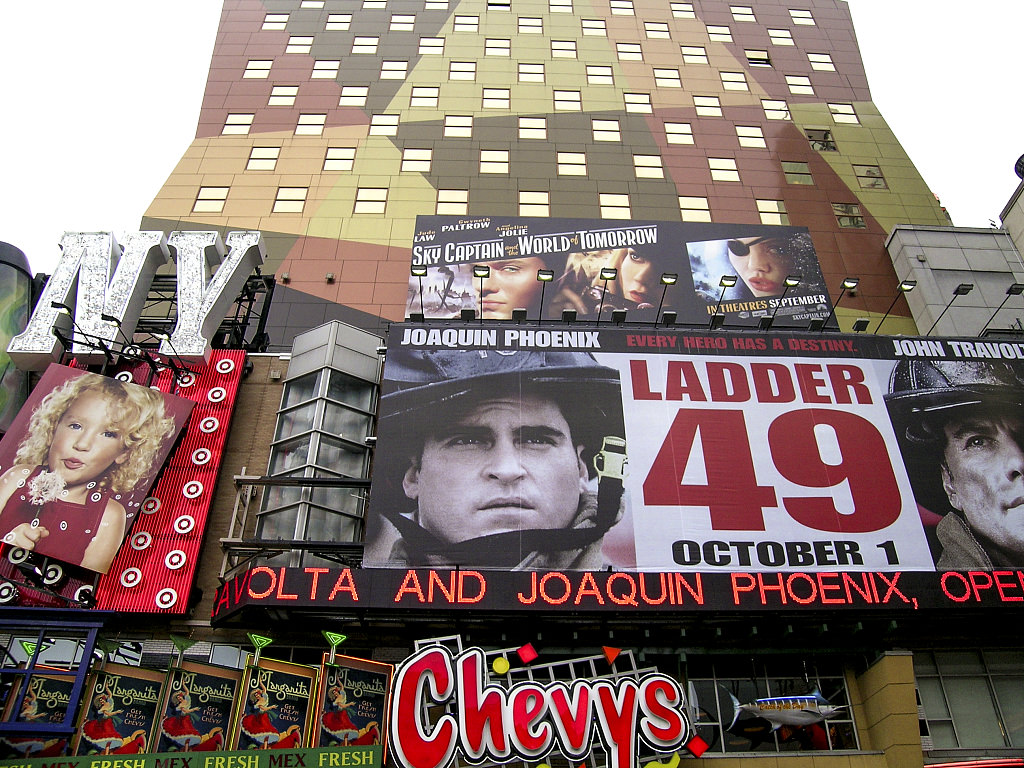
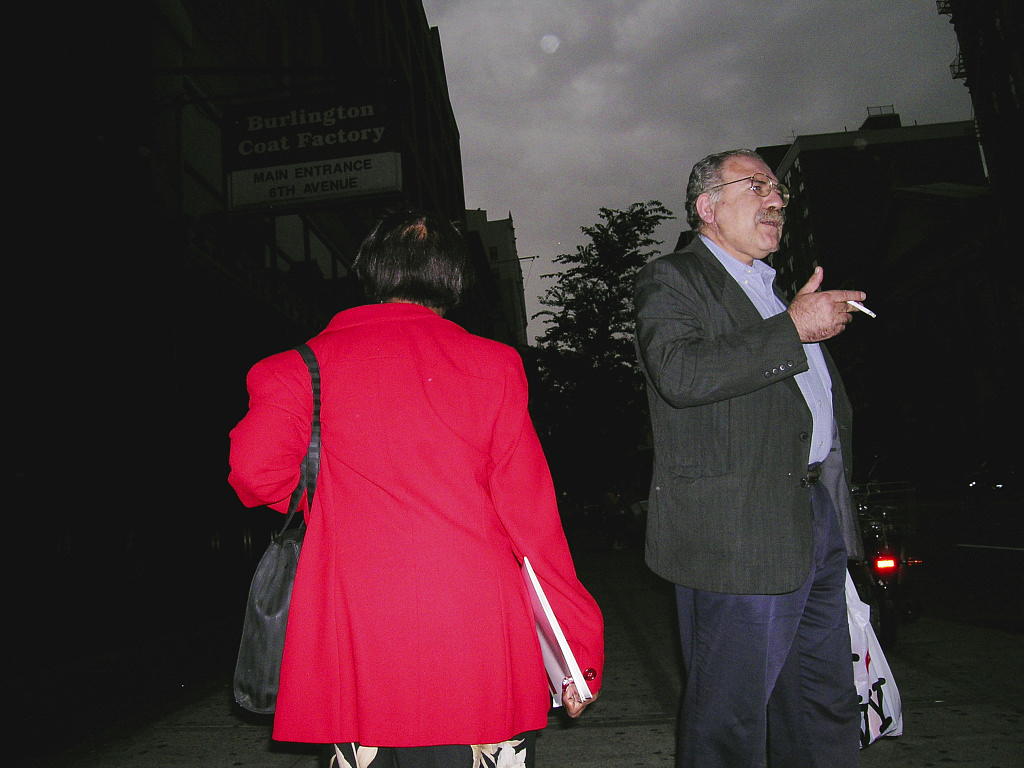
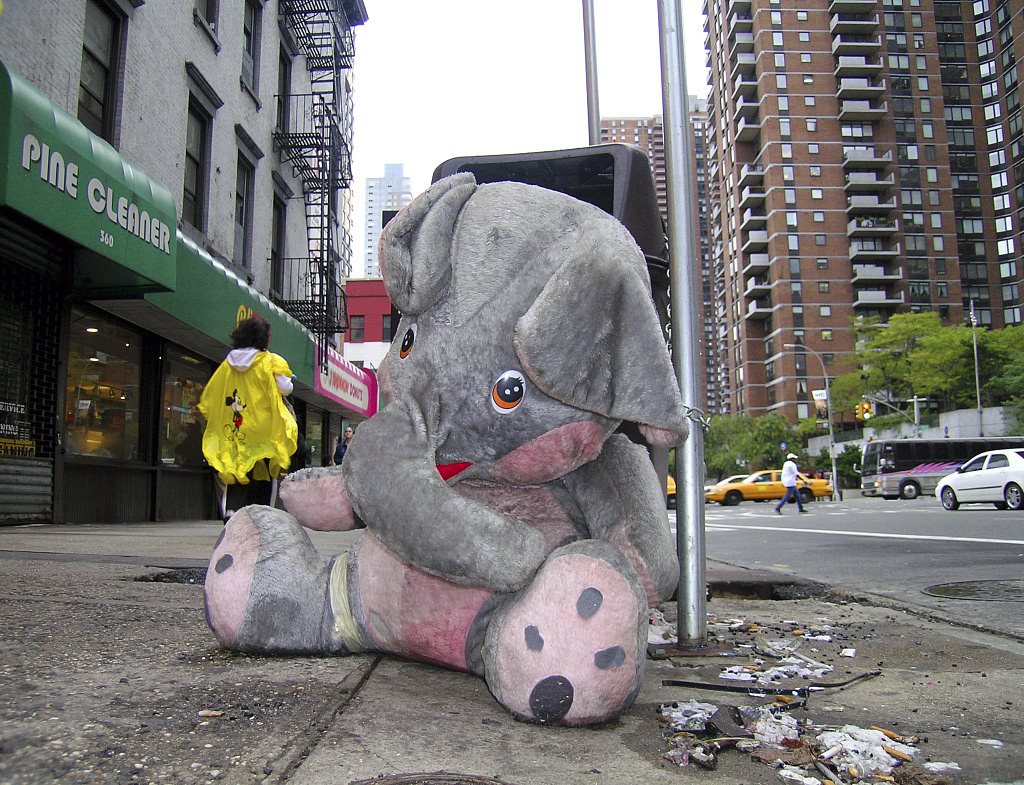
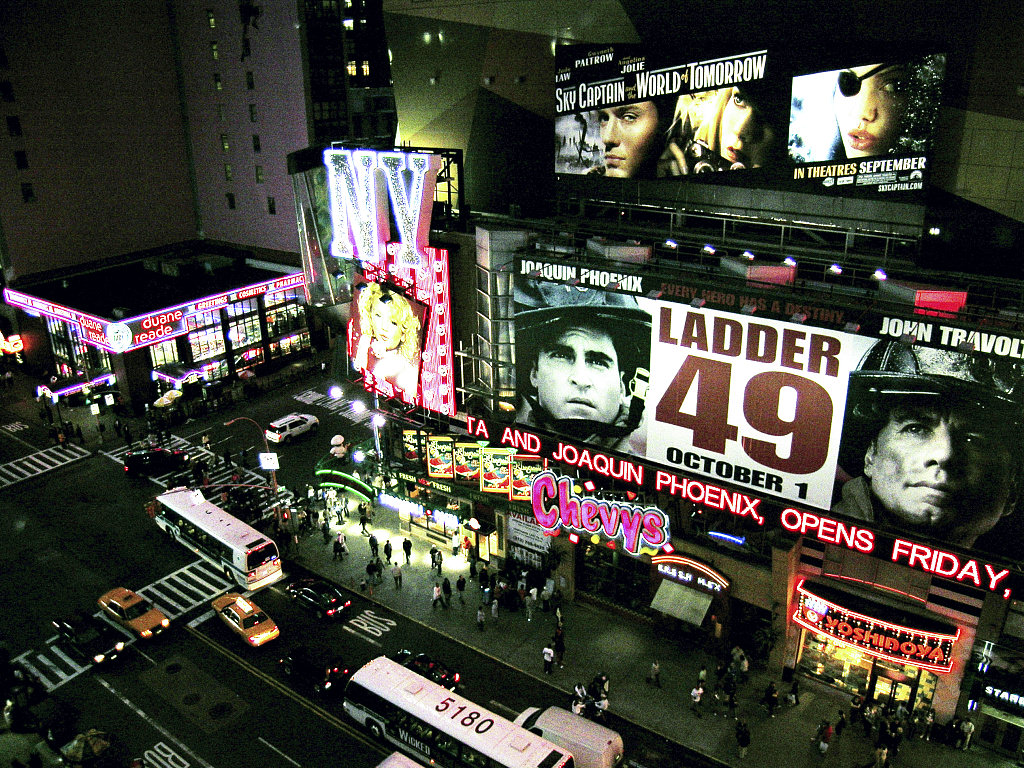
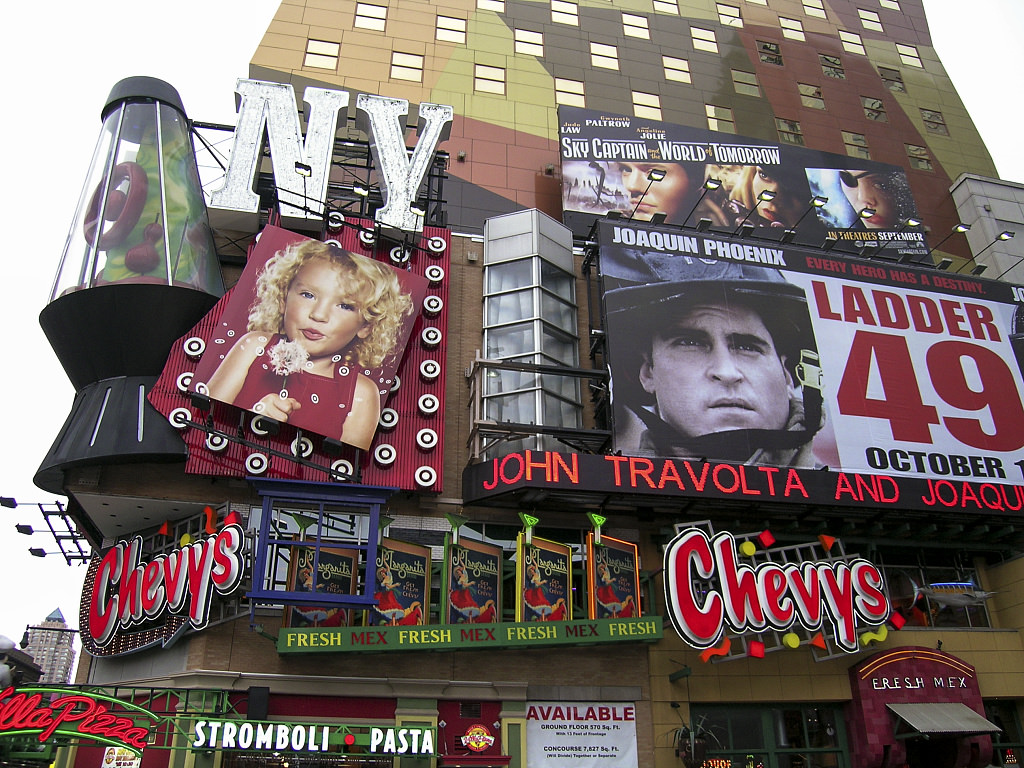
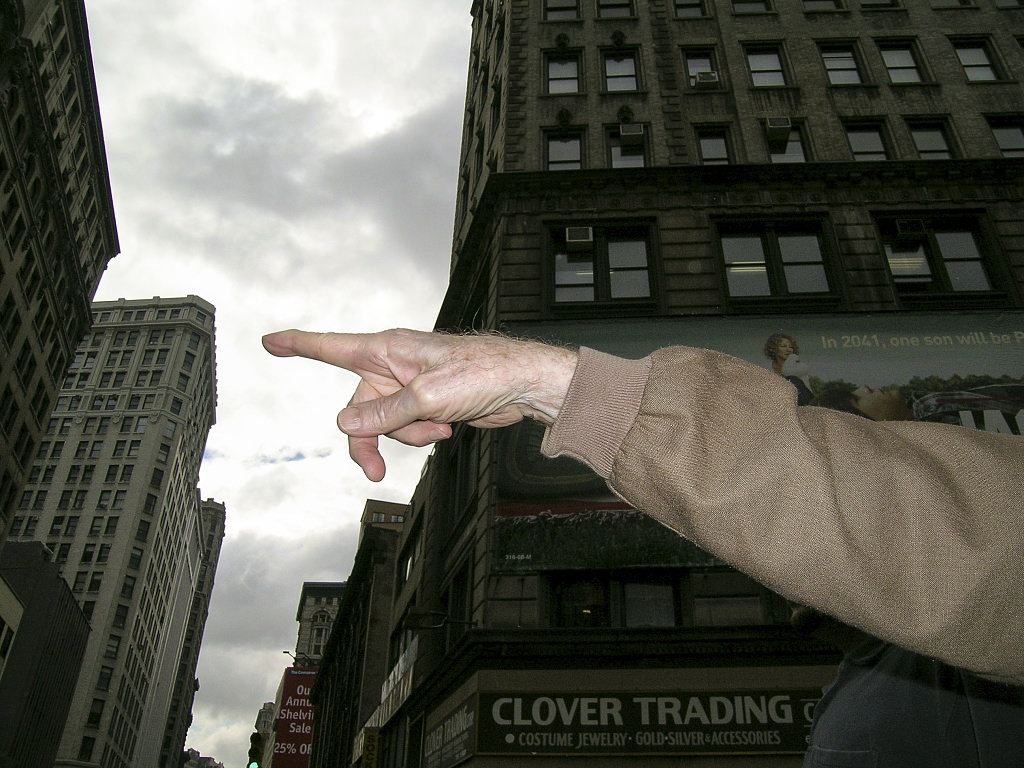
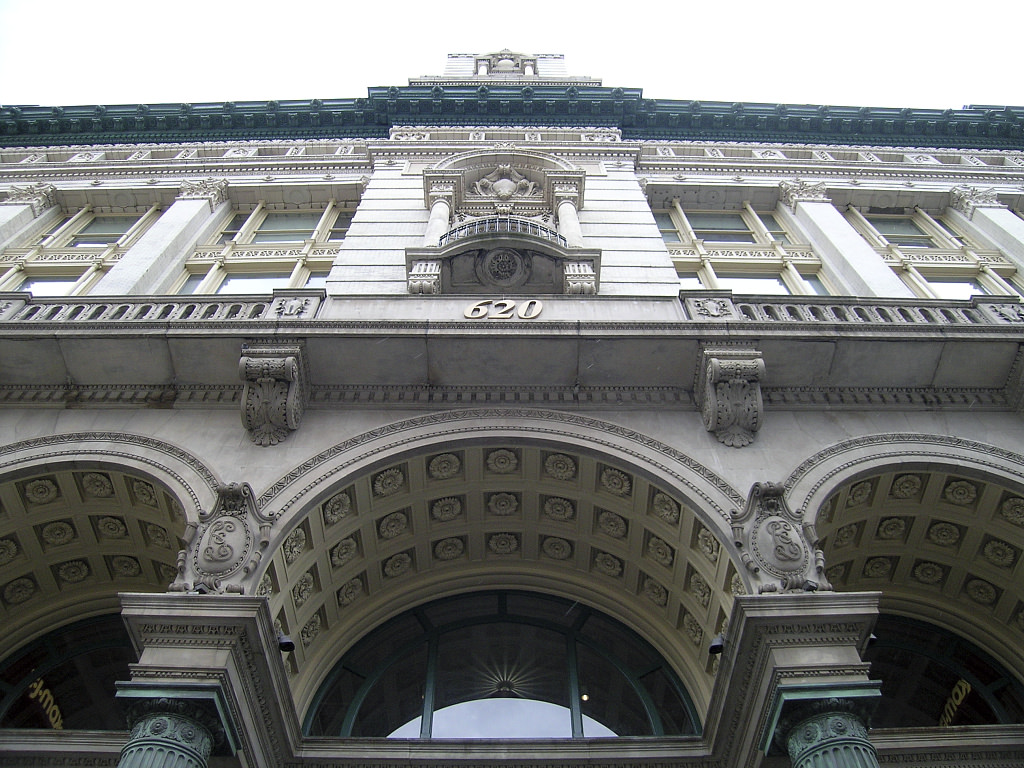
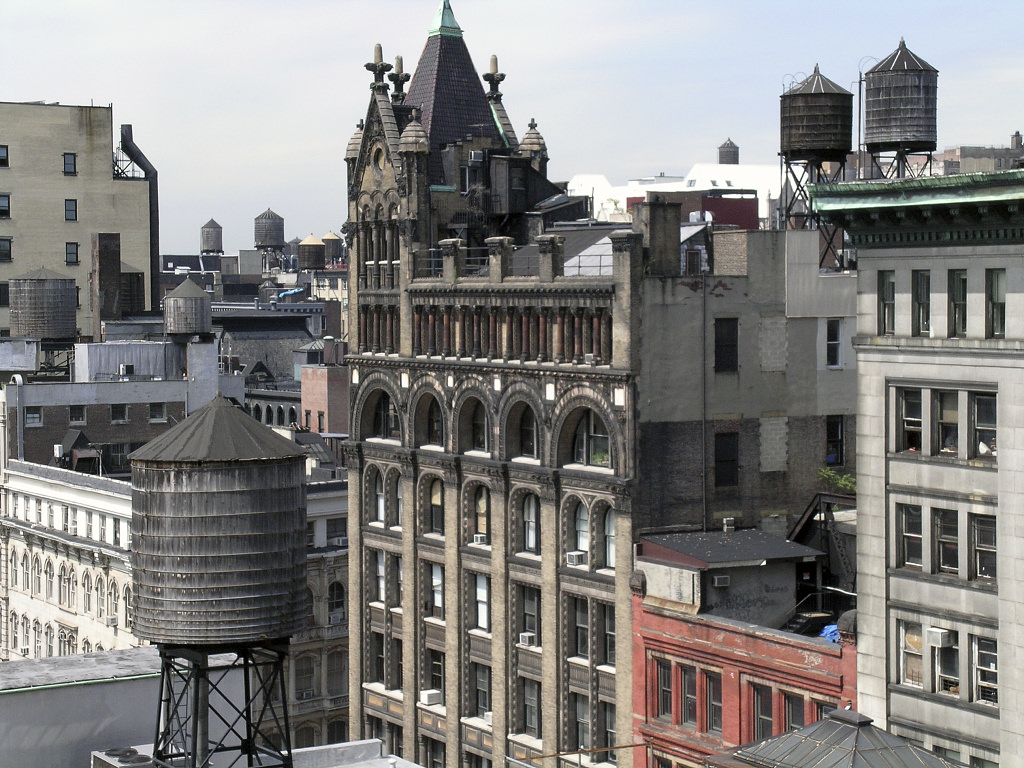
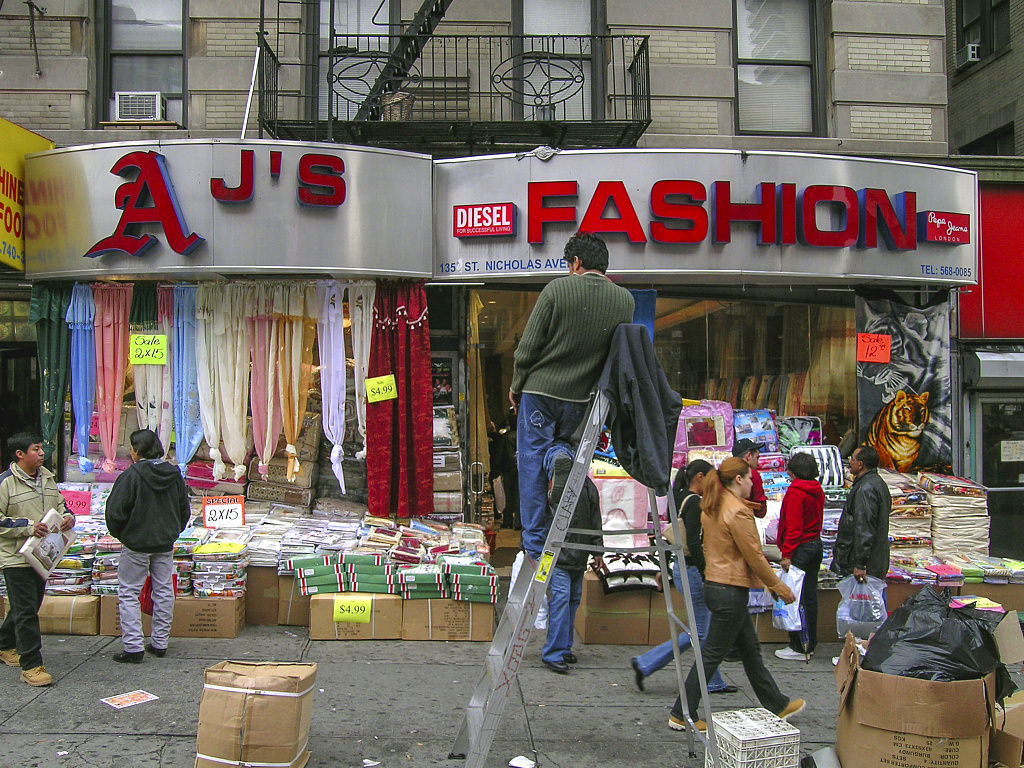
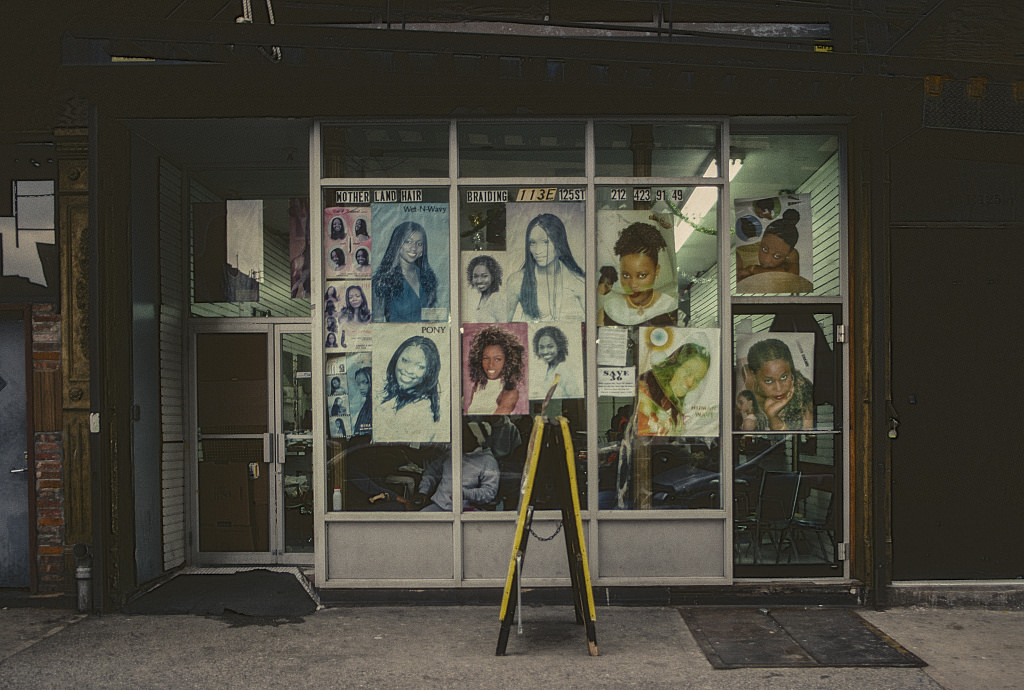
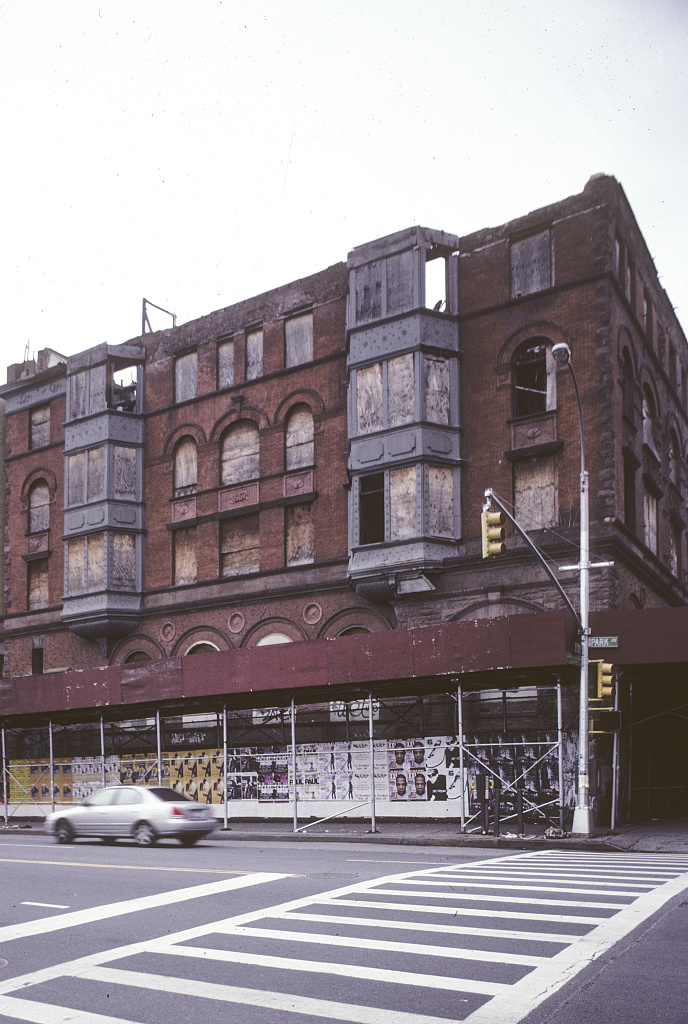
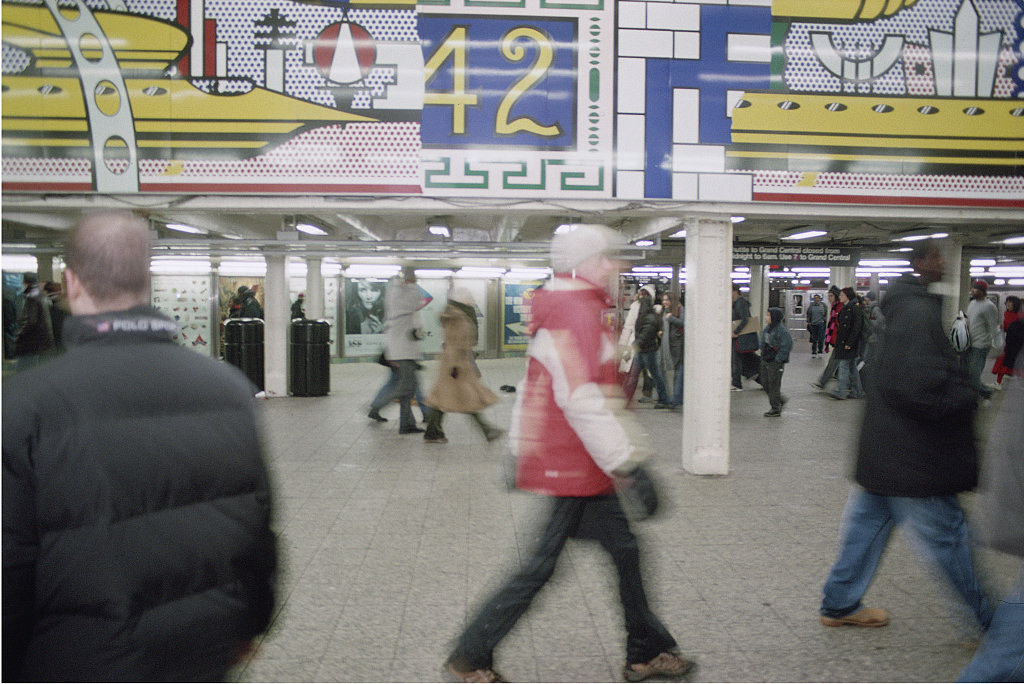
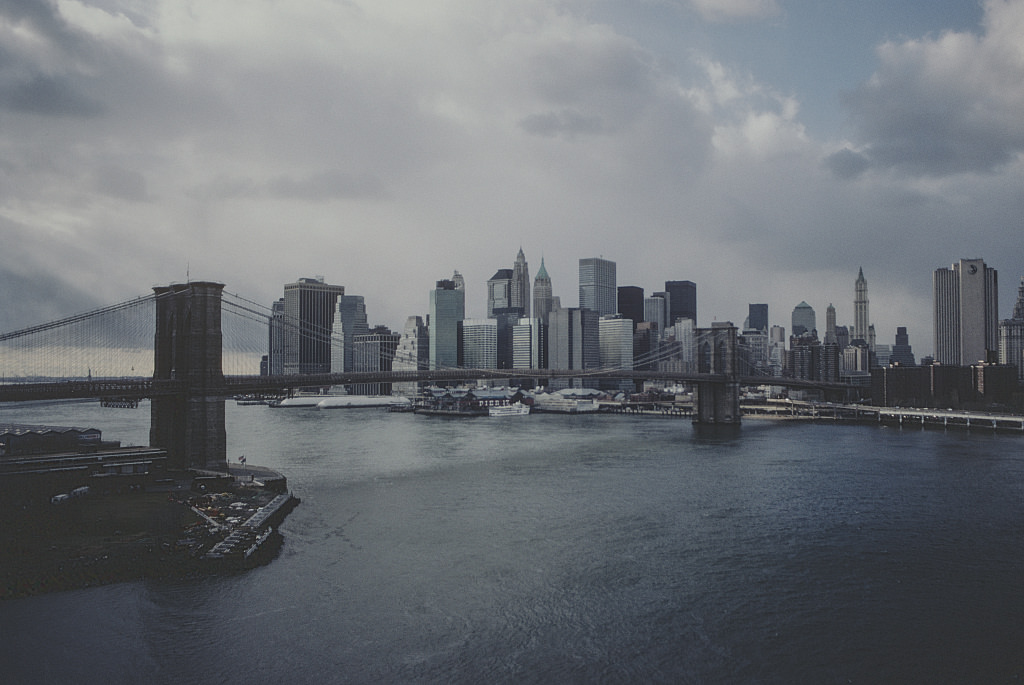
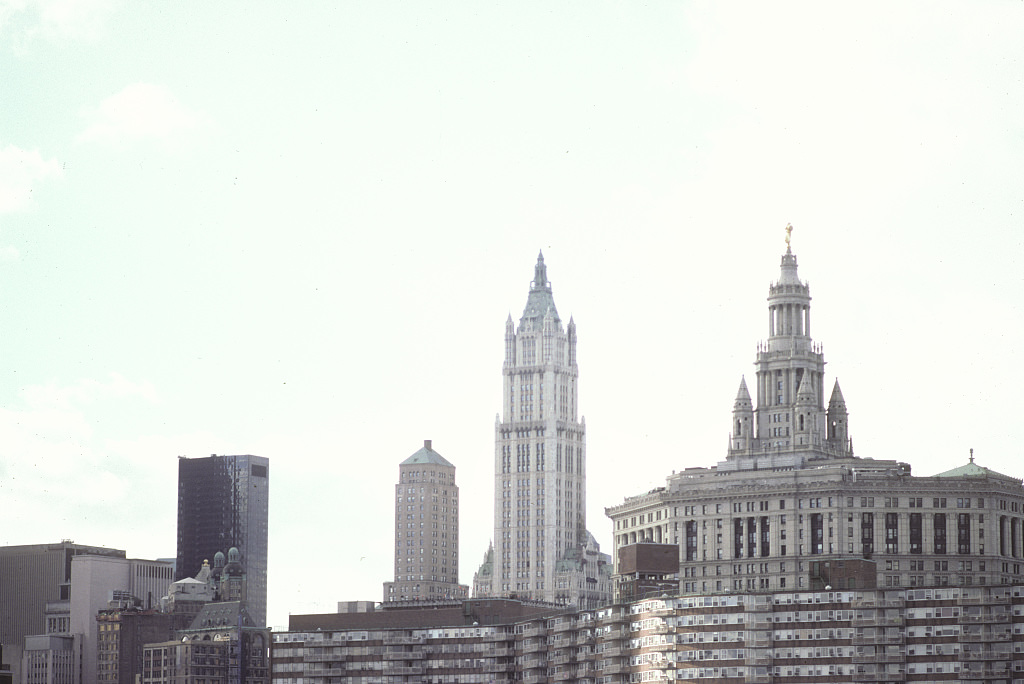
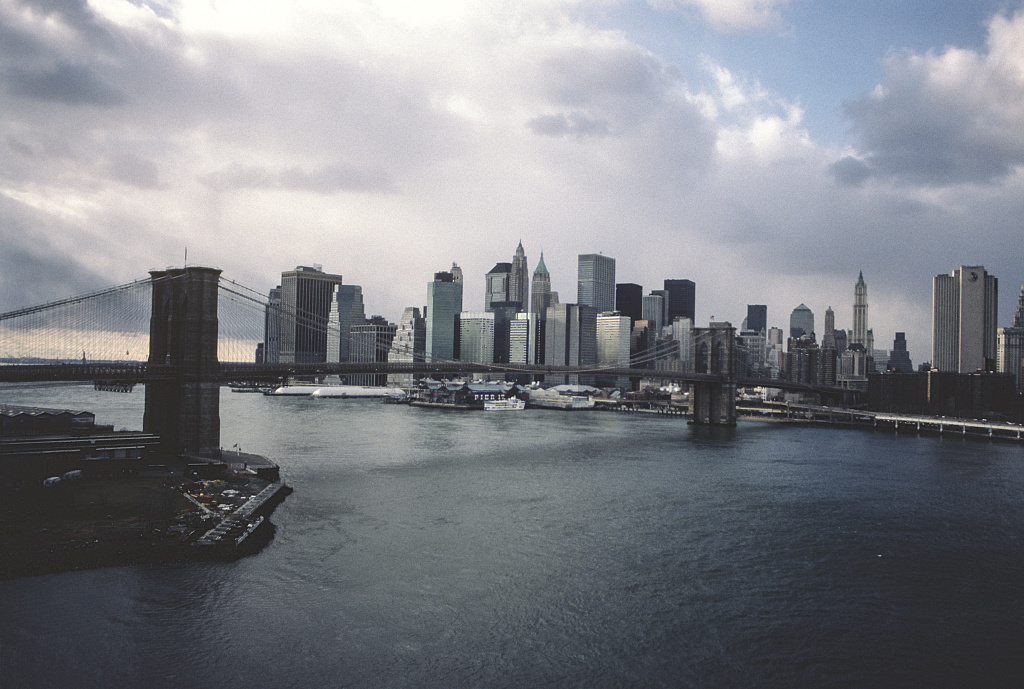
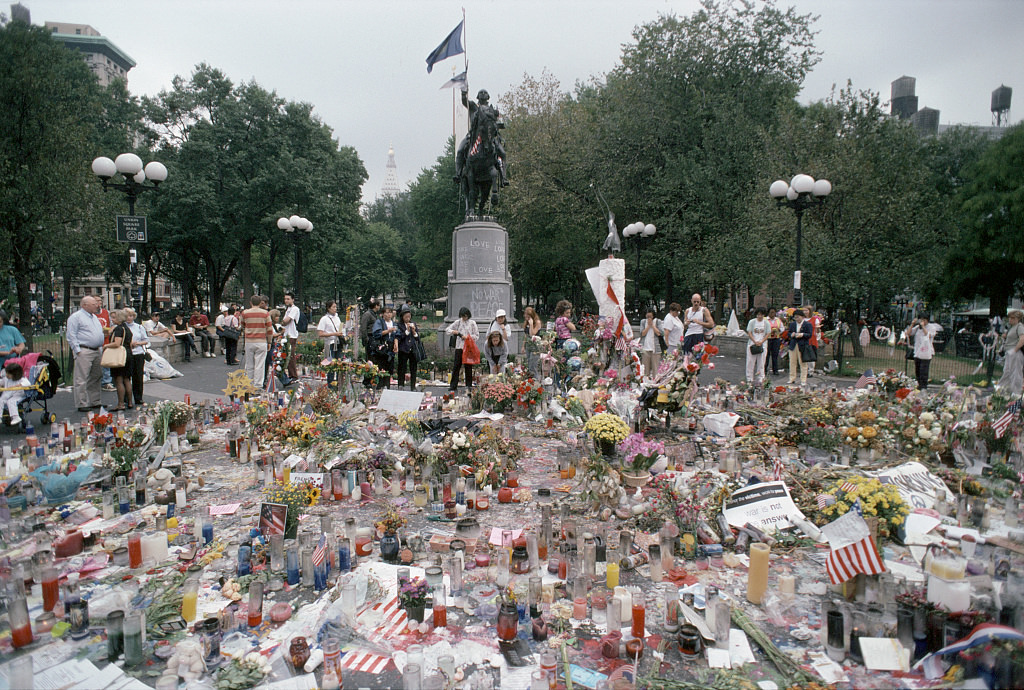
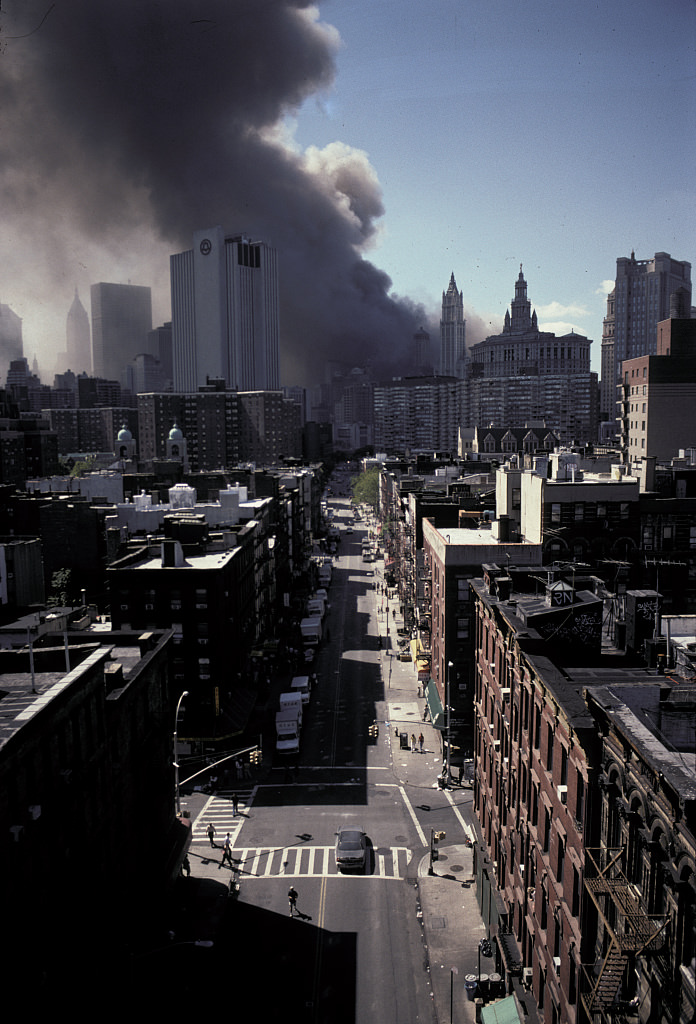
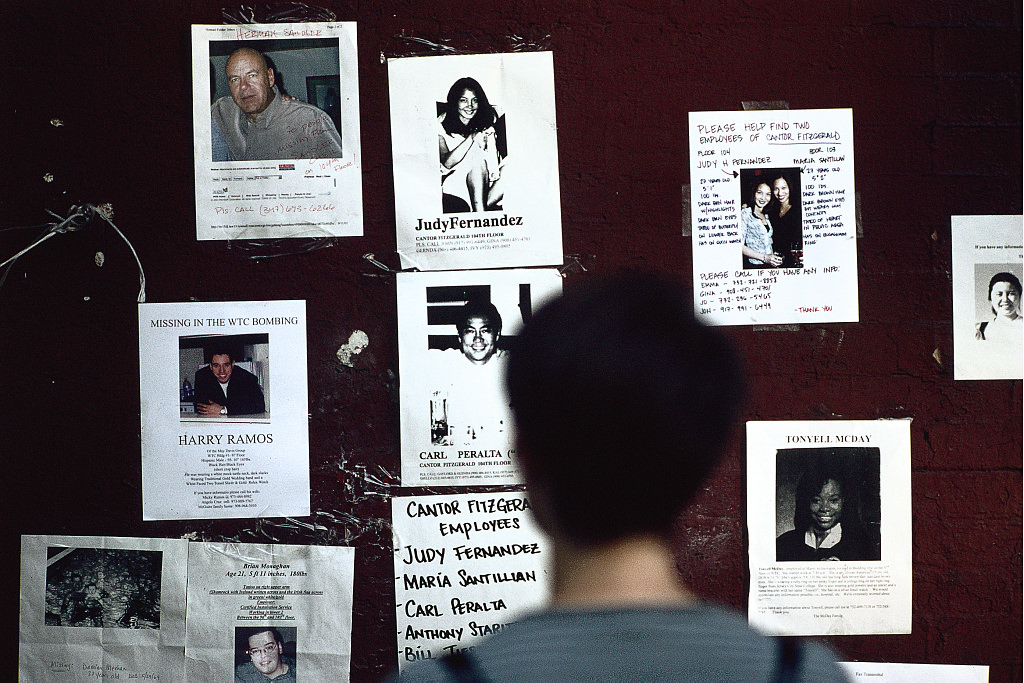
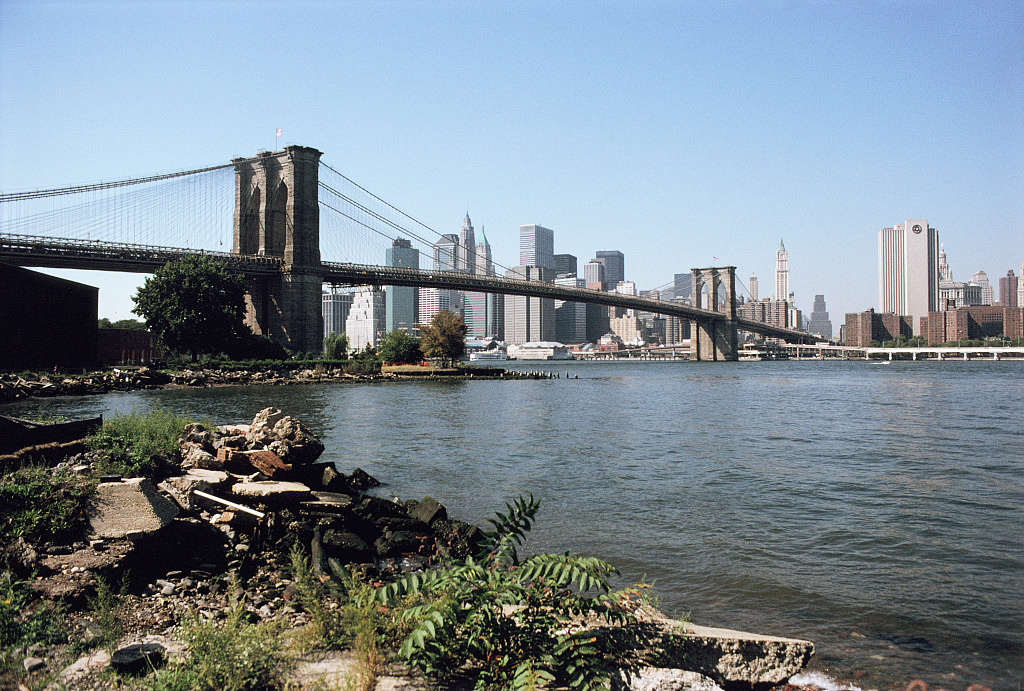
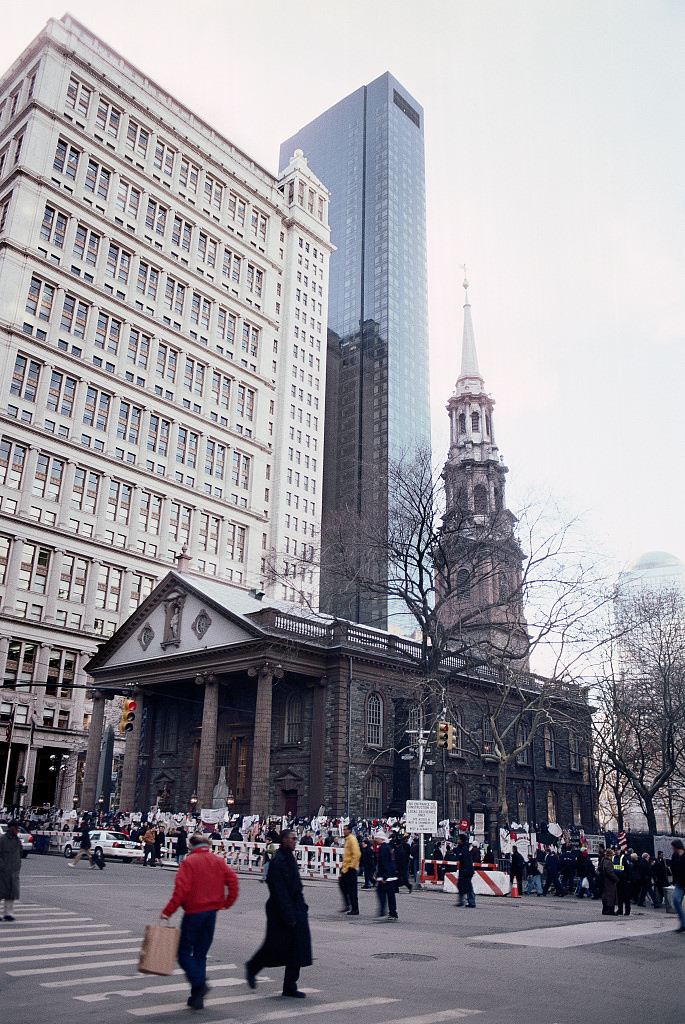
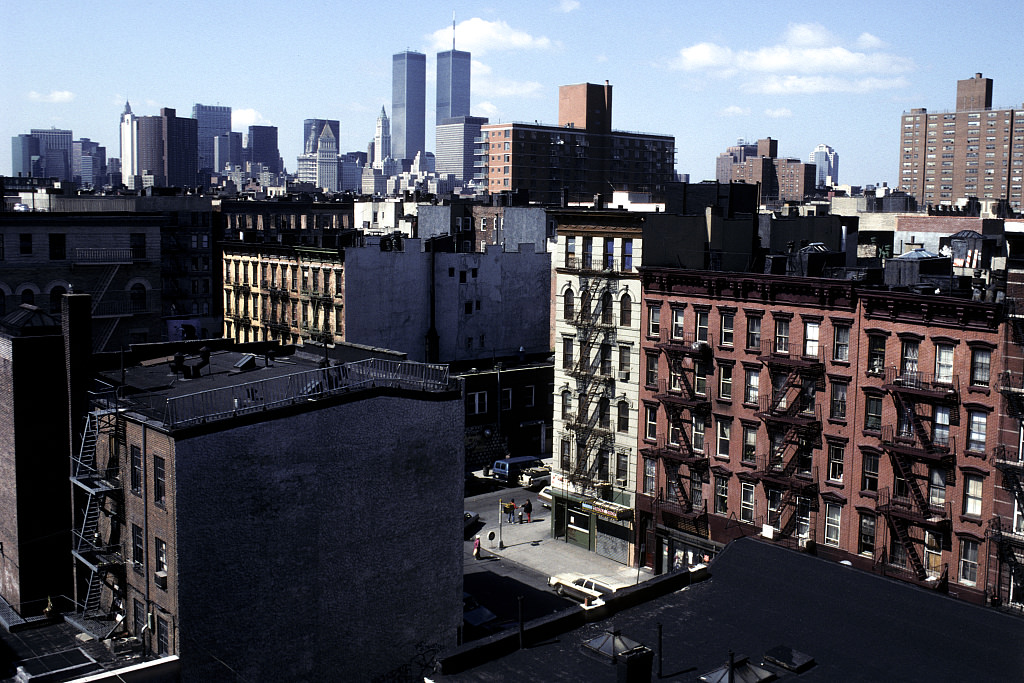
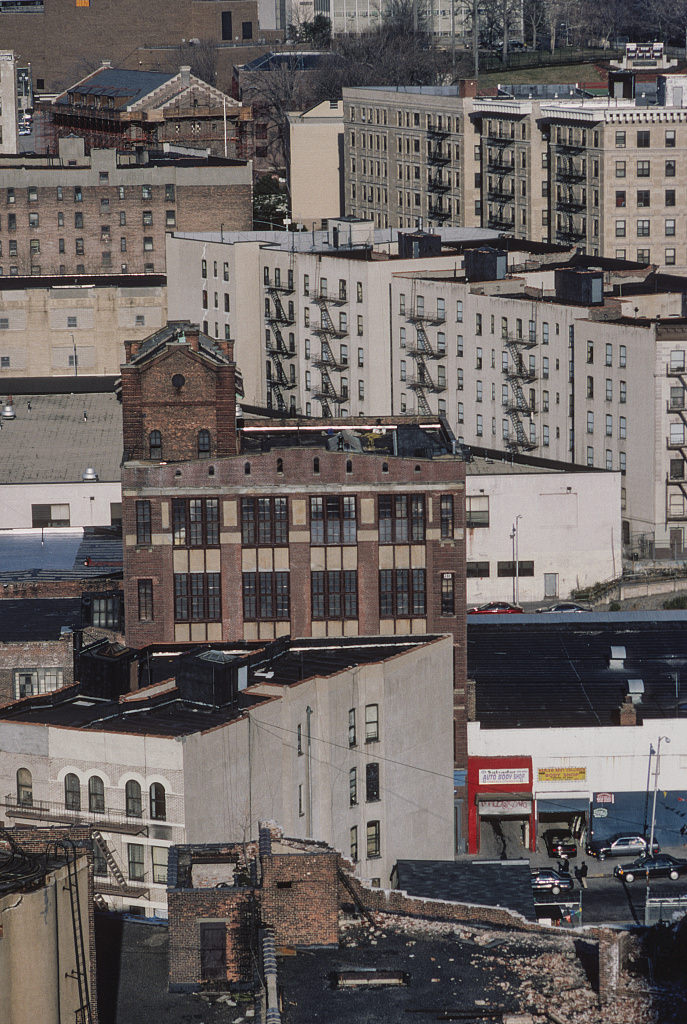
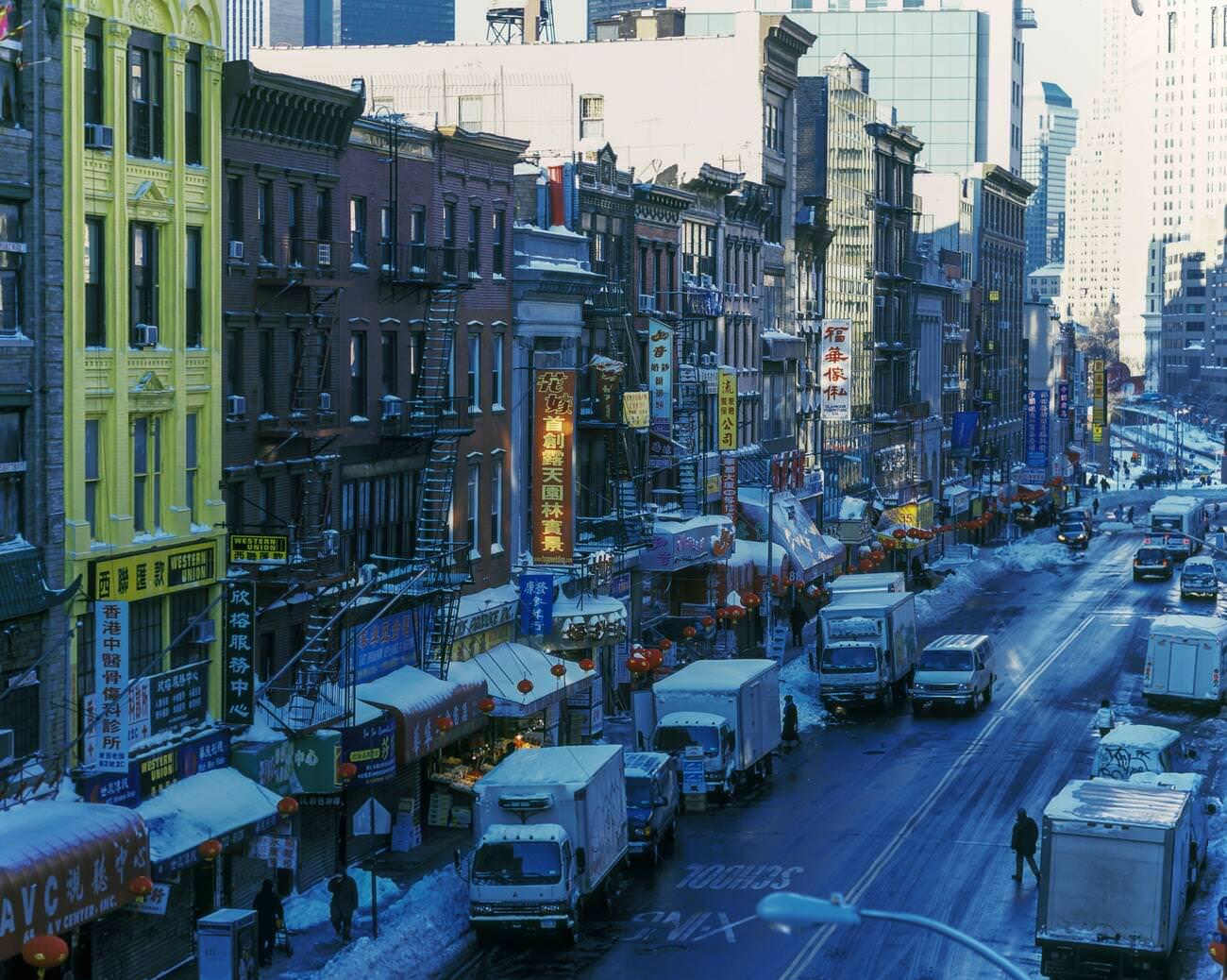
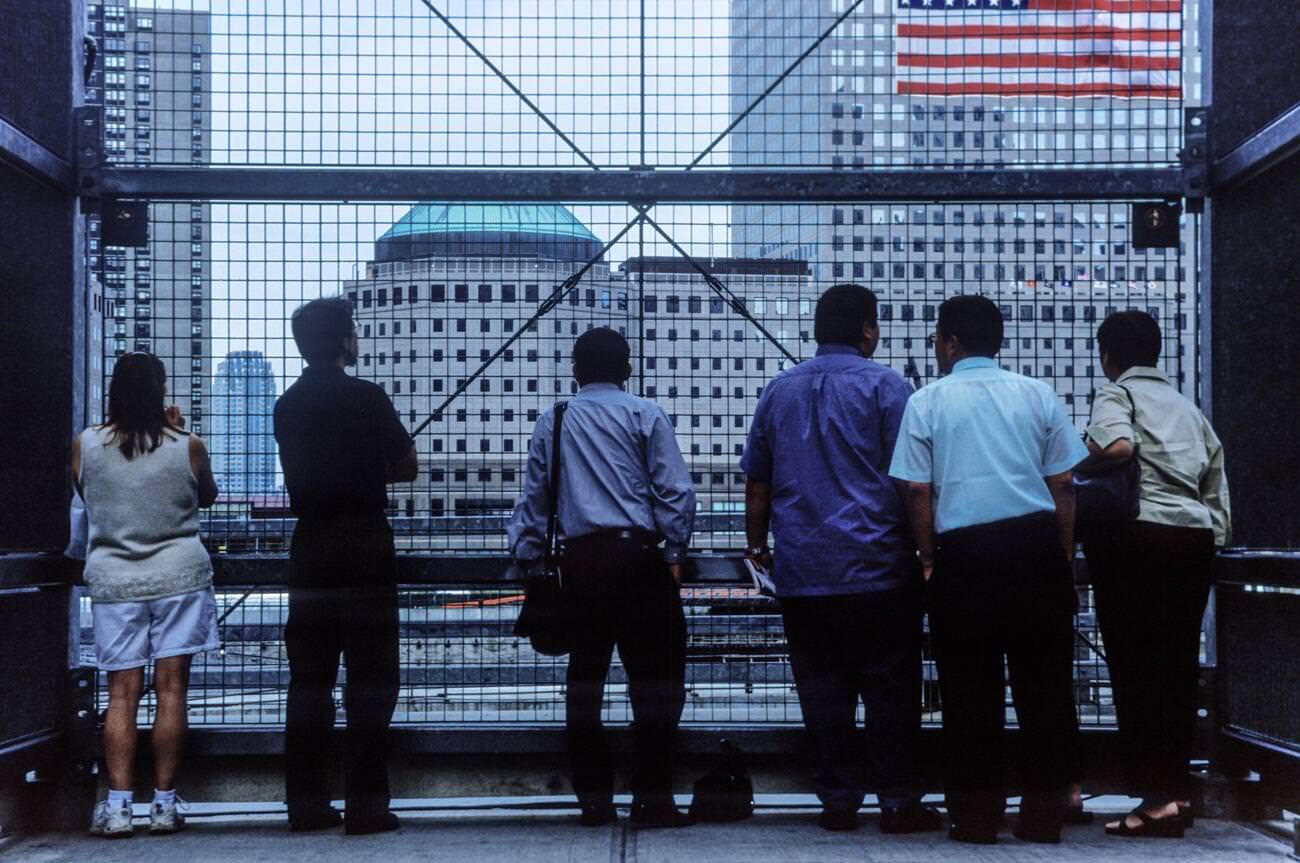
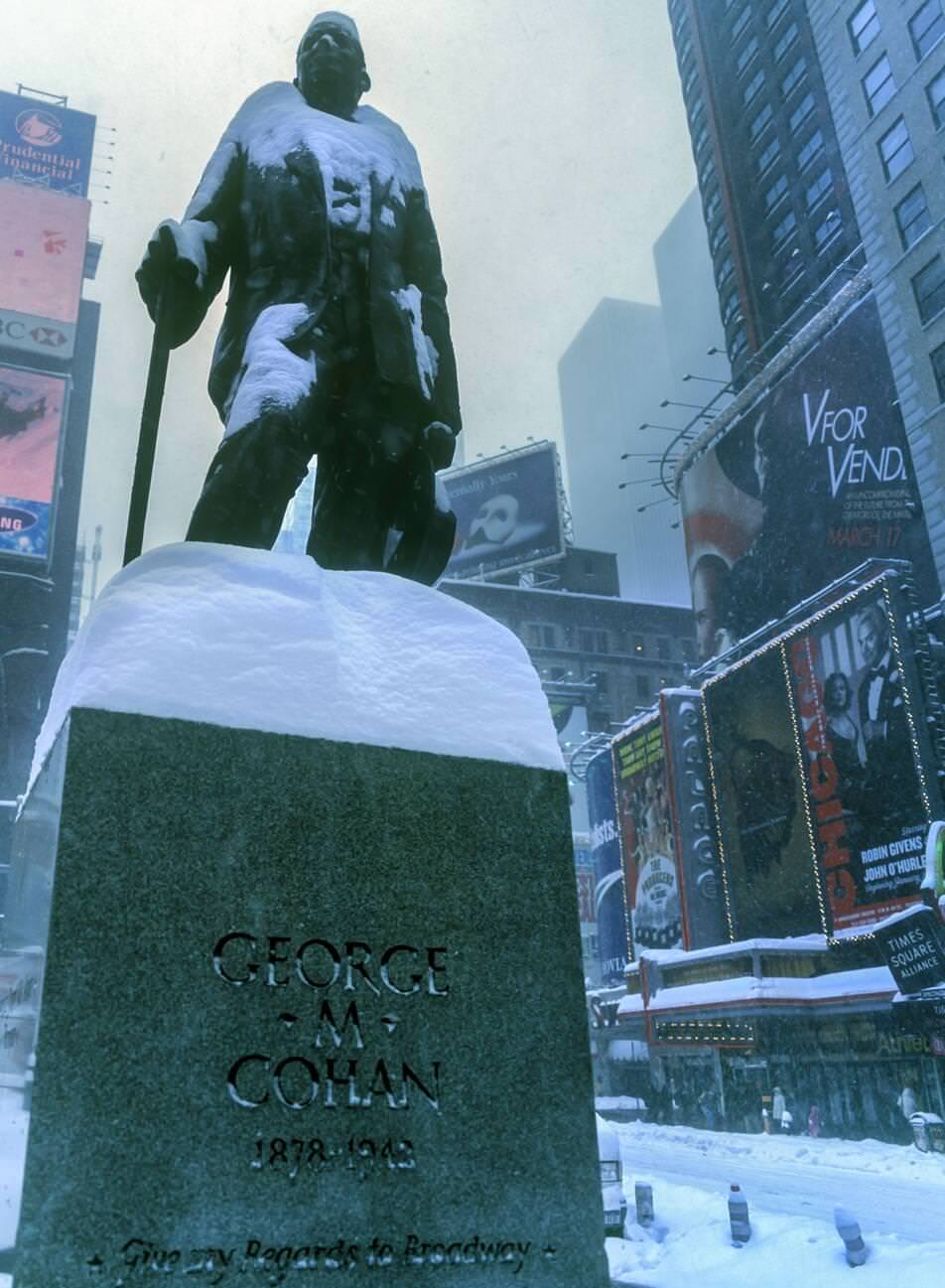
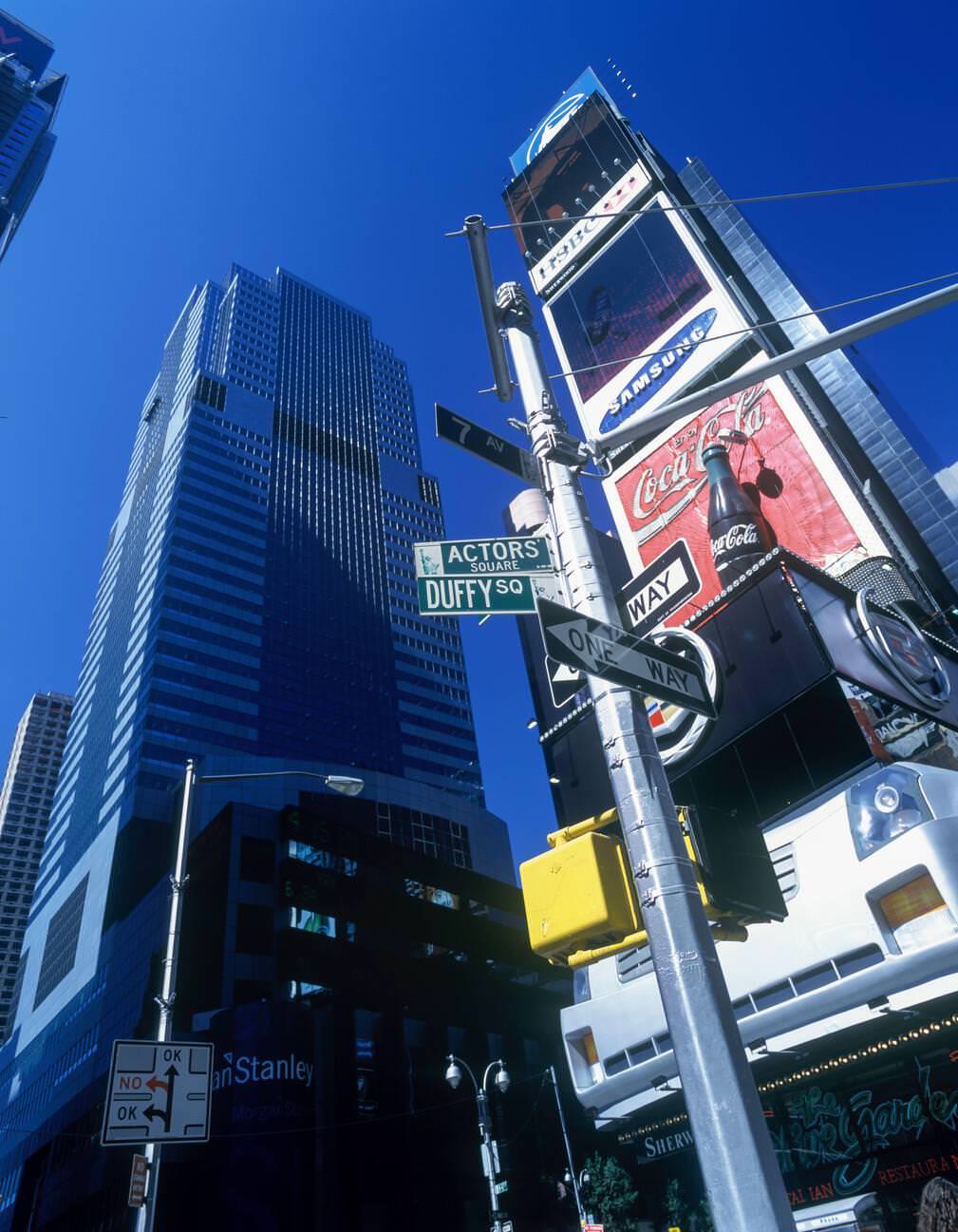
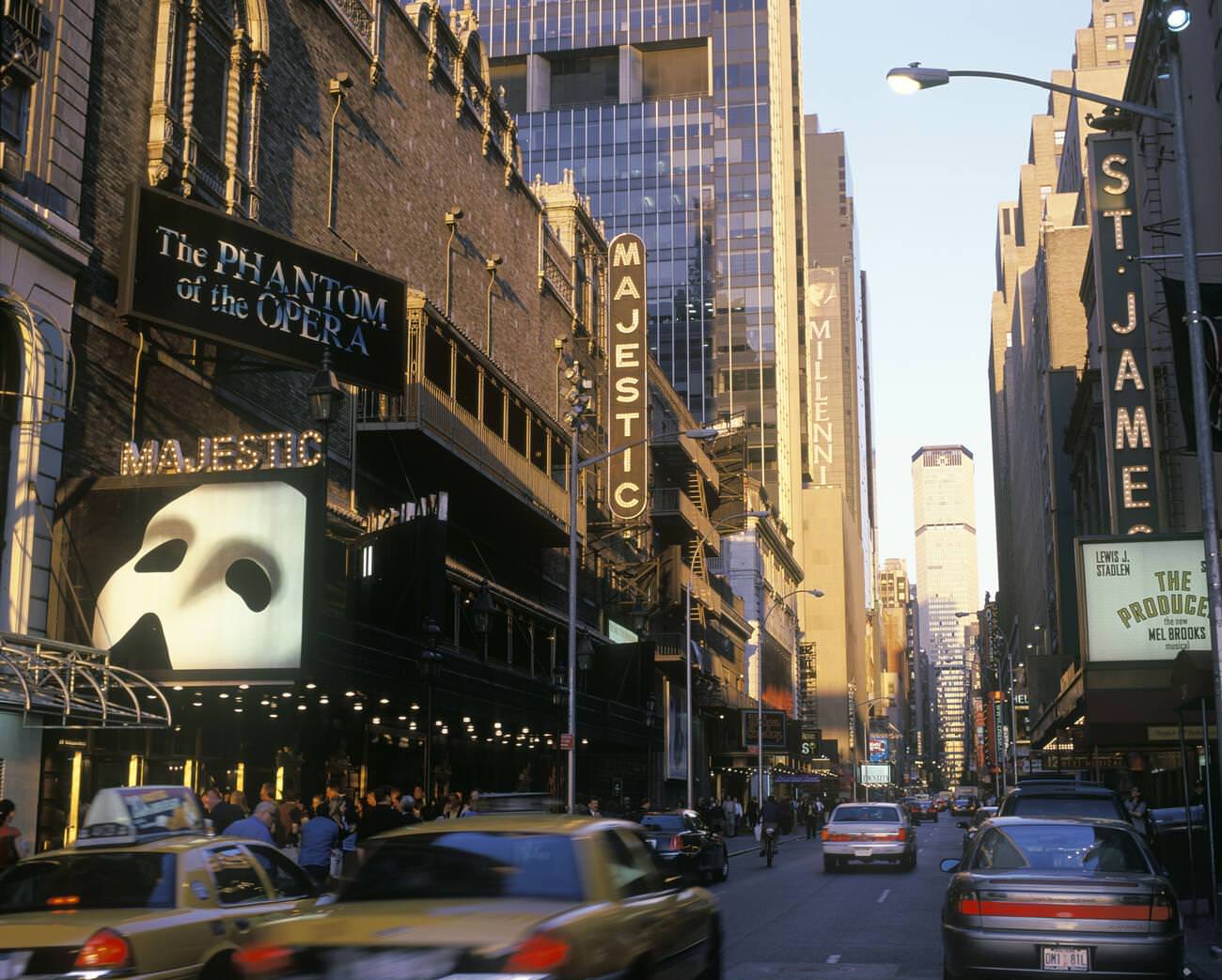
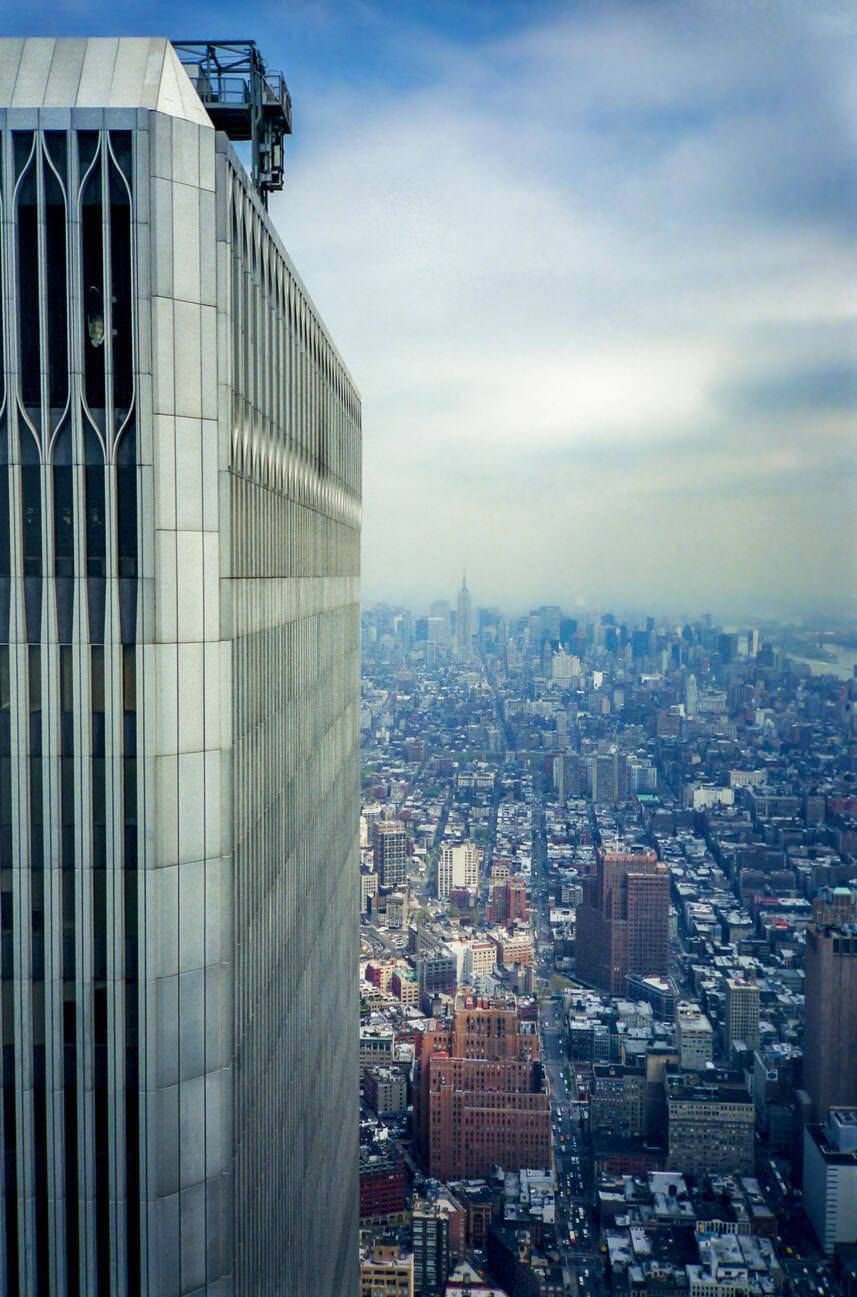
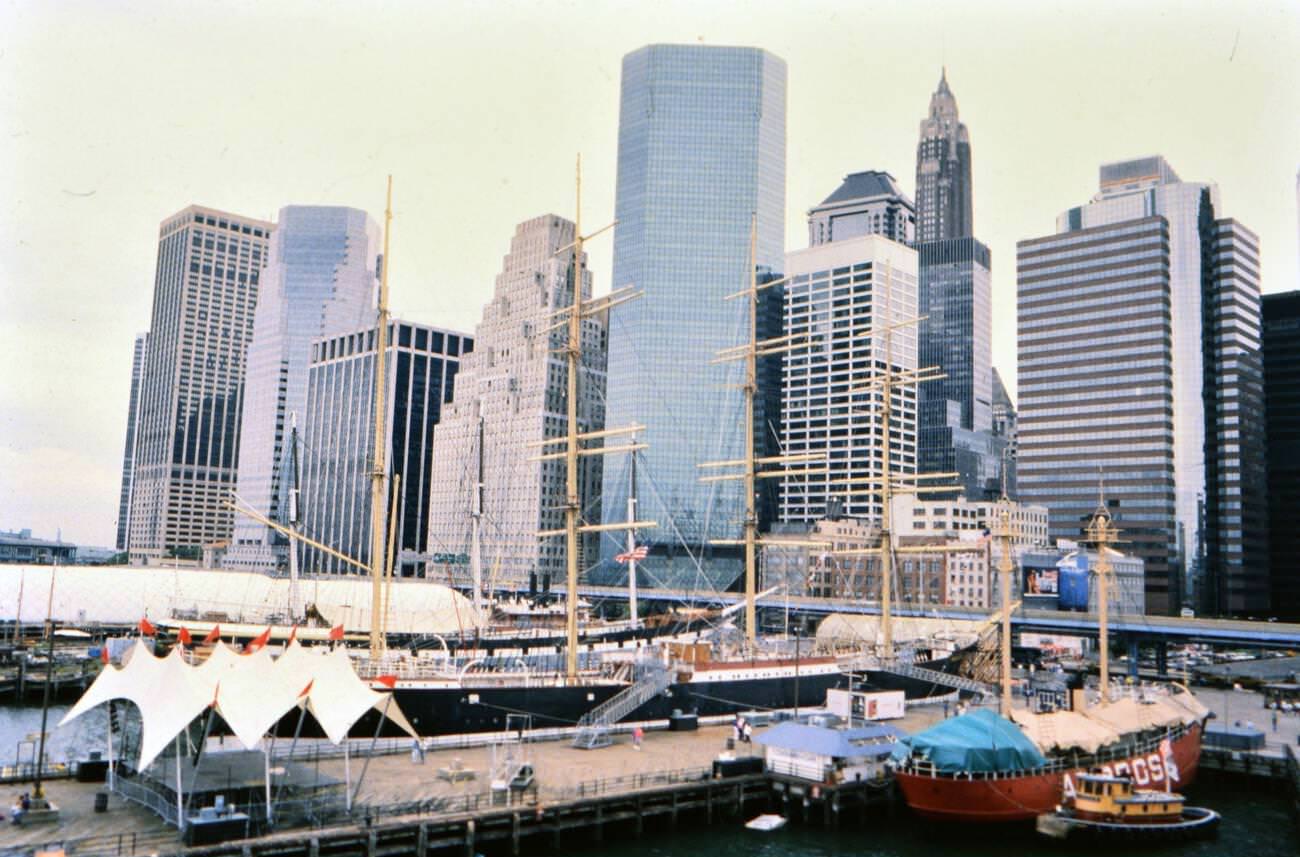
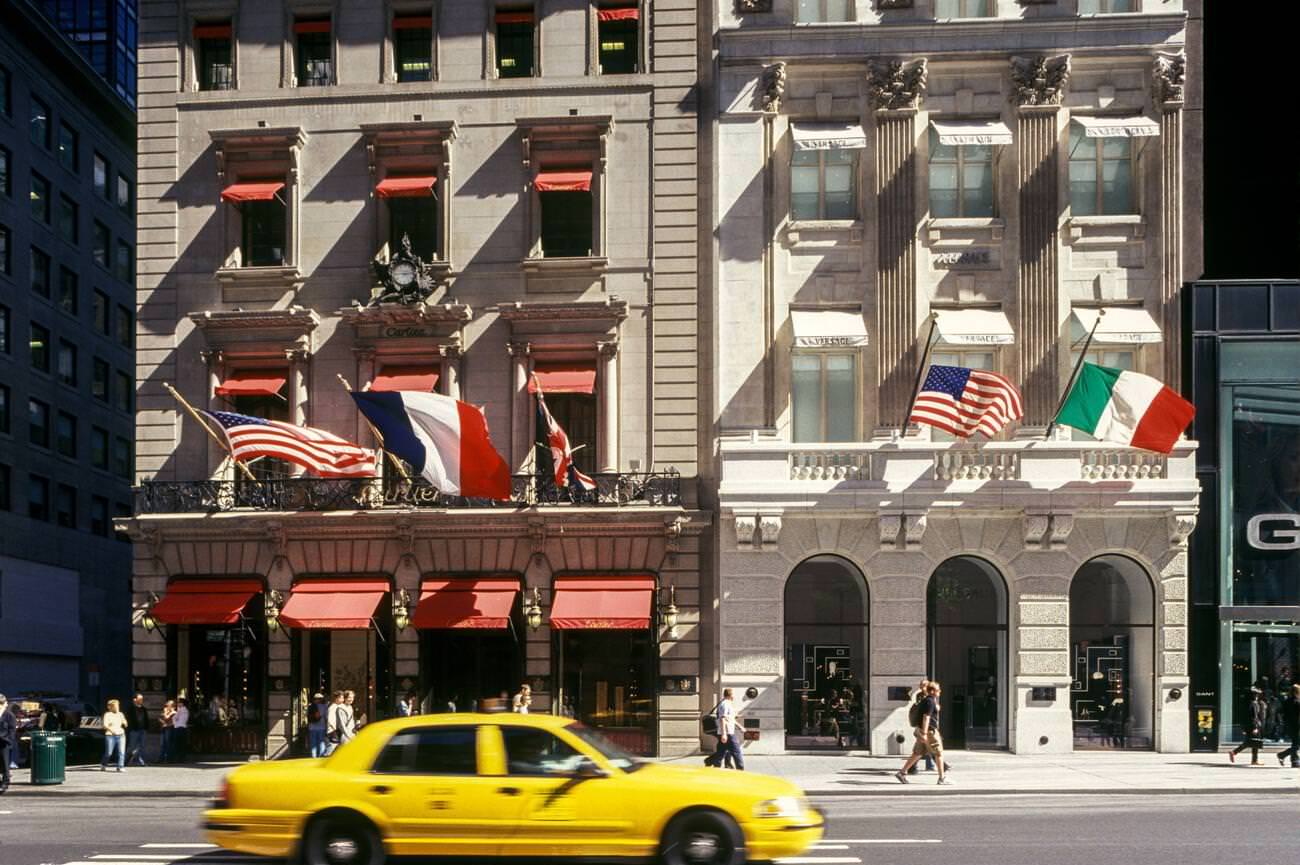
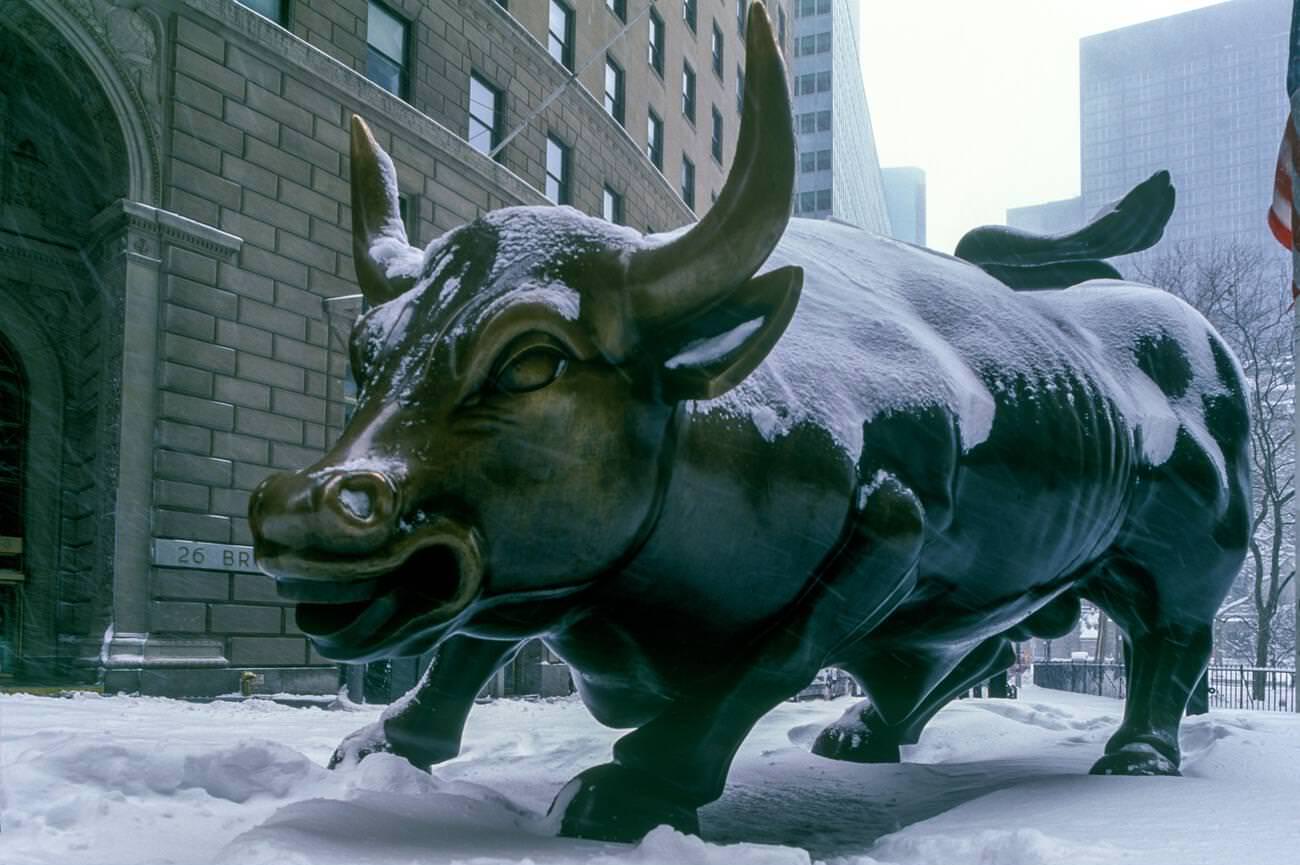
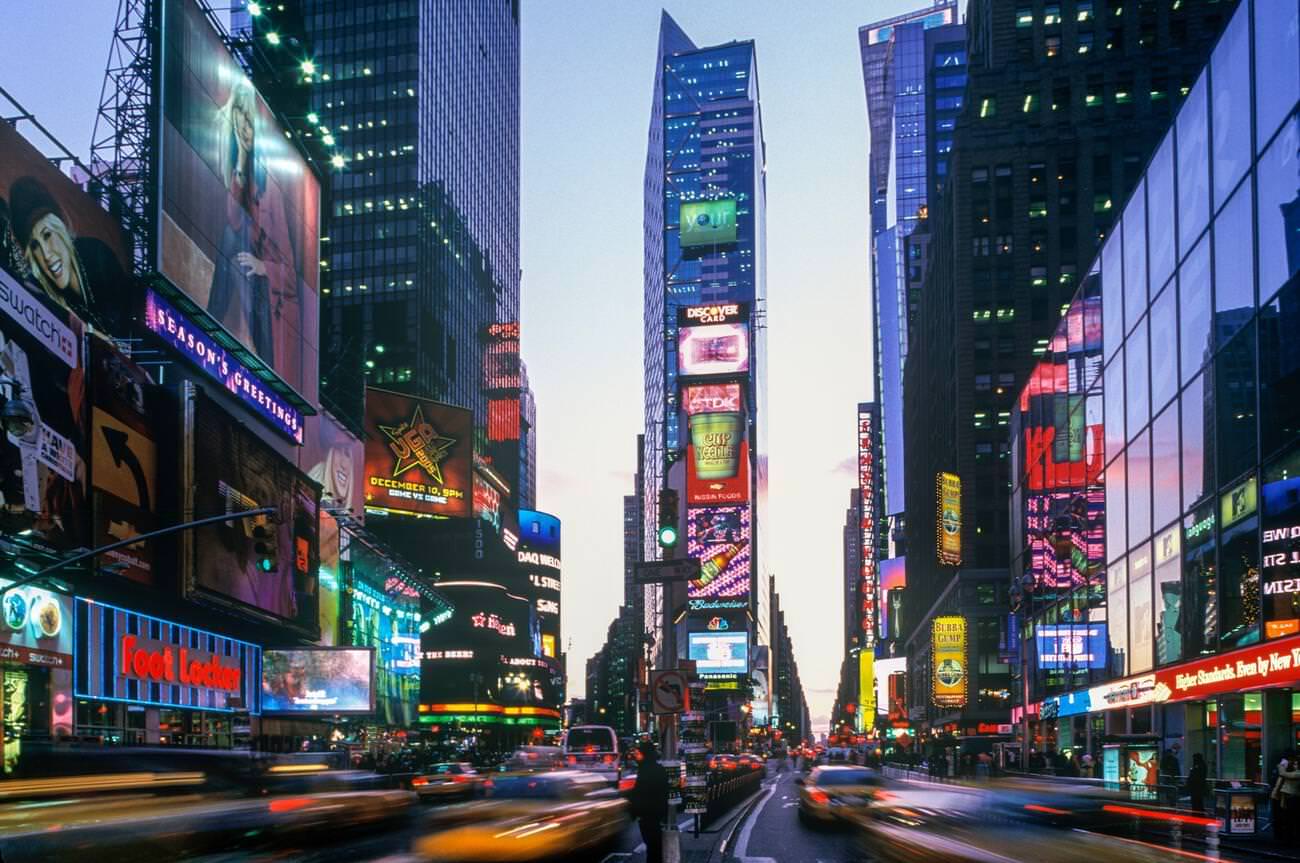
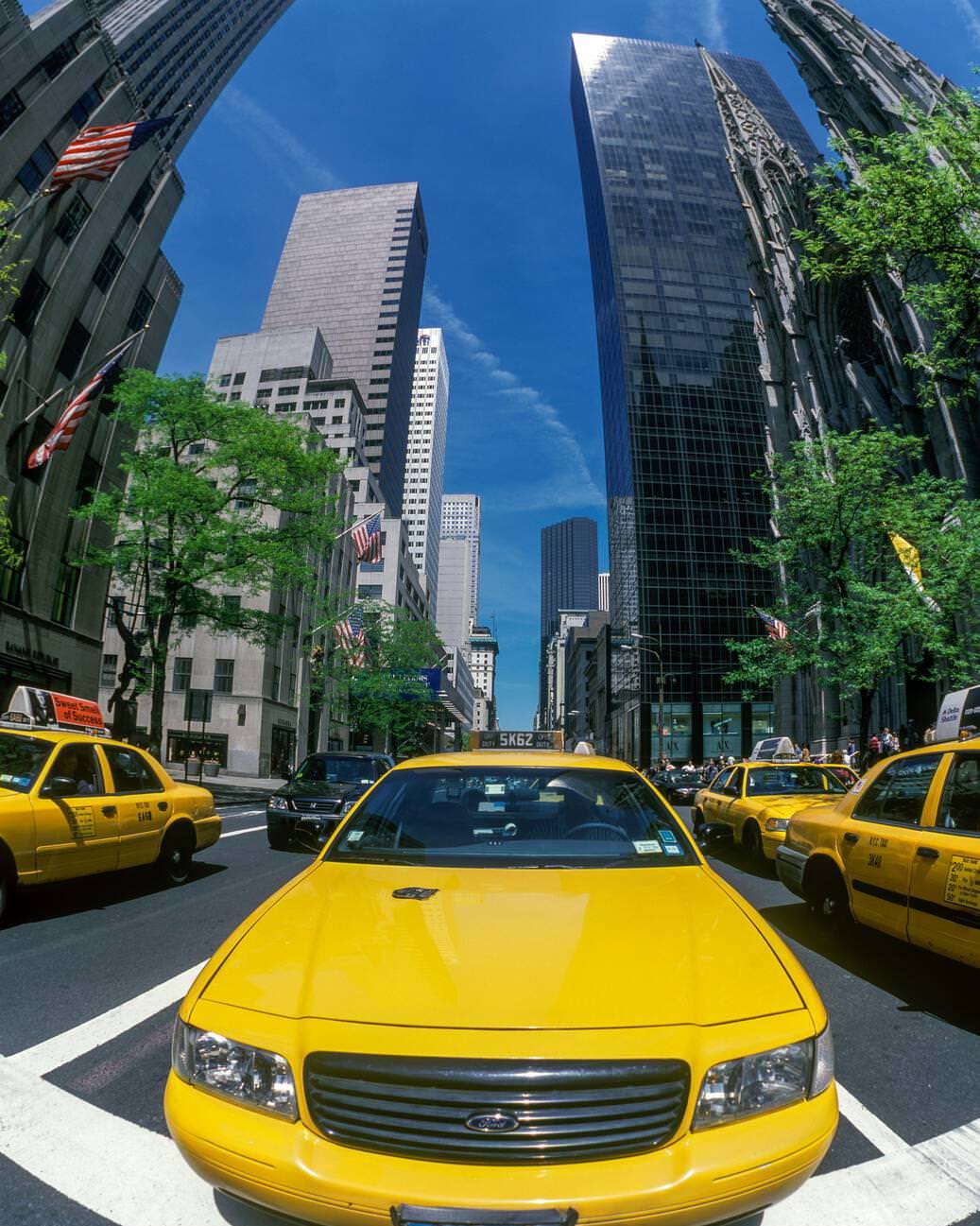
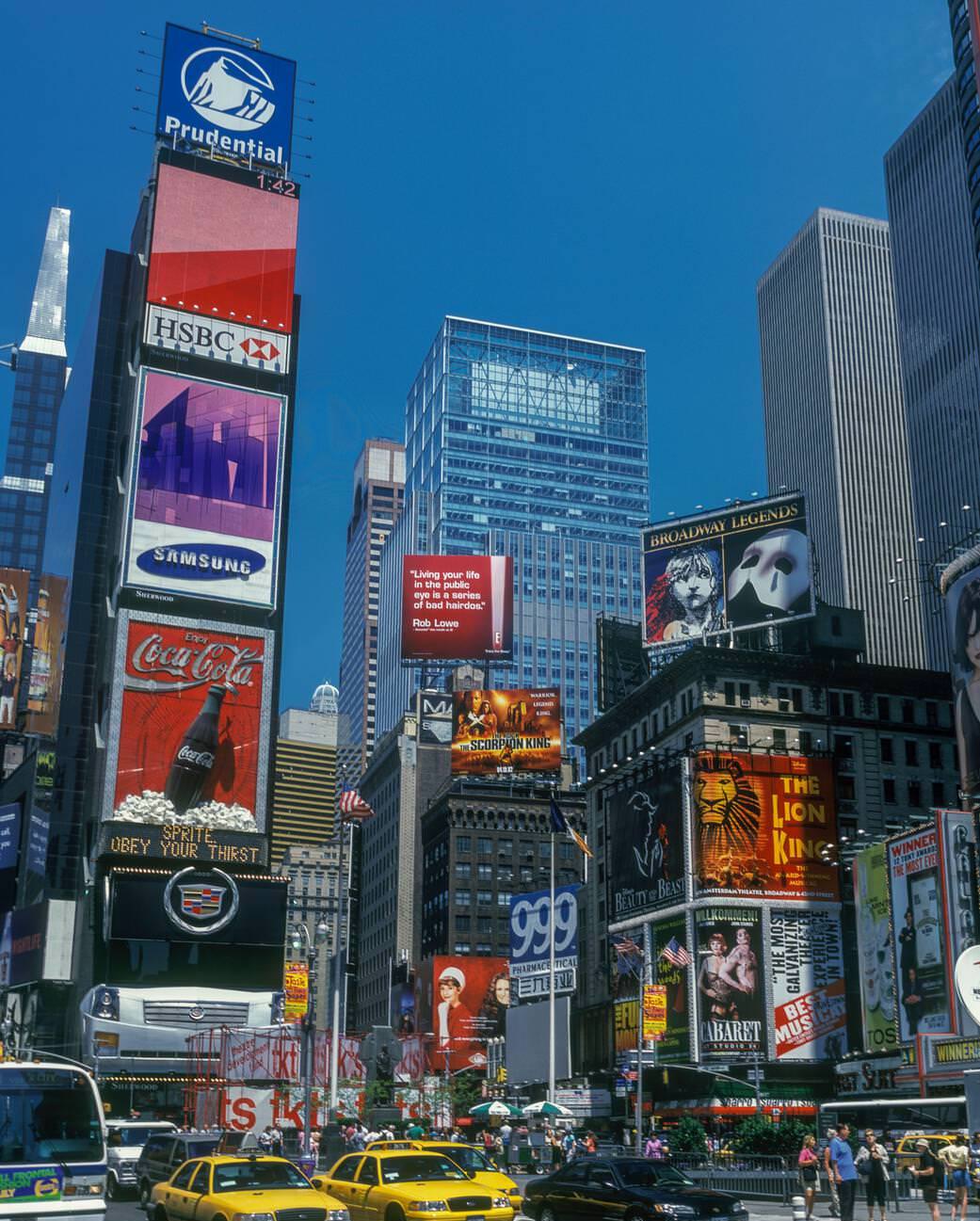
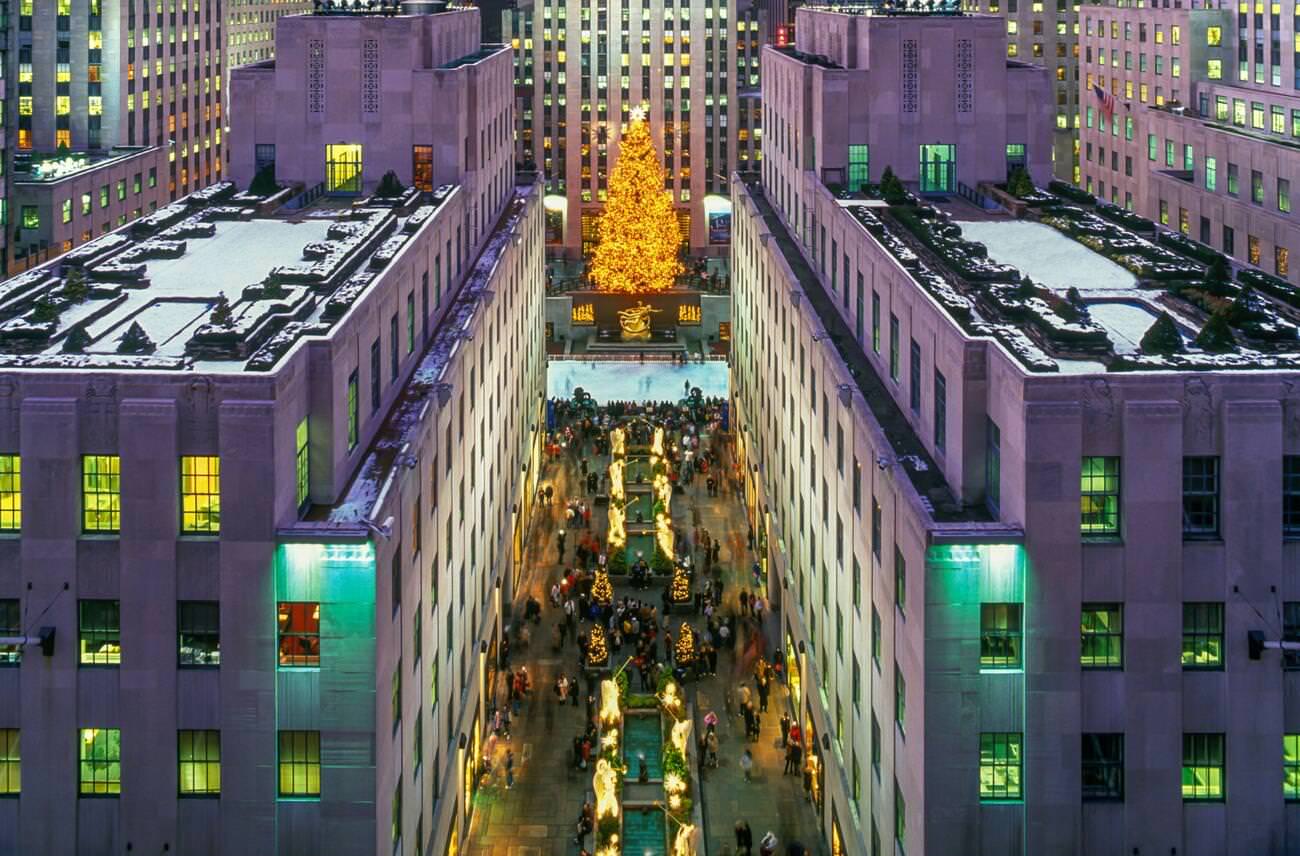
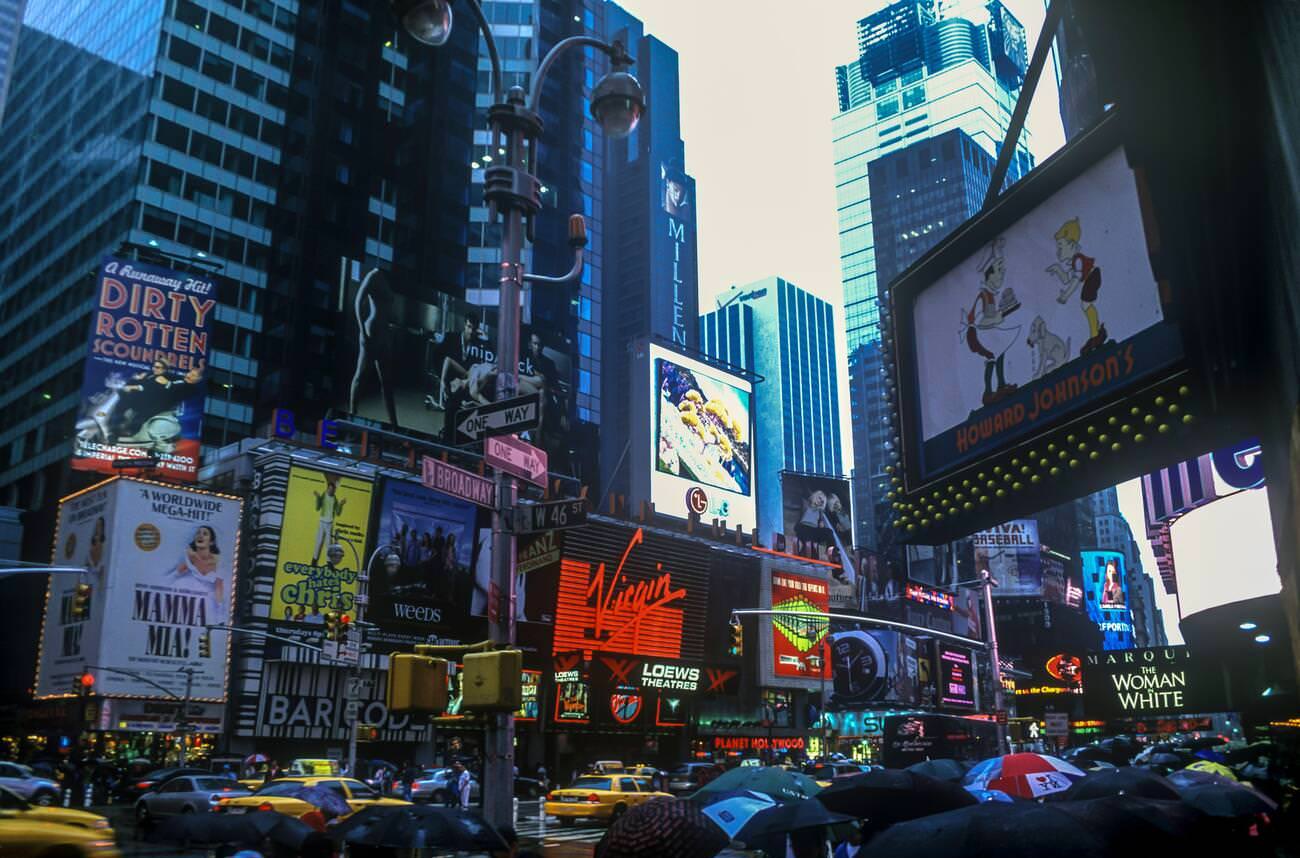
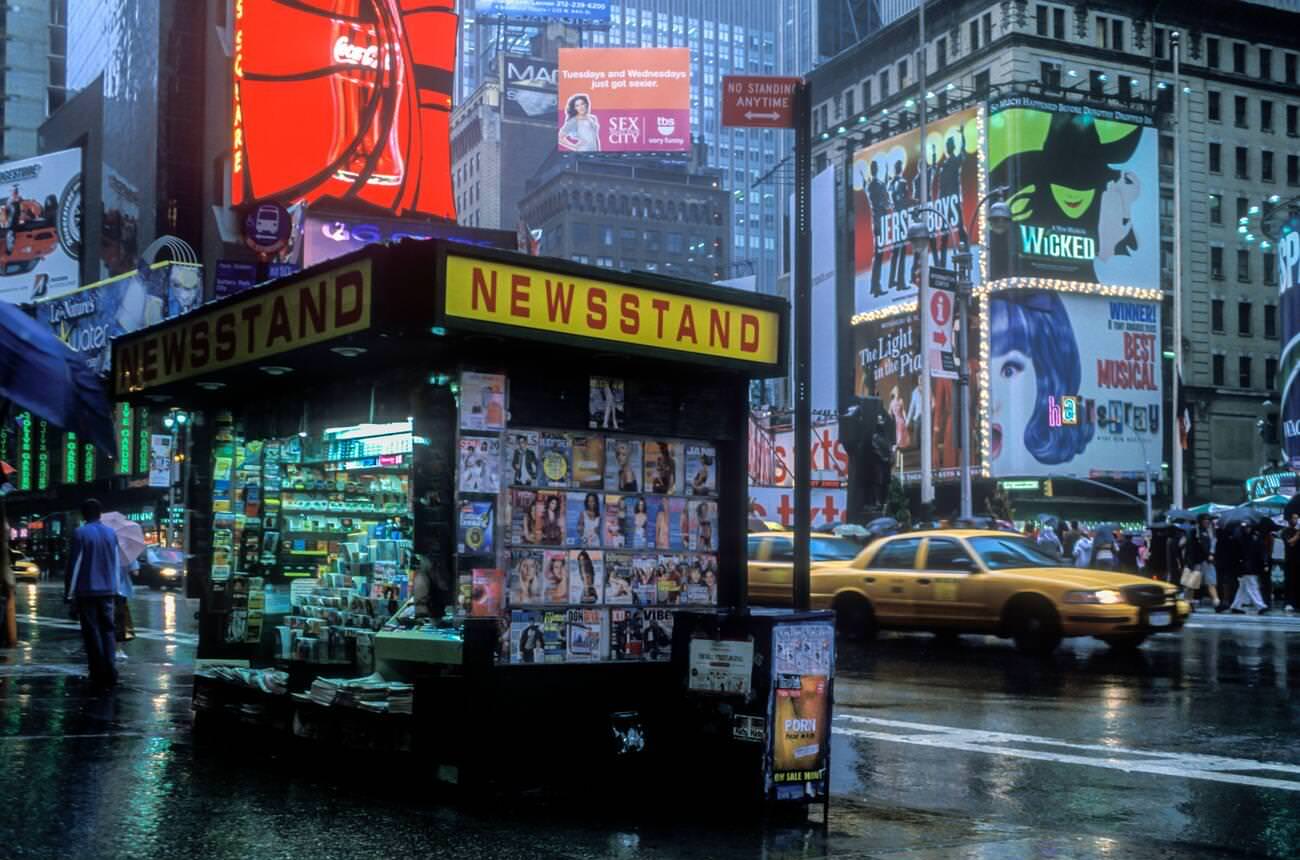
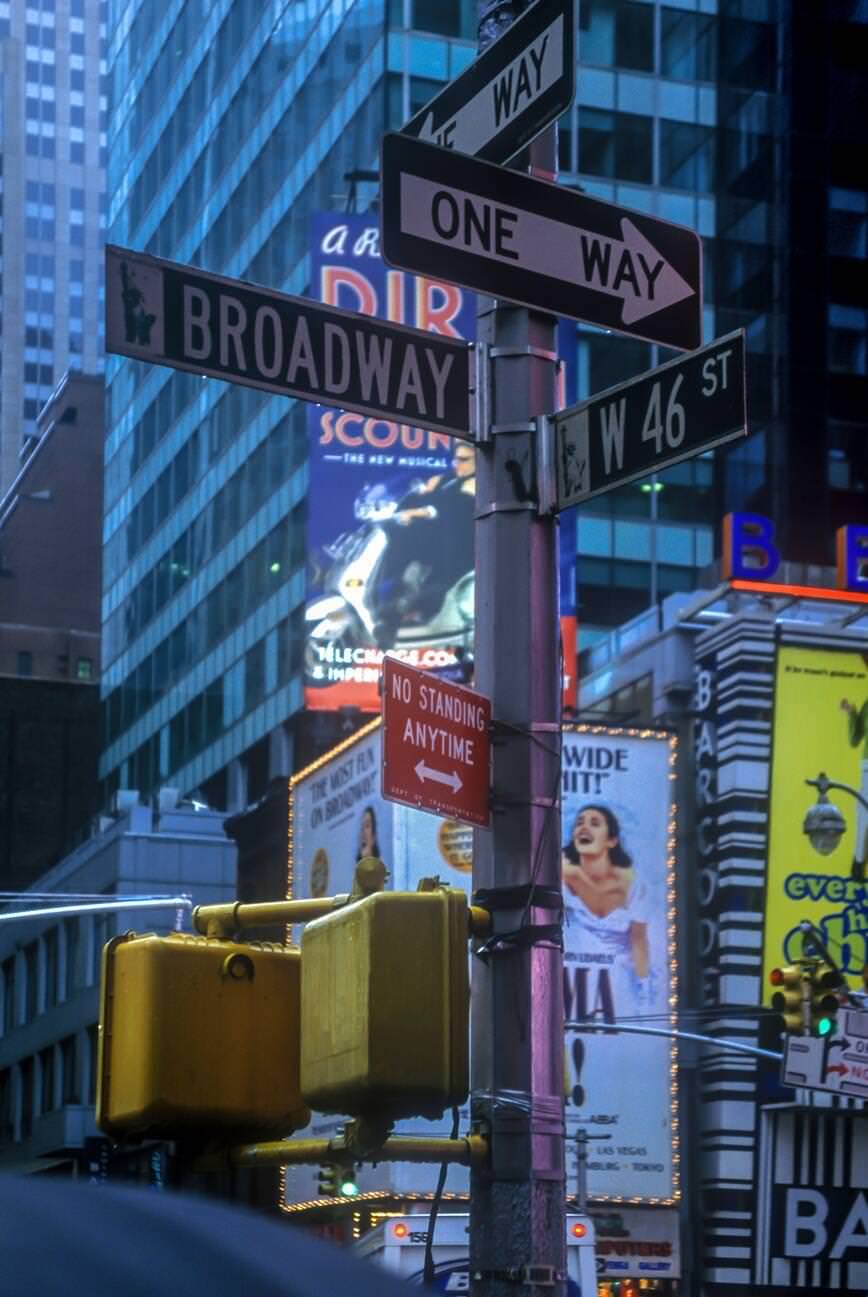

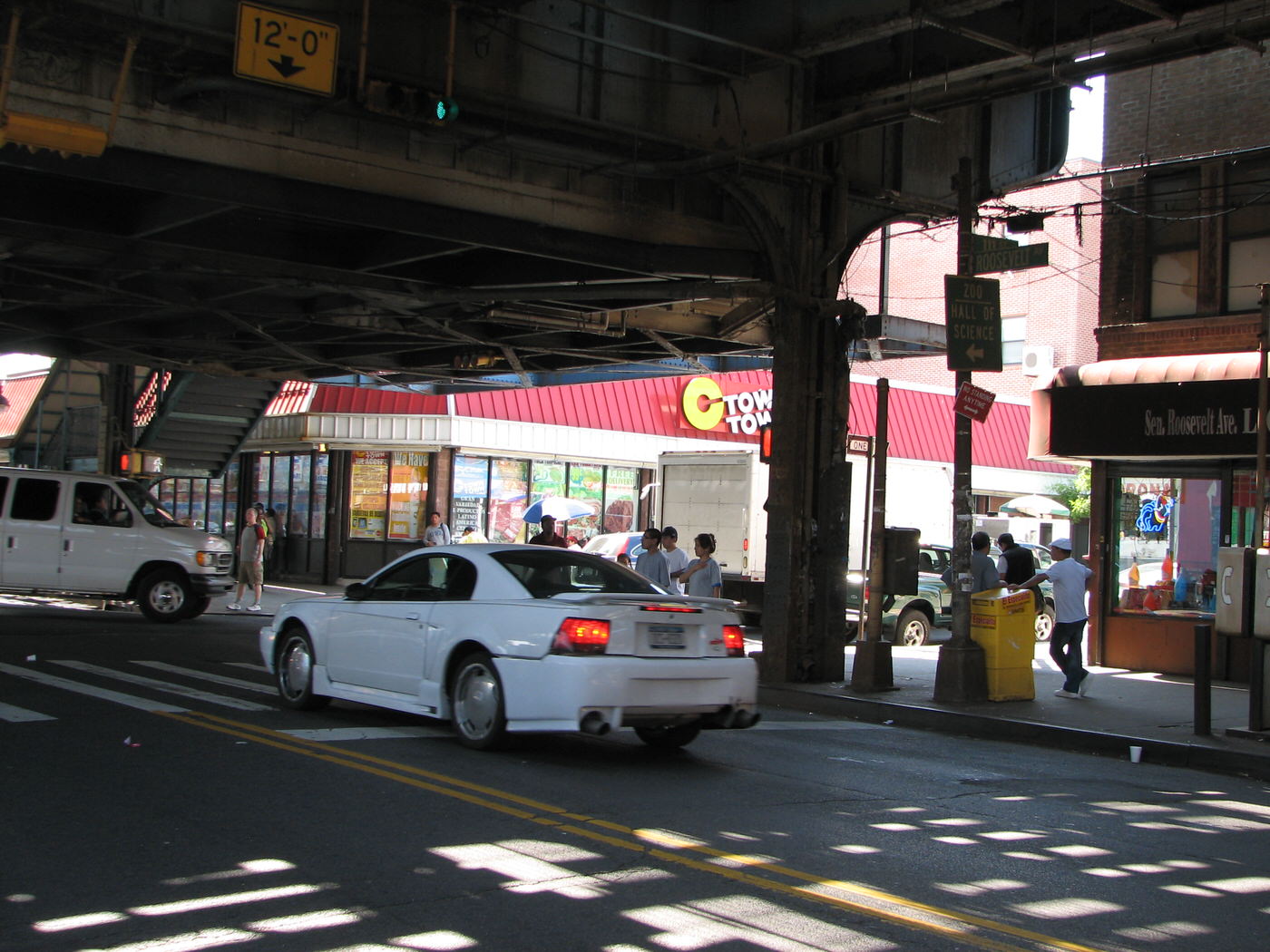
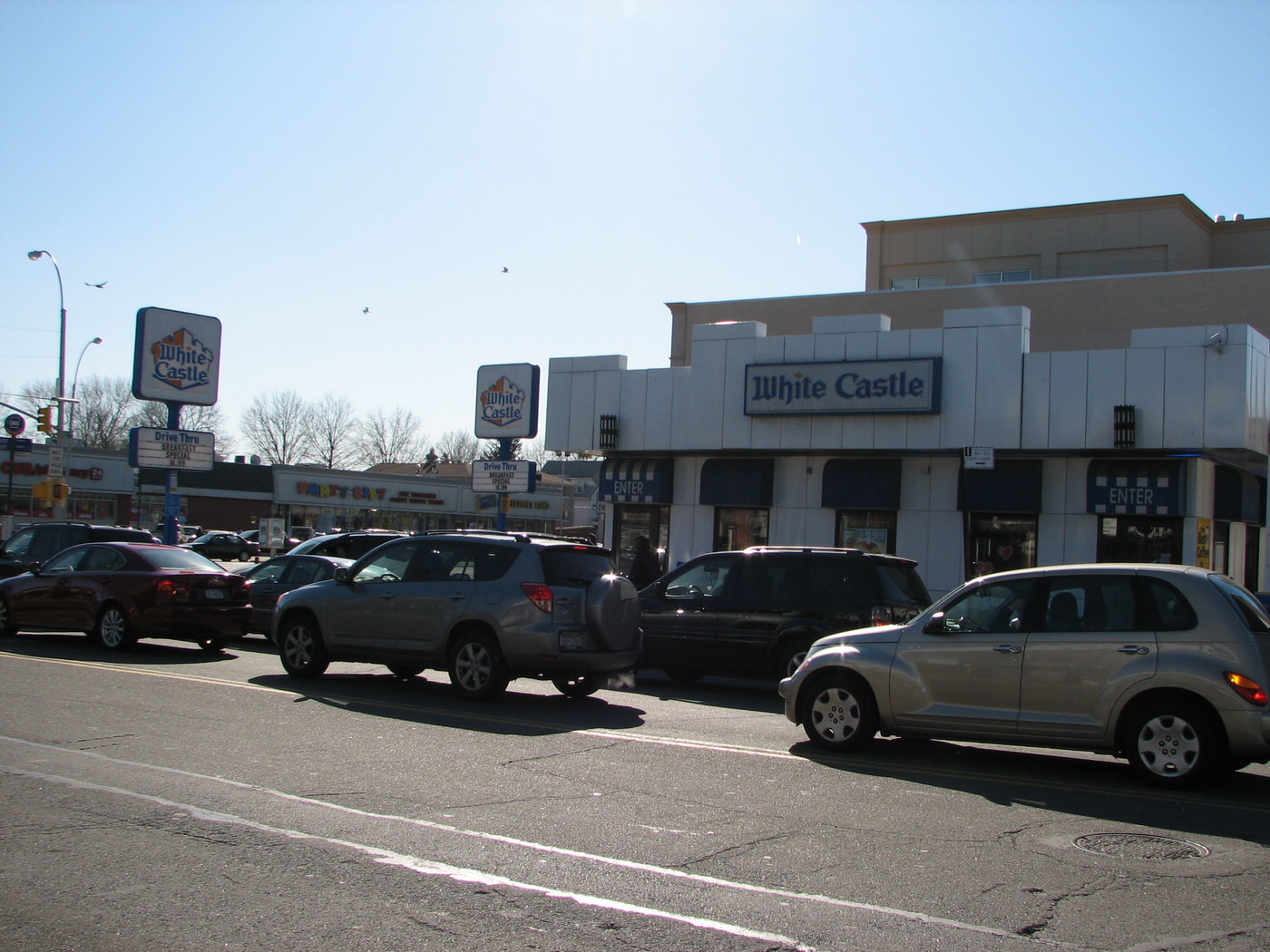
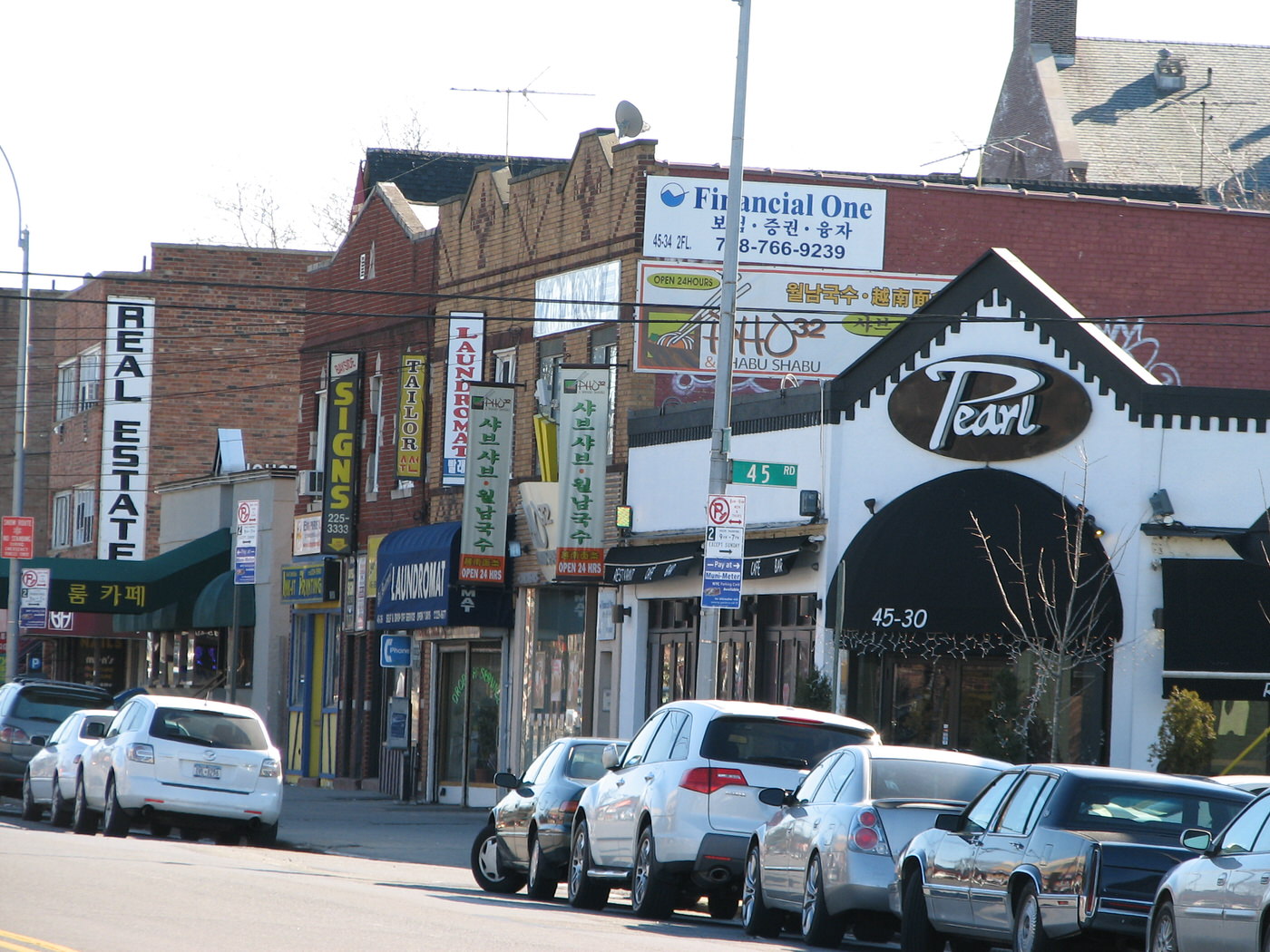
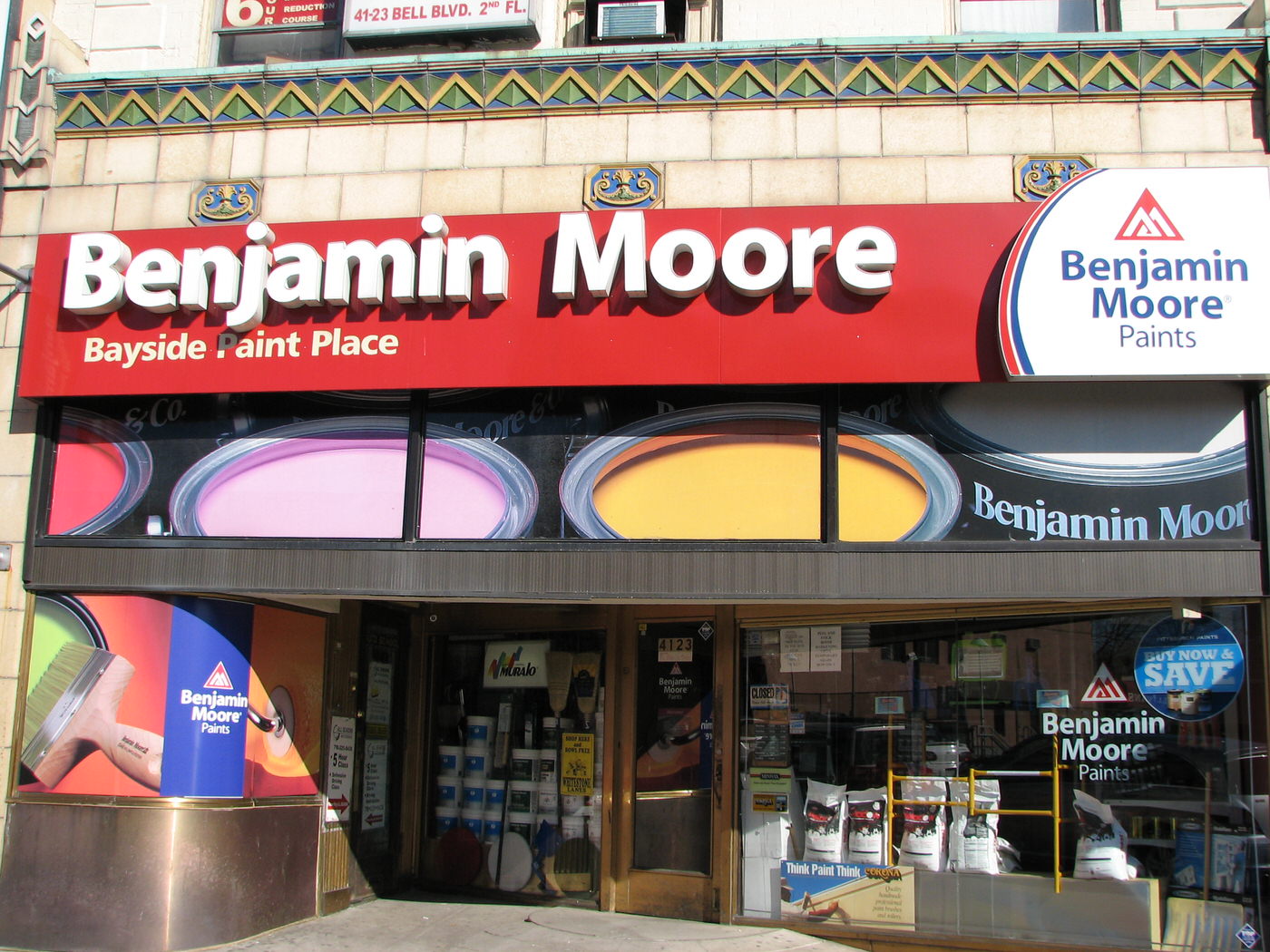
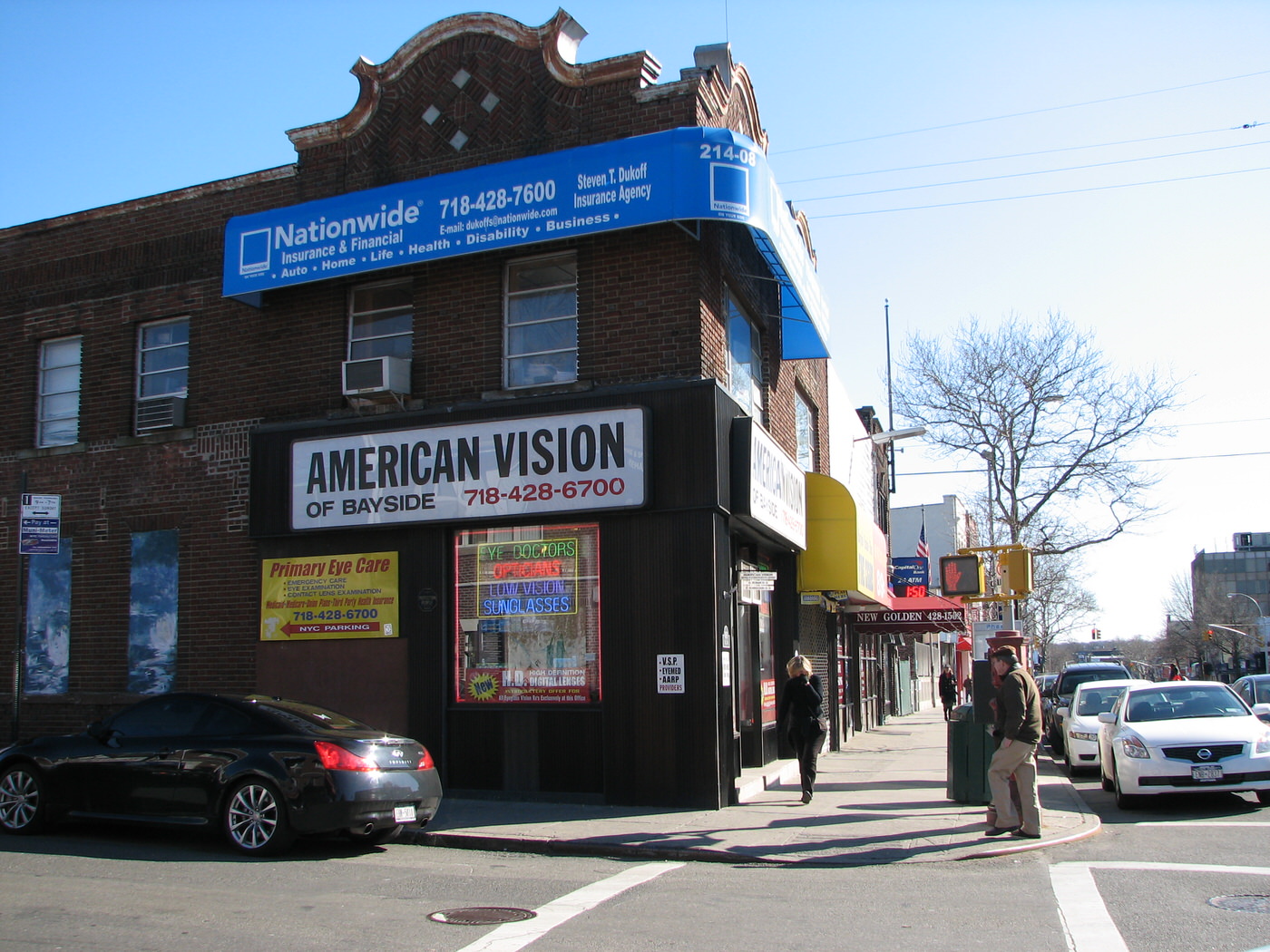
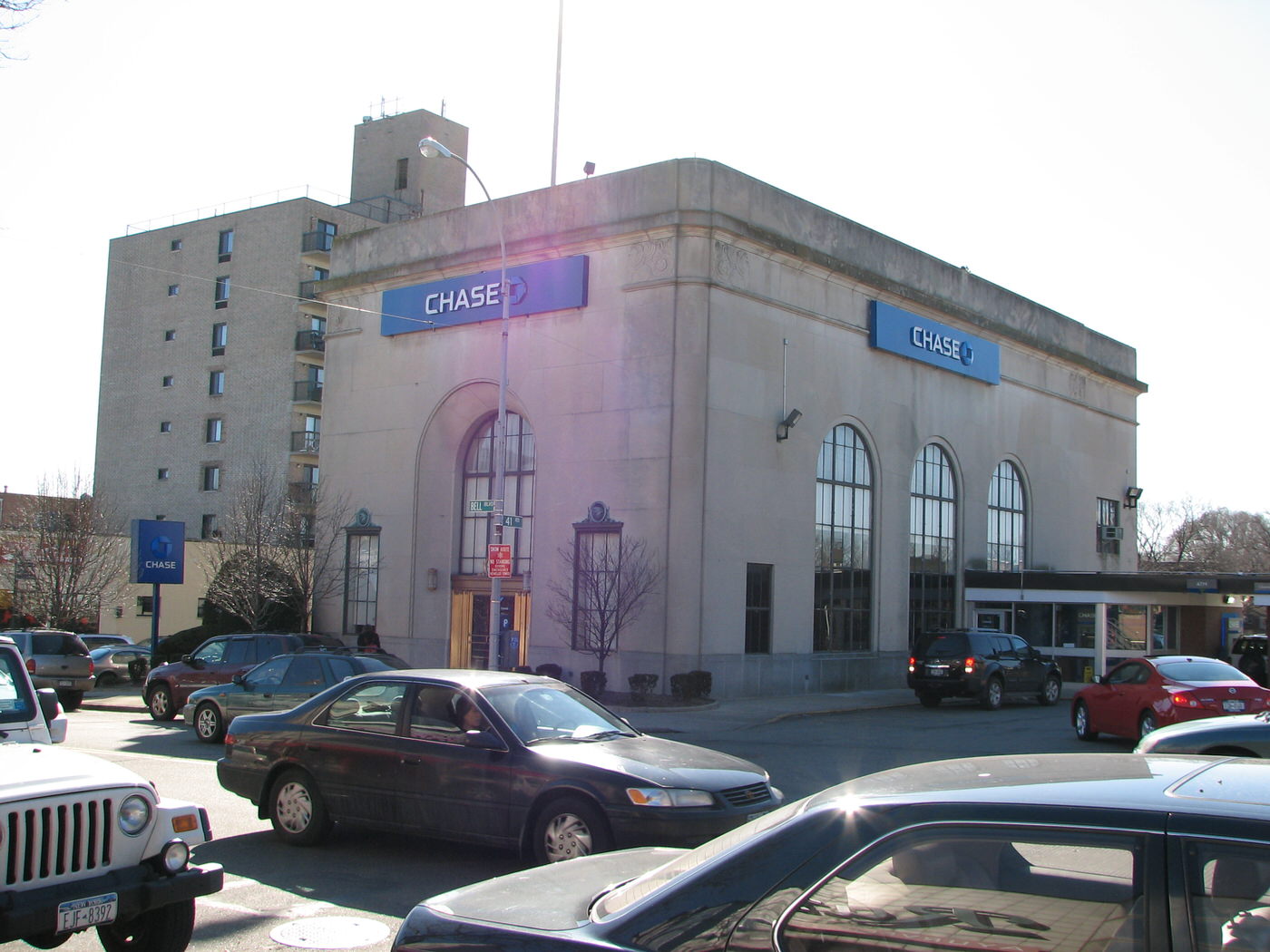

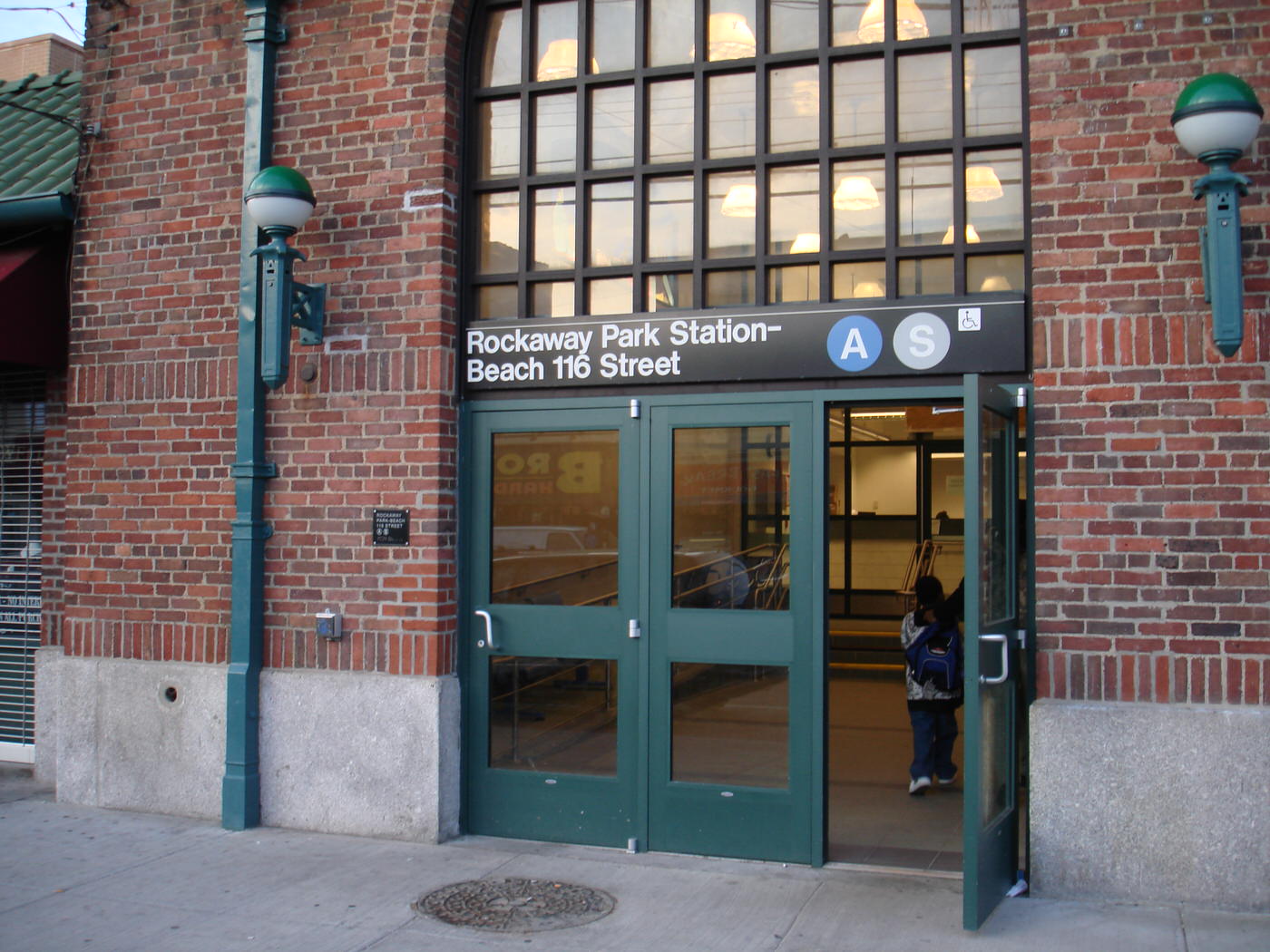
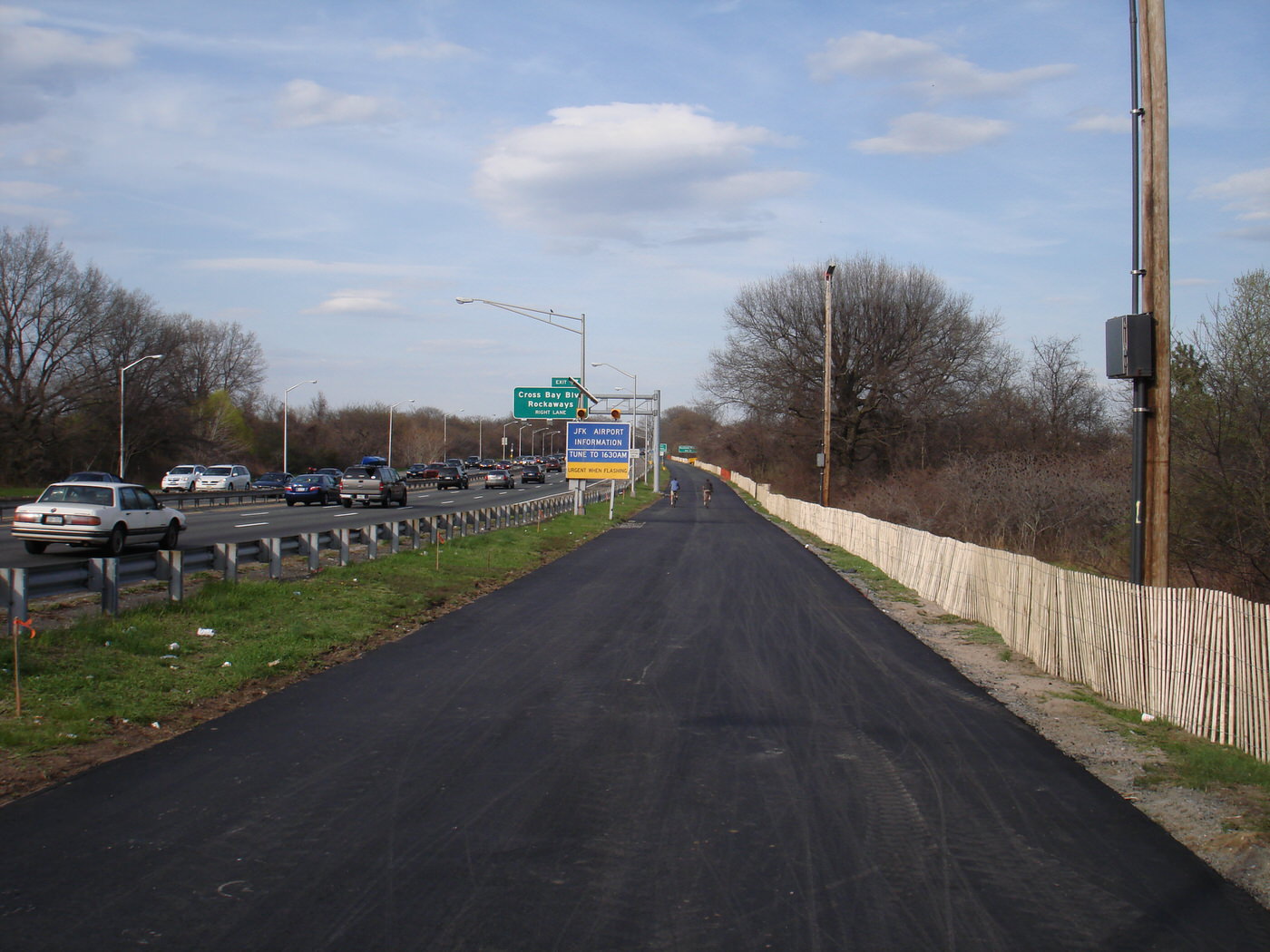
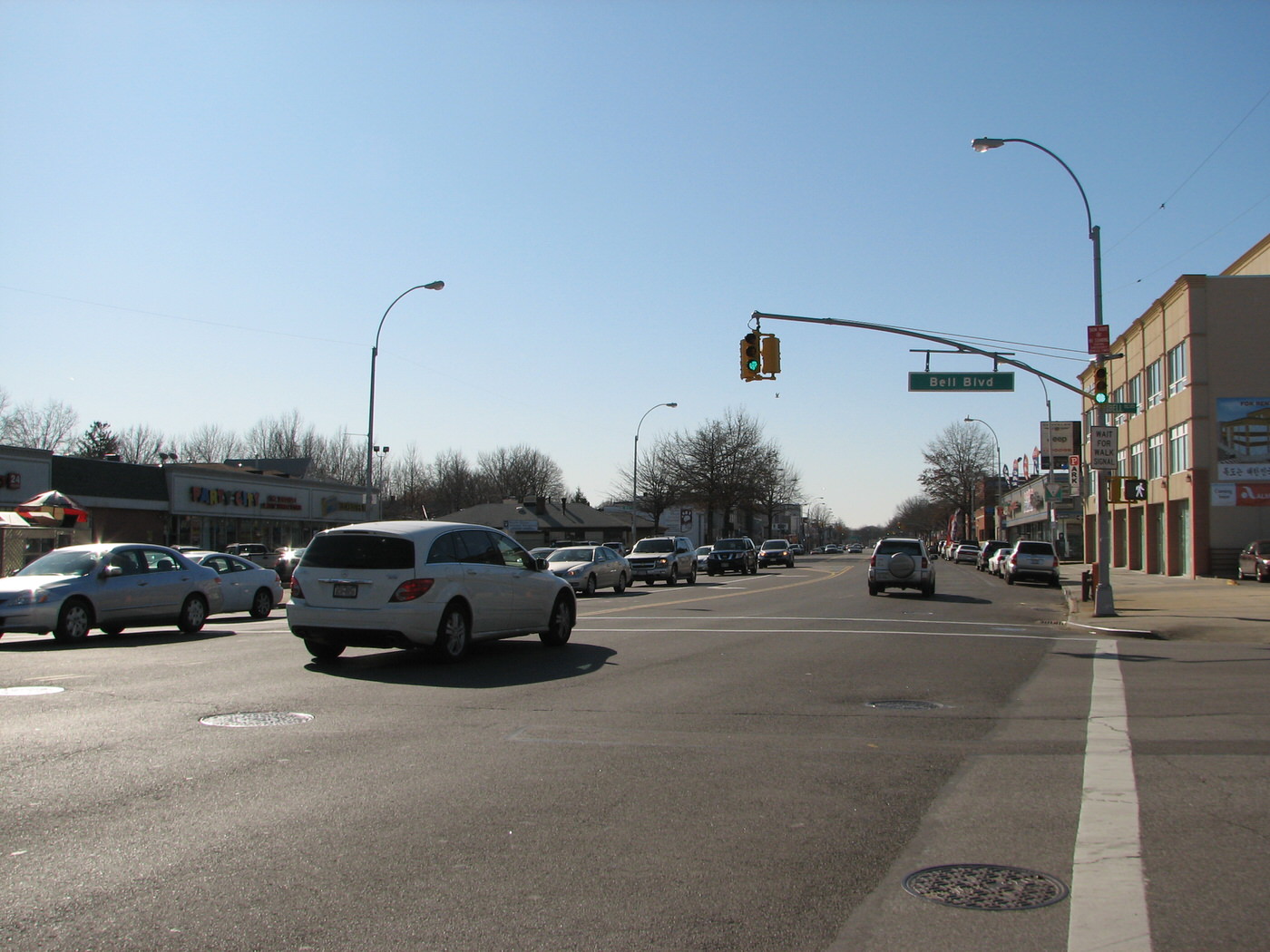
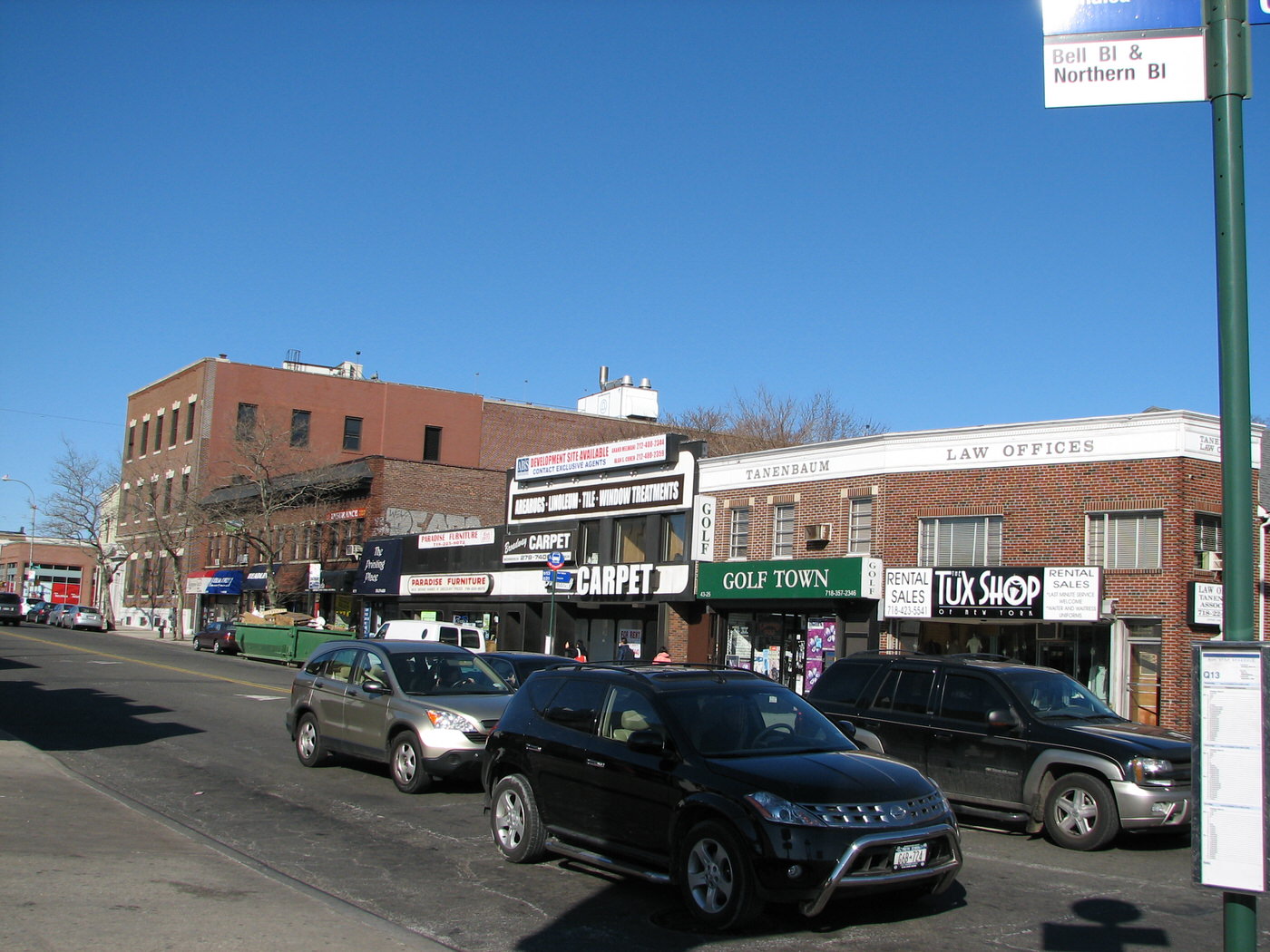
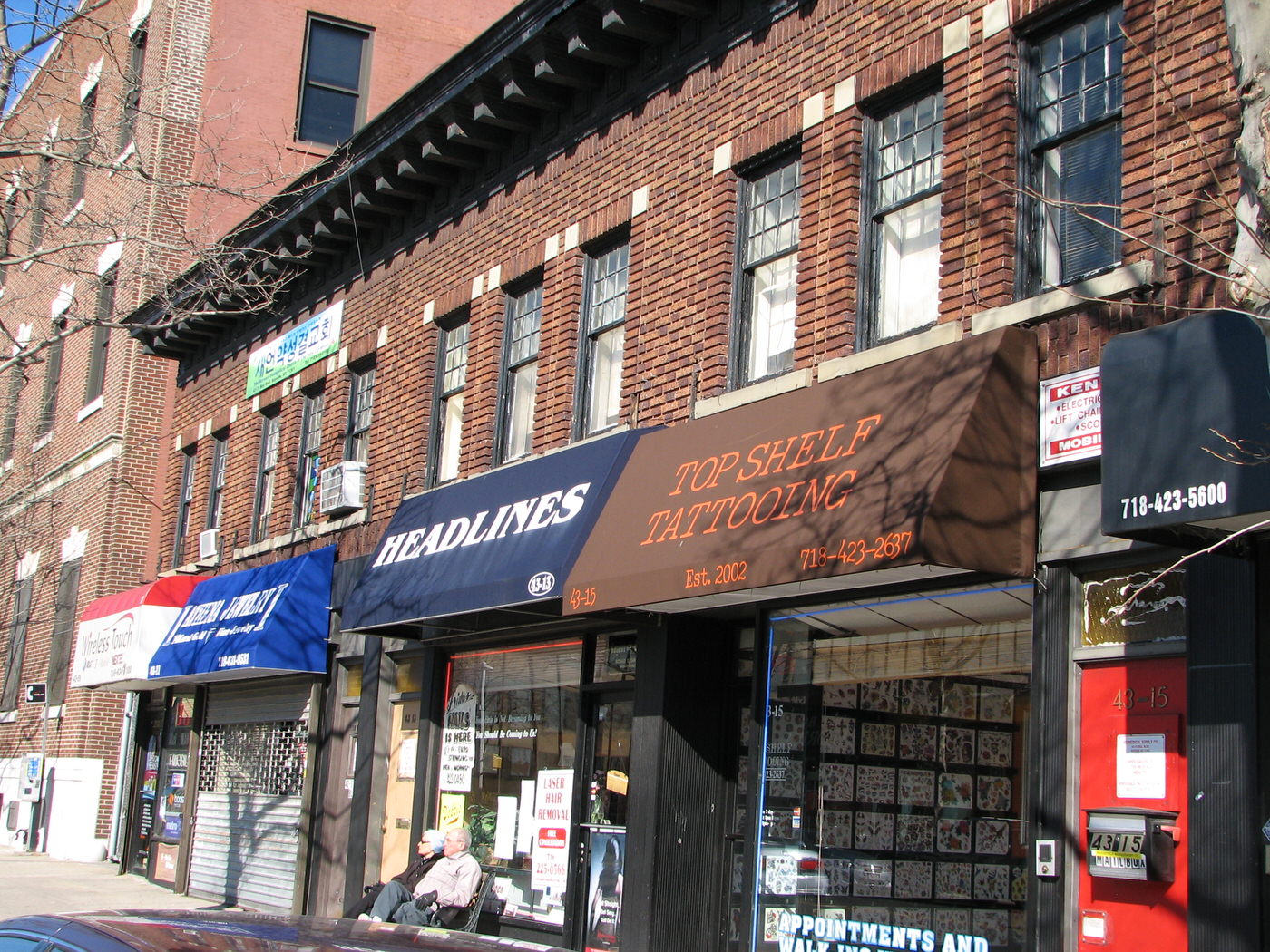
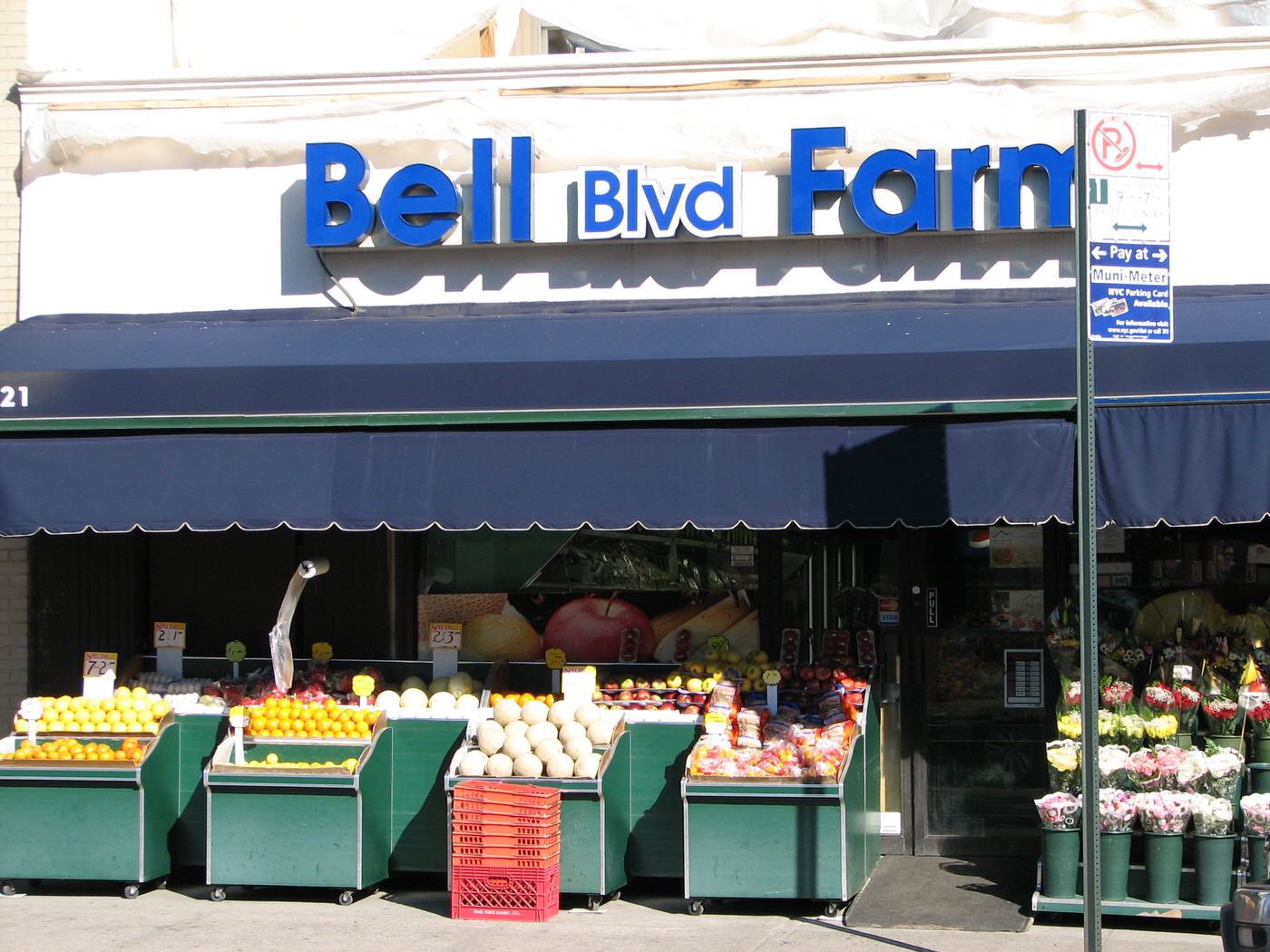
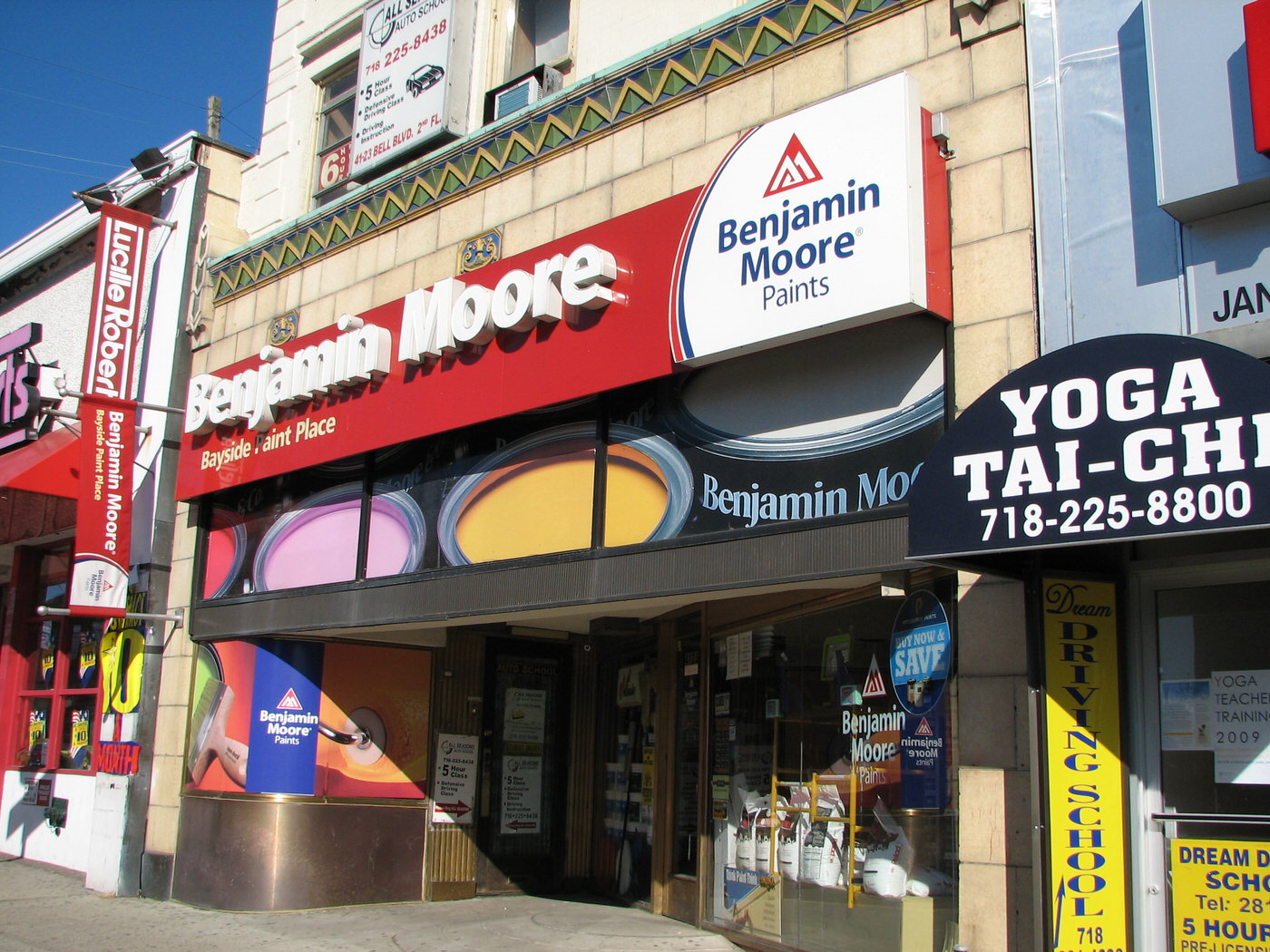
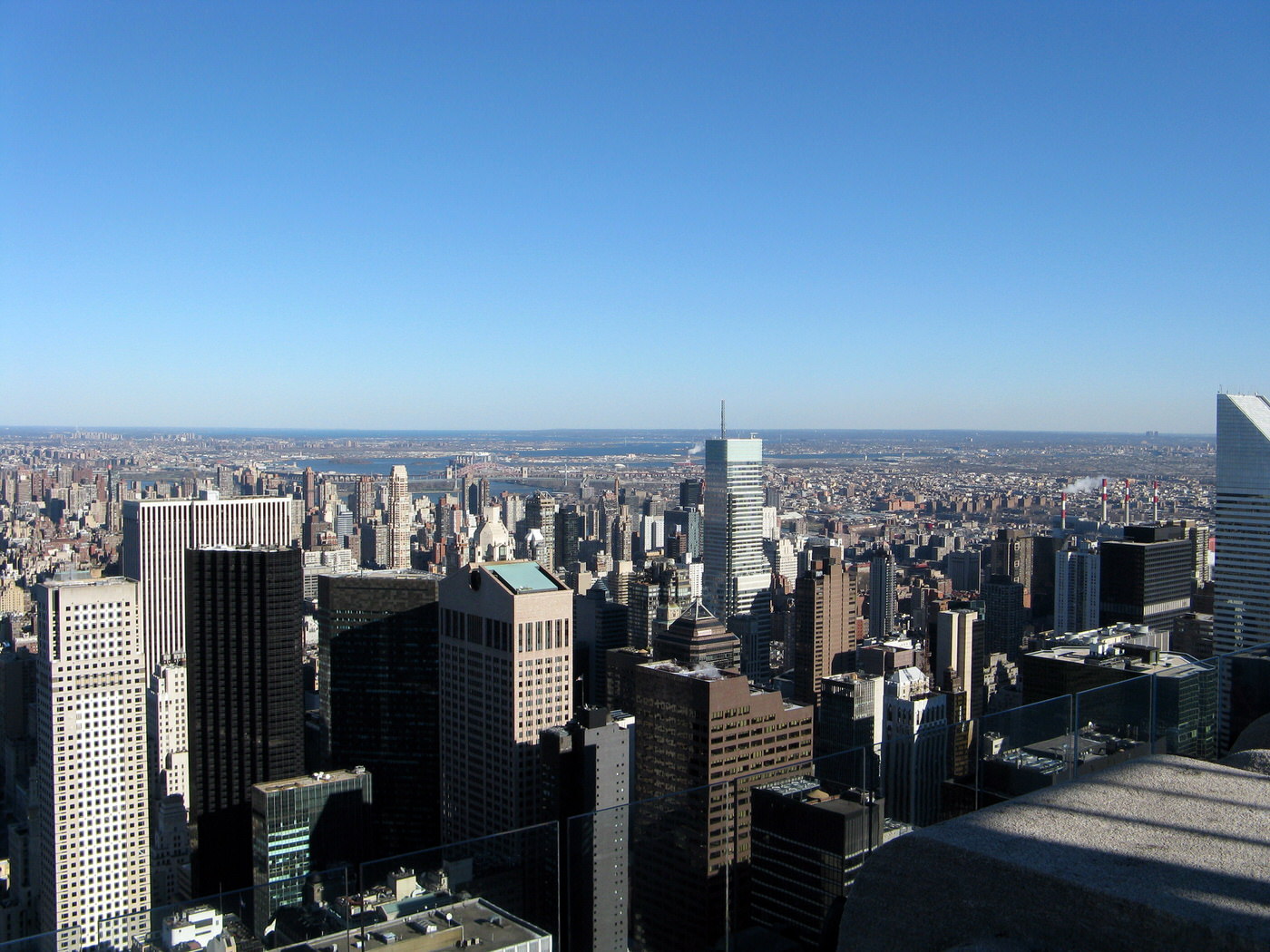
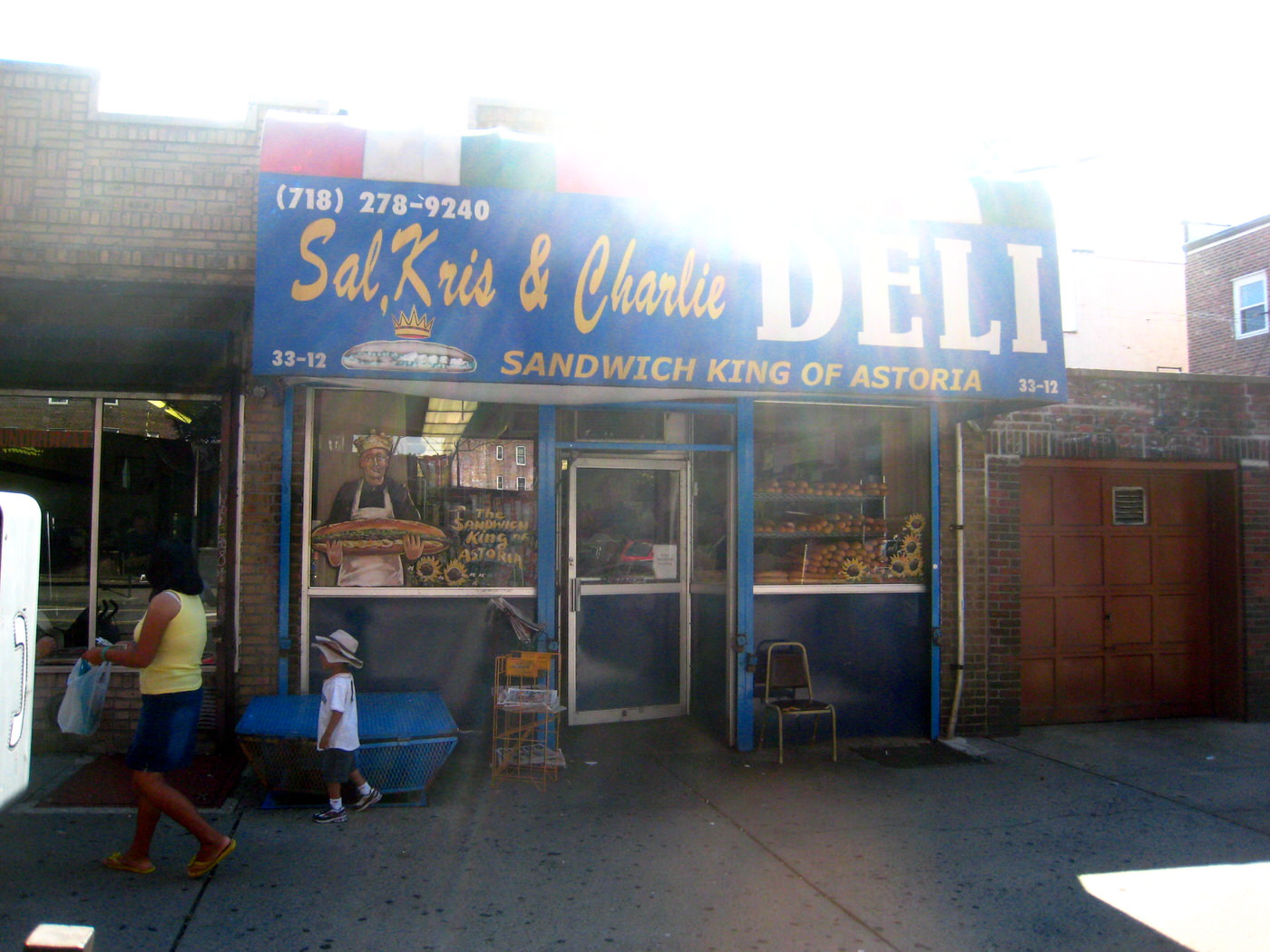
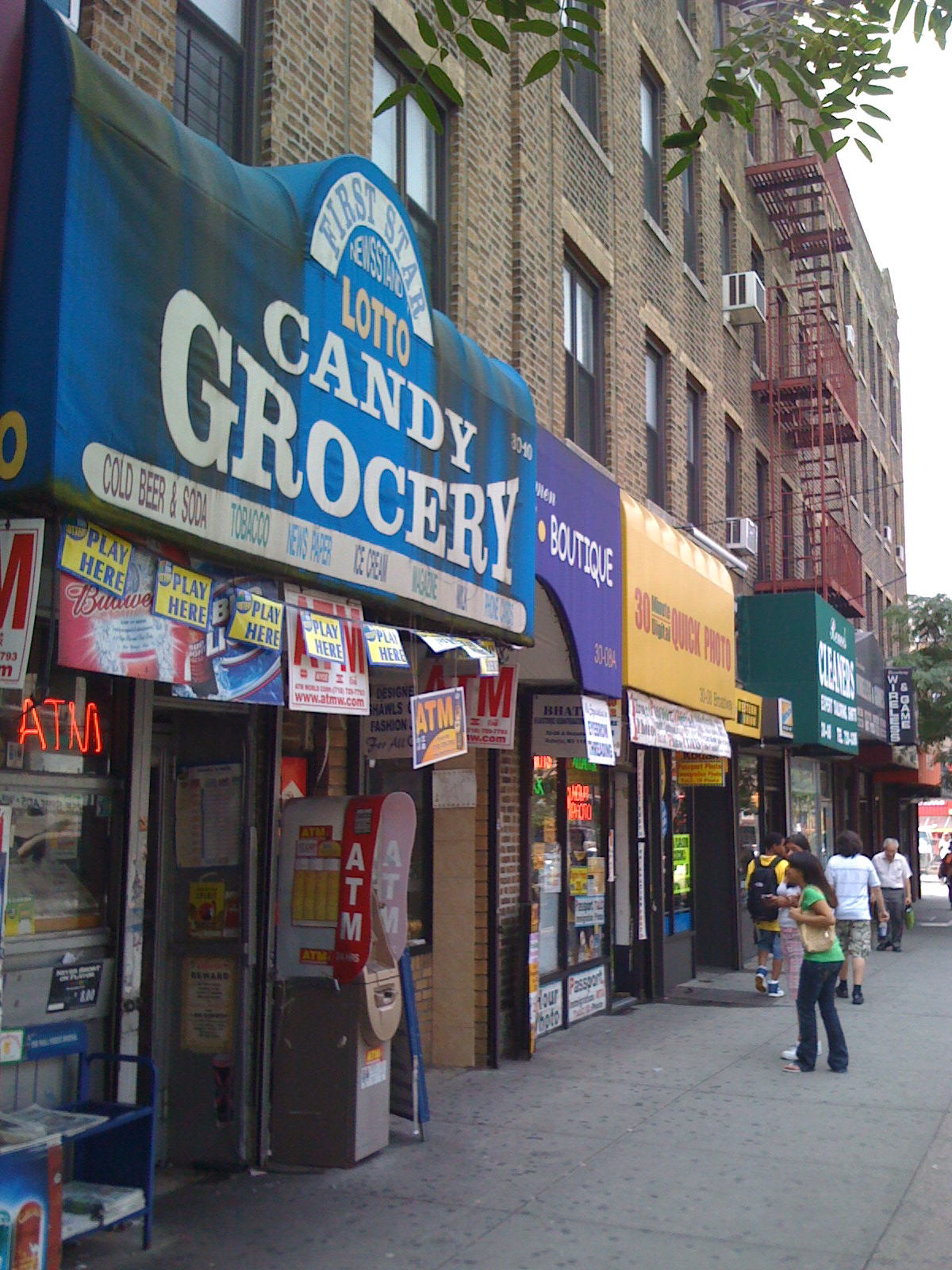
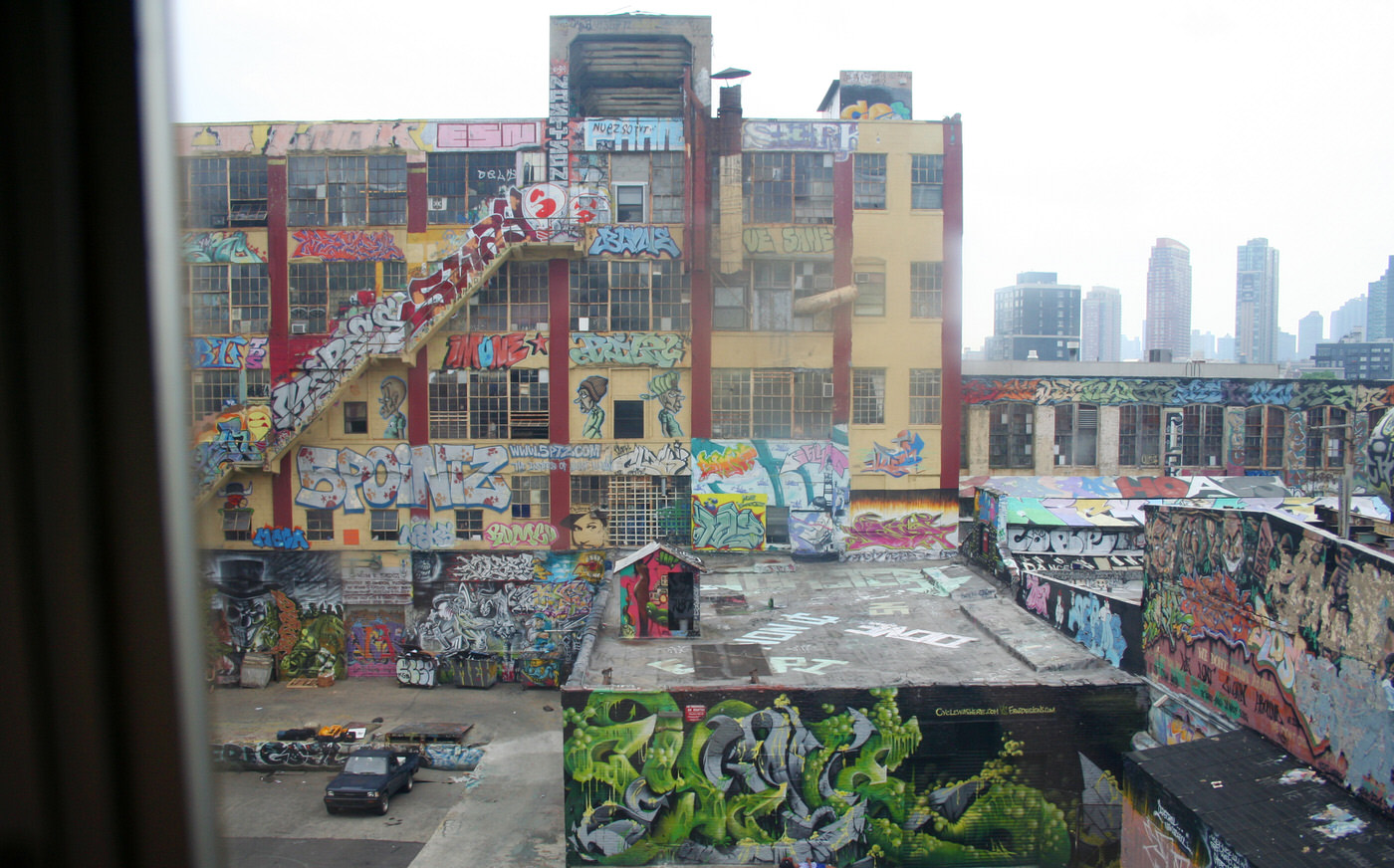
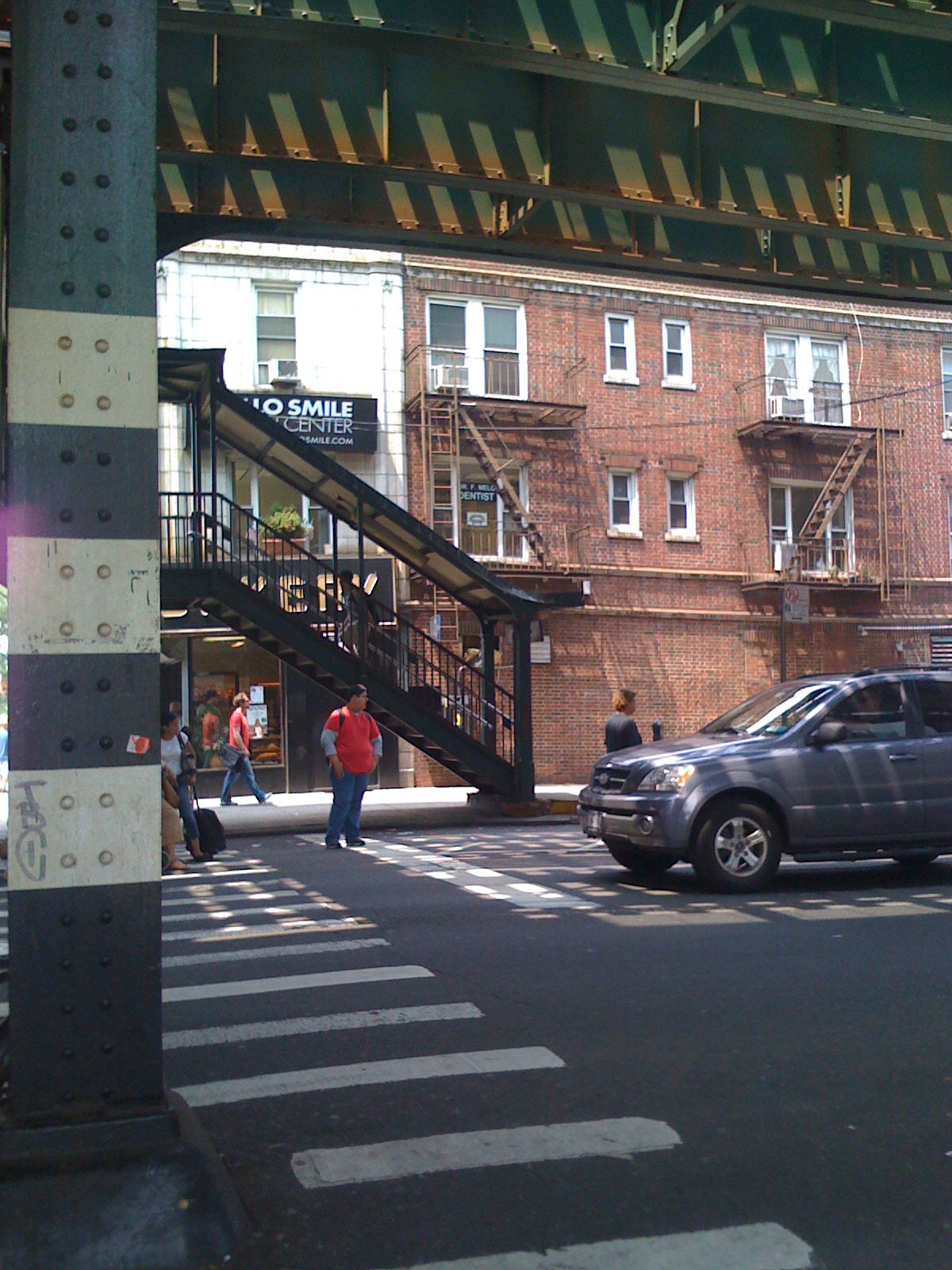
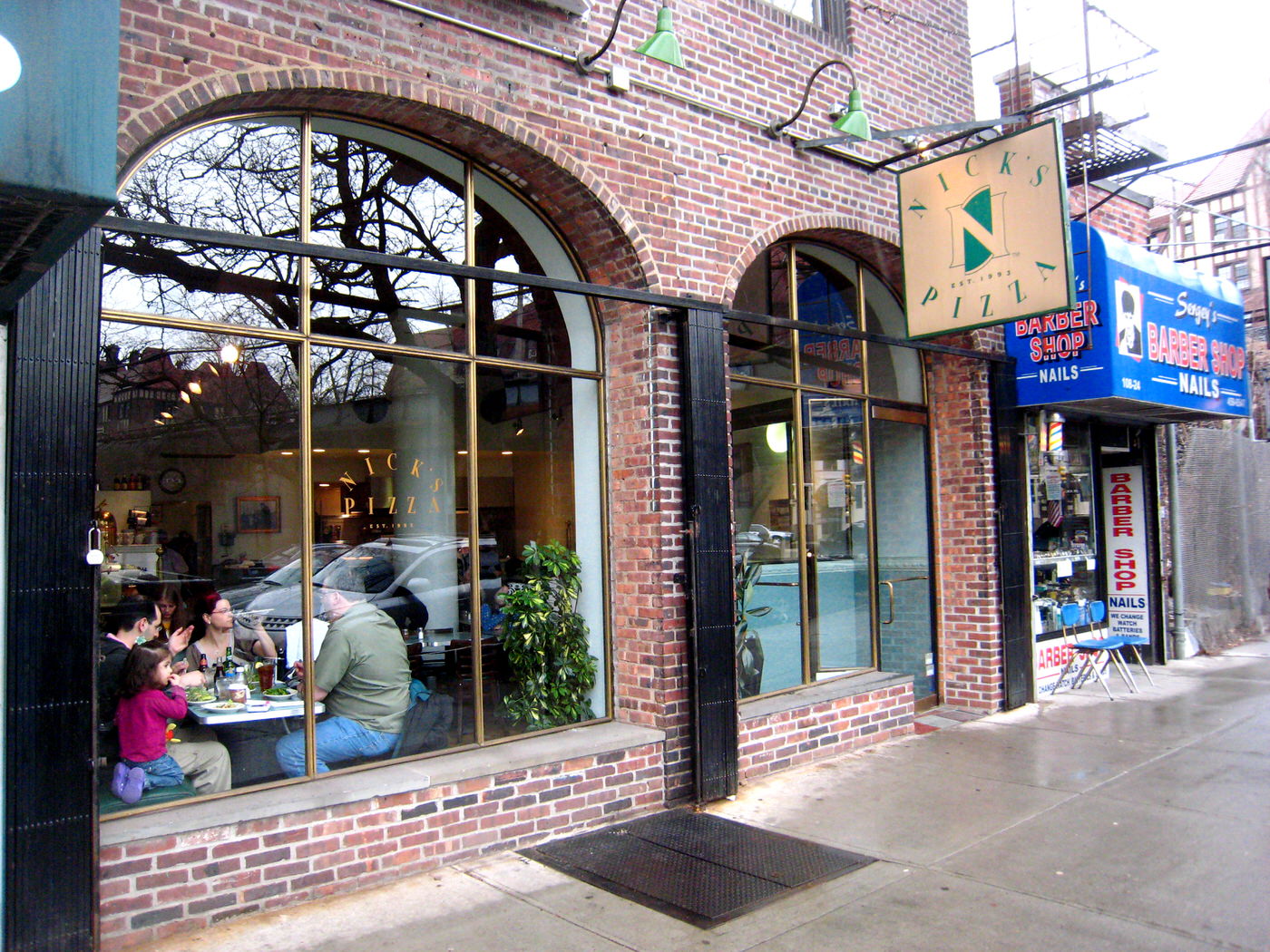
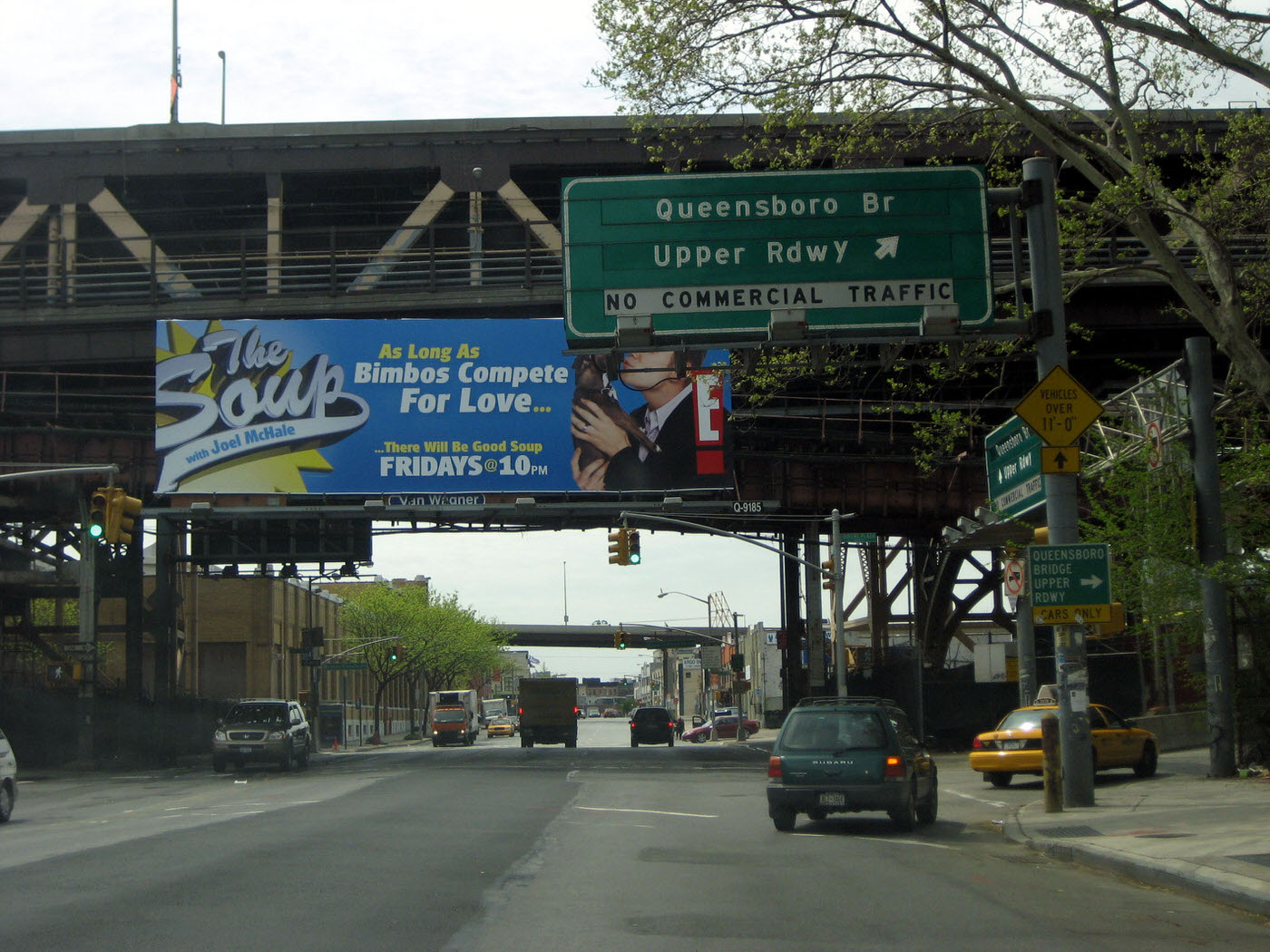
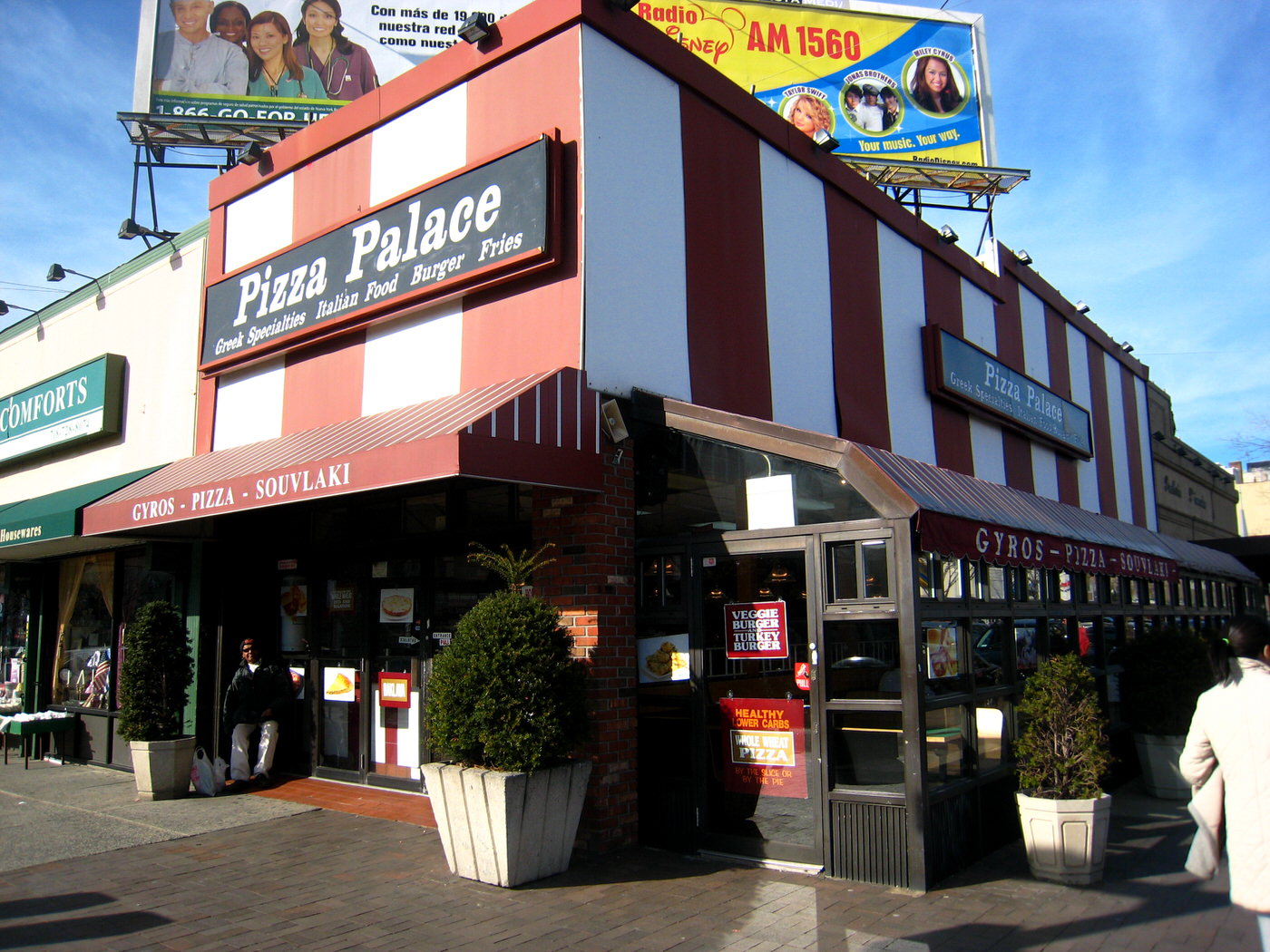
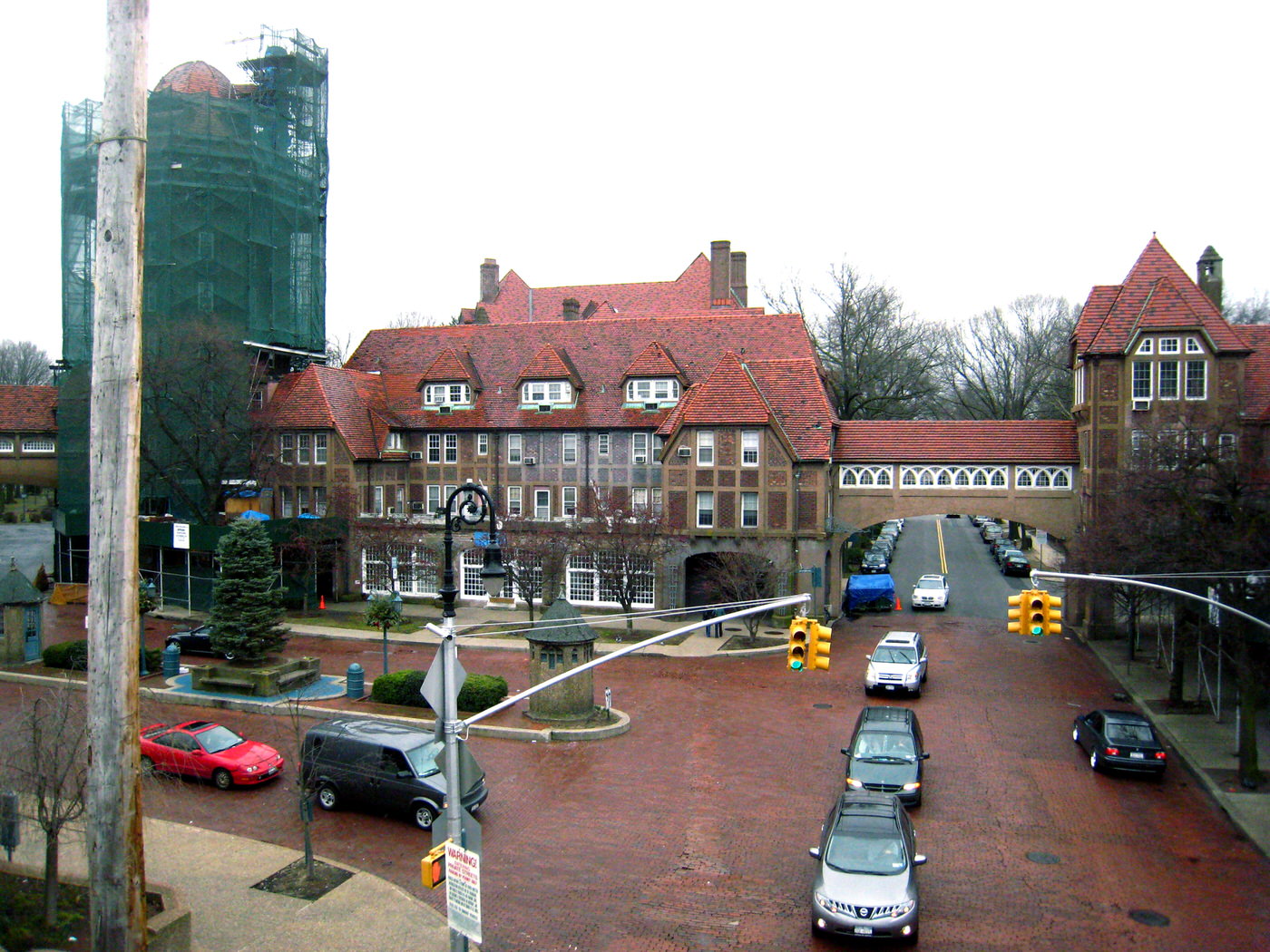
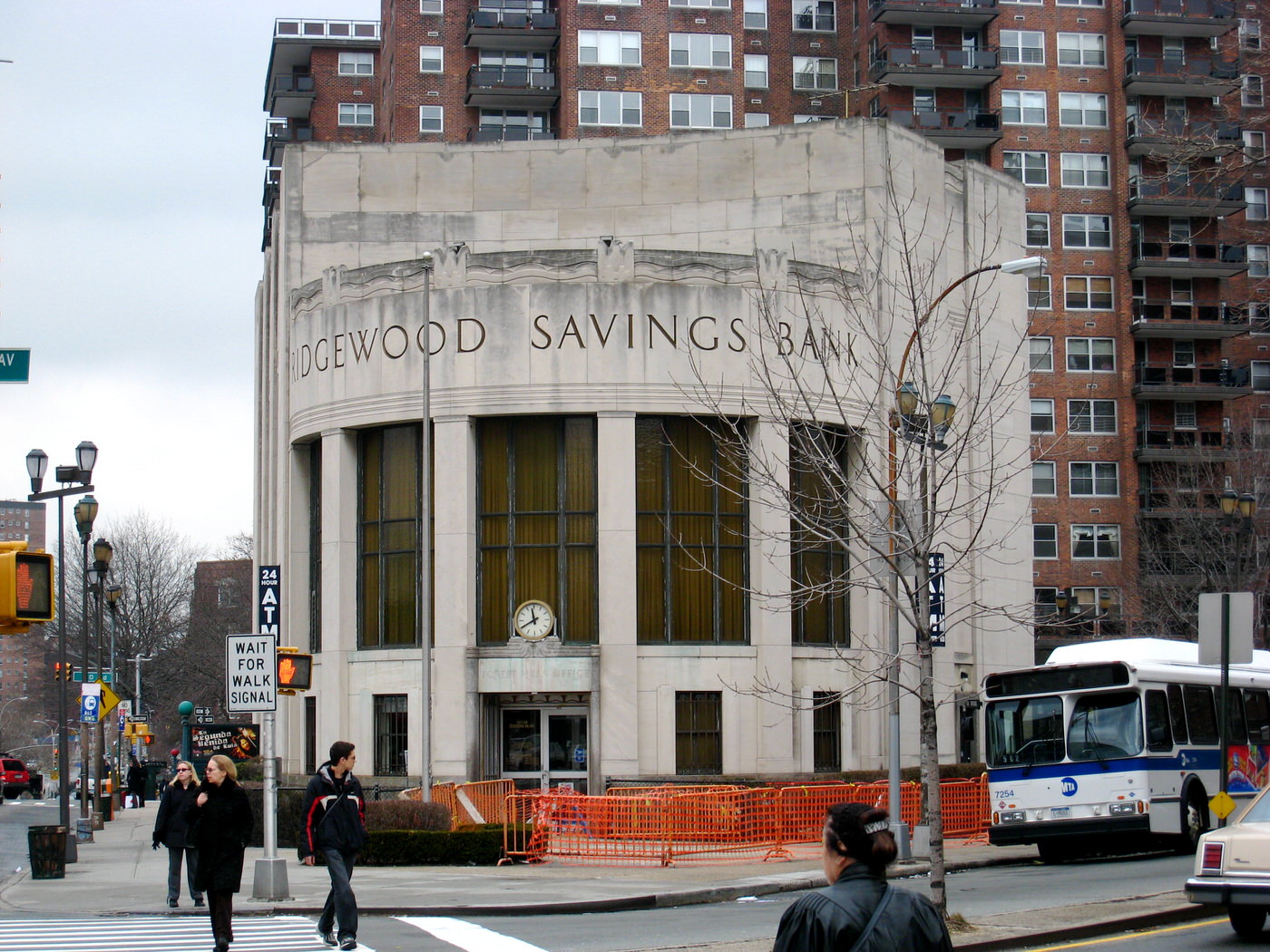
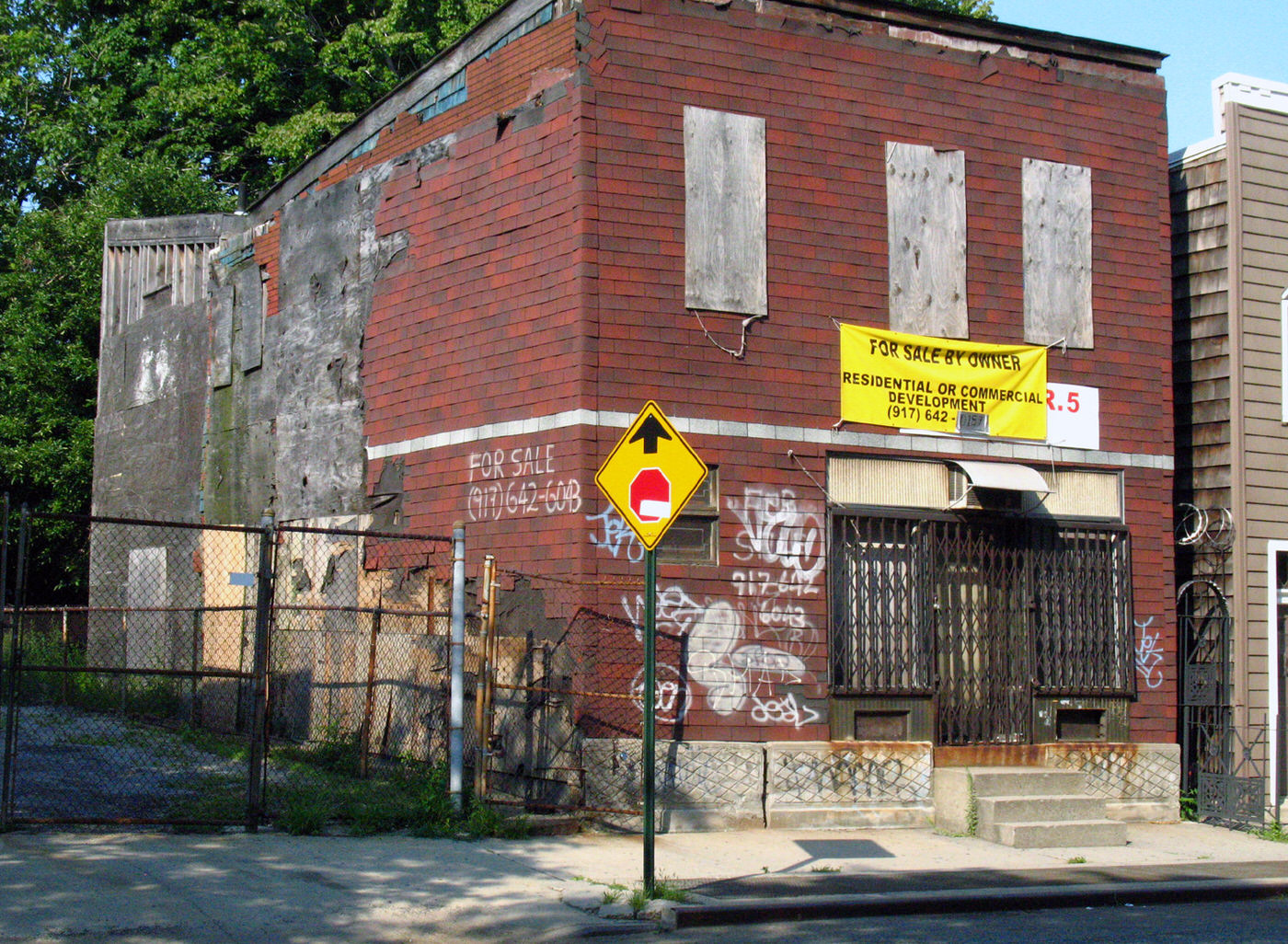
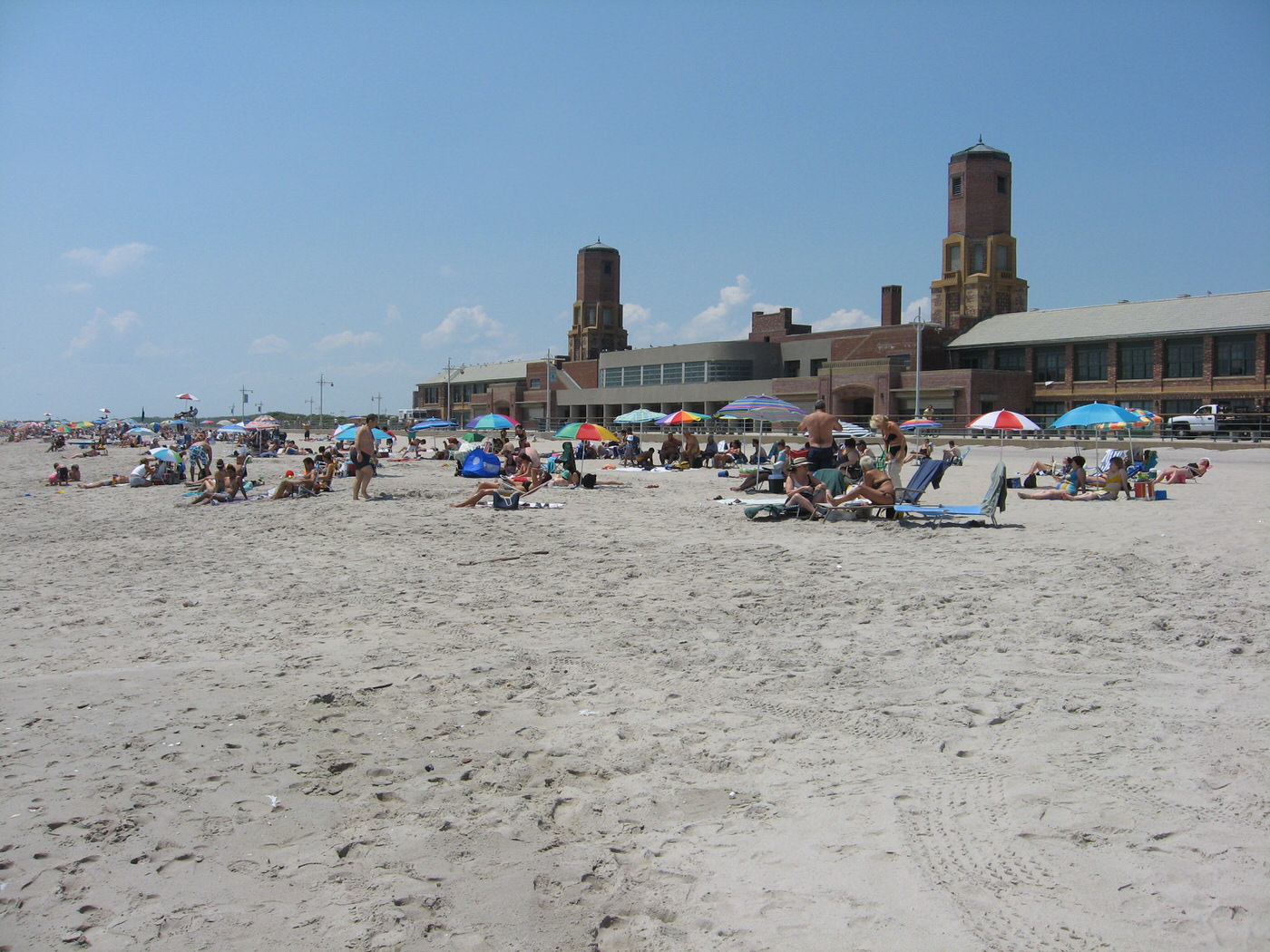
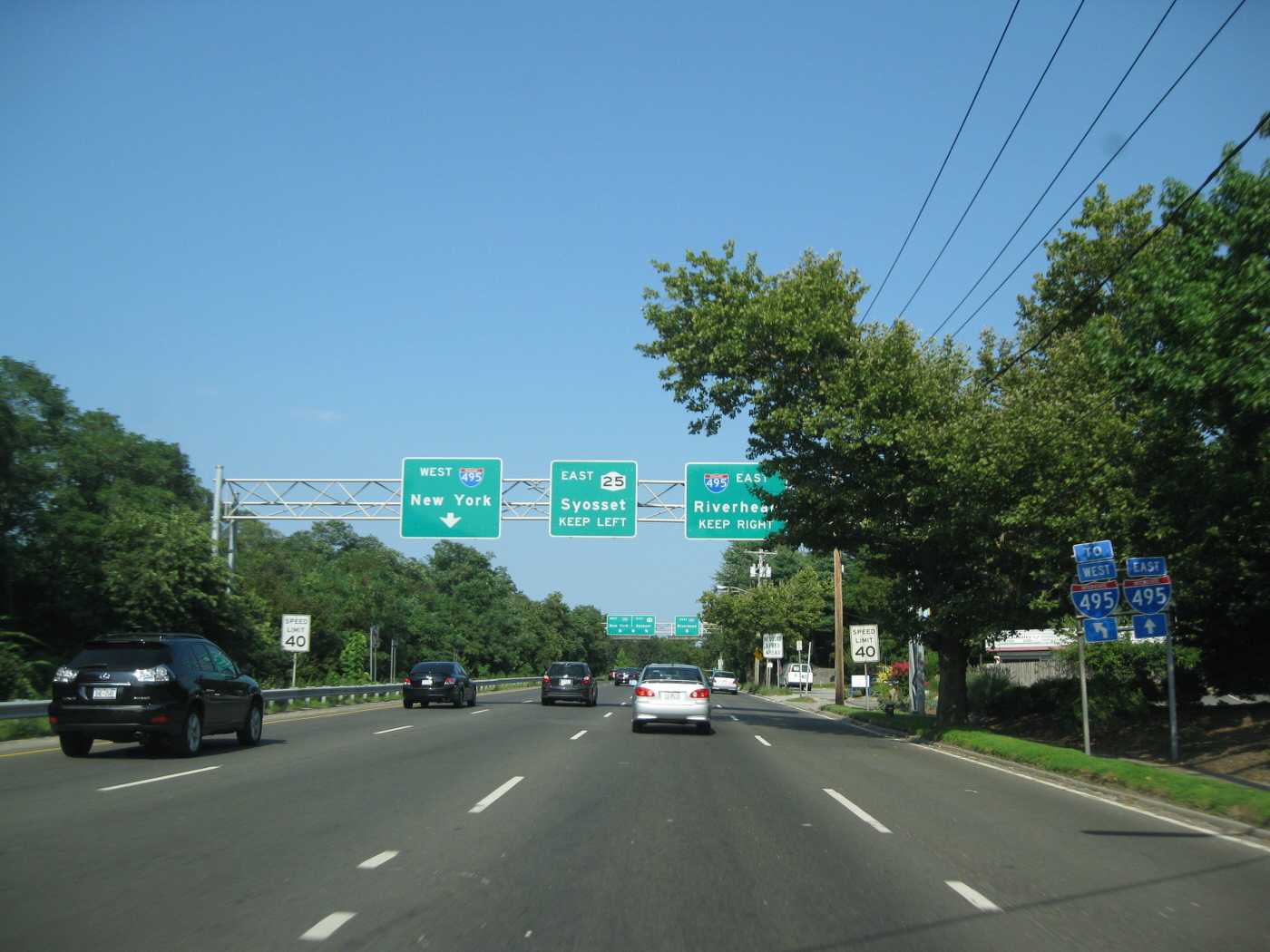
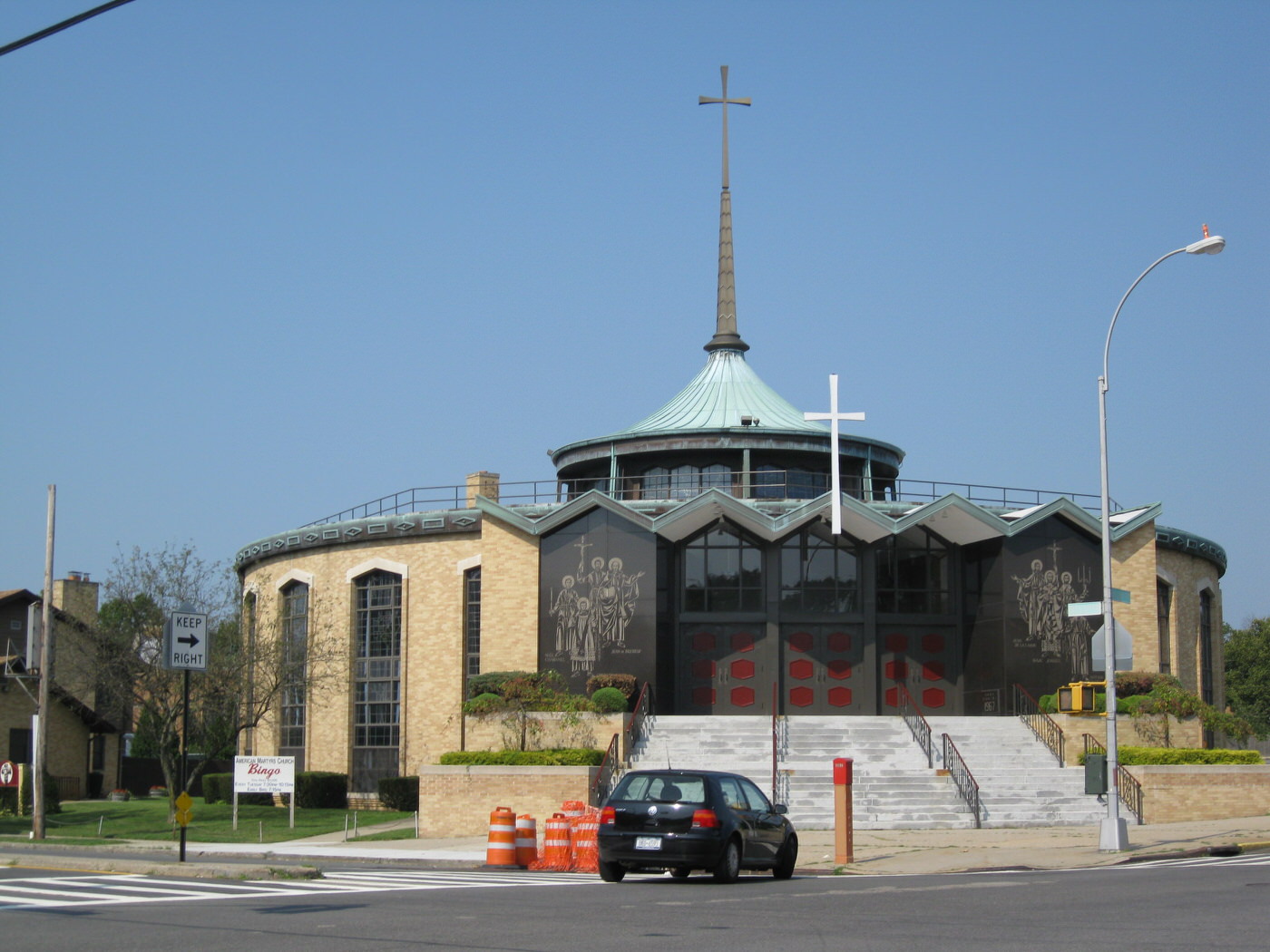
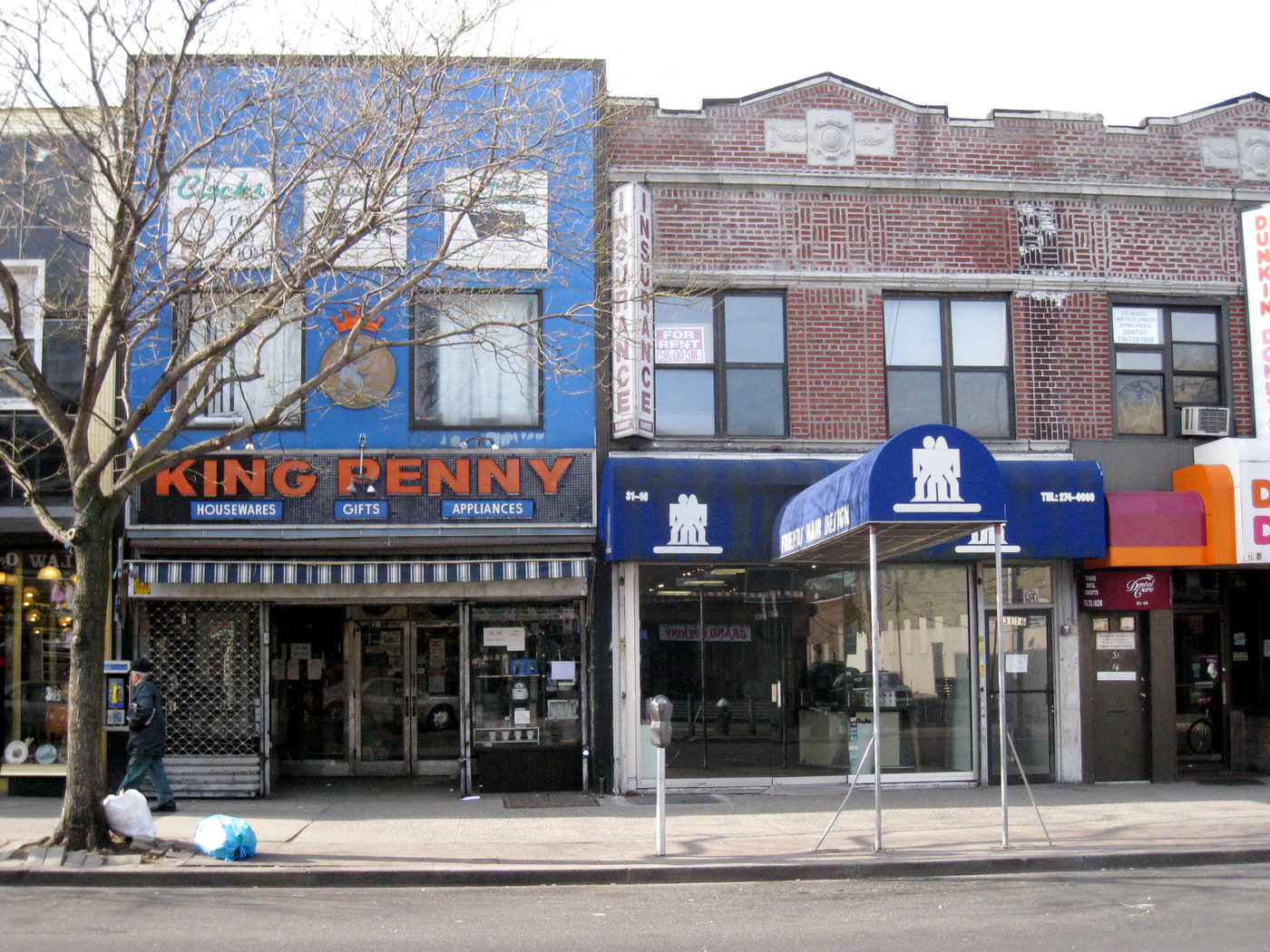
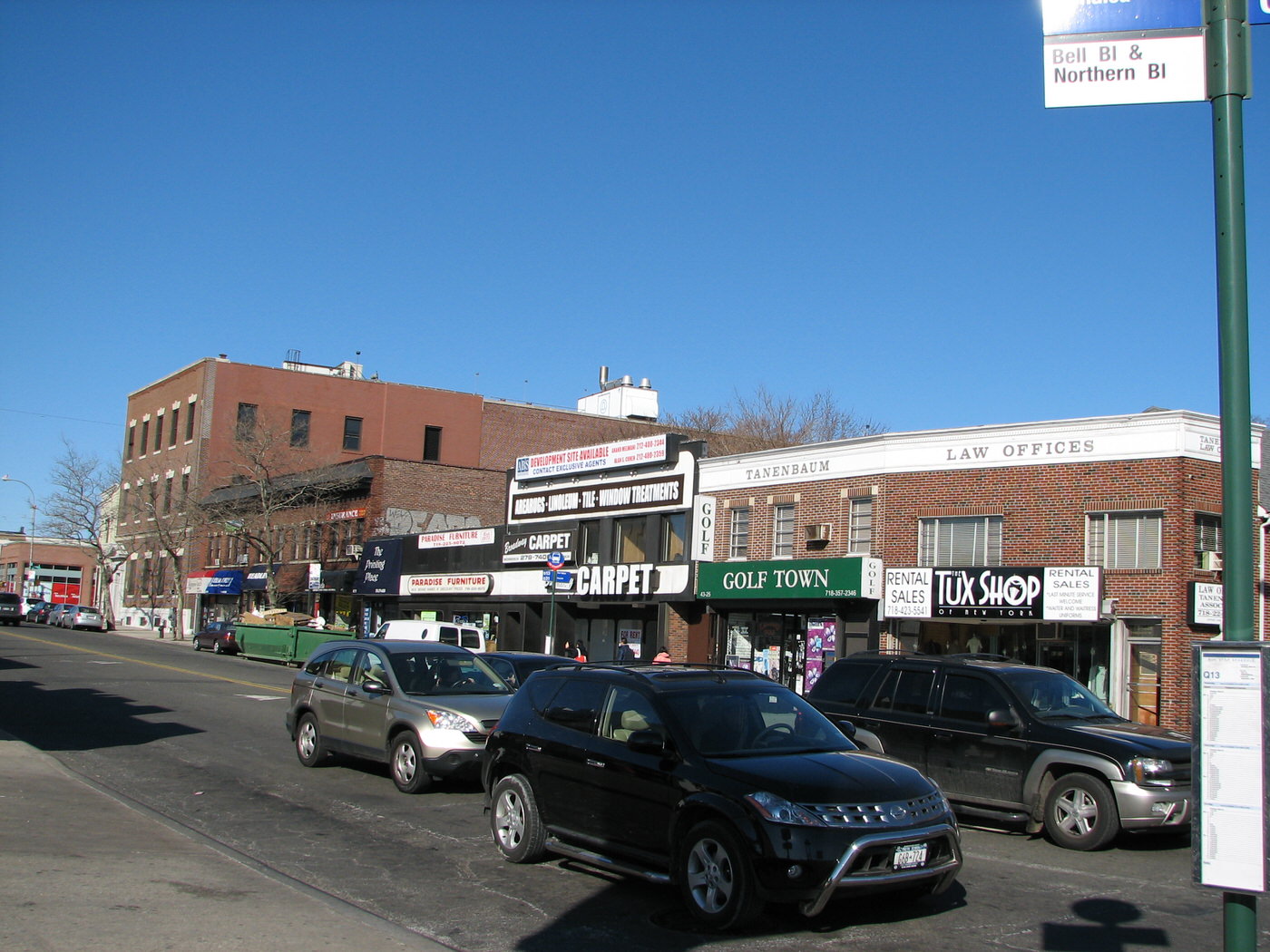
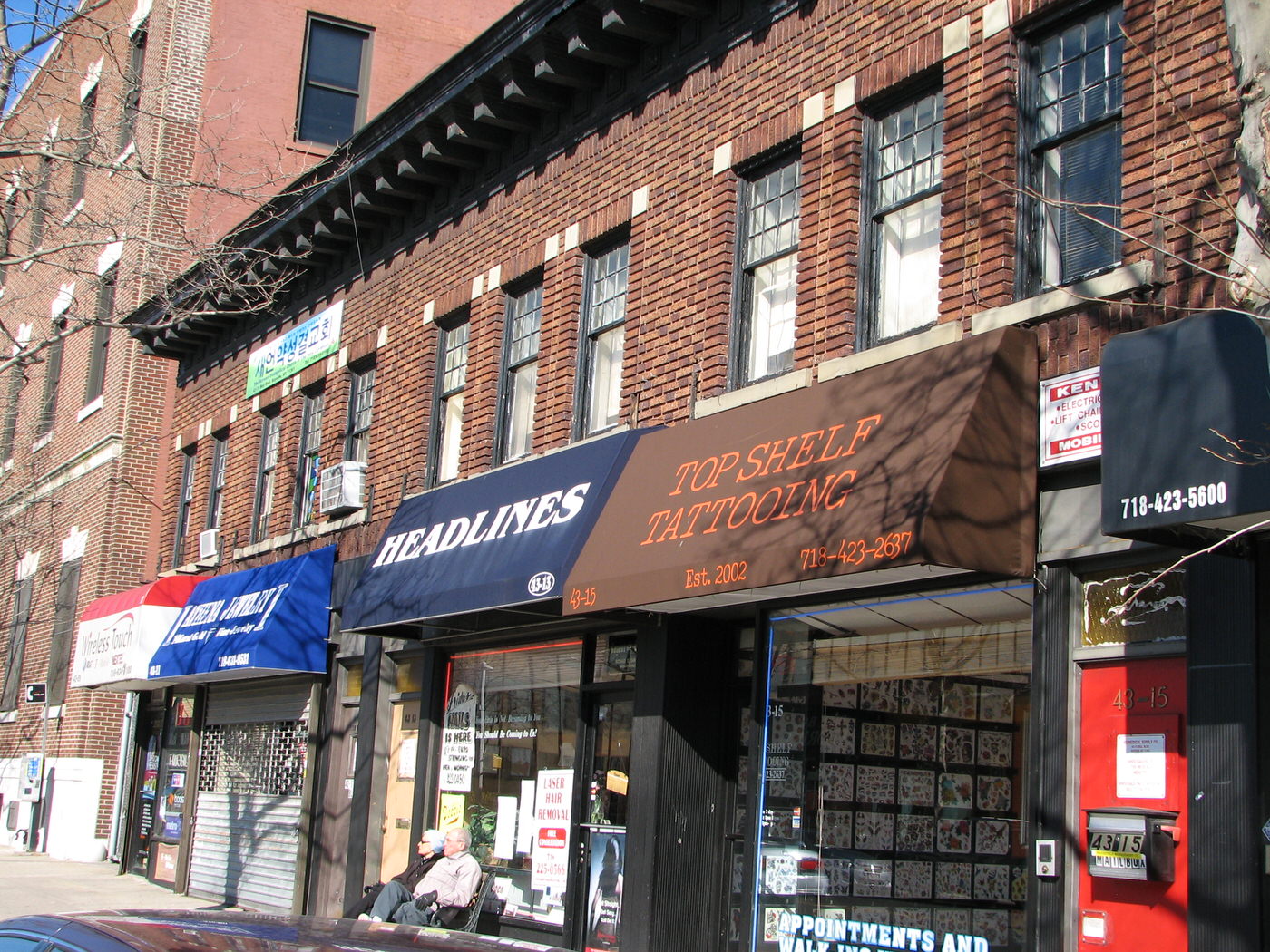
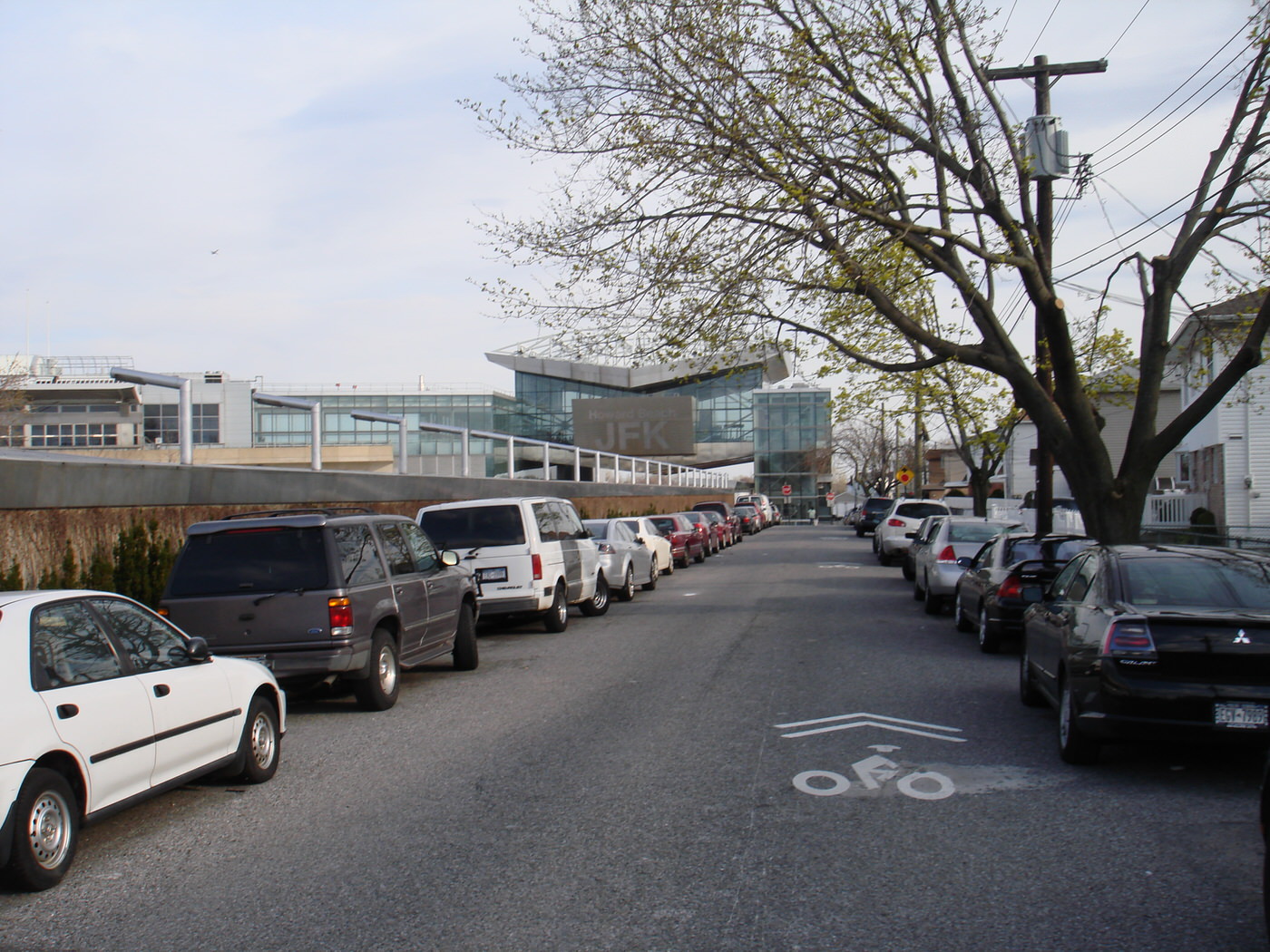
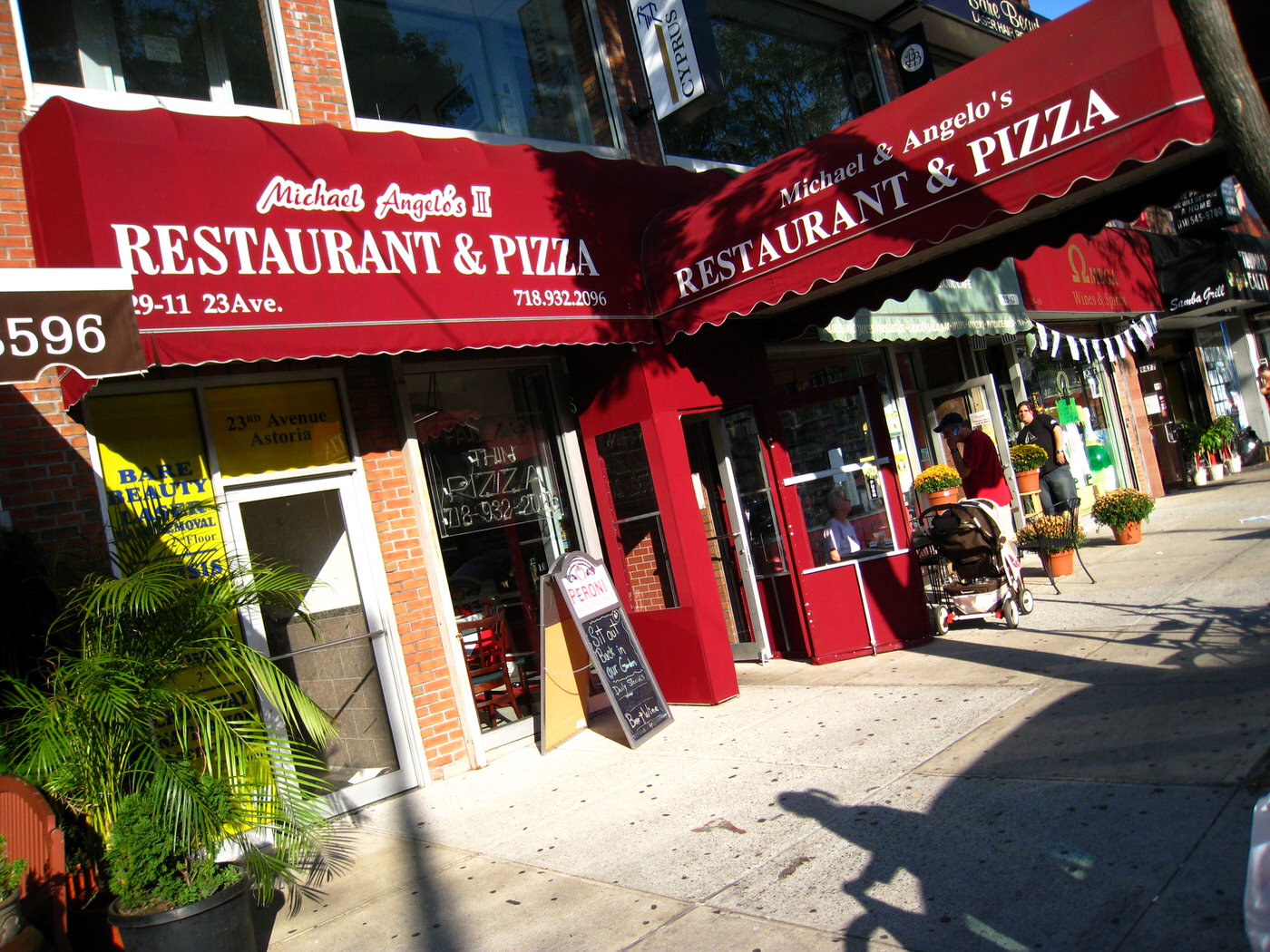
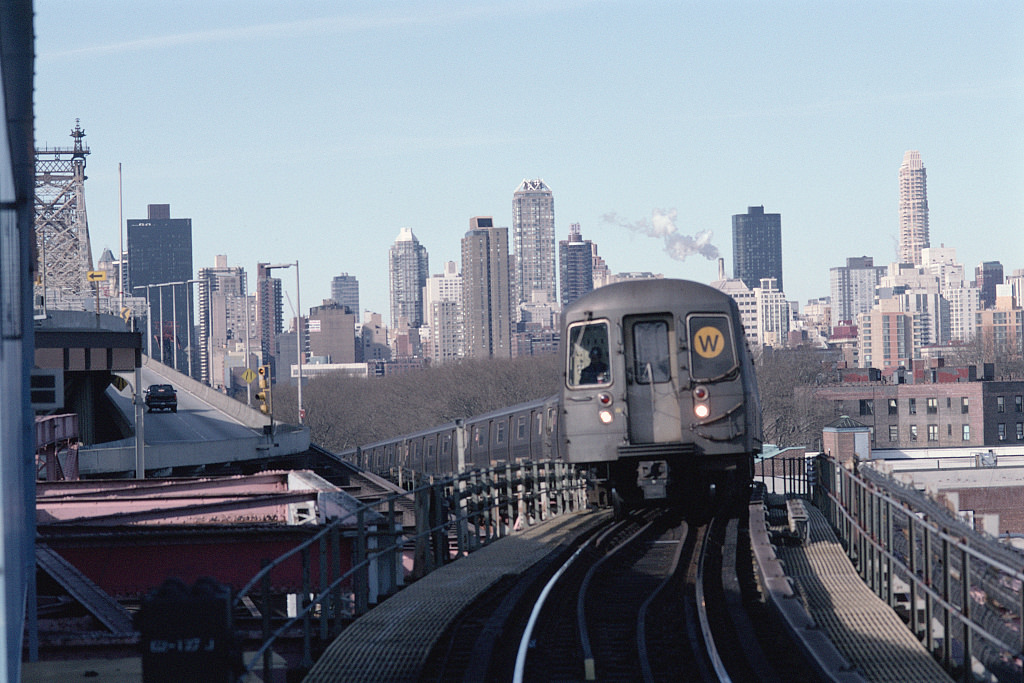
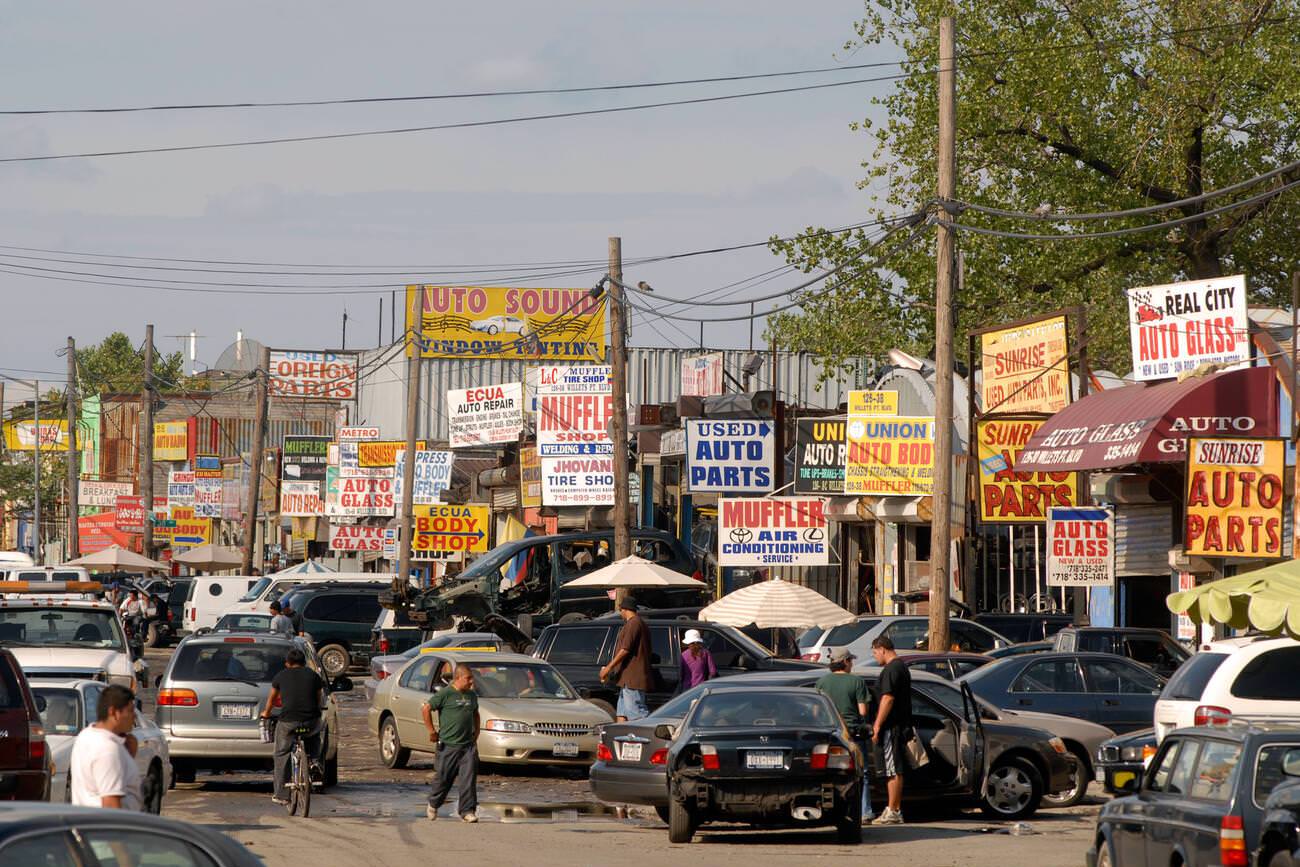
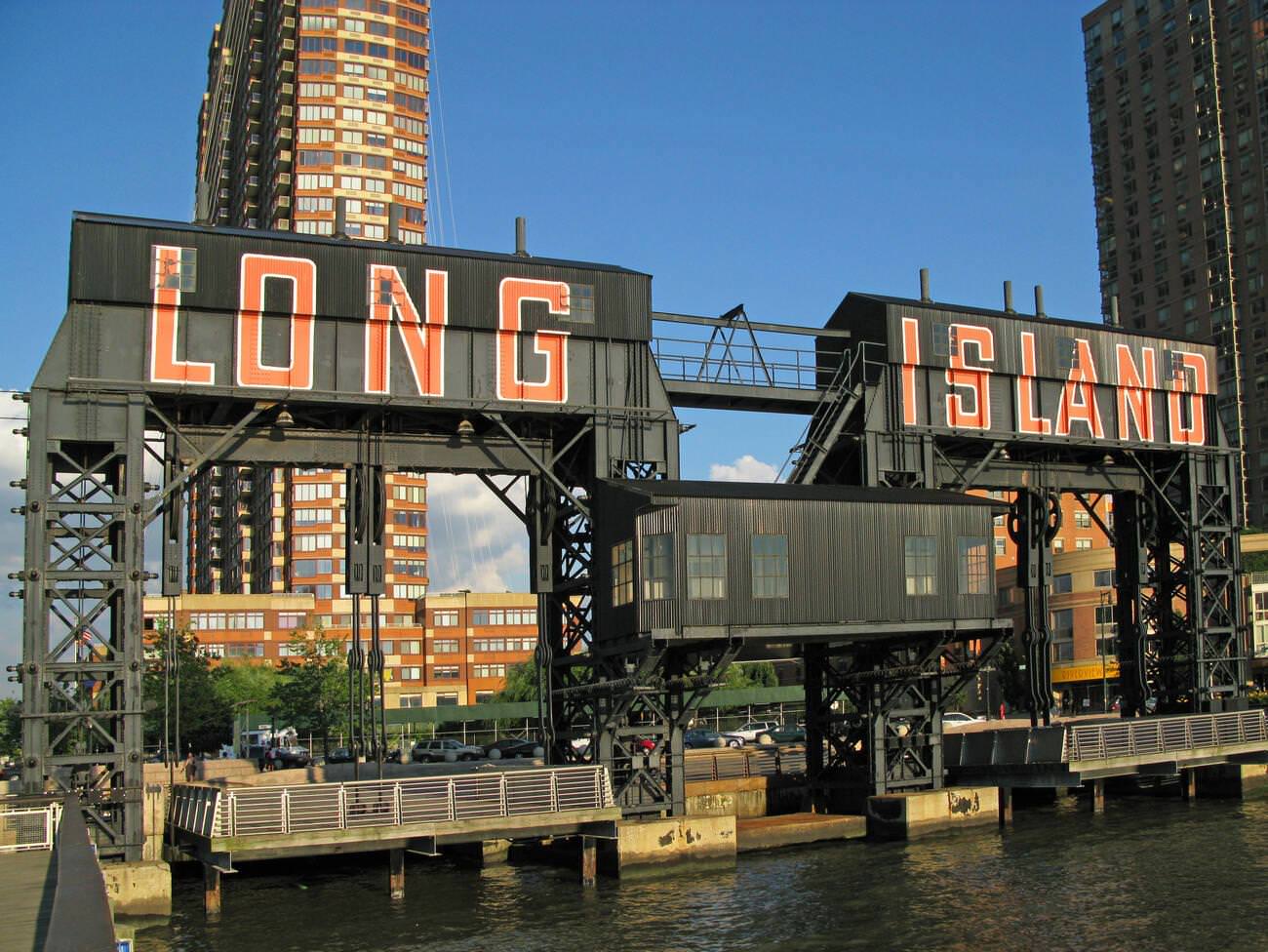
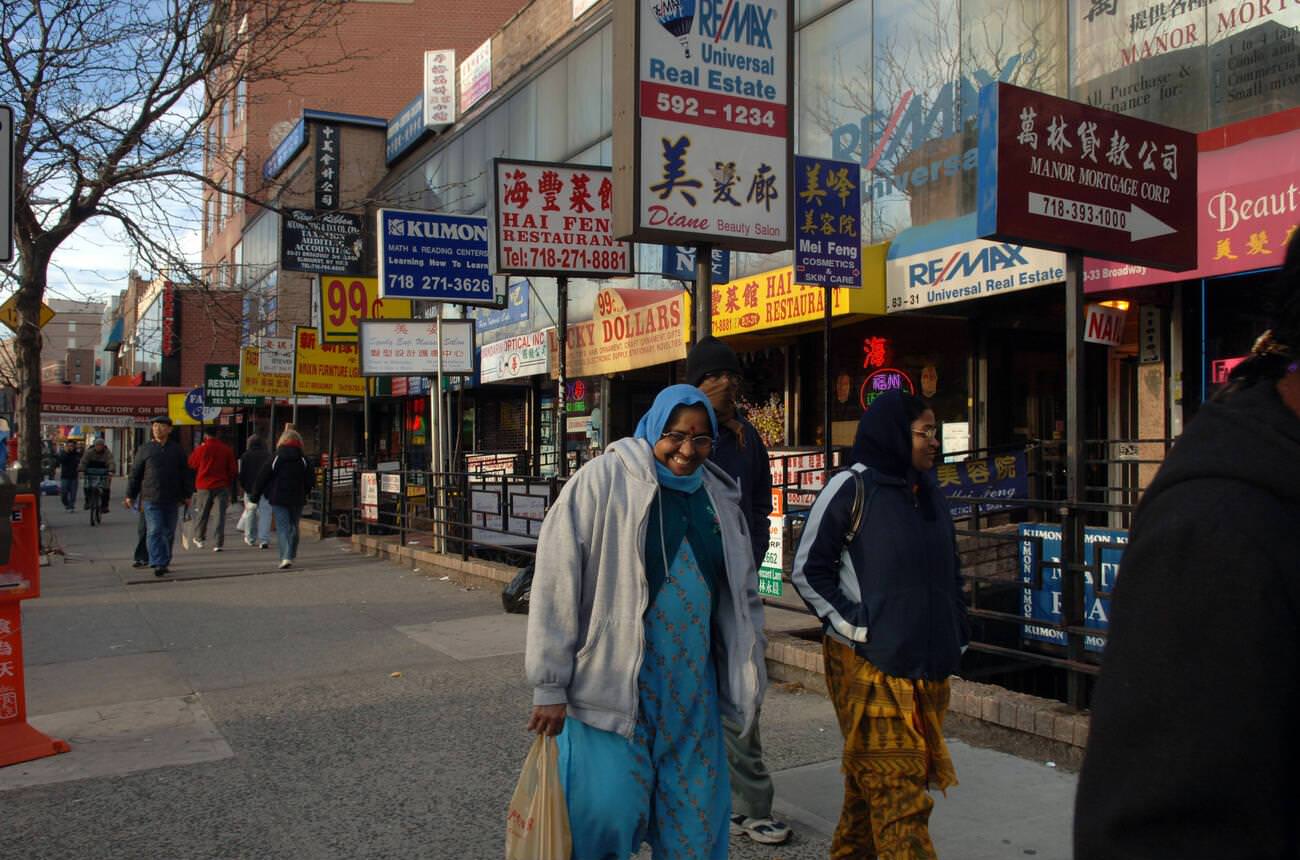

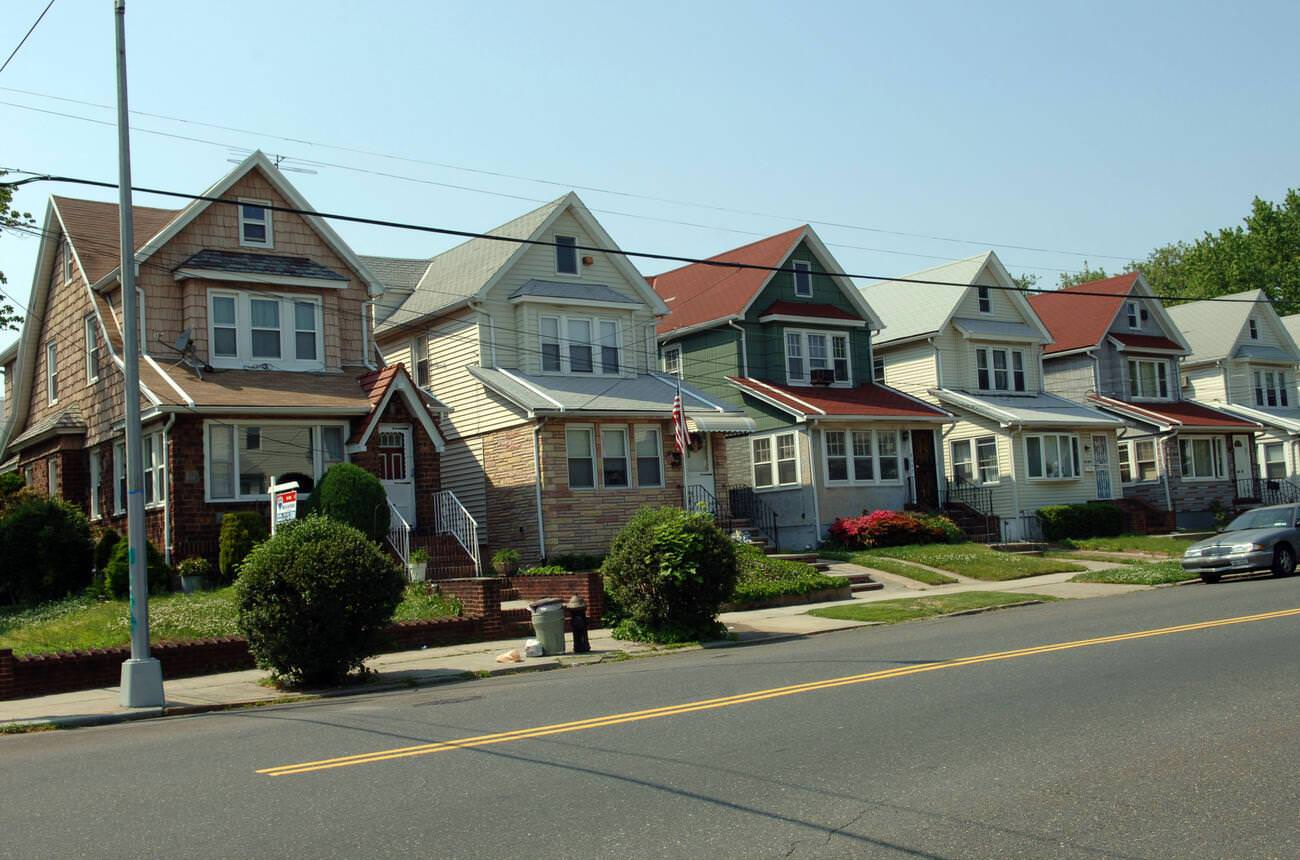
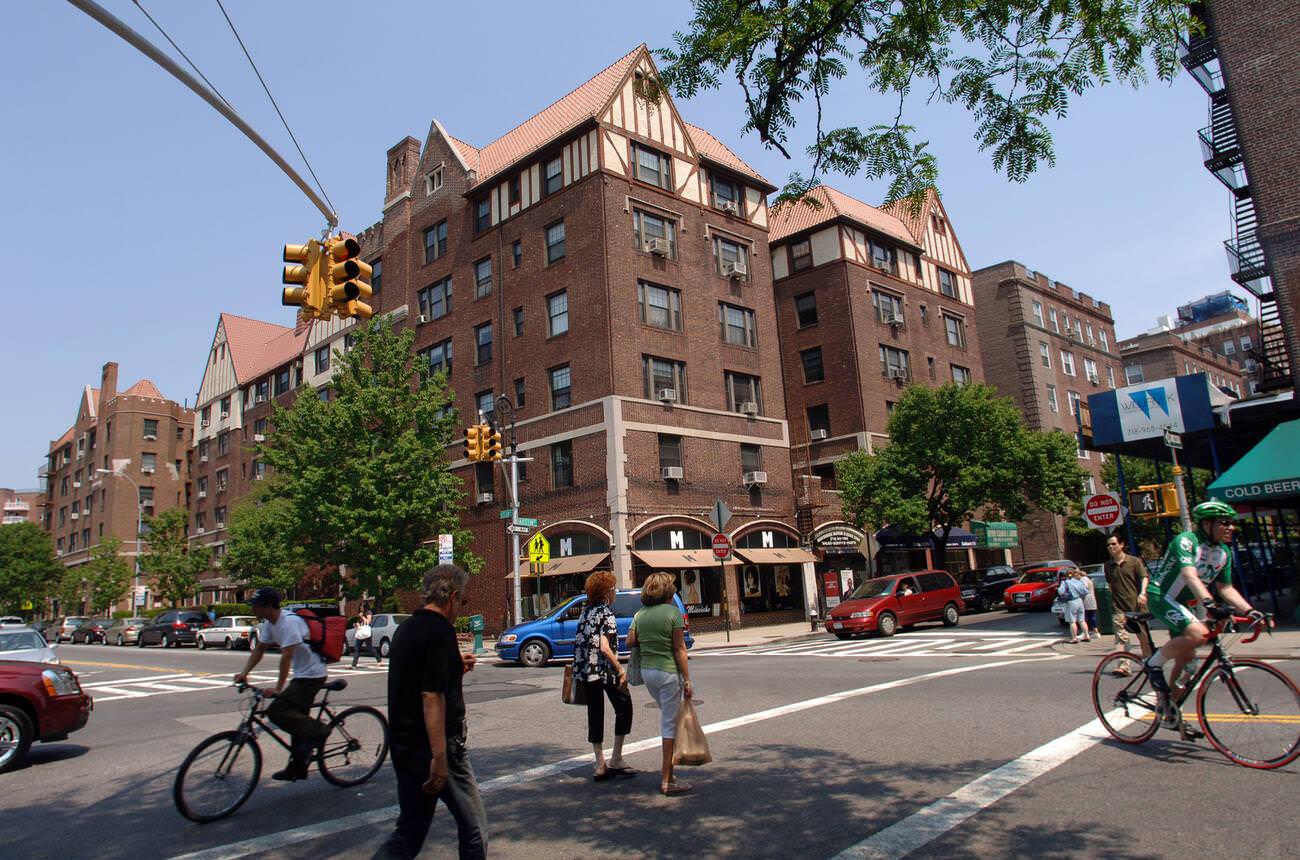
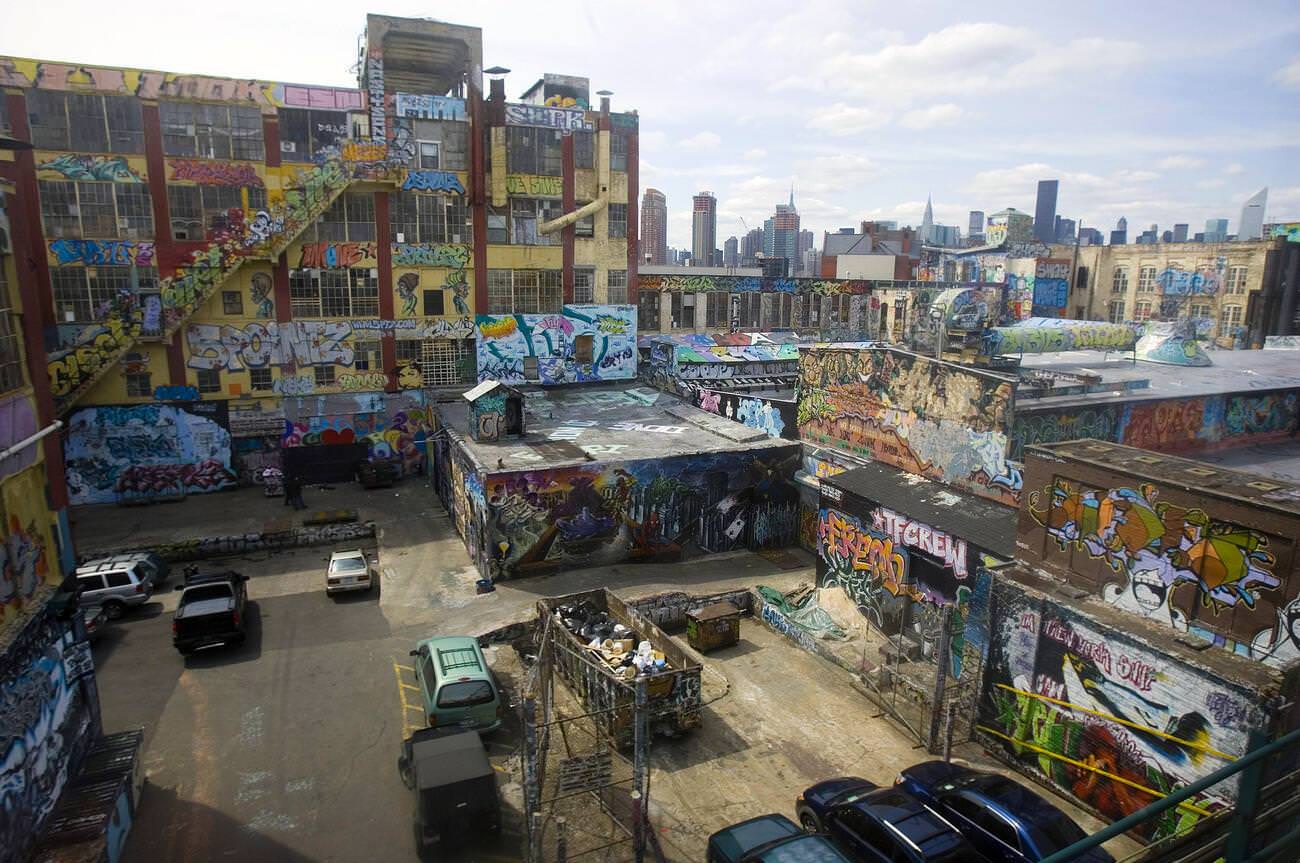
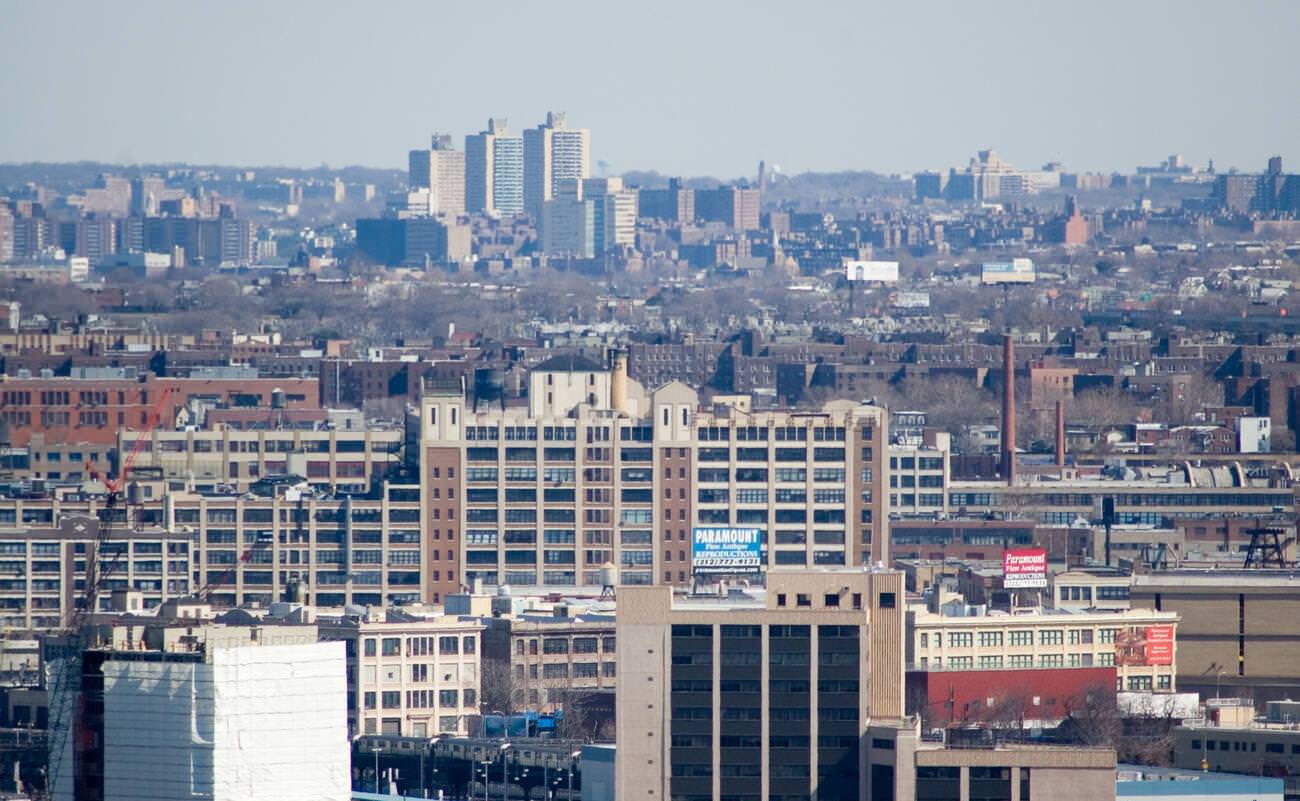
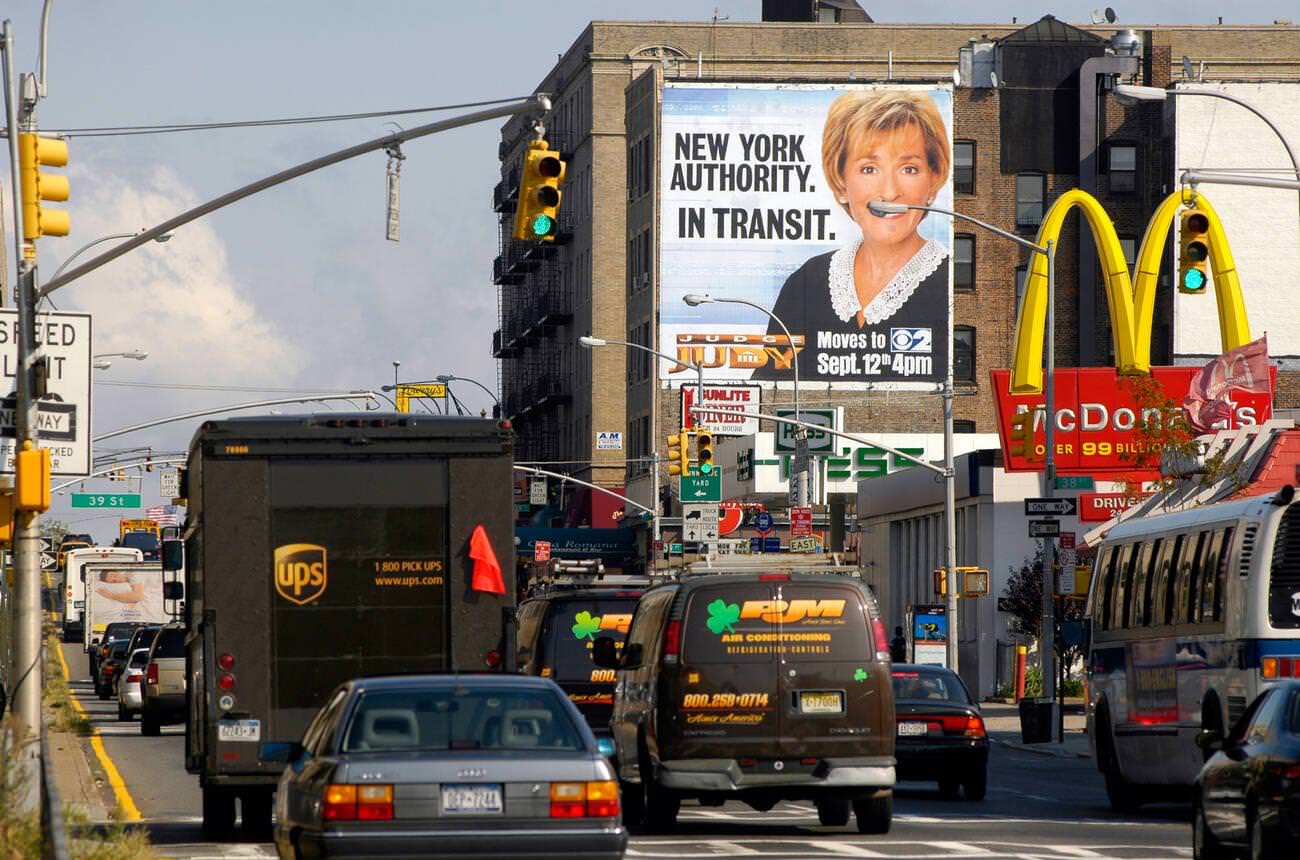
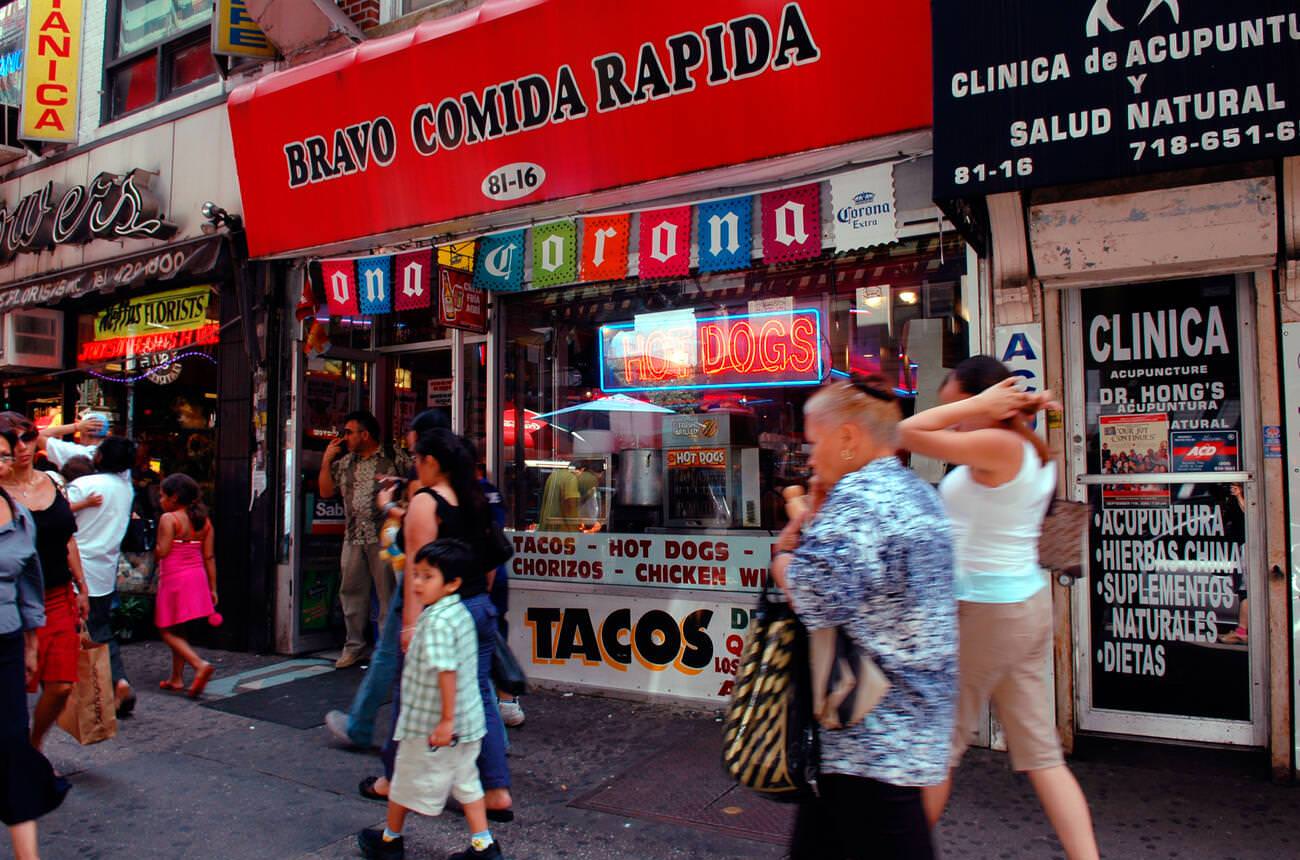
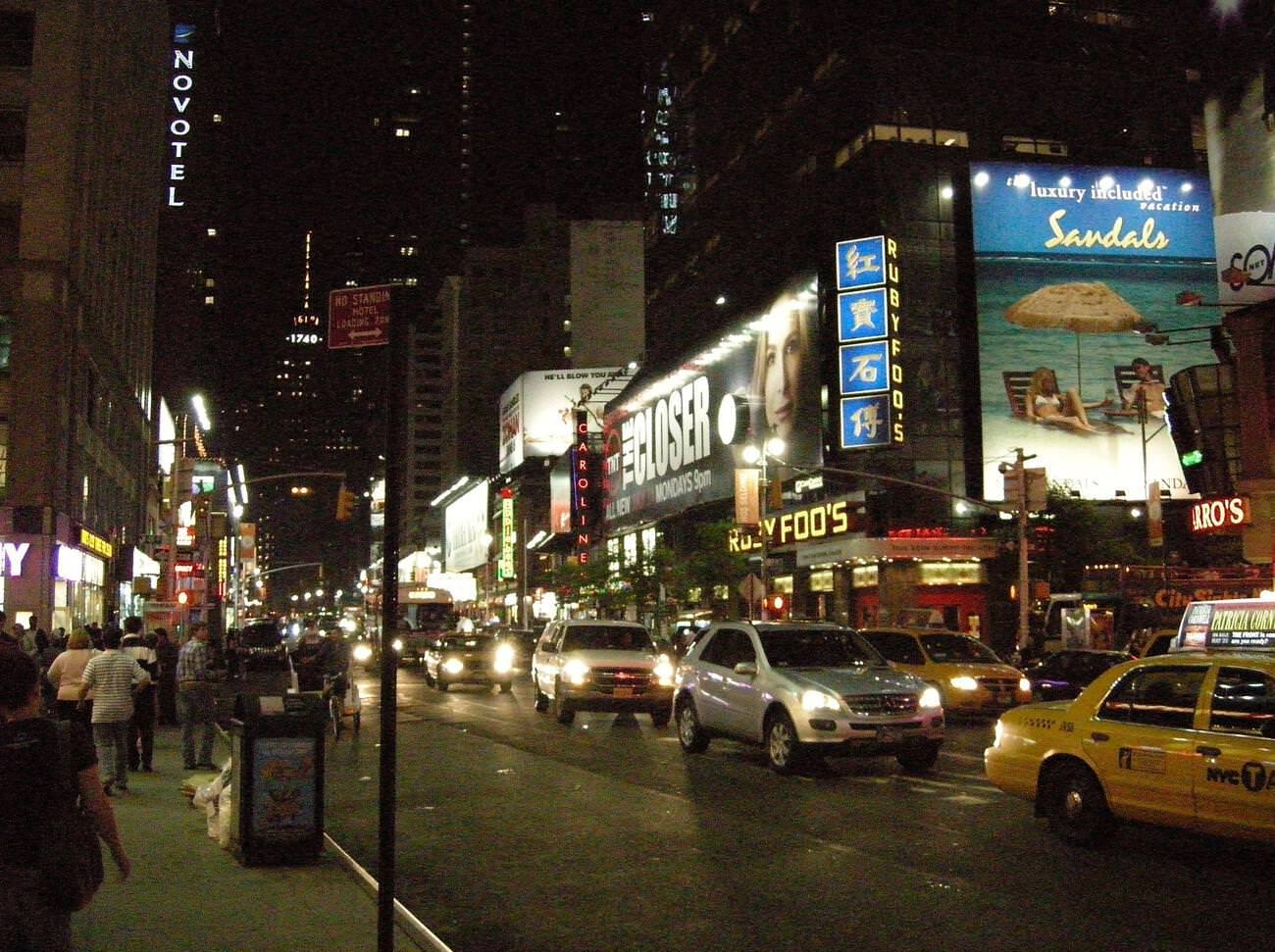
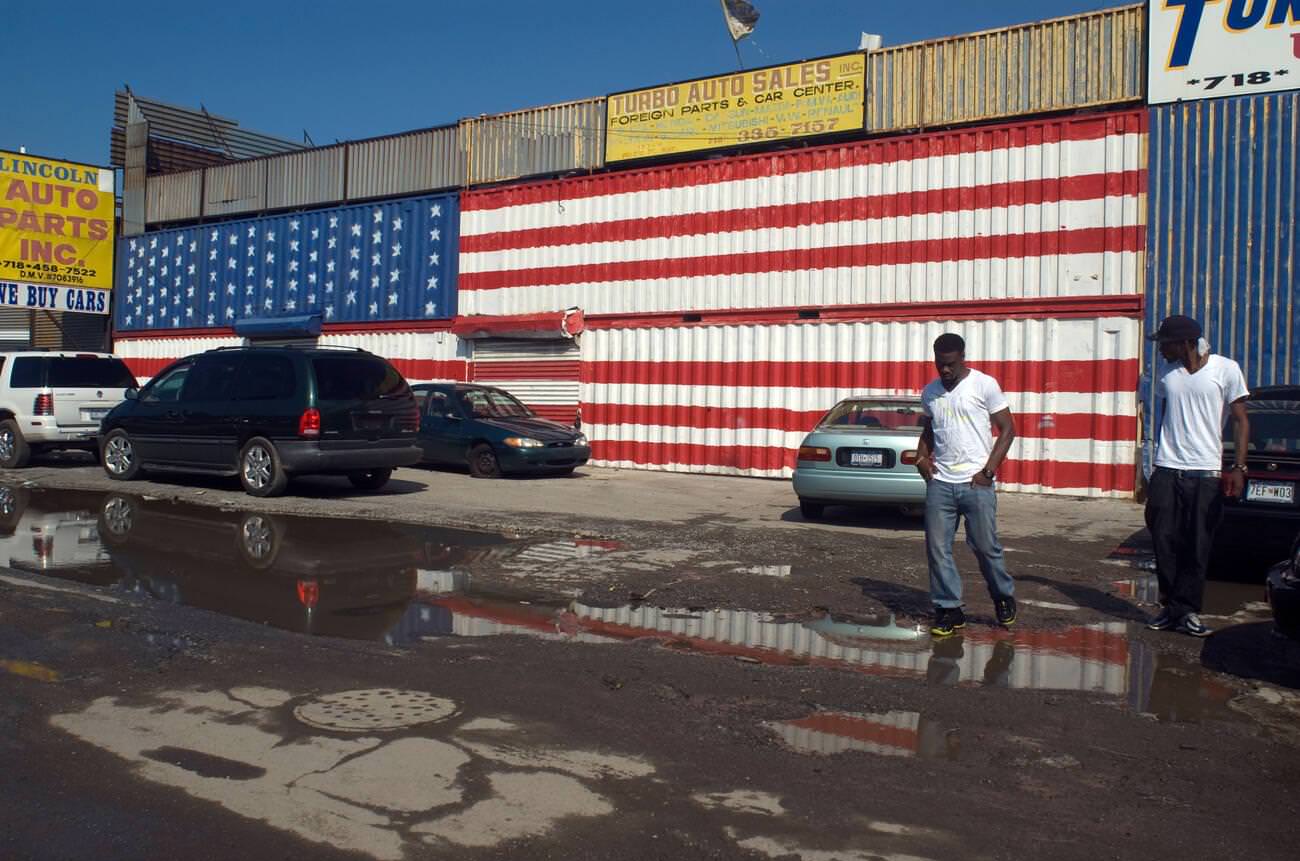
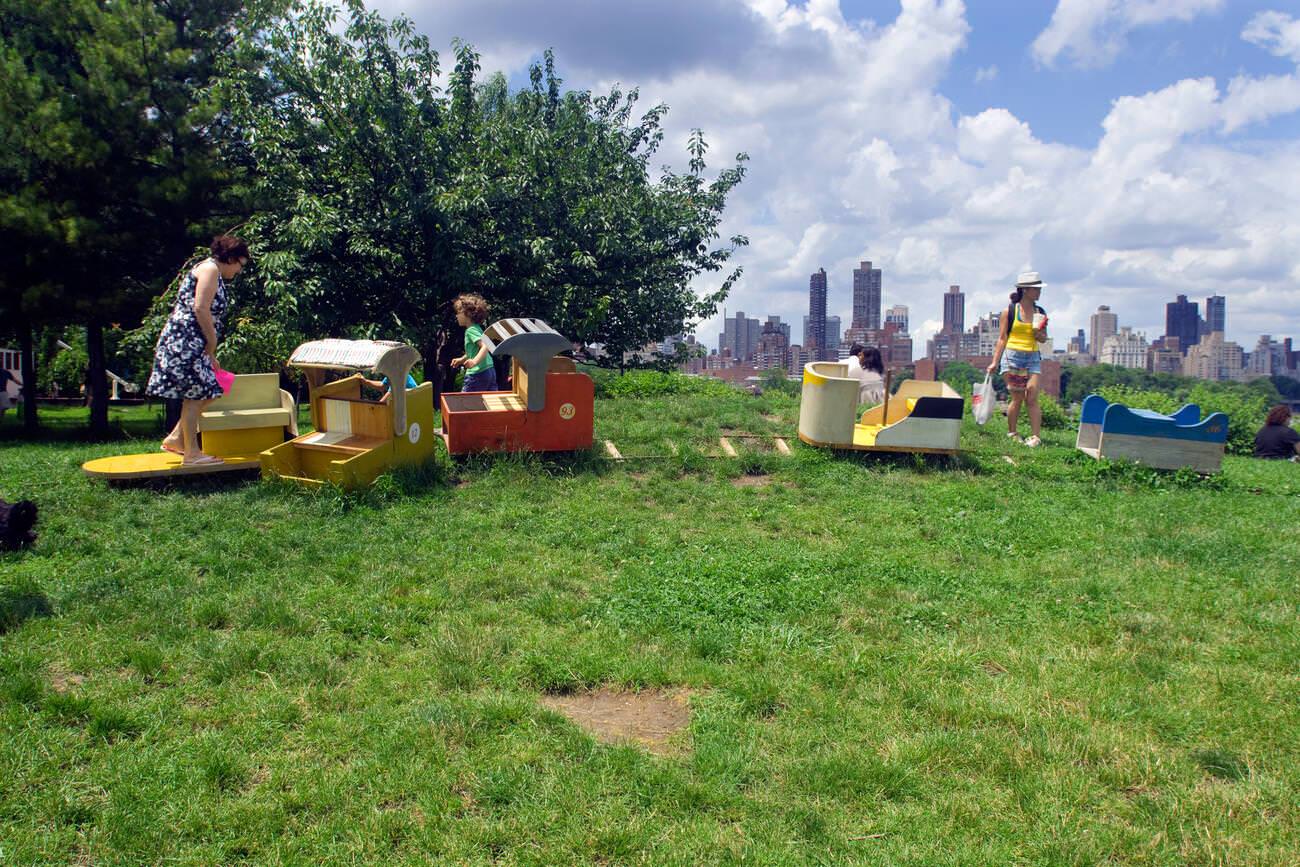
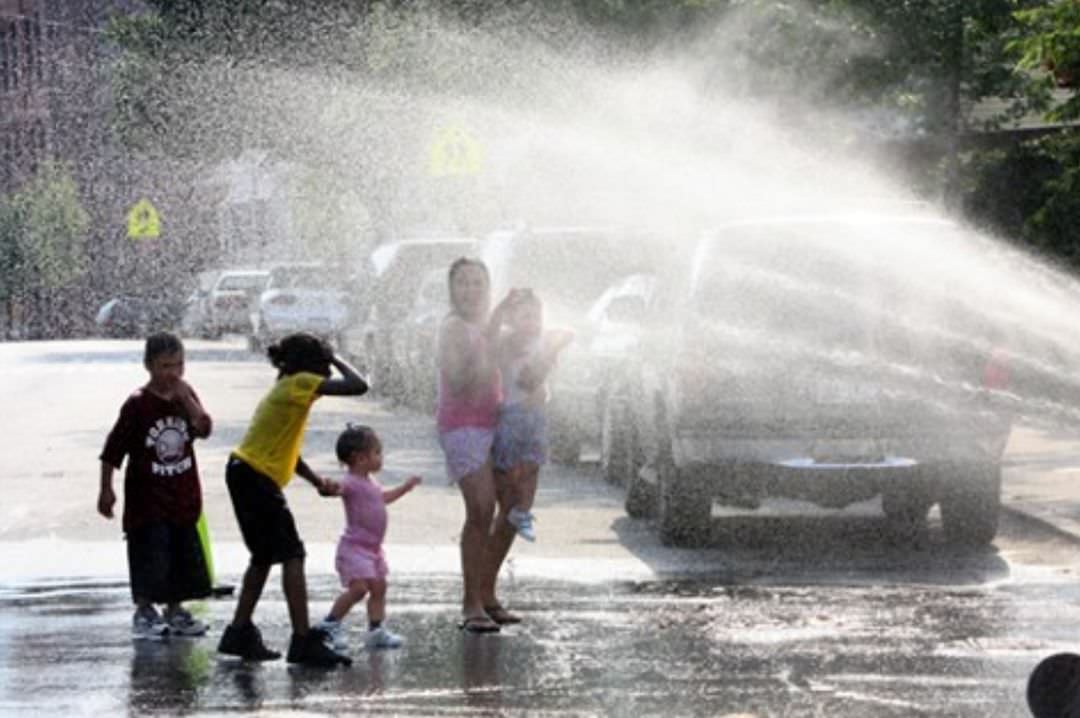
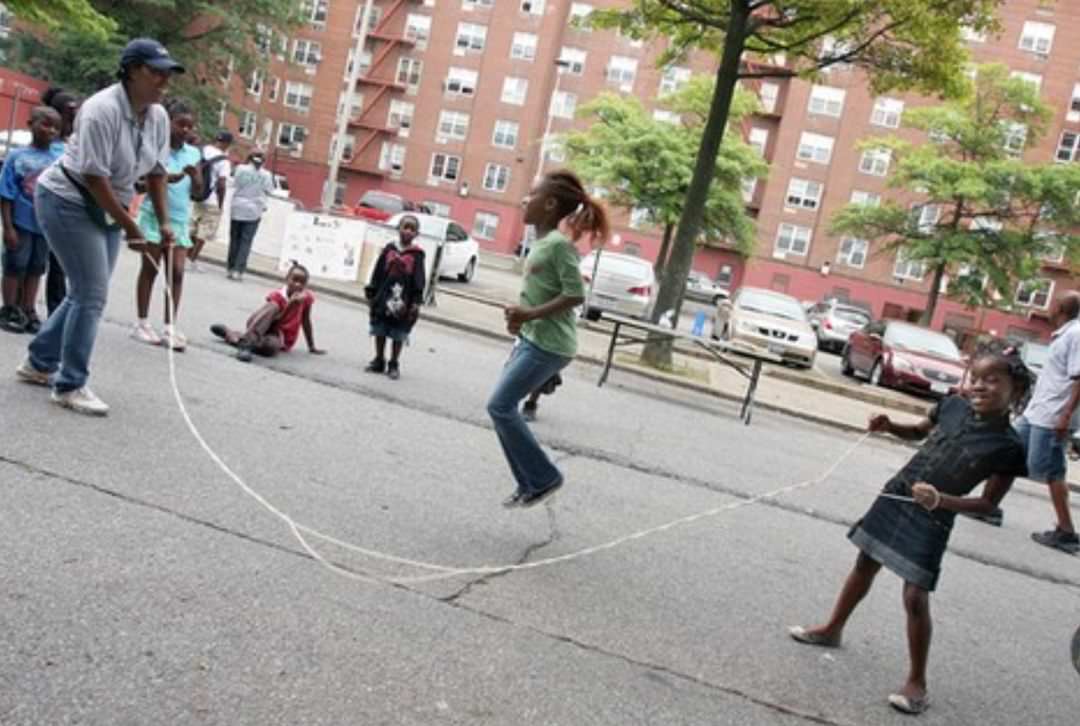
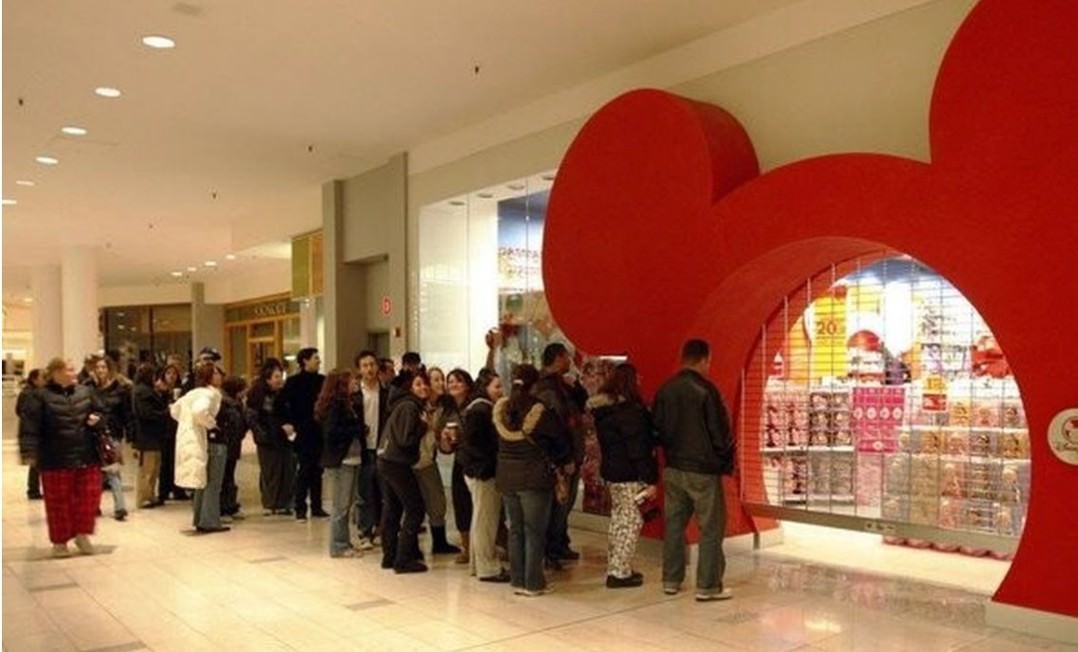

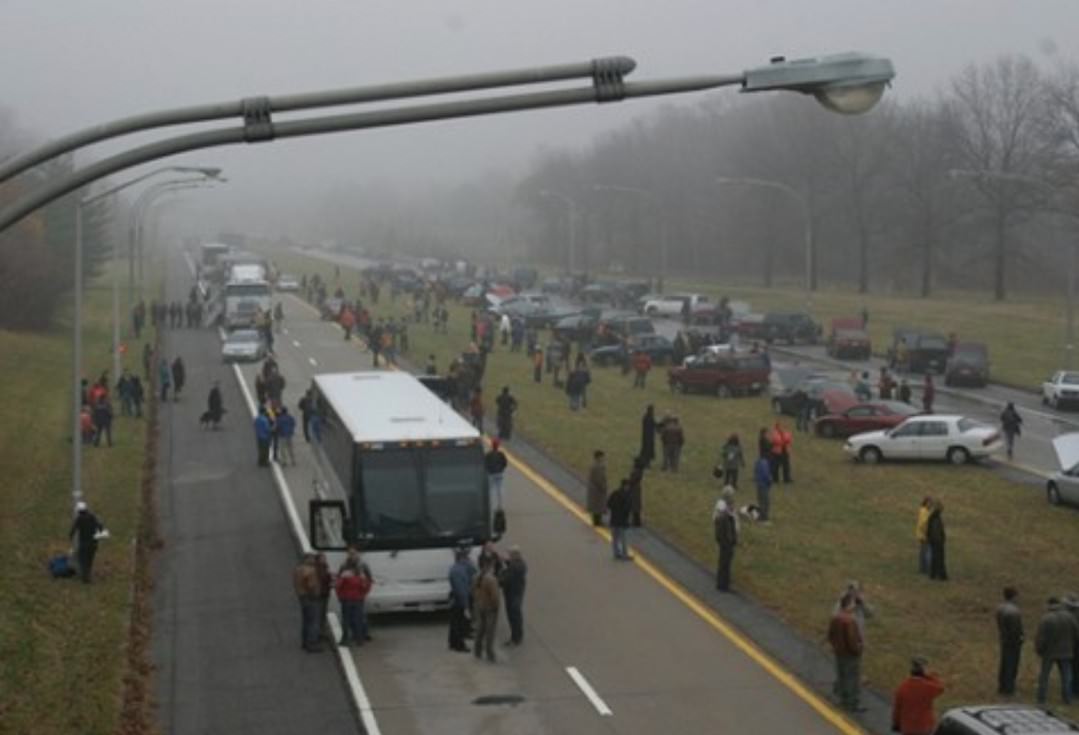
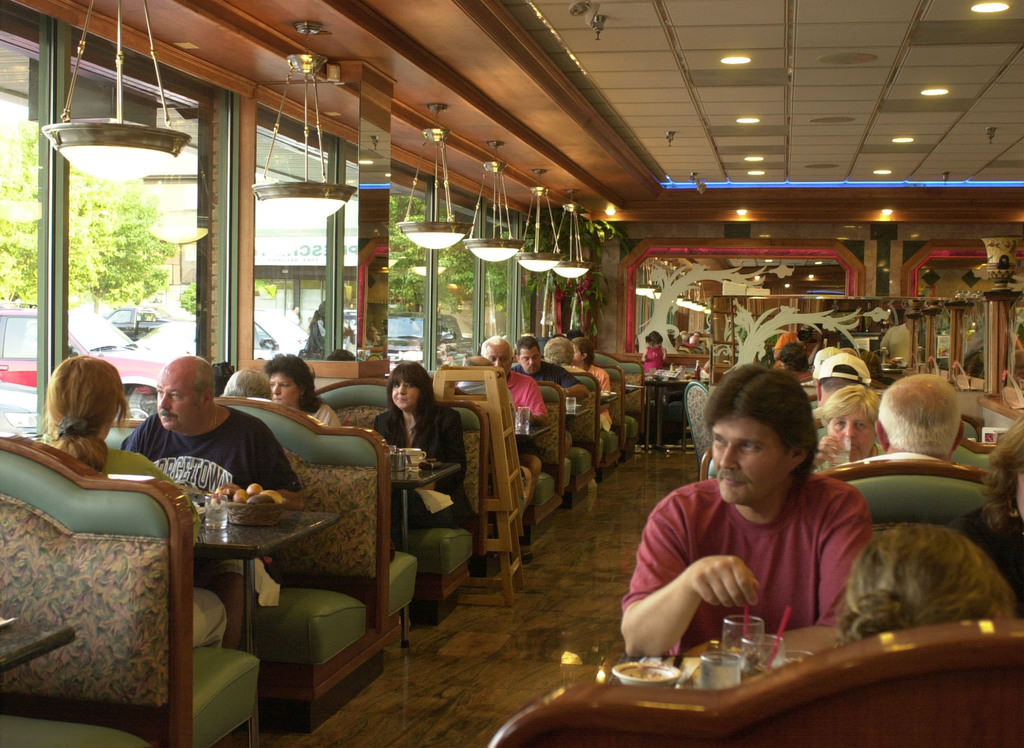

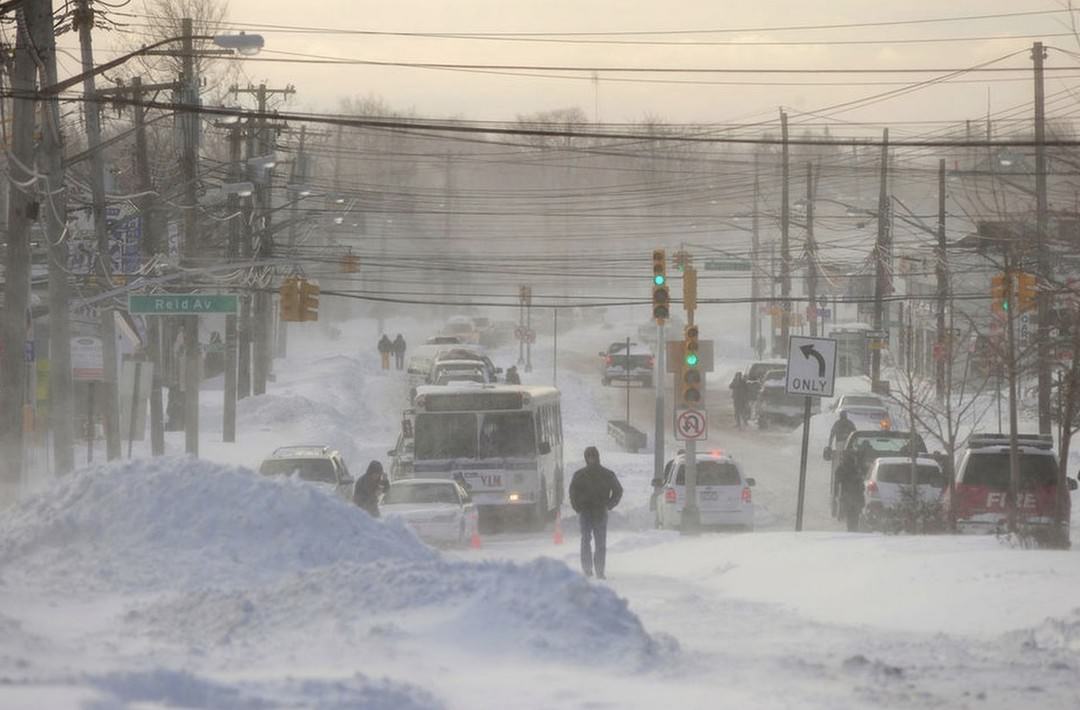
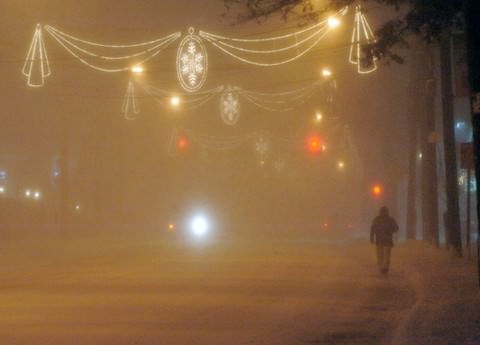

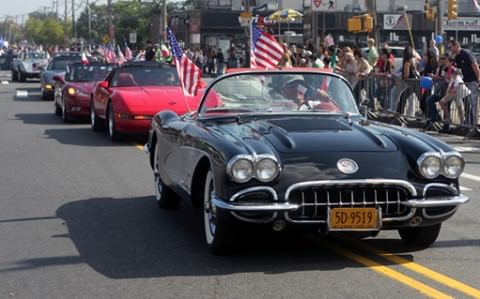


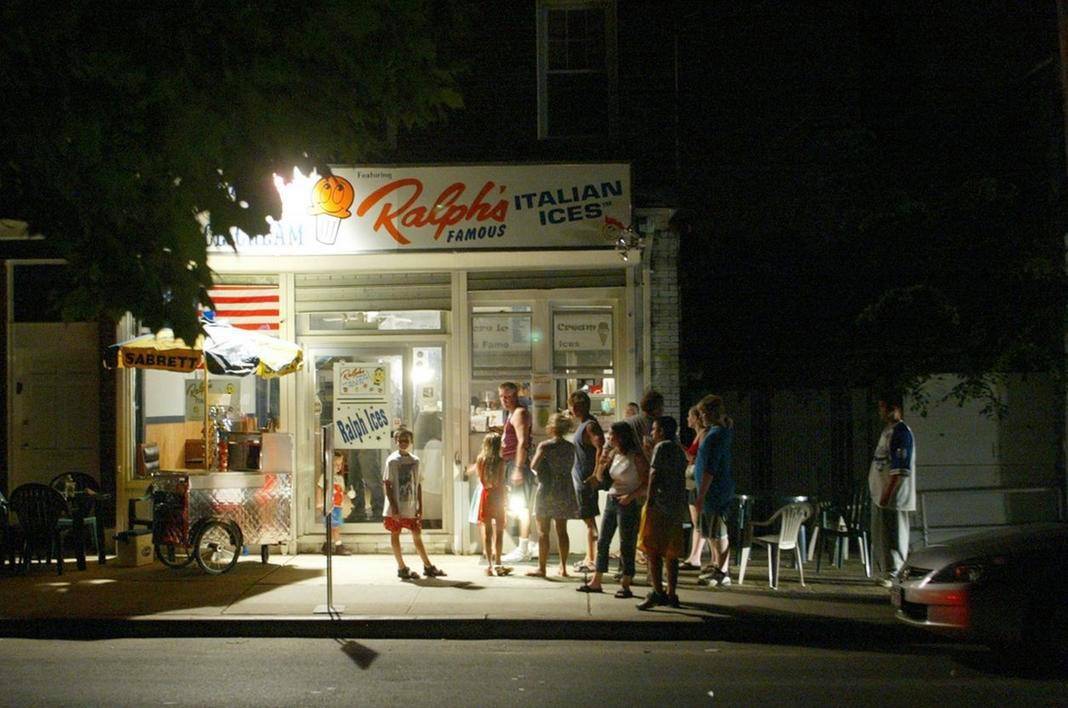
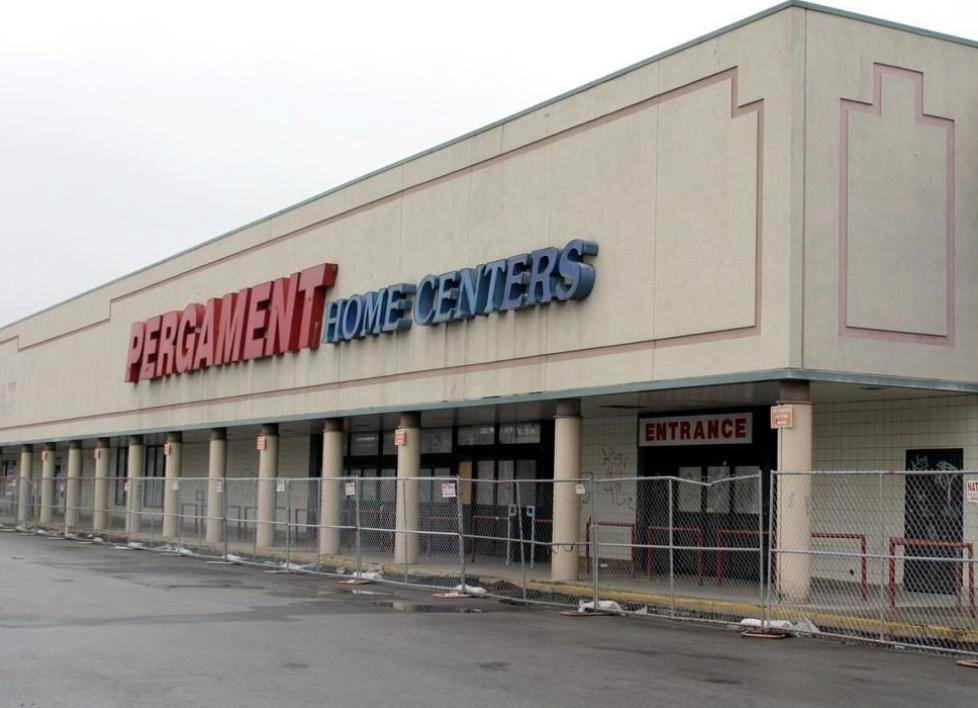
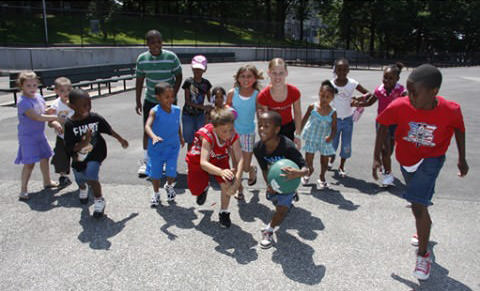
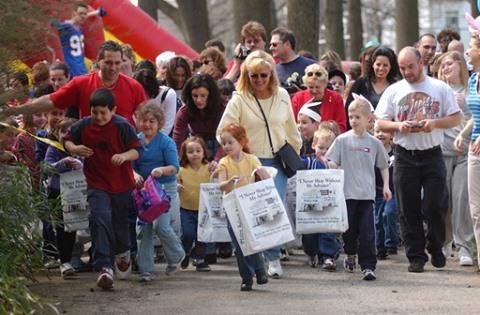
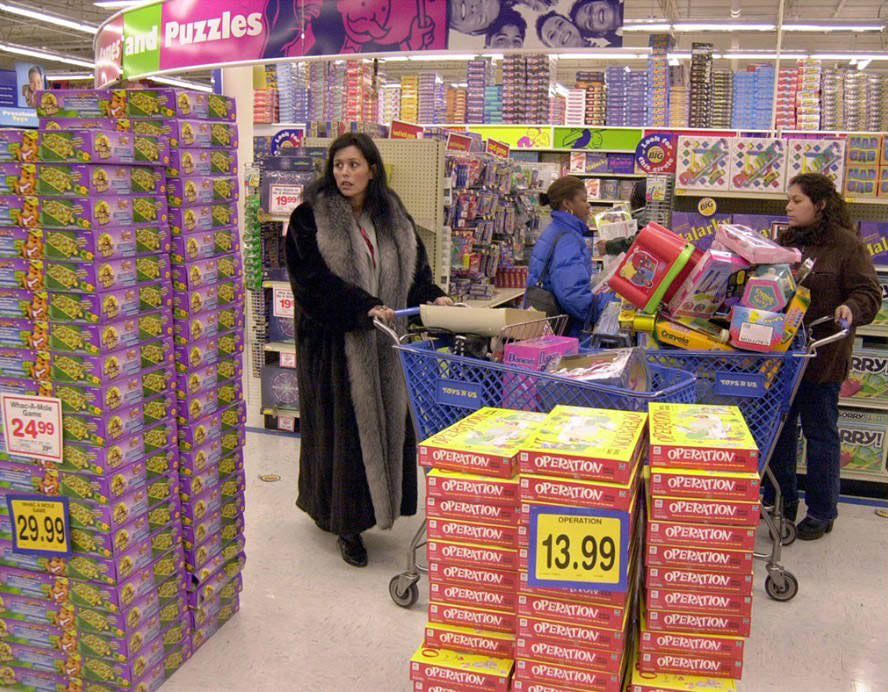
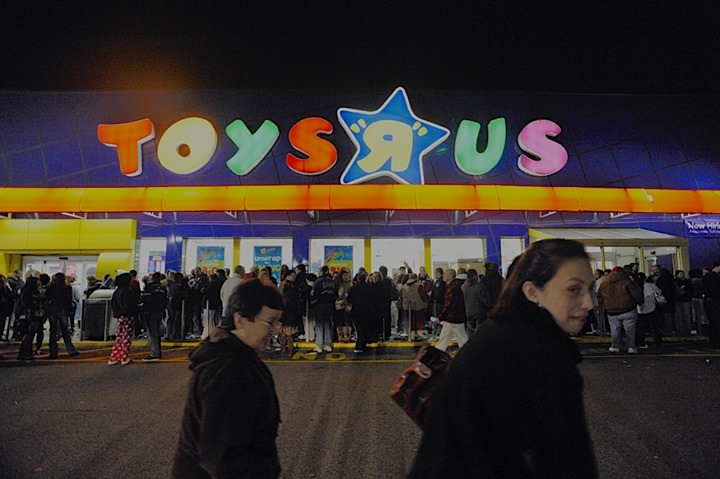
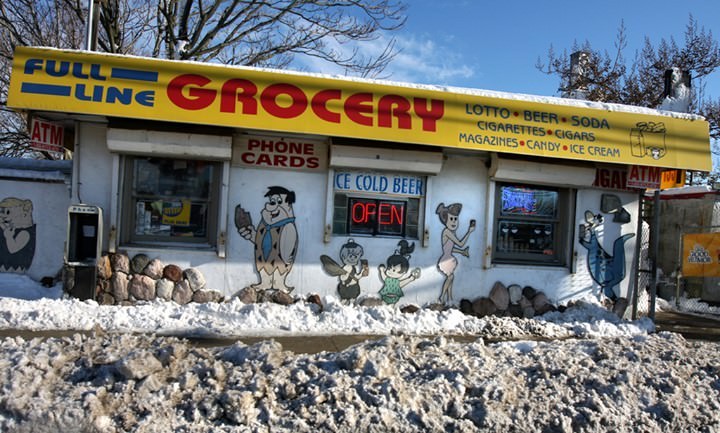
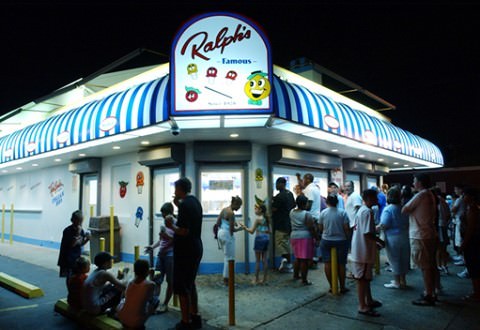
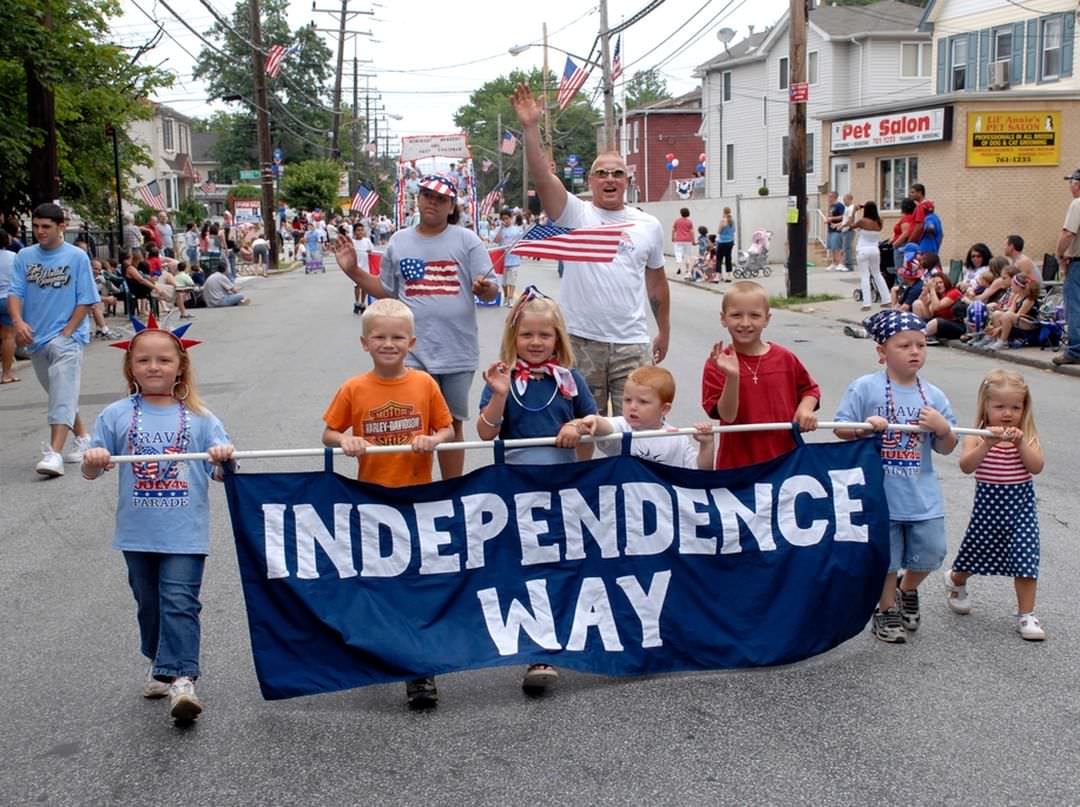
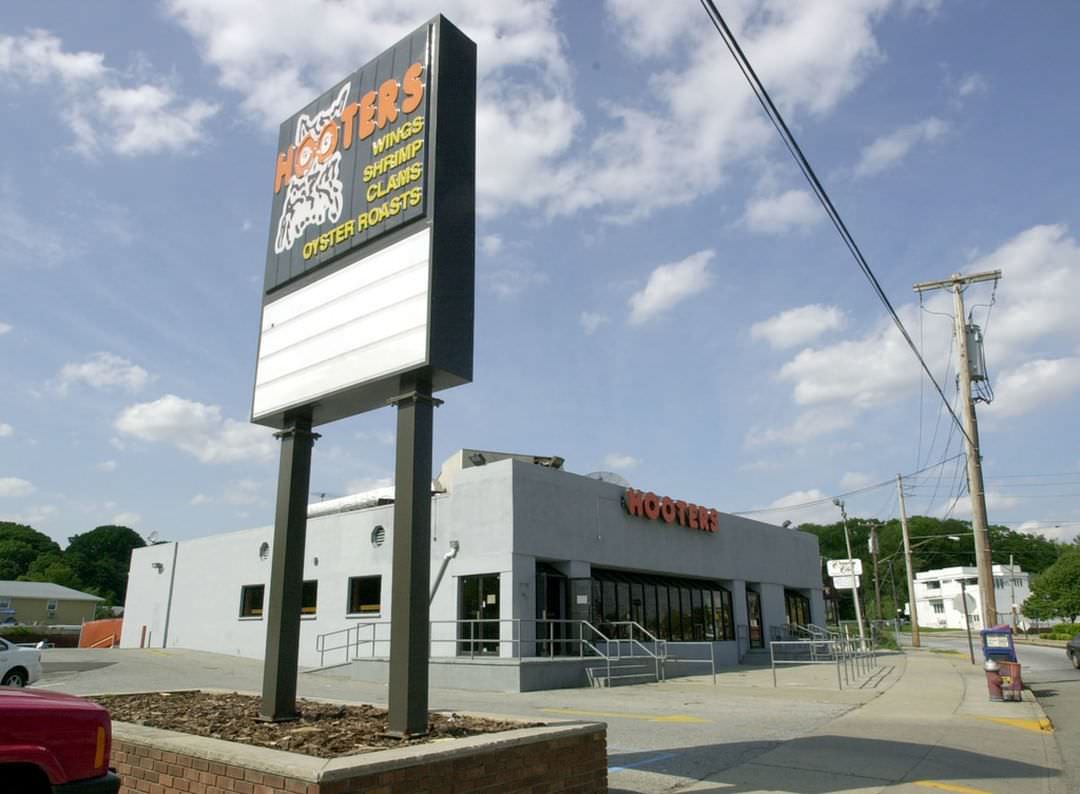
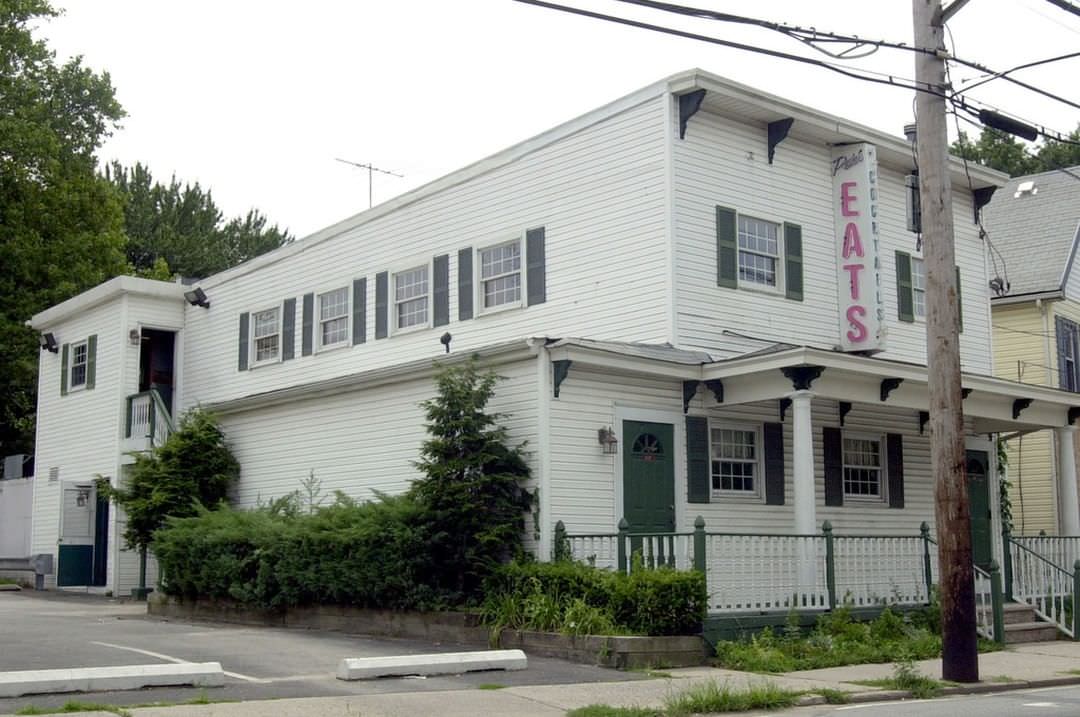
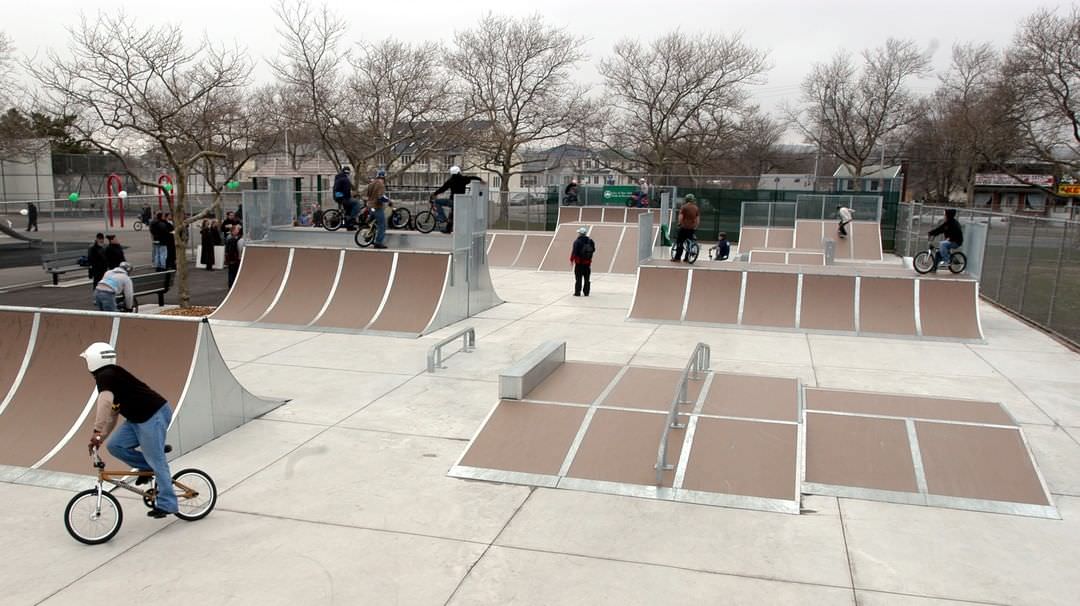
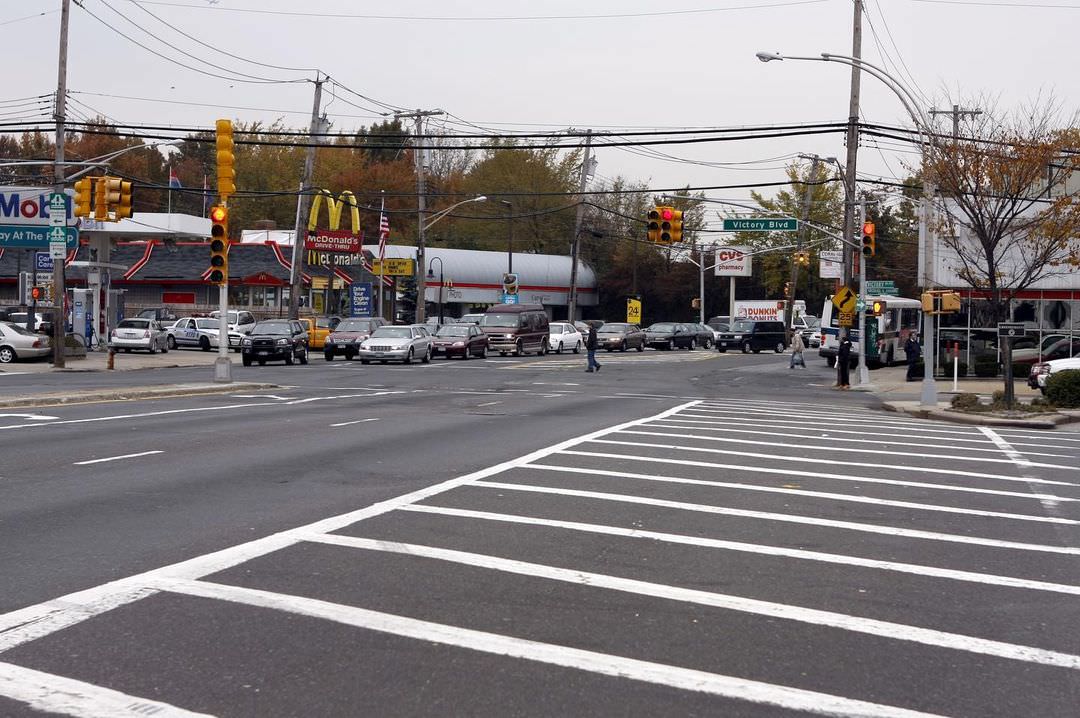
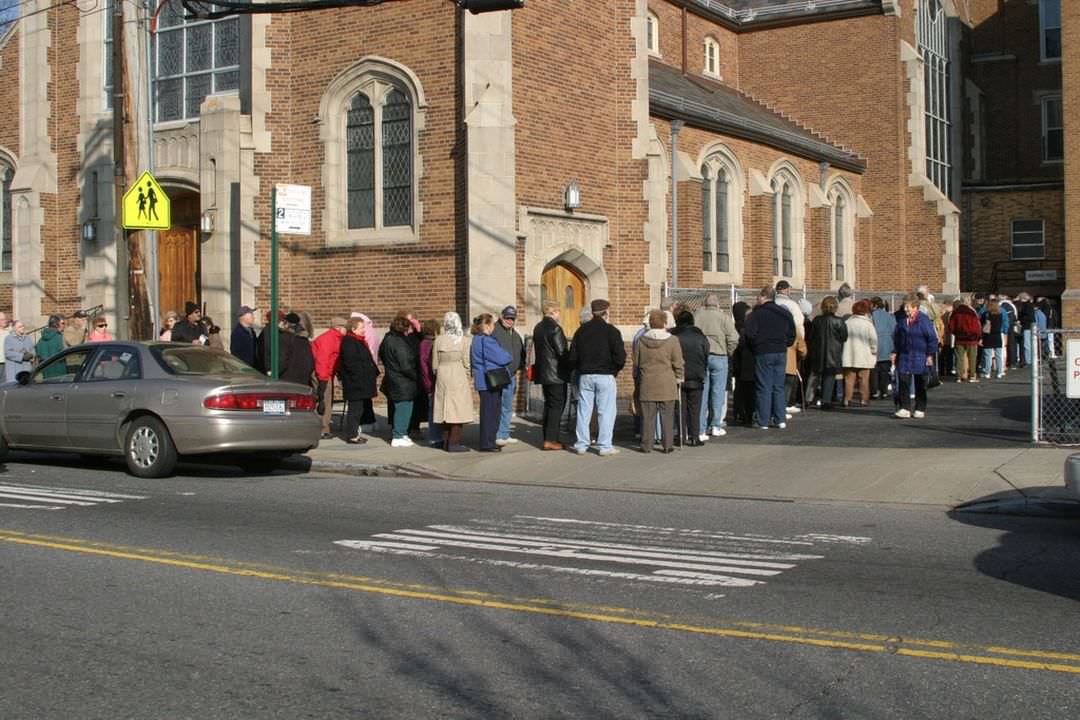
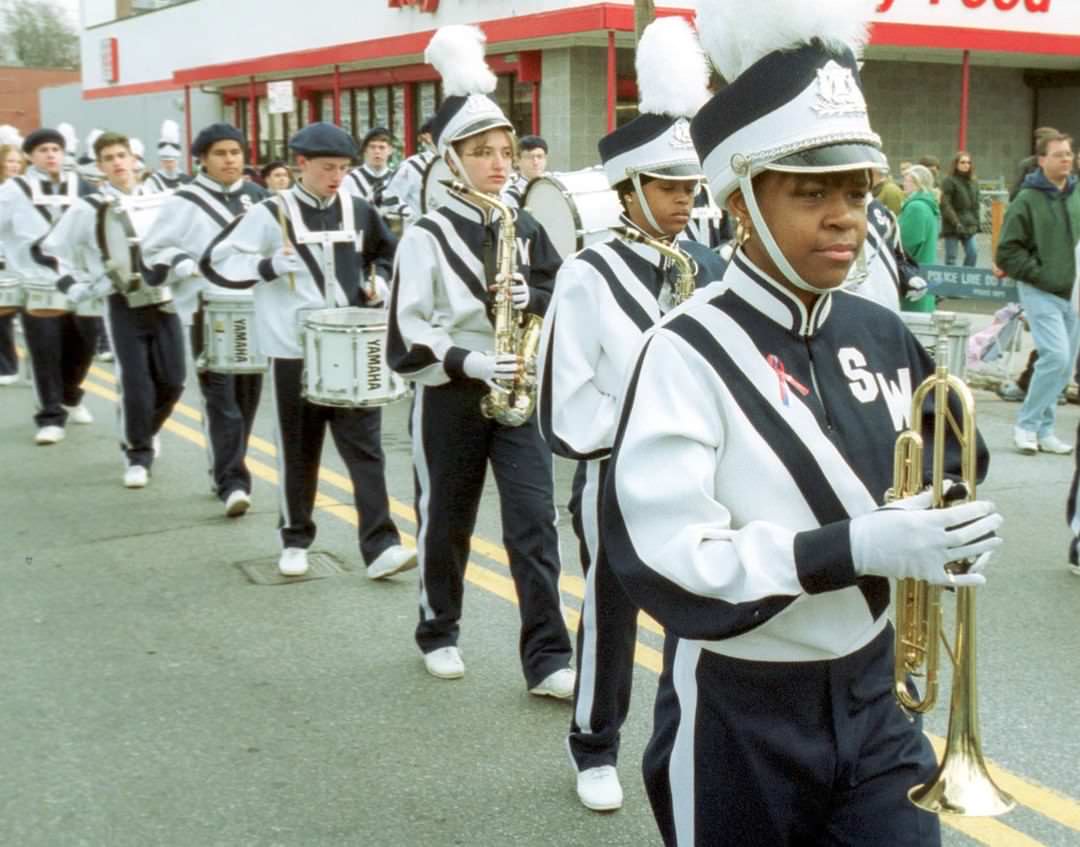
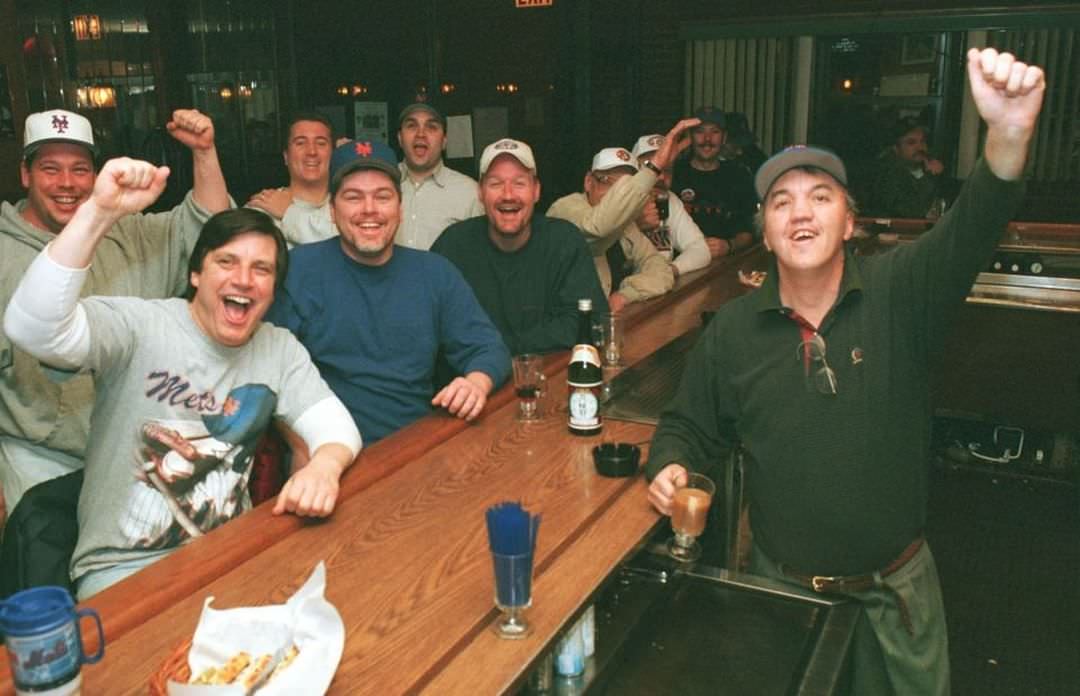
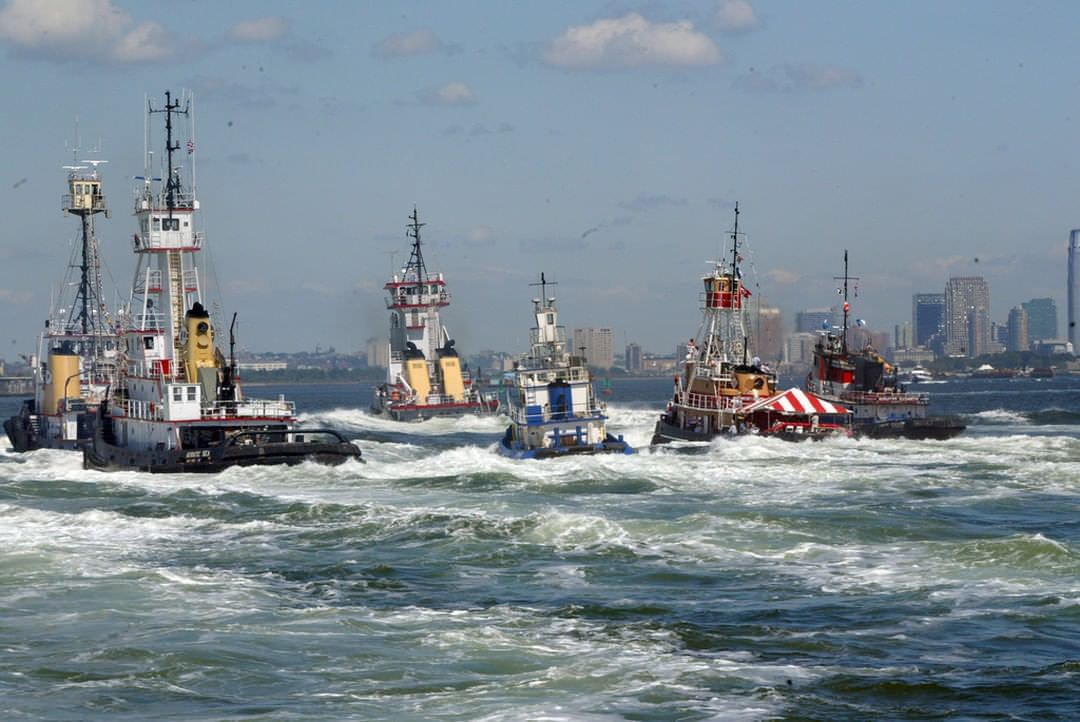
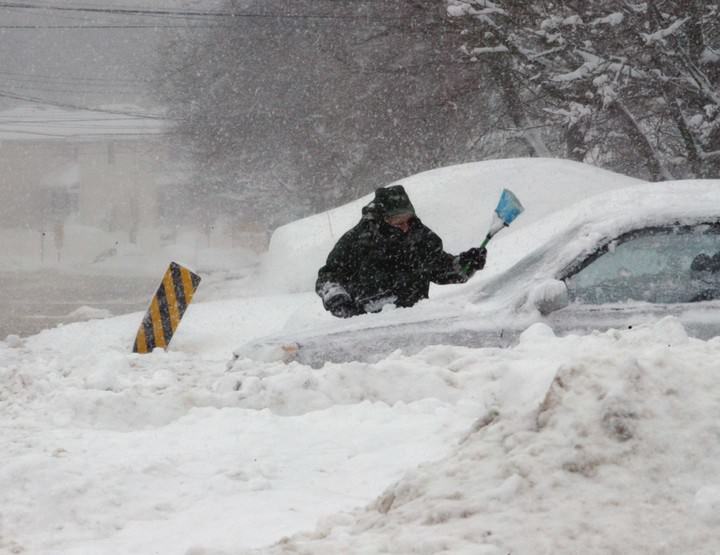
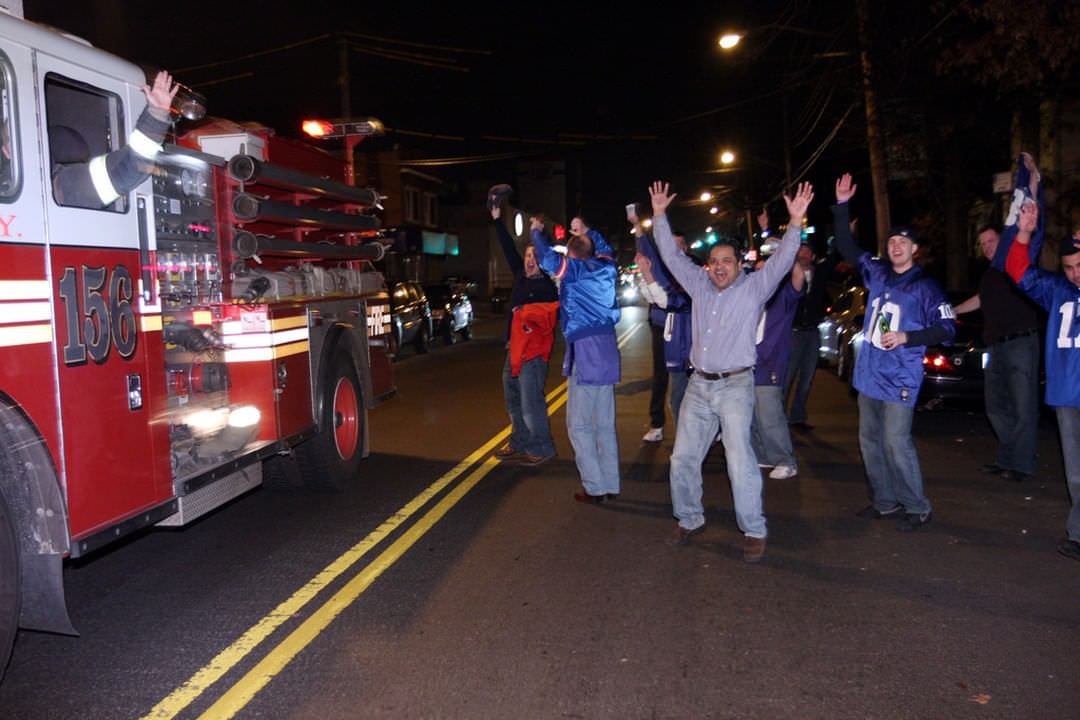
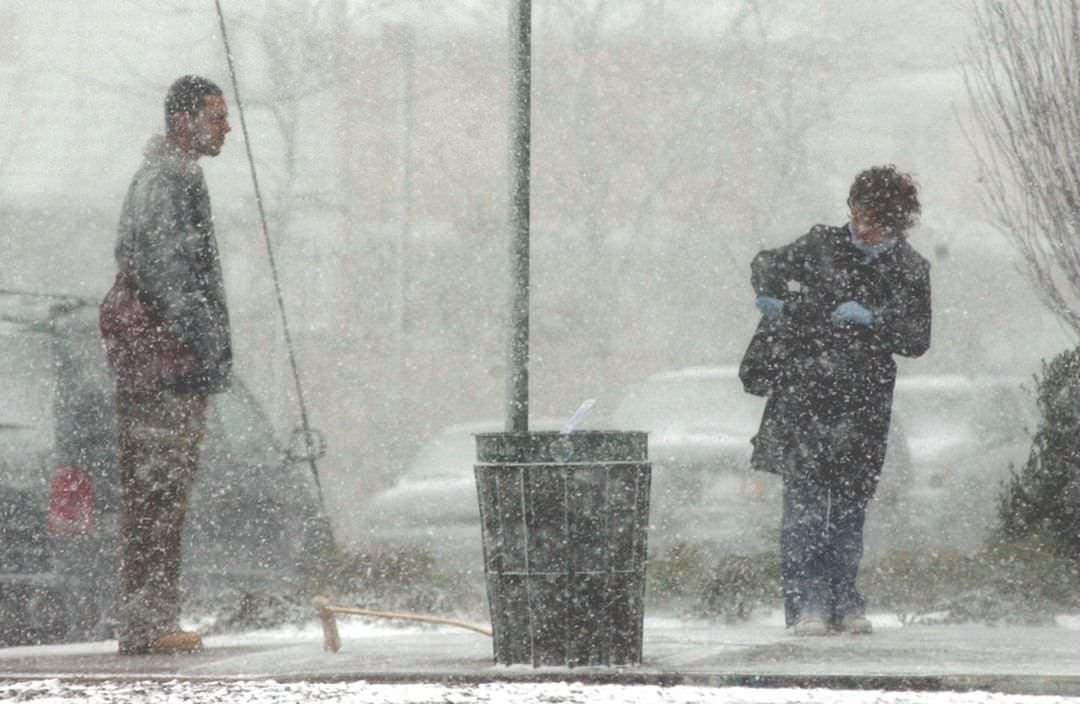
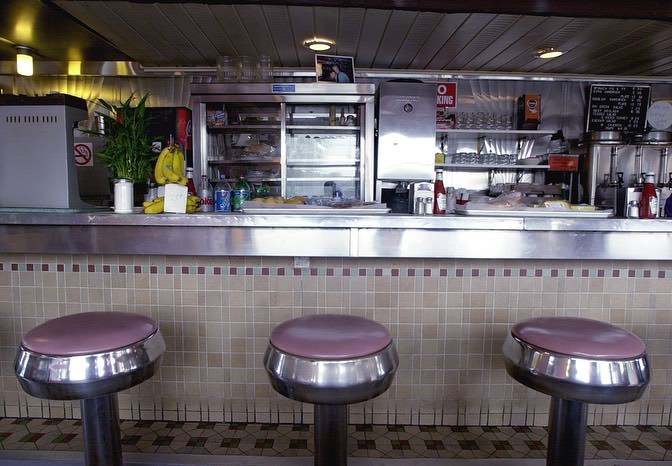
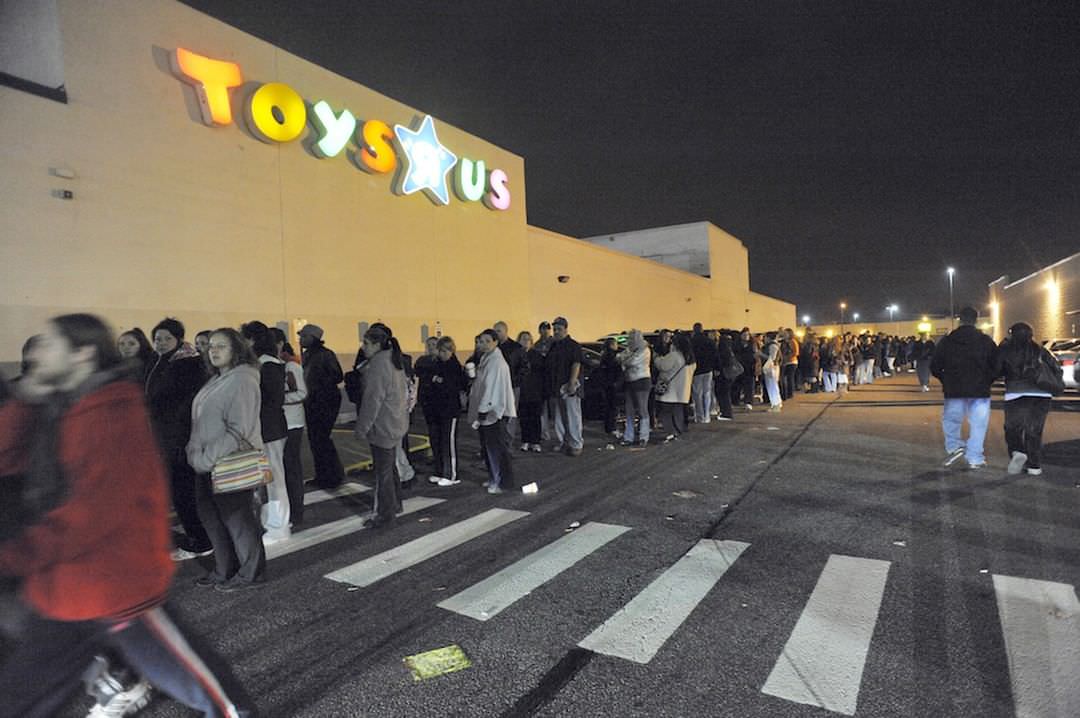
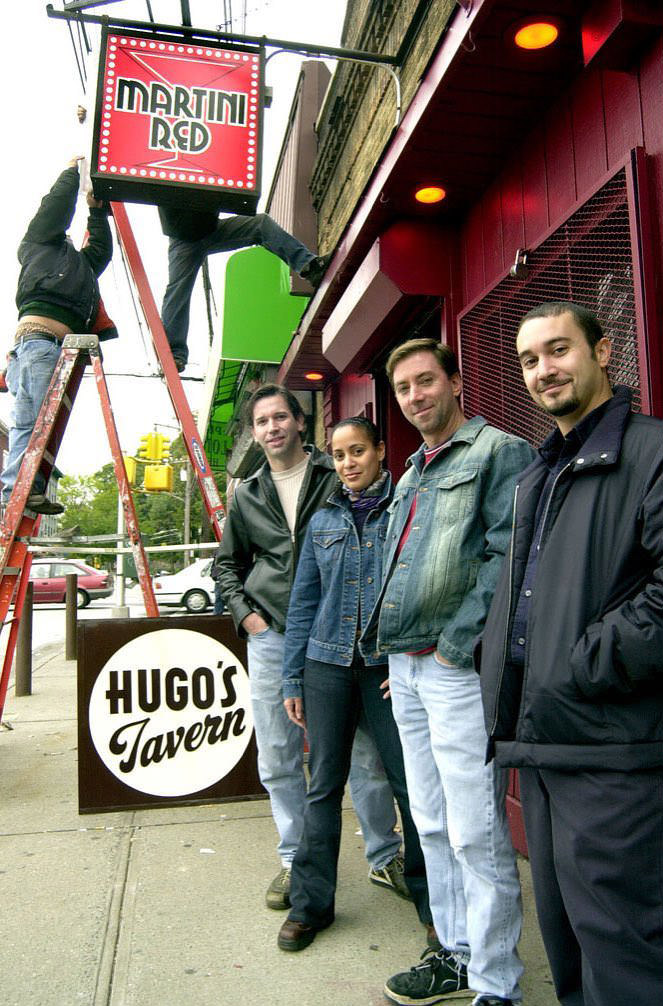
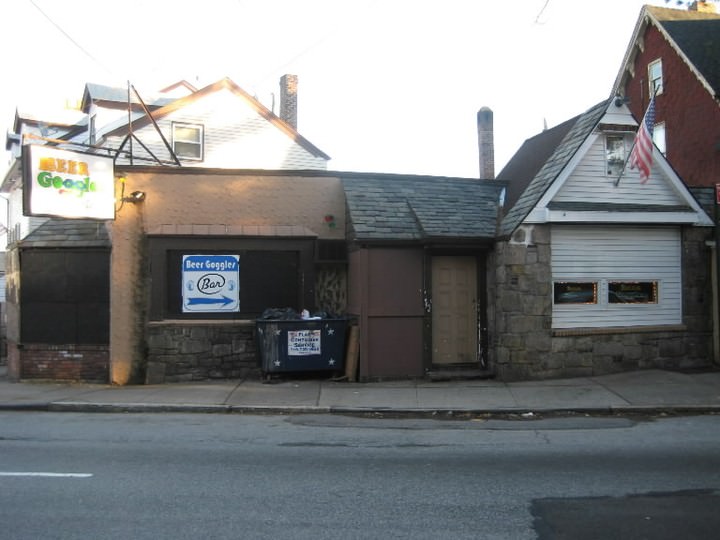
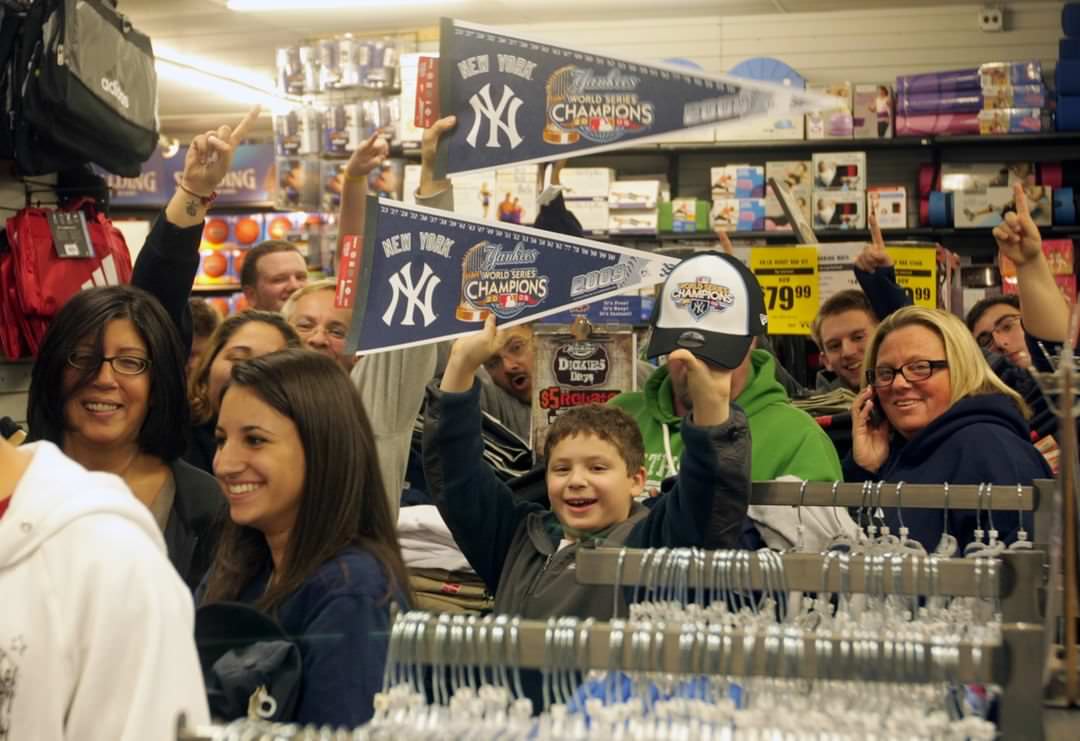
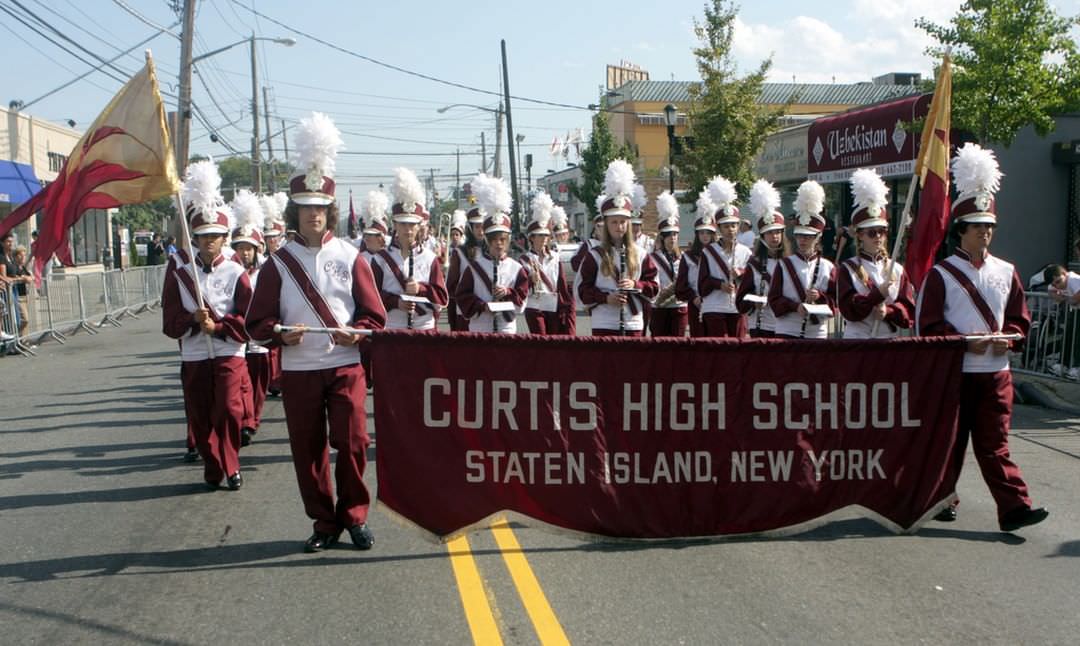
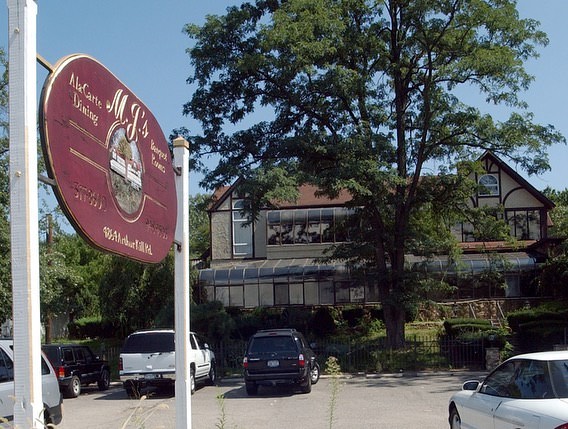
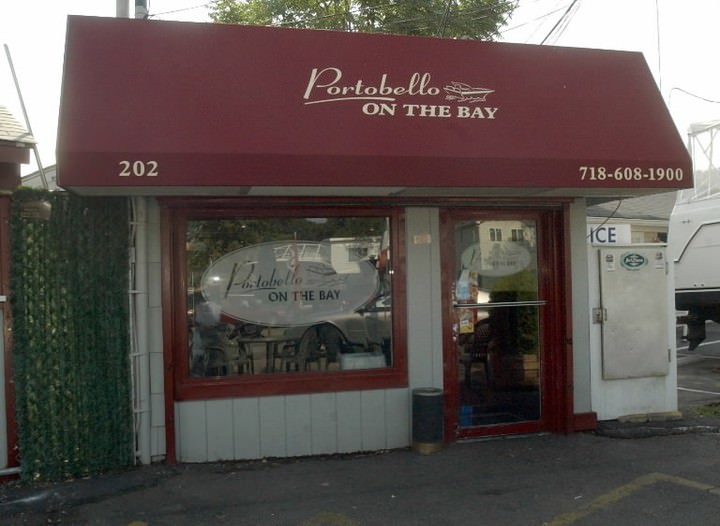
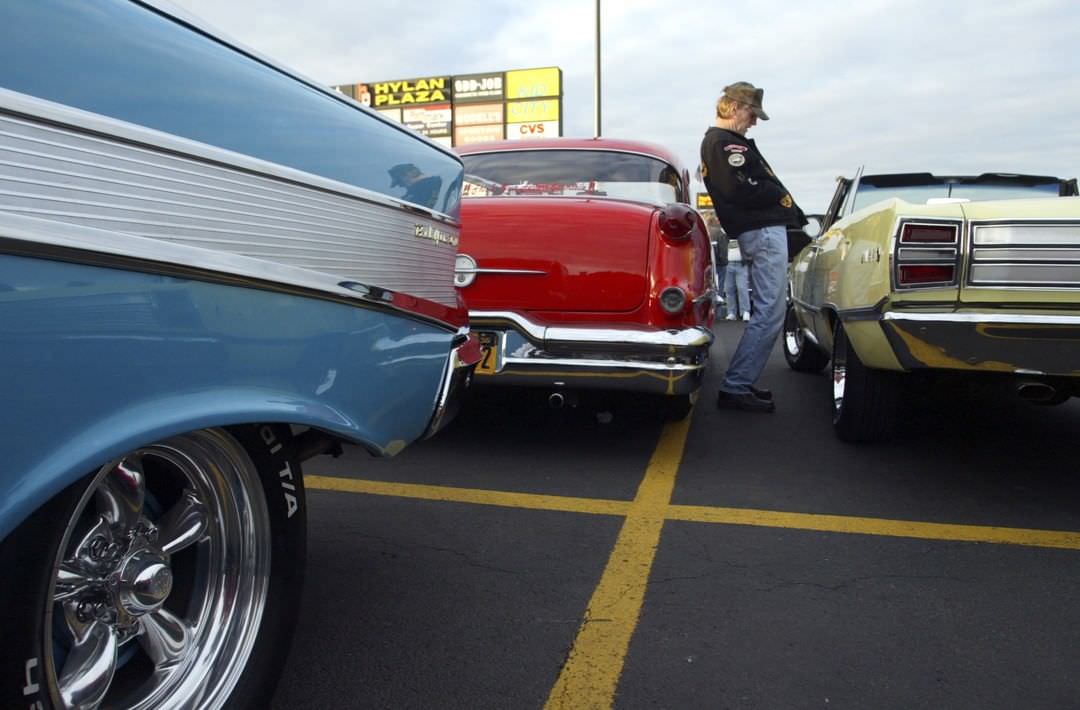
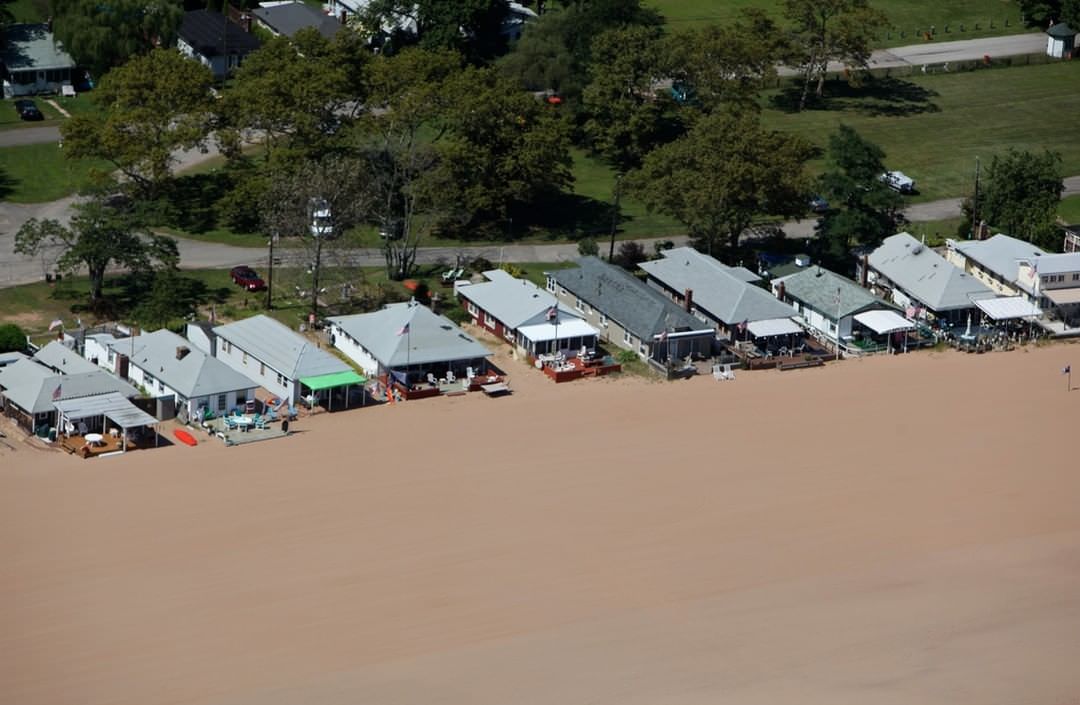
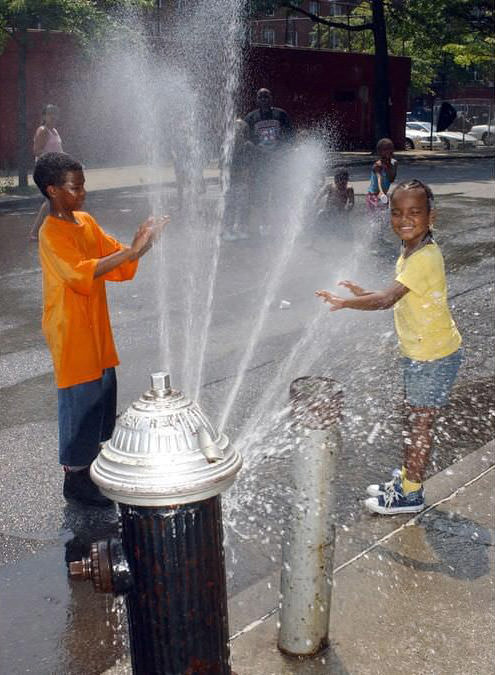

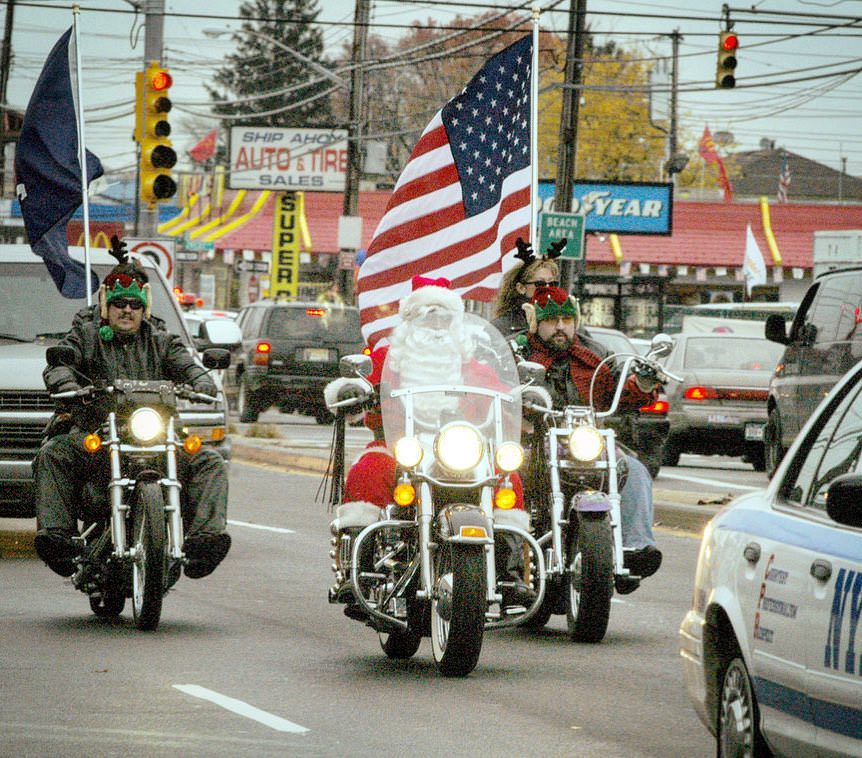
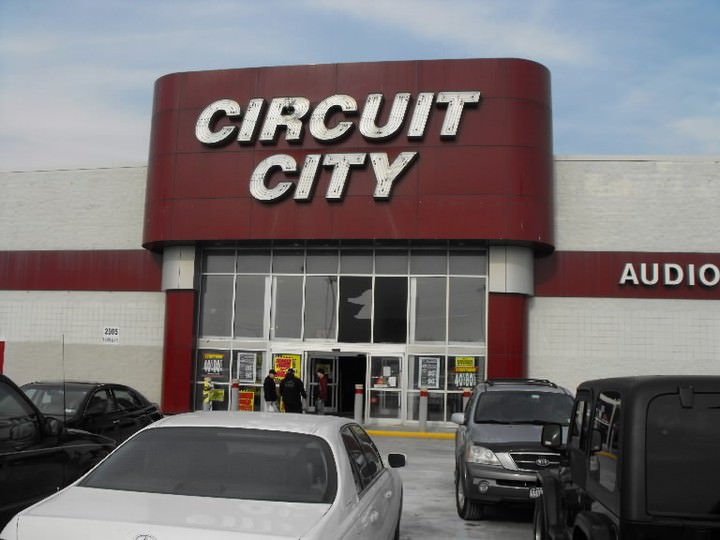
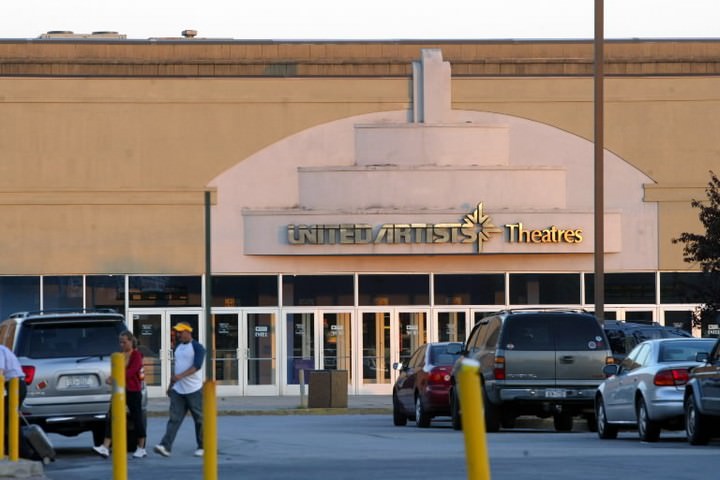
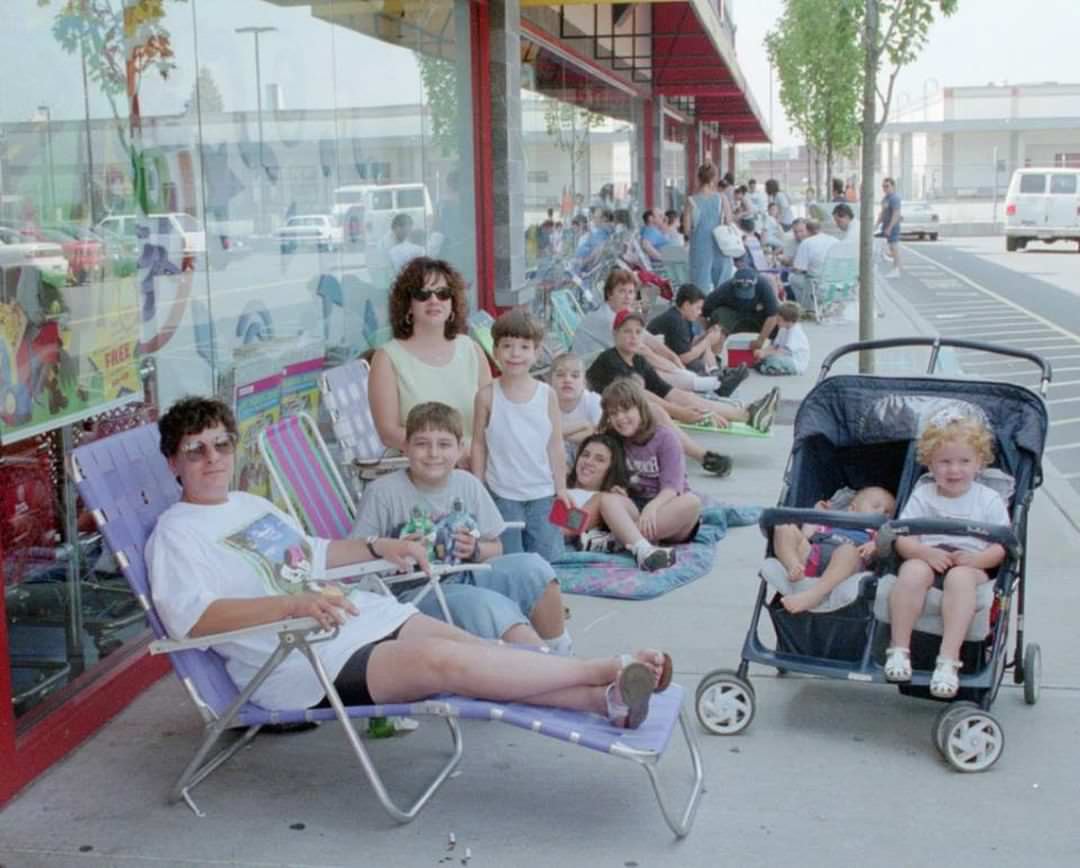
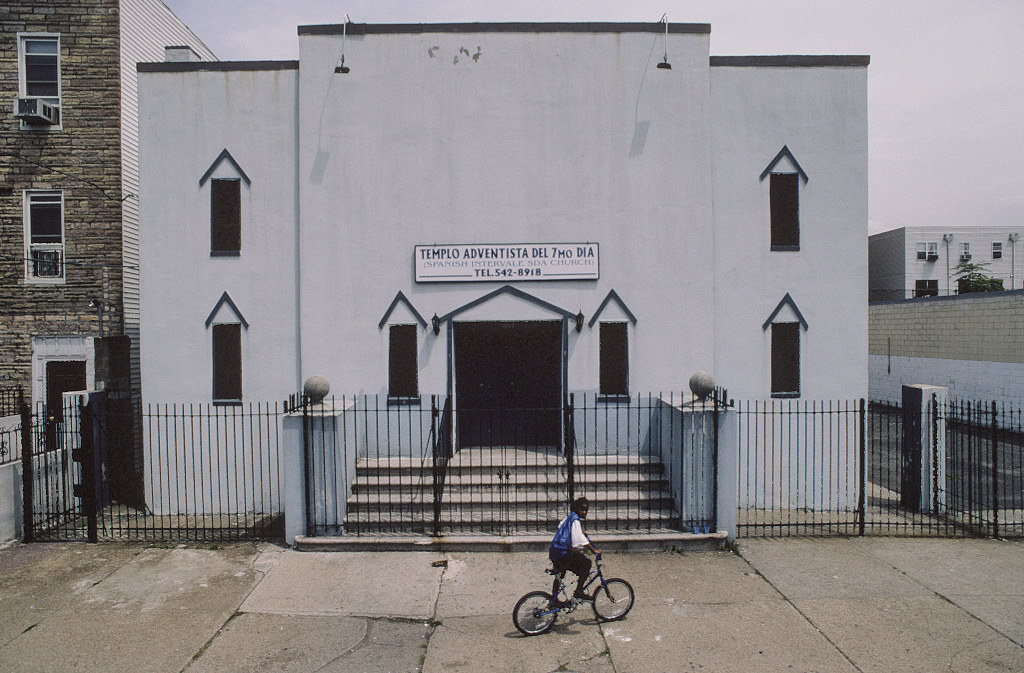
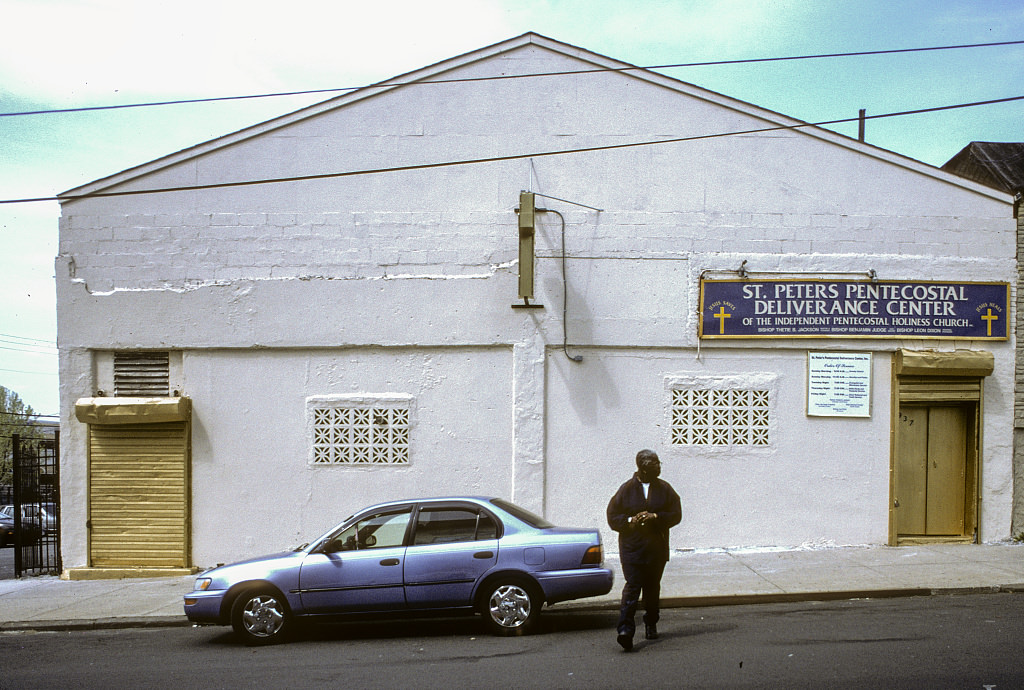
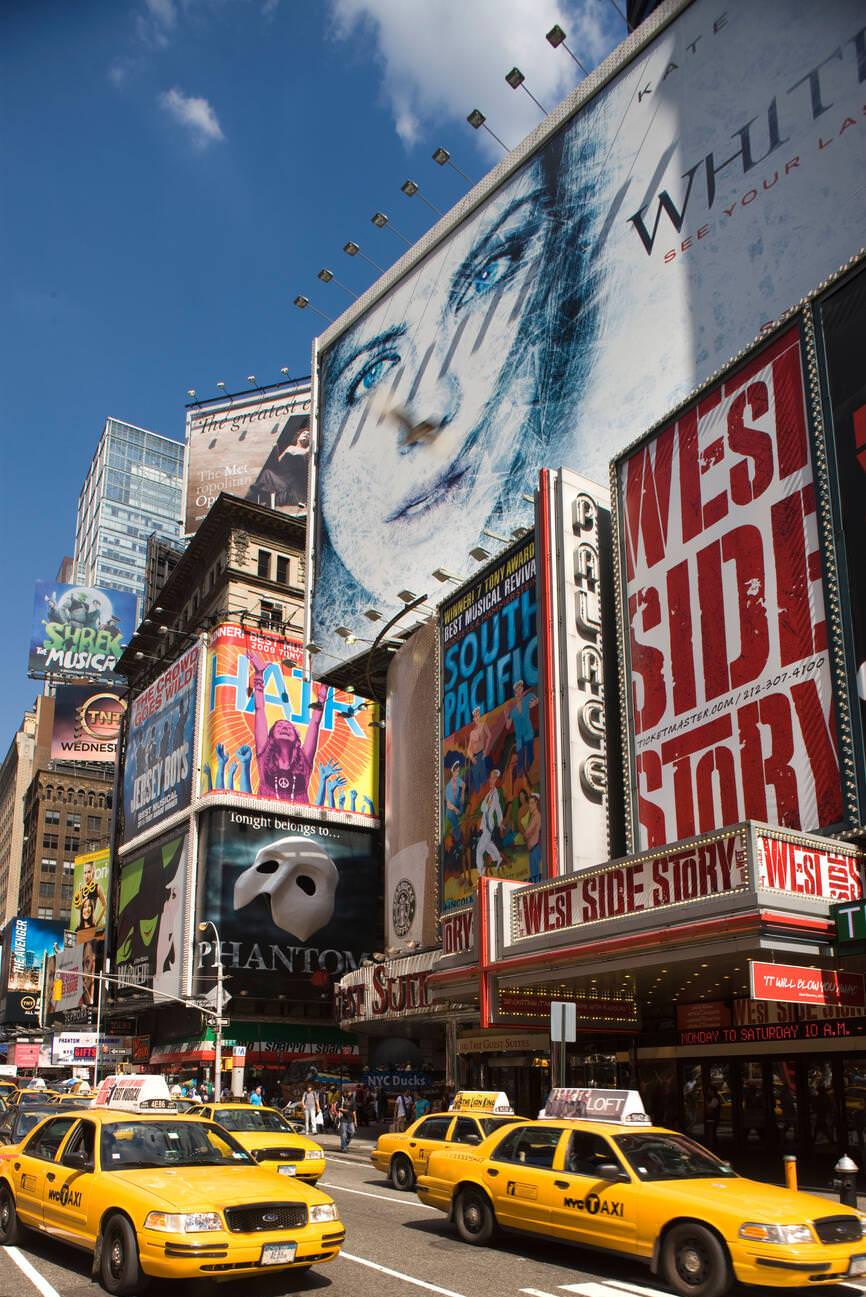

GIPHY App Key not set. Please check settings